The field of cybersecurity is at a crossroads as we enter 2025. Technology is developing quickly, along with new companies and people, with changes to flourish in the virtual world. Cyber security threats are growing just as rapidly, getting more complex and destructive. From a small technology hack, cybersecurity has developed into a business-critical need that directly affects trust, reputation, and even survival.
The threats we are now dealing with are not ethereal. They are real, constant, and increasingly targeted. The time to act is now, whether you are an IT manager in a mid-sized company, a CISO in a global corporation, or even a person safeguarding your home network. Preparing for the next cyberattack requires more than merely staying current; it entails appreciating the underlying changes in our strategy toward digital risk and leveraging cyber threat intelligence to stay ahead.
Top 10 Cyber Security Threats in 2025
1. Continuous Threat Exposure Management (CTEM)
Rising as a systematic strategy to assess and decrease an organization’s exposure to threats is Continuous Threat Exposure Management (CTEM). Before attackers take advantage of them, this entails proactive identification, prioritization, and mitigation of weaknesses and errors. As per Garner estimates, organizations with a formal CTEM program will see 50% fewer effective cyberattacks by 2026.
How to Prevent:
To guarantee consistent implementation, work across departments and establish a CTEM framework in your company; automate identification of vulnerabilities, regular threat simulations, and prioritization of remediation activities based on risk levels.
2. Rise of AI-Powered Cyber Attacks
Attacks are using Artificial Intelligence (AI) to automate phishing, evade conventional security measures, and discover flaws faster, rather than just as a tool for defenders. A Capgemini survey shows that 69% of companies think AI will be essential to handle cyberattacks. Cyber criminals are also becoming very smart in utilizing artificial intelligence, hence increasing the effectiveness of AI-powered cyberattacks more than ever.
How to Prevent:
Invest in AI-driven defense systems capable of identifying anomalies, ranking threats, and adjusting to new attack patterns. Equally vital is training your teams to appreciate AI’s dual role as friend and enemy. Collaborate with real-time artificial intelligence experts to better understand changing dynamics in cybersecurity.
3. Quantum Computing Threats
Quantum computing is approaching as a helpful technology. Although it provides significant advantages, it also jeopardizes existing encryption techniques. A report from Gartner projects that by 2030, 20% of businesses might confront quantum-related risks. This “quantum apocalypse” could make existing cryptography useless.
How to Prevent:
Look into quantum-resistant encryption. Partner with cybersecurity providers to stay updated on post-quantum encryption developments. Participate in sector groups creating quantum security standards.
4. Increase in Ransomware-as-a-Service (RaaS)
It’s a business model, not only a hacker’s weapon anymore. Less-skilled cybercriminals now have a greater chance to start destructive attacks owing to RaaS systems. The typical ransom payment in 2024 was $812,000, up 58% from the year before. The availability of RaaS tools on the dark web has reduced the entry threshold for cybercriminals.
How to Prevent:
Pay attention to backup and recovery plans. Segment your networks, test your backups often, and teach staff to spot phishing attacks—a typical entrance point for ransomware. Think about cyber insurance plans to cover possible losses.
5. Regulatory Compliance Will Tighten
From more rigorous GDPR enforcement in Europe to newly enacted rules in Asia and North America, companies would be subject to greater scrutiny as governments all over step up data protection legislation. India has presented its Digital Personal Data Protection Act, and the U.S. is giving a federal privacy law some thought.
How to Prevent:
Review your data protection procedures. To make sure your company follows current standards, choose a compliance officer or partner with legal counsel. Track and manage regulatory obligations using compliance automation solutions.
Latest Penetration Testing Report

6. Cloud Security Becomes Paramount
Gartner projects worldwide expenditure on cloud services to exceed $1 trillion by 2026. Therefore, the adoption of the cloud has not slowed. Still, attackers will target the cloud because of incorrect setups and weak access controls. Such errors accounted for more than 60% of cloud security events in 2024.
Regular cloud security audits help to stay ahead of cyberattacks. Enforce Zero Trust policies and safe APIs as they are frequently the weakest link in cloud settings. Train workers on cloud-specific security issues and put strong identity and access management (IAM) systems in place.
7. Human Error Continues to Be a Major Risk
The leading source of breaches is still human error despite sophisticated tools. IBM research discovered that some kind of human mistake causes 95% of breaches. Common problems are subpar passwords, falling for phishing schemes, and incorrect handling of sensitive information.
How to Prevent:
Invest in continuous security training initiatives. Gamify learning to make it fun and memorable for workers. Provide your personnel with easy, unambiguous reporting guidelines for suspicious behavior. Reduce risks by using multi-factor authentication (MFA).
8. Emergence of Cyber Insurance
As companies look for financial defense against breaches, cyber insurance is becoming increasingly popular. Insurers are becoming increasingly selective, nevertheless, and asking for proof of sound security procedures. Premiums are growing in response to the growing frequency and cost of latest cyber security threats.
How to Prevent:
Prepare your cybersecurity policies and keep a strong incident response plan. Update your security protocols often to fulfill insurer demands. Compare plans to make sure you’re obtaining all-encompassing coverage.
9. IoT Devices: A Double-Edged Sword
Statista forecasts that the Internet of Things (IoT) will reach 30.9 billion linked devices by 2025. Regrettably, several of these devices are easy targets since they lack strong security features. Breaches in 2024 were 15% attributable to IoT vulnerabilities.
How to Prevent:
Secure Internet of Things devices using robust authentication, frequent updates, and network segmentation. Train teams on the hazards connected with these devices. Use solutions for monitoring and controlling IoT-specific device activity, often offered as part of cyber security as a service packages.
10. Supply Chain Attacks on the Rise
Recent prominent attacks like SolarWinds have brought attention to the fragility of supply networks. Cyber criminals are attacking third parties and vendors to infiltrate bigger companies. As per the Ponemon Institute reports, the supply chain attacks rose by 22% in 2024.
How to Prevent:
Vet the security measures of your suppliers. Contractually include security clauses and monitor the third-party access to your systems. Update your supply chain security policies frequently. Use tools giving insight into supply chain hazards, relying on the latest cyber security threat intelligence.
Talk to our Cybersecurity Expert to discuss your specific needs and how we can help your business.
Conclusion
Cyber Security Threats in 2025 is about creating systems, processes, and cultures that anticipate and adapt to future challenges, not merely reacting to threats as they appear. The trends influencing cybersecurity, as we have seen in this blog, call for businesses to act with urgency and foresight.
It is essential rather than selective. Preparing for quantum threats, securing IoT devices, controlling supply chain risks, and adopting AI-driven solutions are not optional. This does not guarantee the path will be simple. Cybersecurity frequently seems like a race whose finish line keeps moving. Staying ahead is possible with the right instruments and mindset.
Integration is the key; cybersecurity is a shared accountability throughout all levels of an organization, not only that of IT teams. From CEOs to individual contributors, everyone has a role to play in ensuring digital safety. Leadership must prioritize investment in cyber security company and tools and foster a culture where every employee understands the gravity of their actions in safeguarding sensitive information.
Finally, bear in mind that cyber security threats is about enabling trust rather than just preventing unpleasant events. Strong cybersecurity practices show your stakeholders your dedication when digital connections support almost every facet of business. It gives your customers the confidence to work openly and the assurance they need to know their information is safe.
Stay prepared, stay informed, stay proactive, and most crucially, as 2025 unfolds. Cybersecurity is a marathon, not a sprint, and together we can win it.
FAQ
1. What are the five types of cybersecurity dangers?
Among the five main cyber security threats are internal dangers, ransomware, denial-of-service (DoS) assaults, and malware and phishing. Each one of them presents significant hazards to data secrecy, integrity, and system availability throughout personal, business, or government digital systems.
2. What is a cyber security threats?
Any possible harmful action meant to damage, take, or interrupt data or digital activities counts as a cyber security threats. These threats can come from hackers, insiders, malware, or other attack vectors against information system flaws.
3. What are the 10 cybersecurity categories?
Network, information, endpoint, cloud, application, operational, identity, mobile, critical infrastructure, and disaster recovery security are the ten categories of cybersecurity. Together, these categories guard digital environments from changing latest cyber threats over many platforms and technologies.

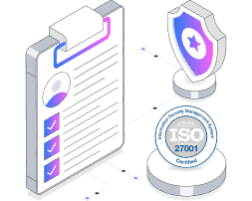



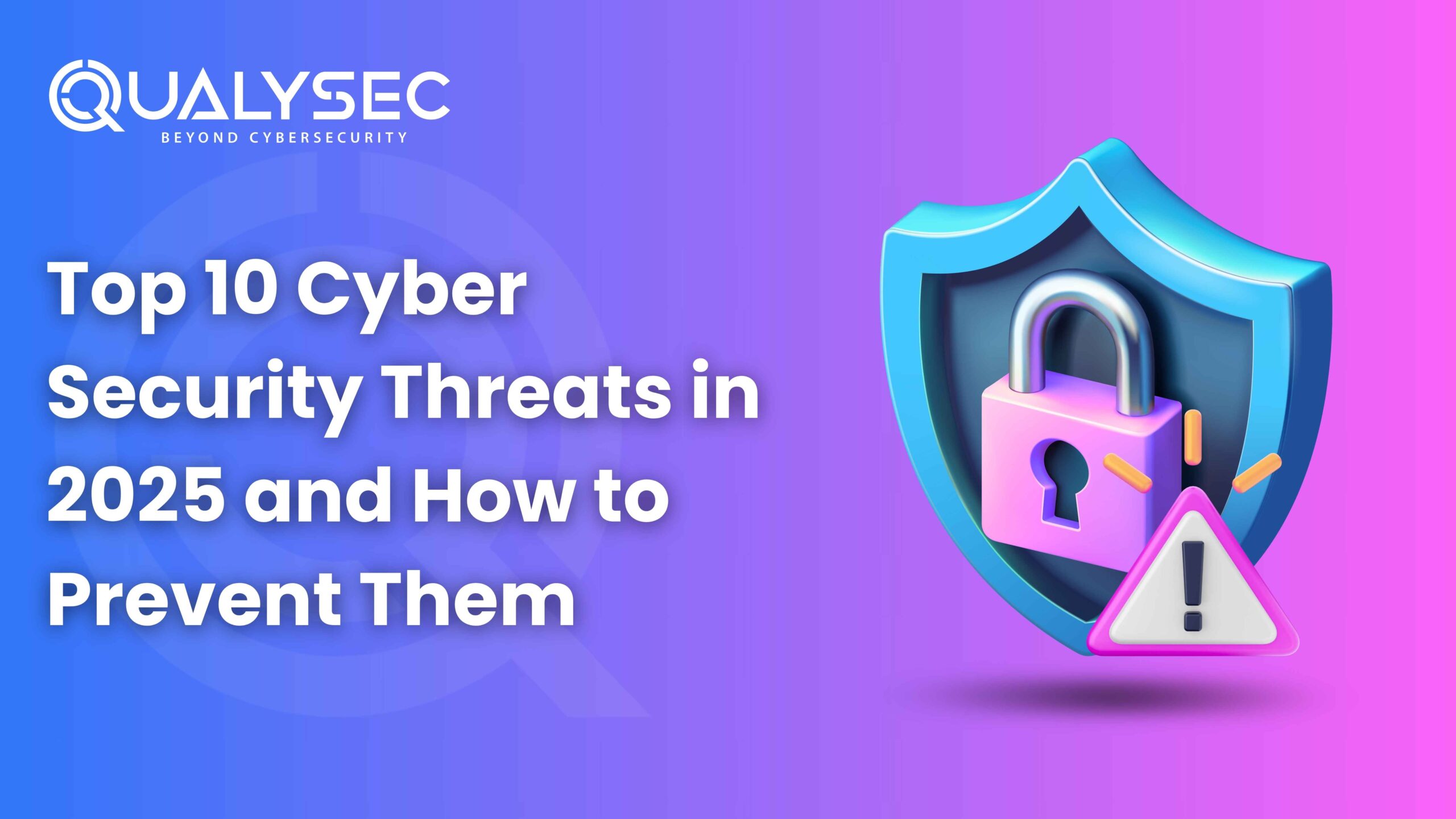
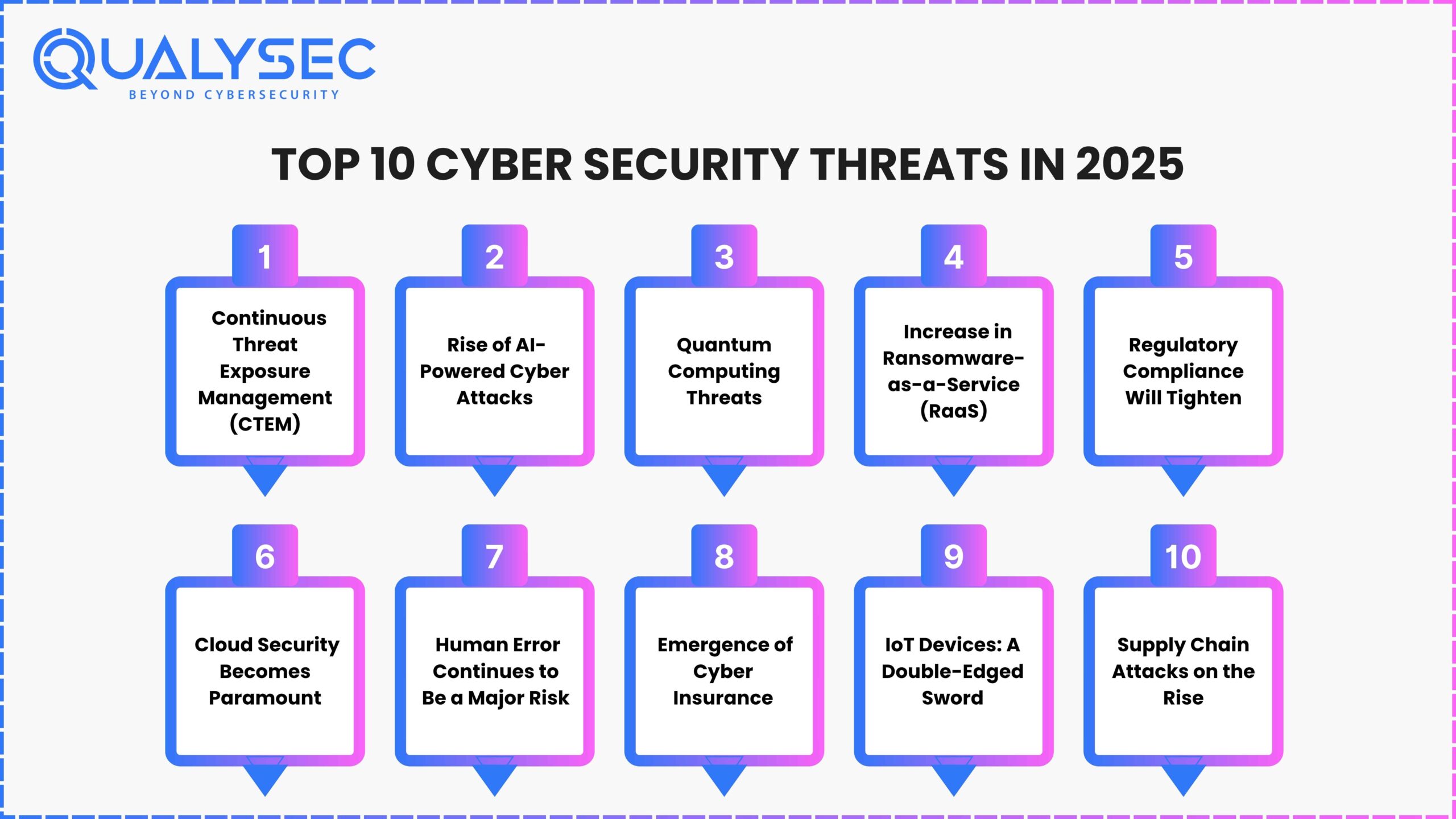



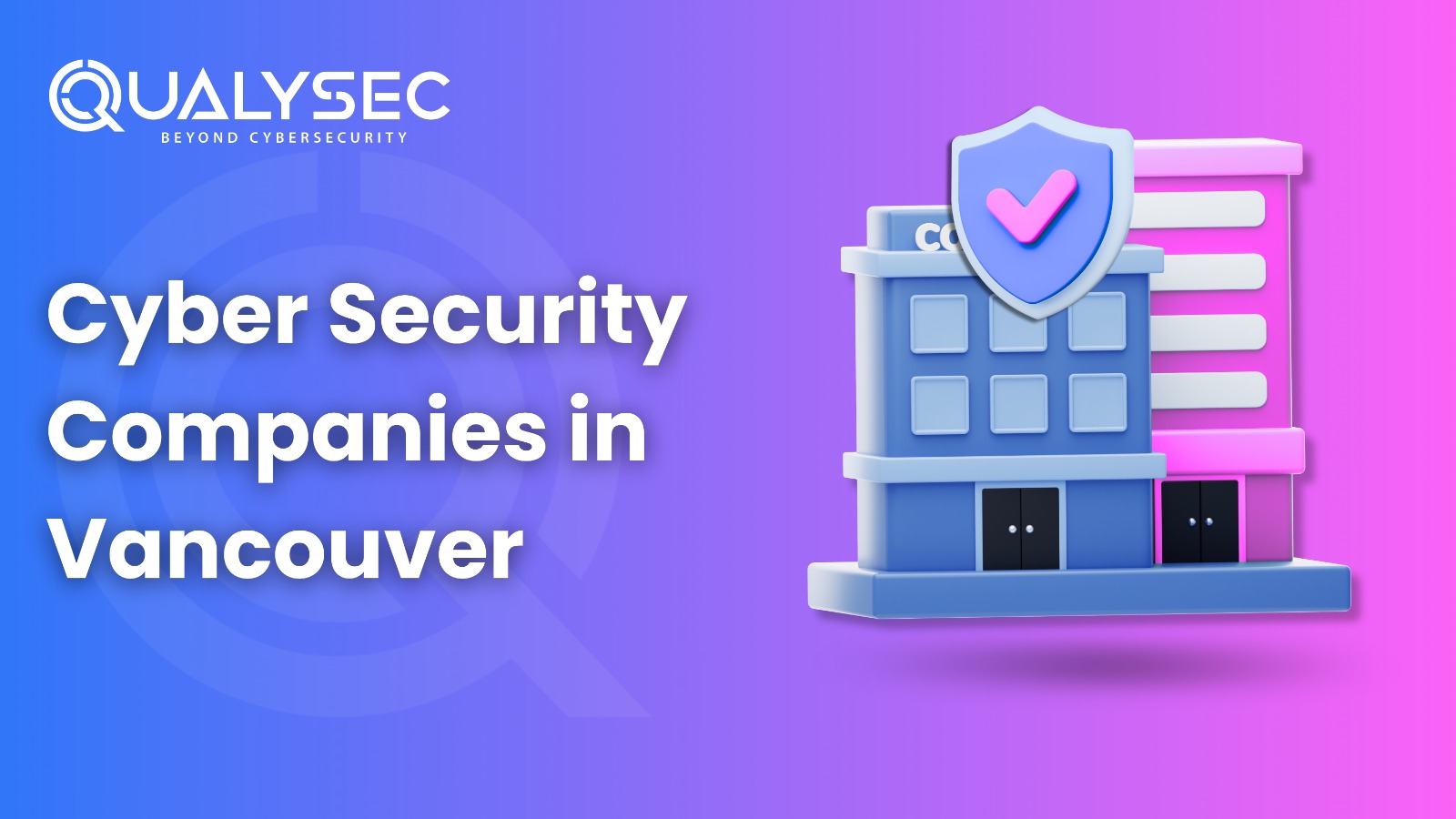
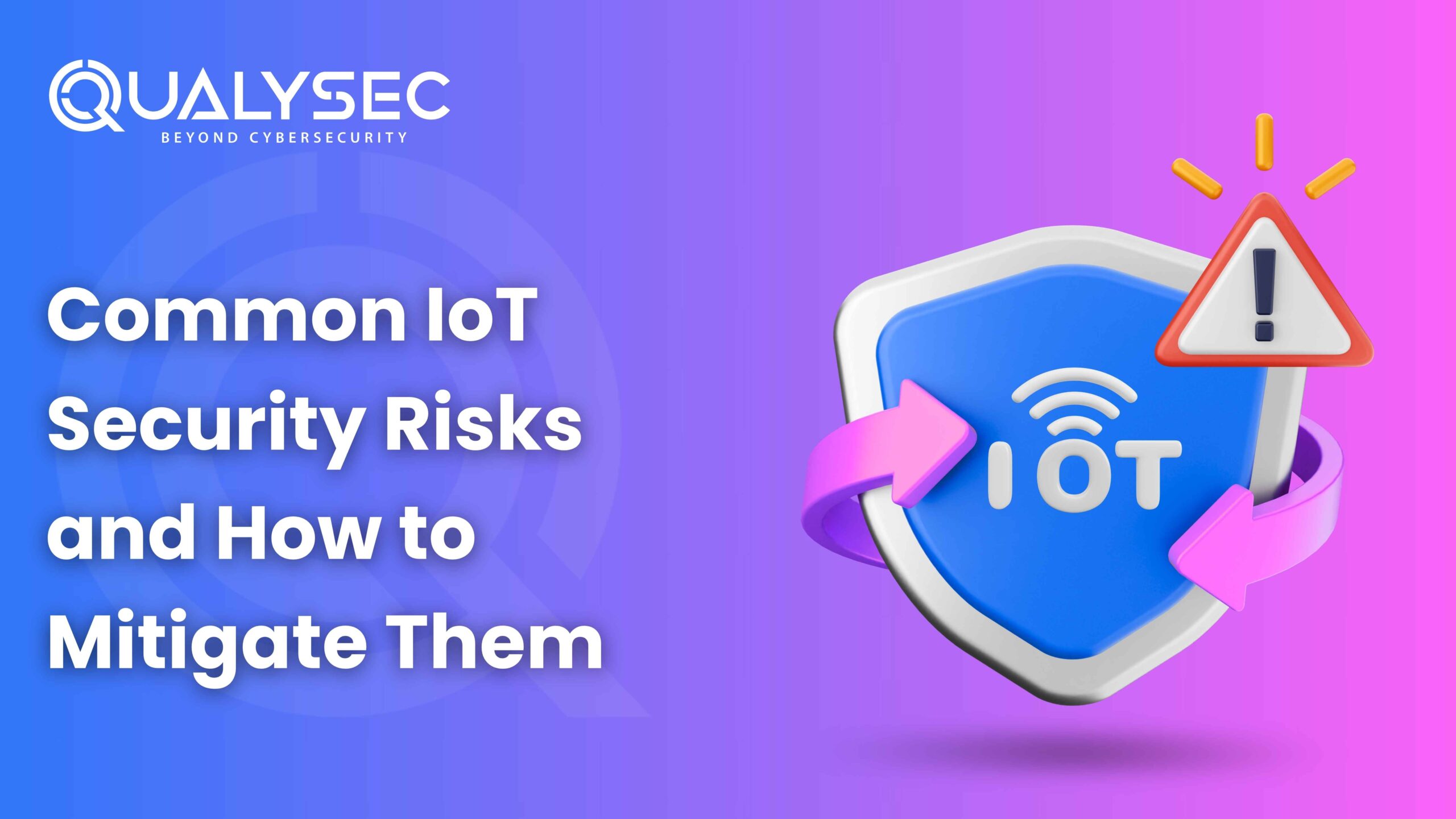
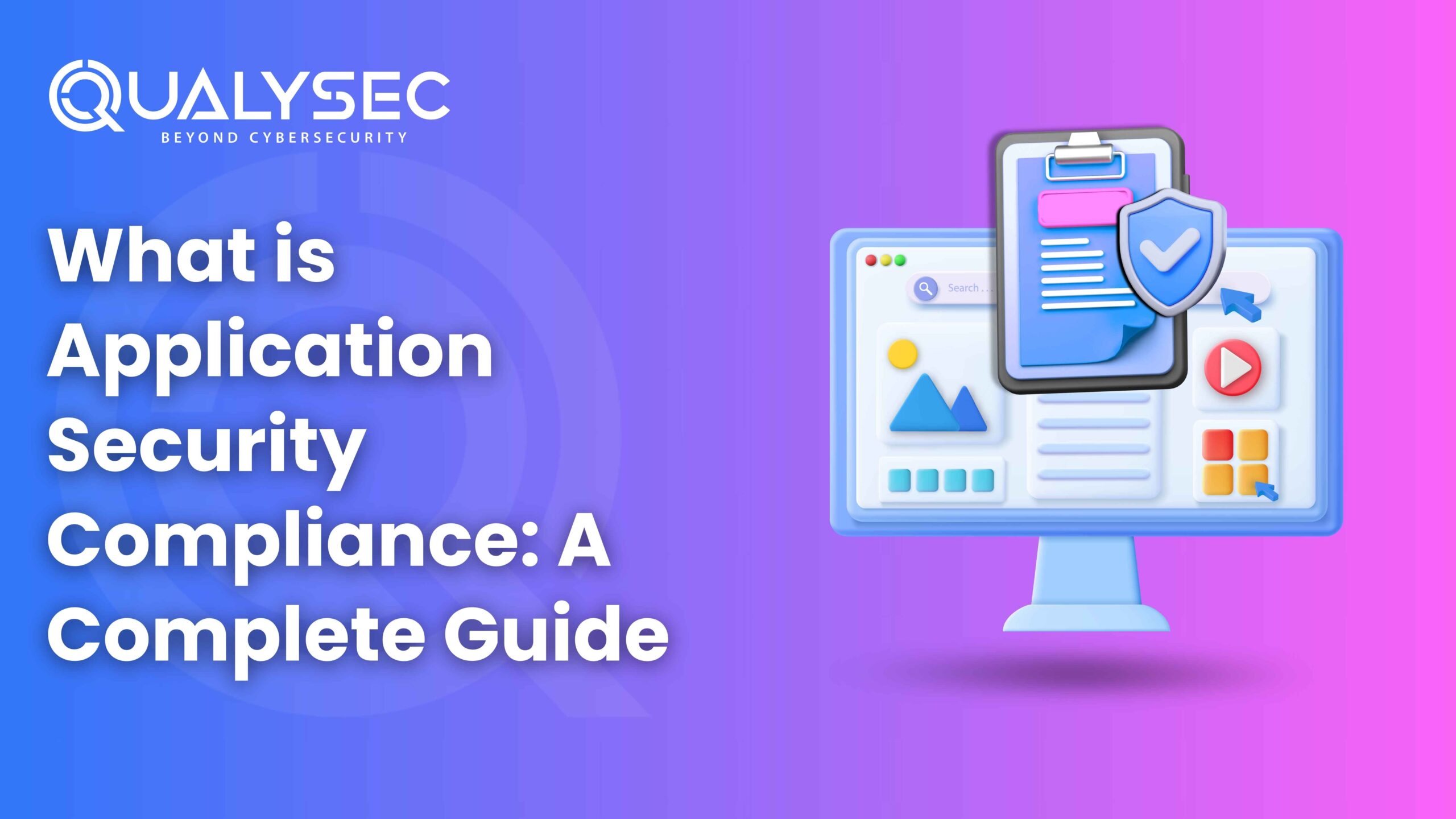
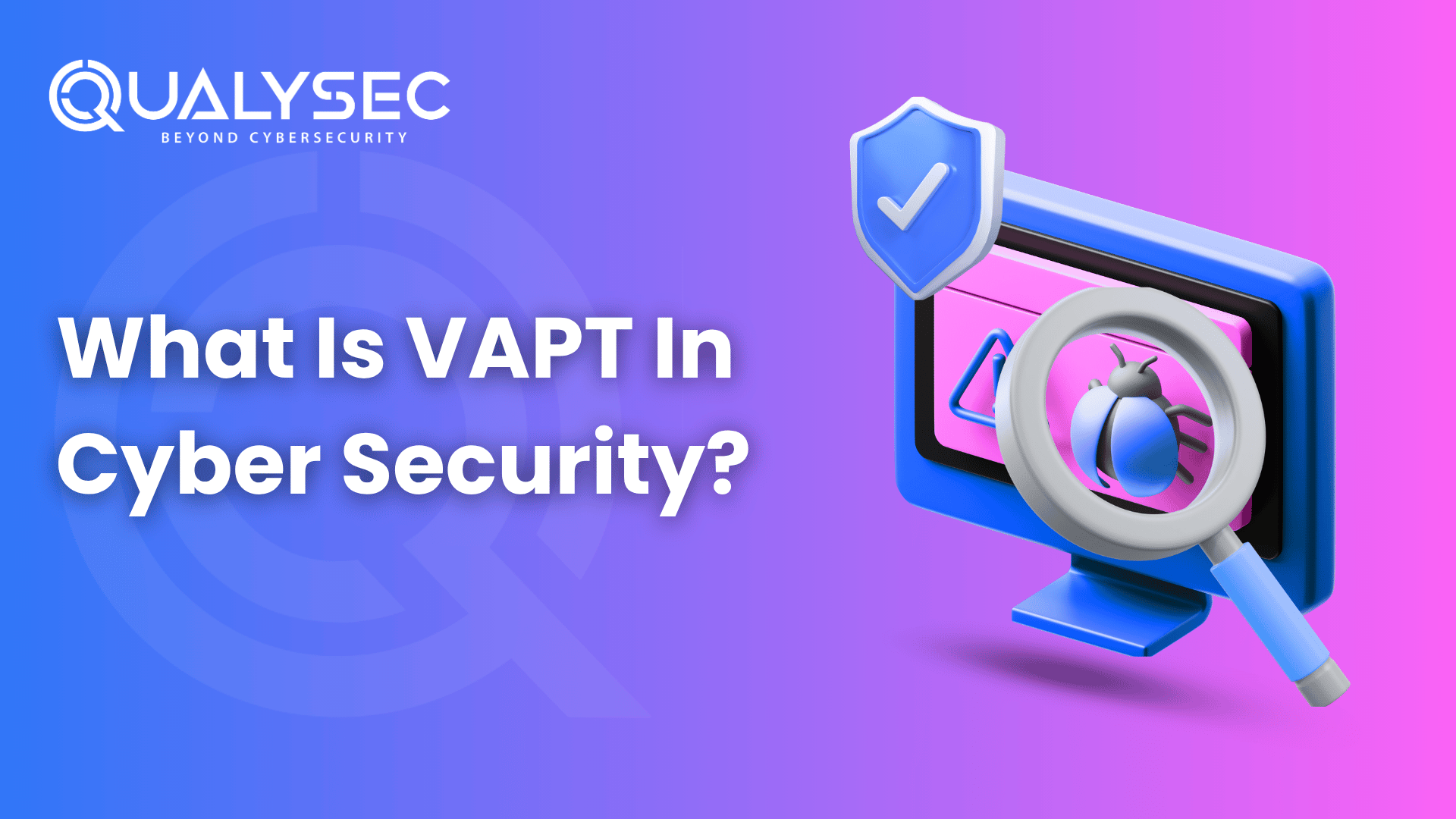
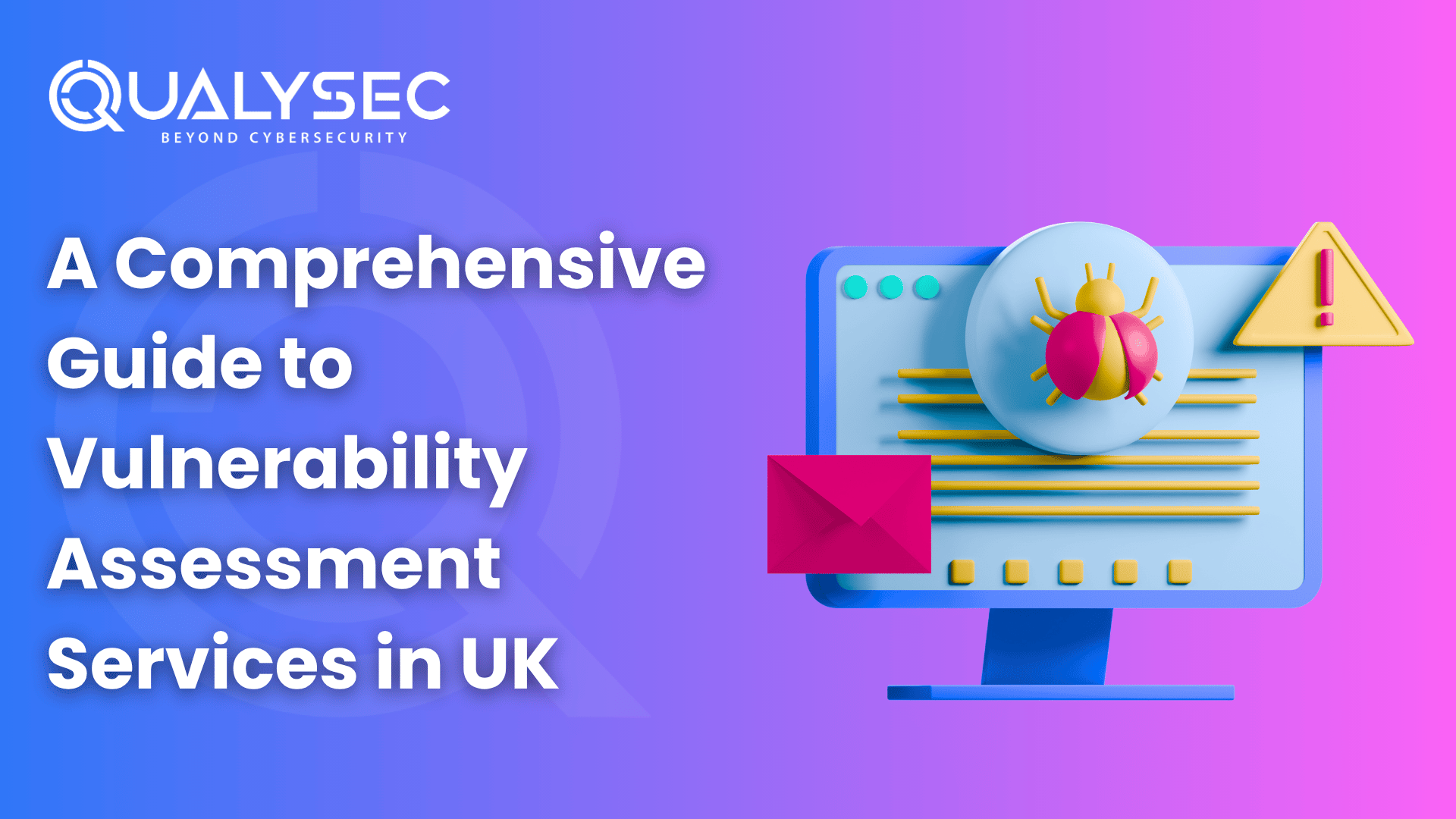
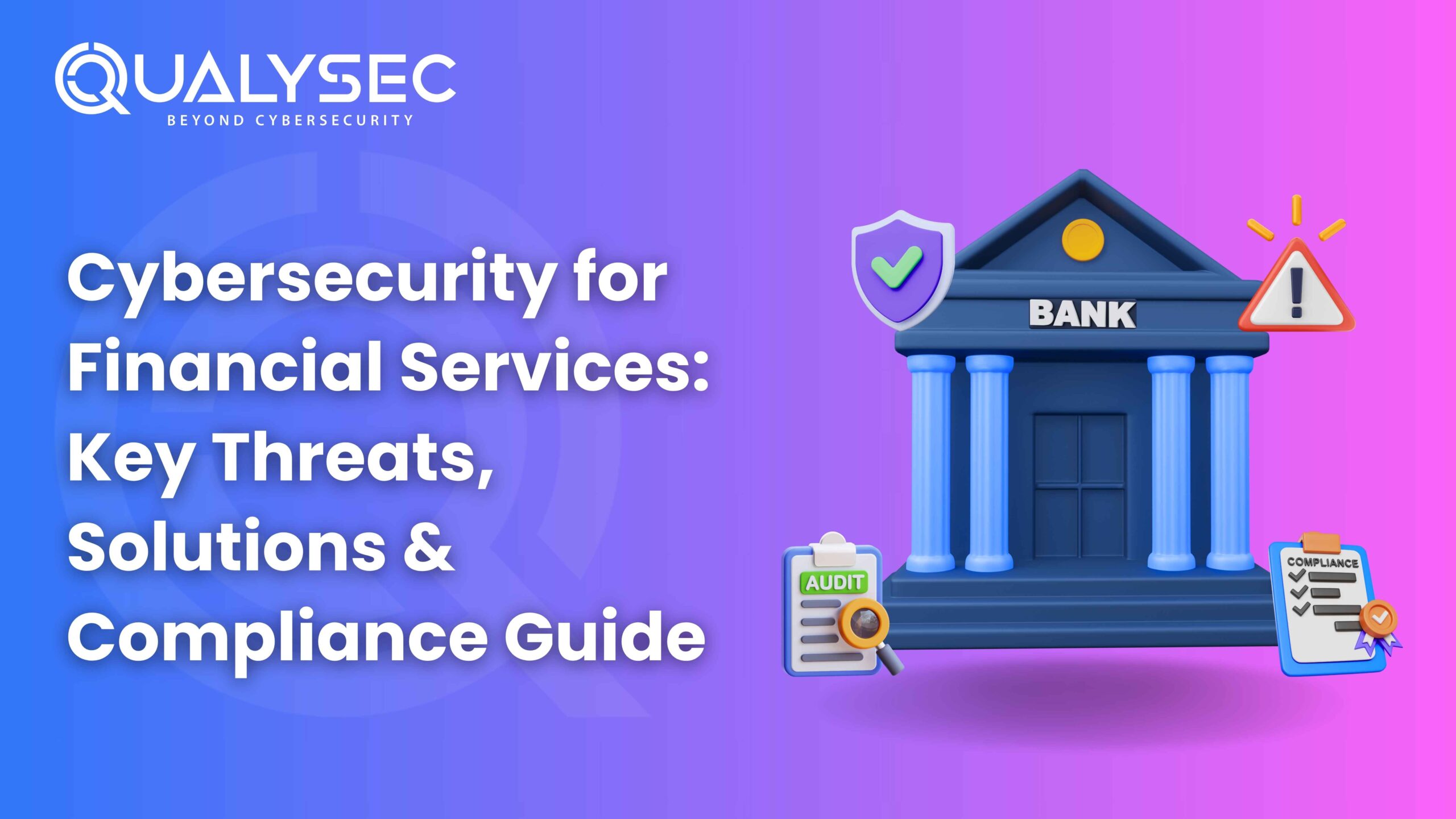
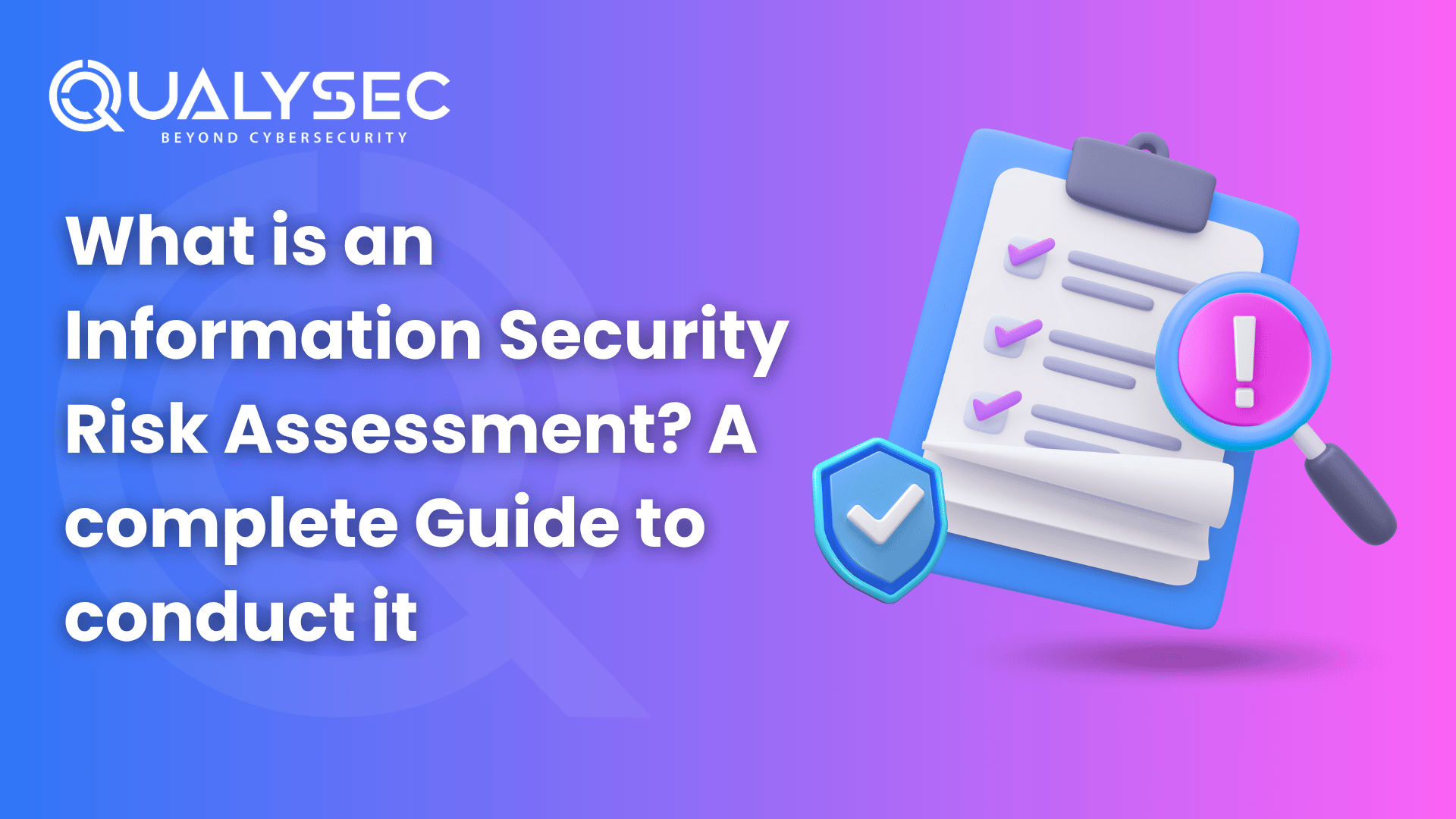
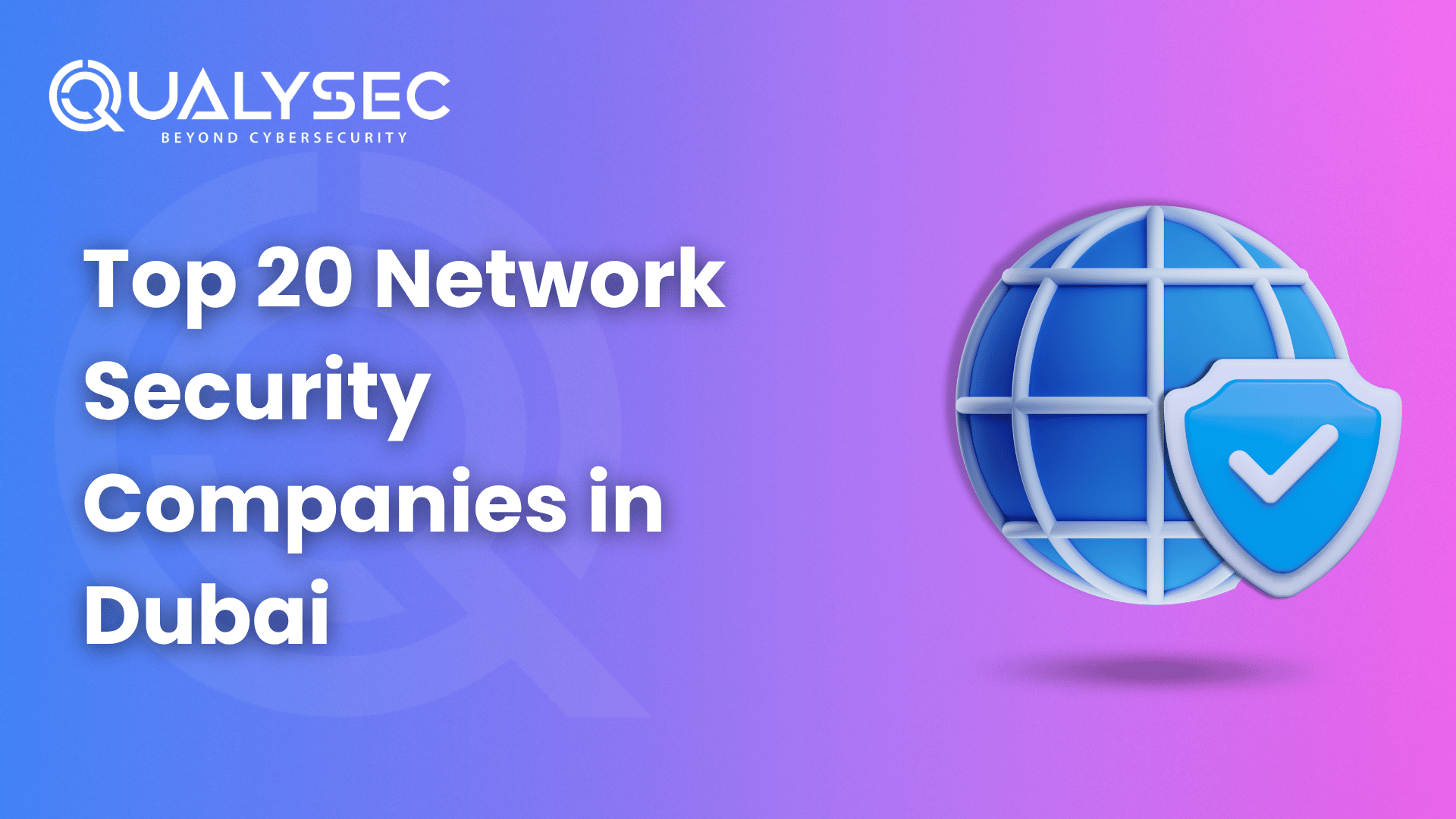

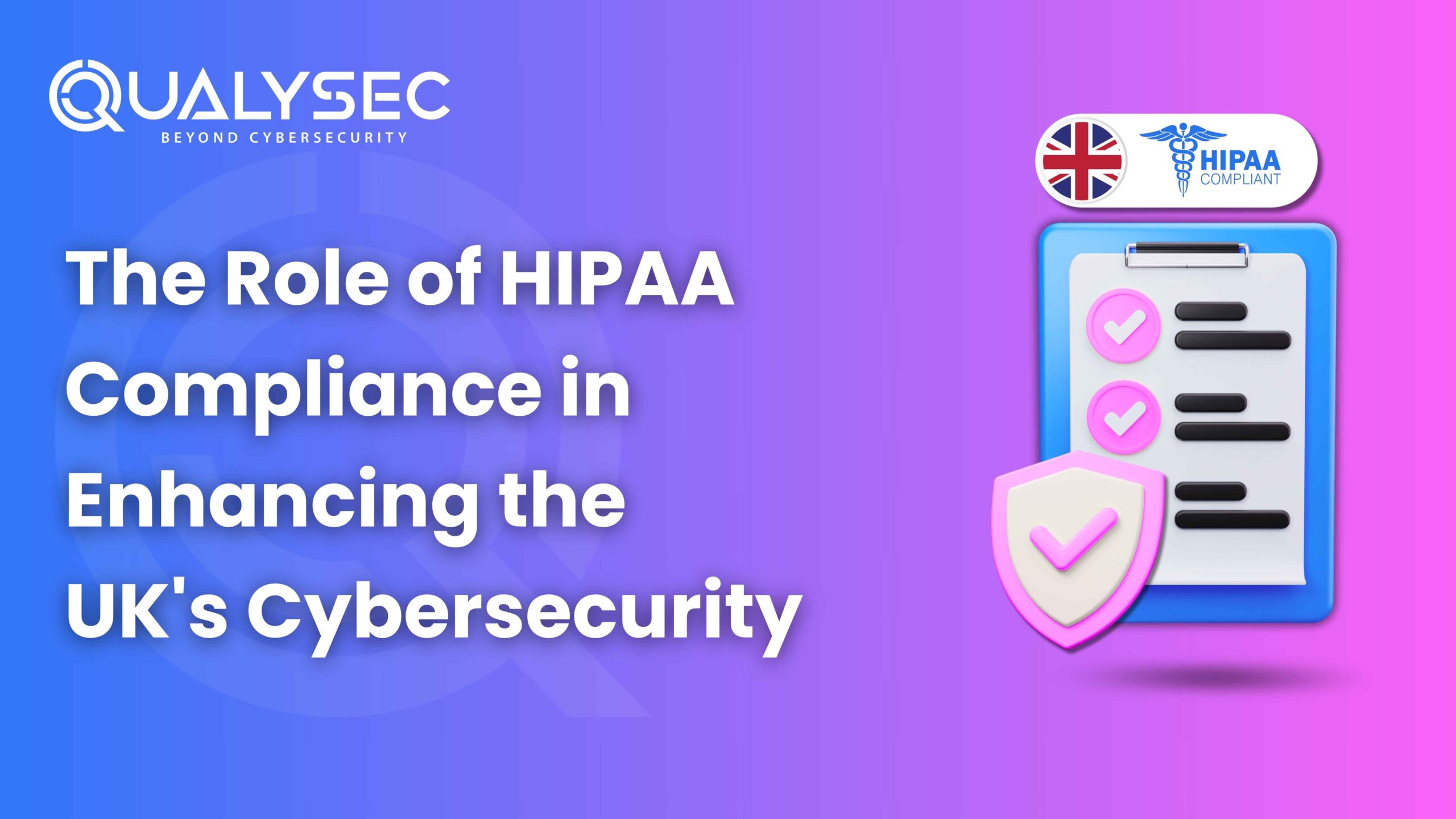
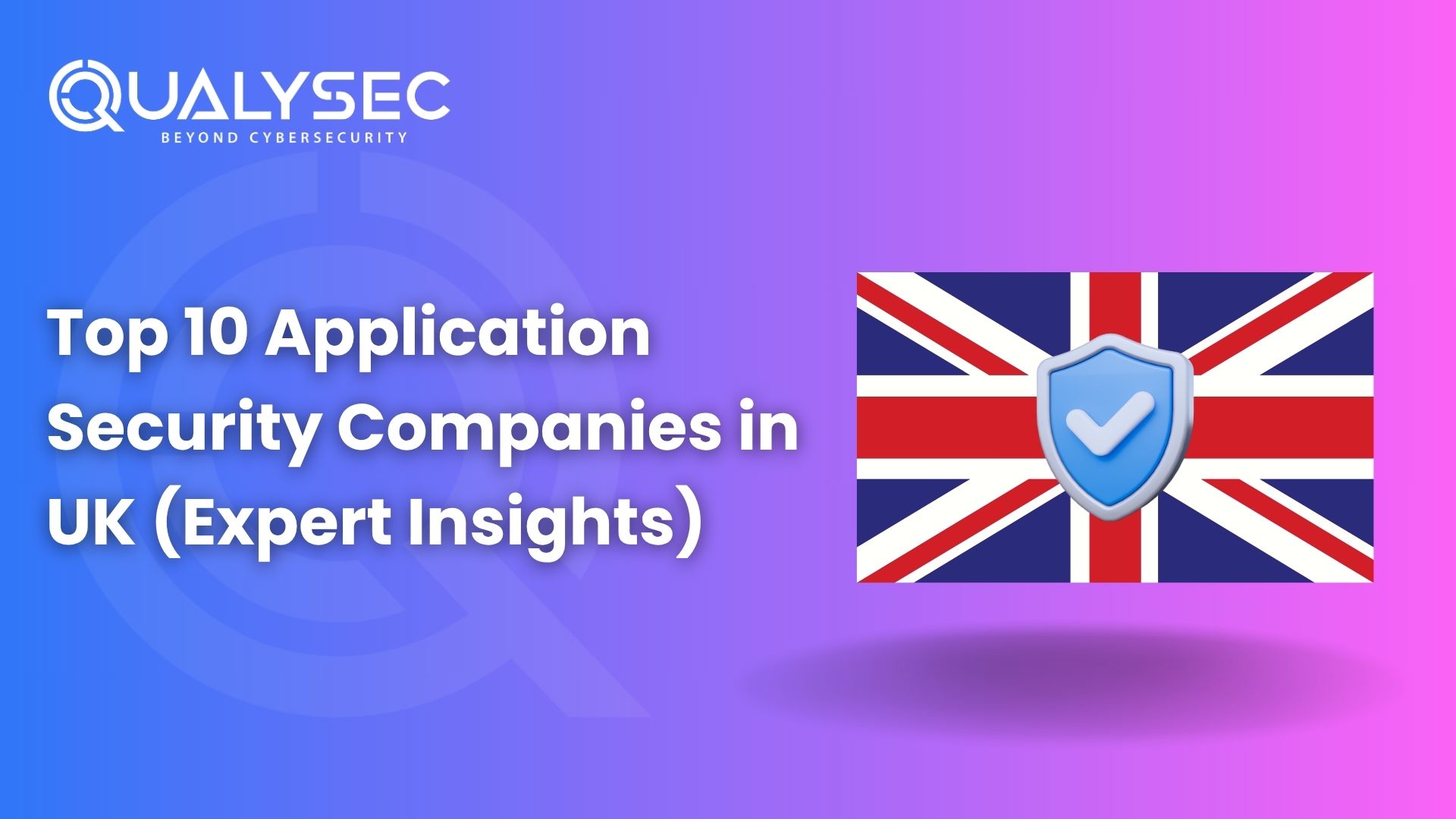


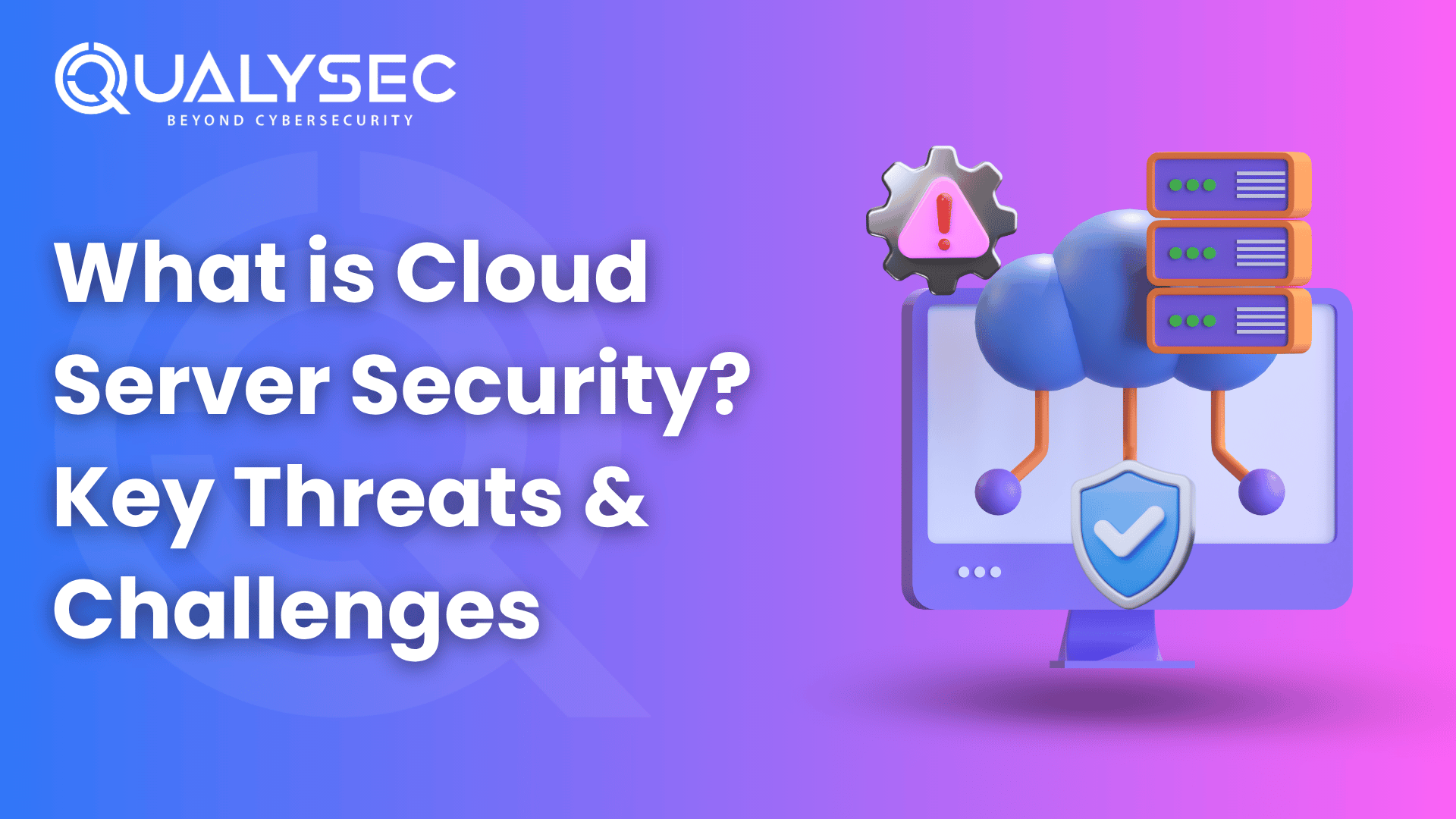
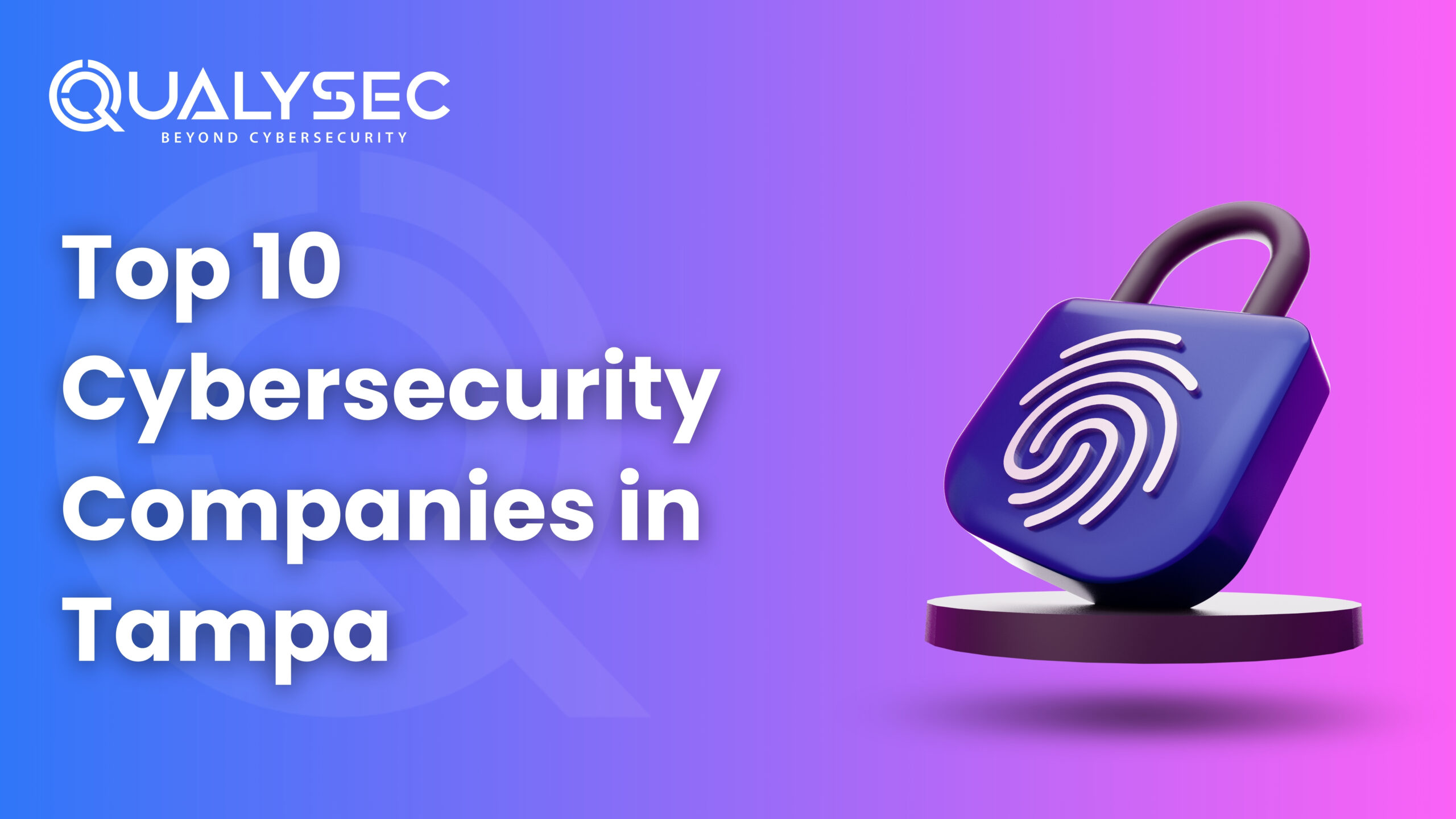

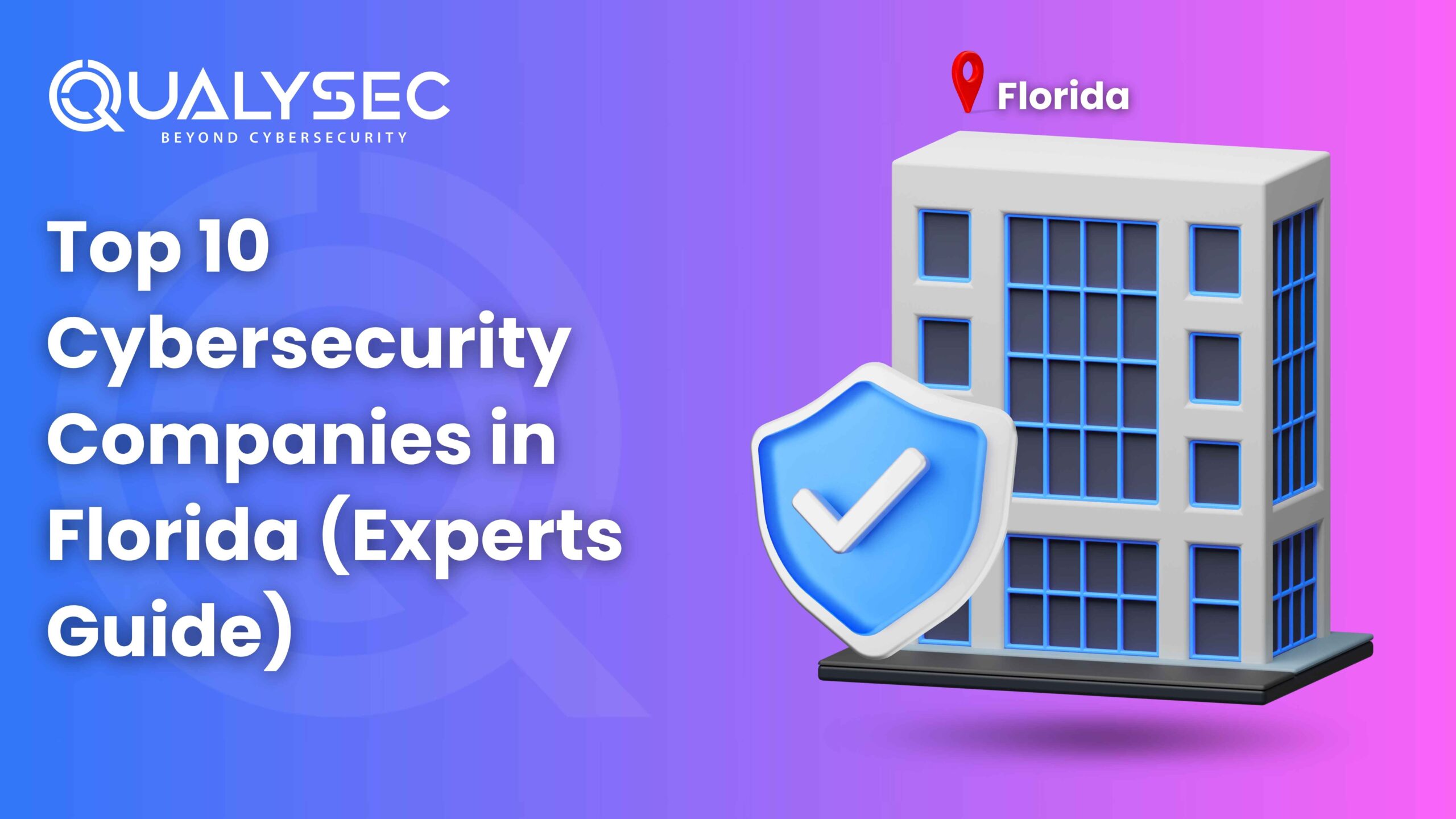
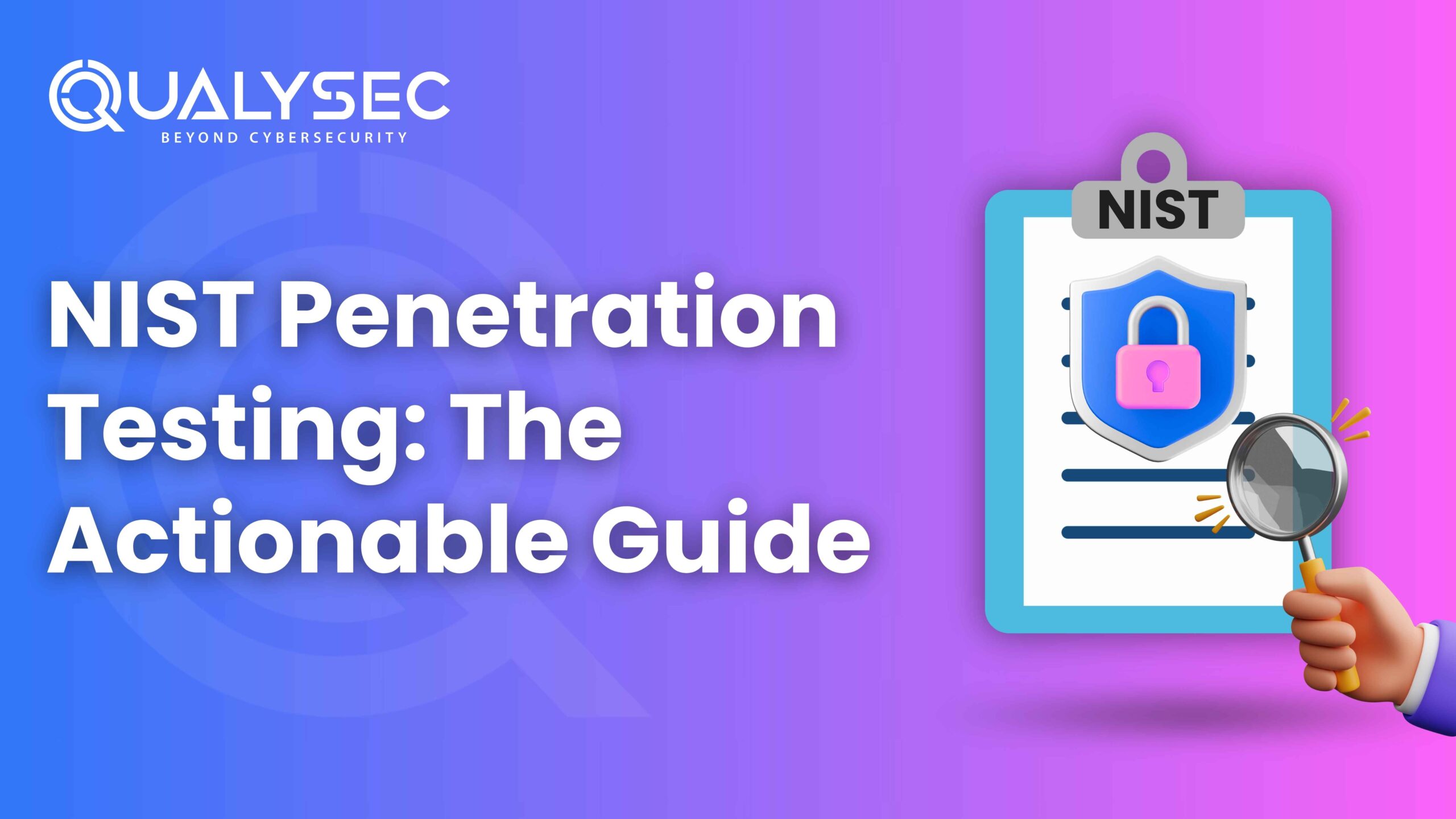

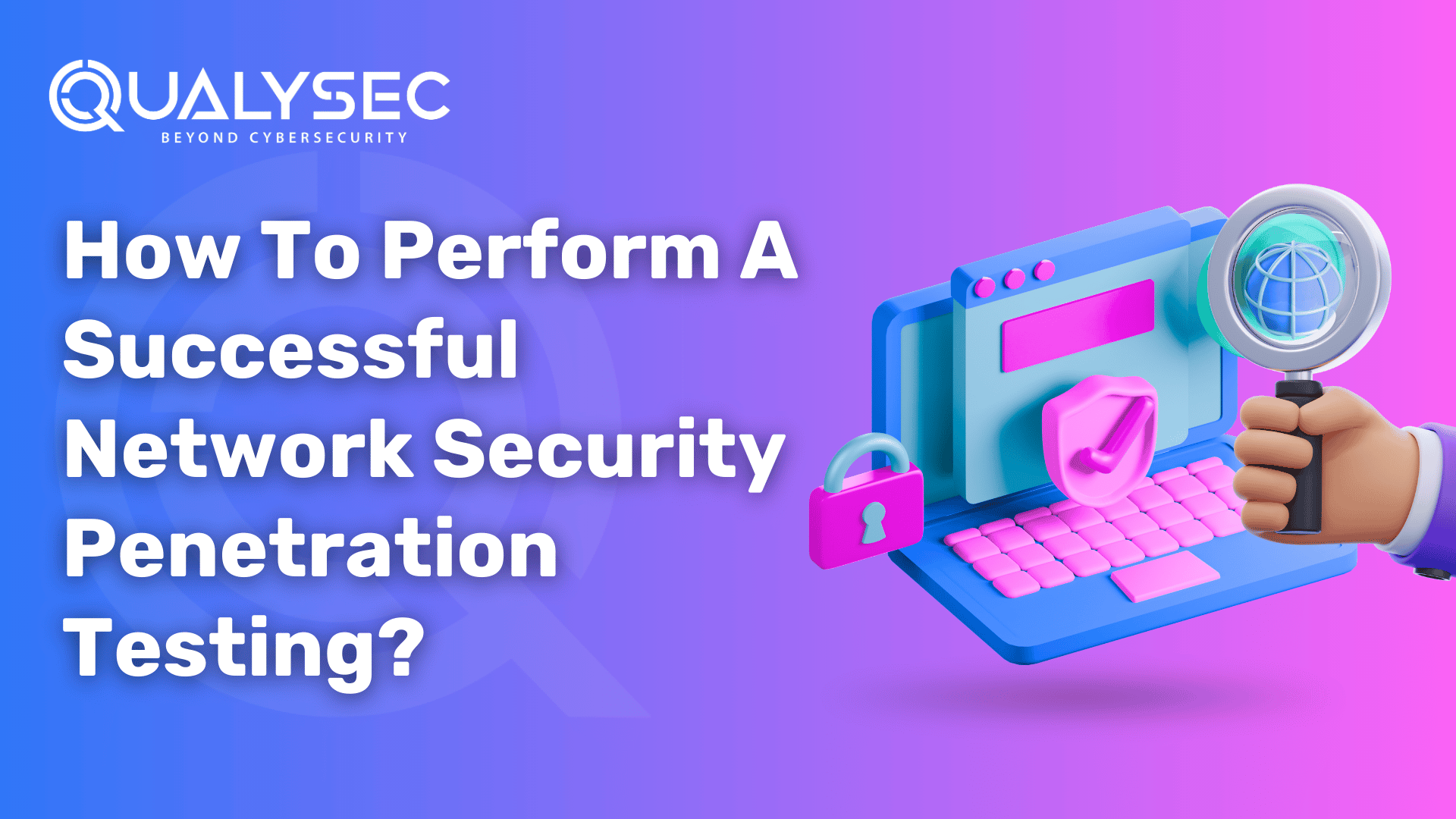
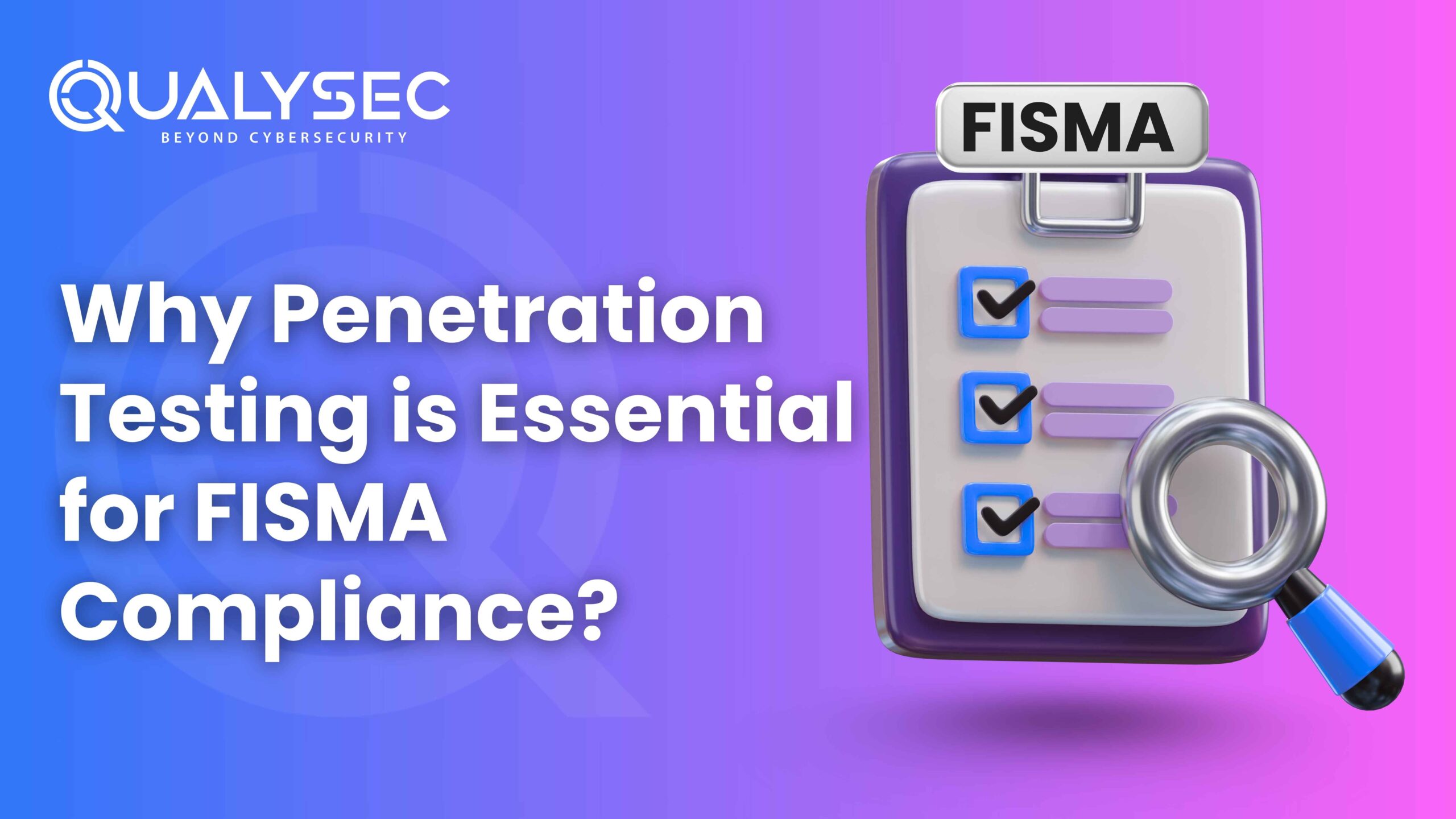
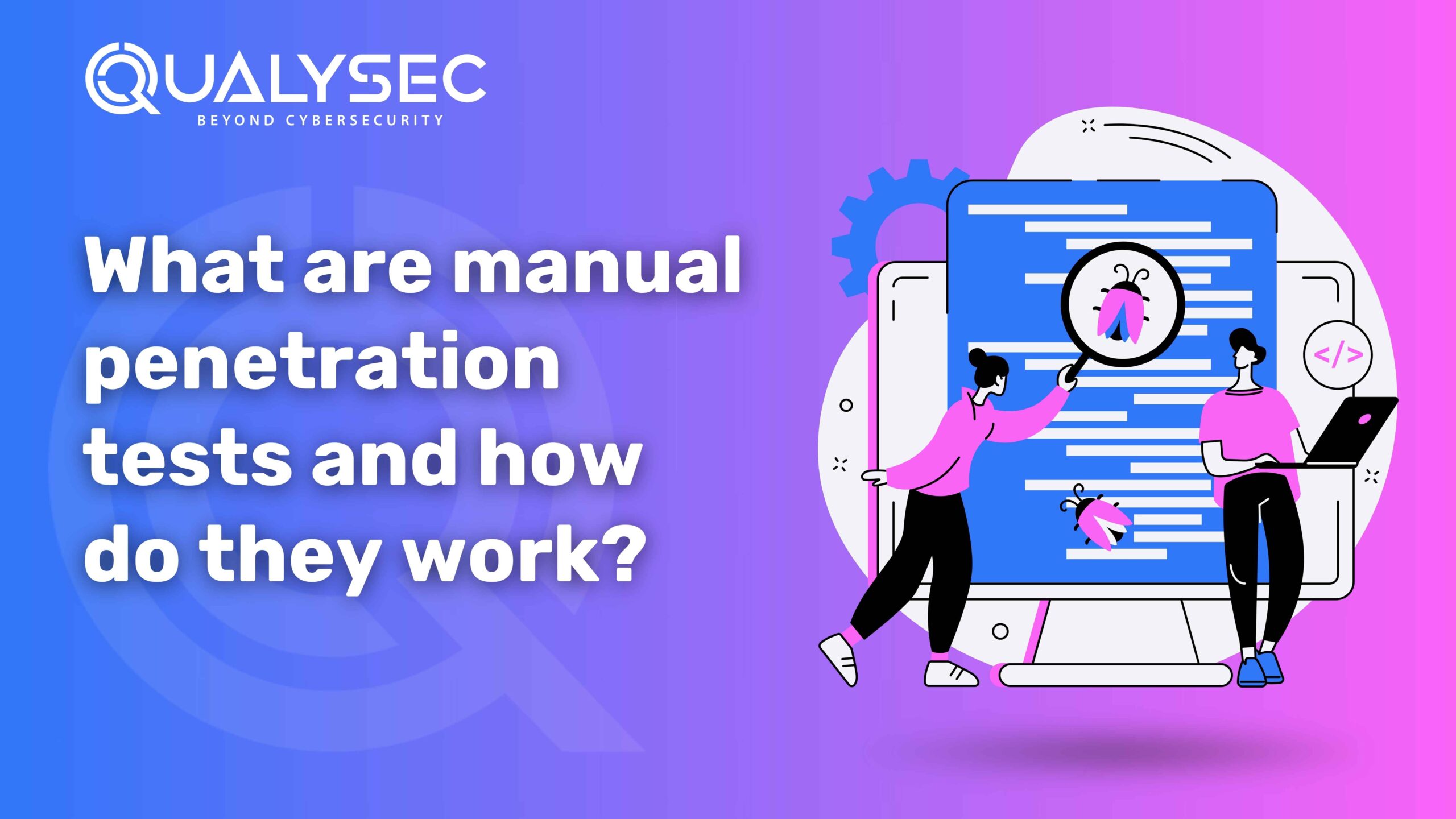
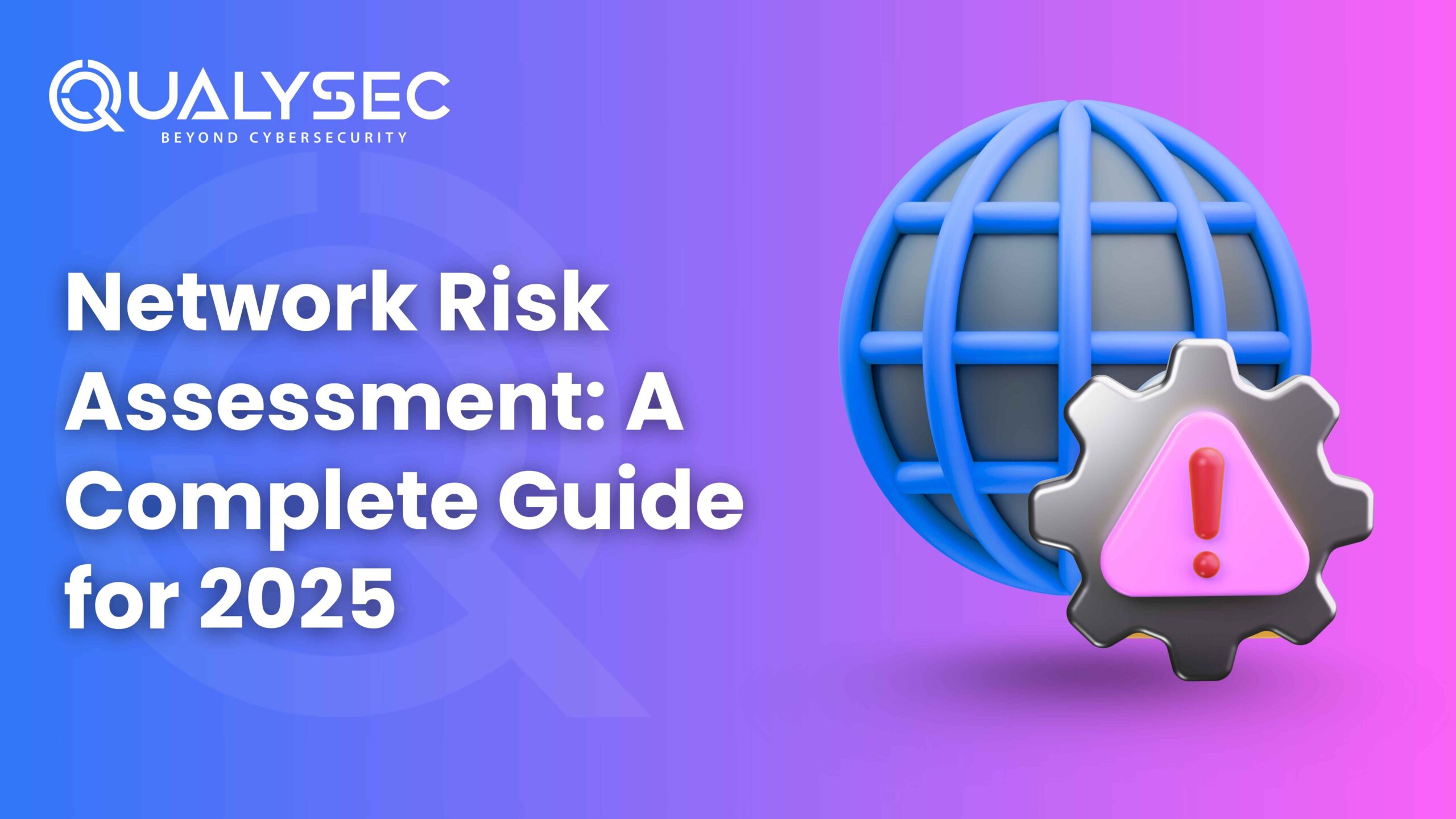
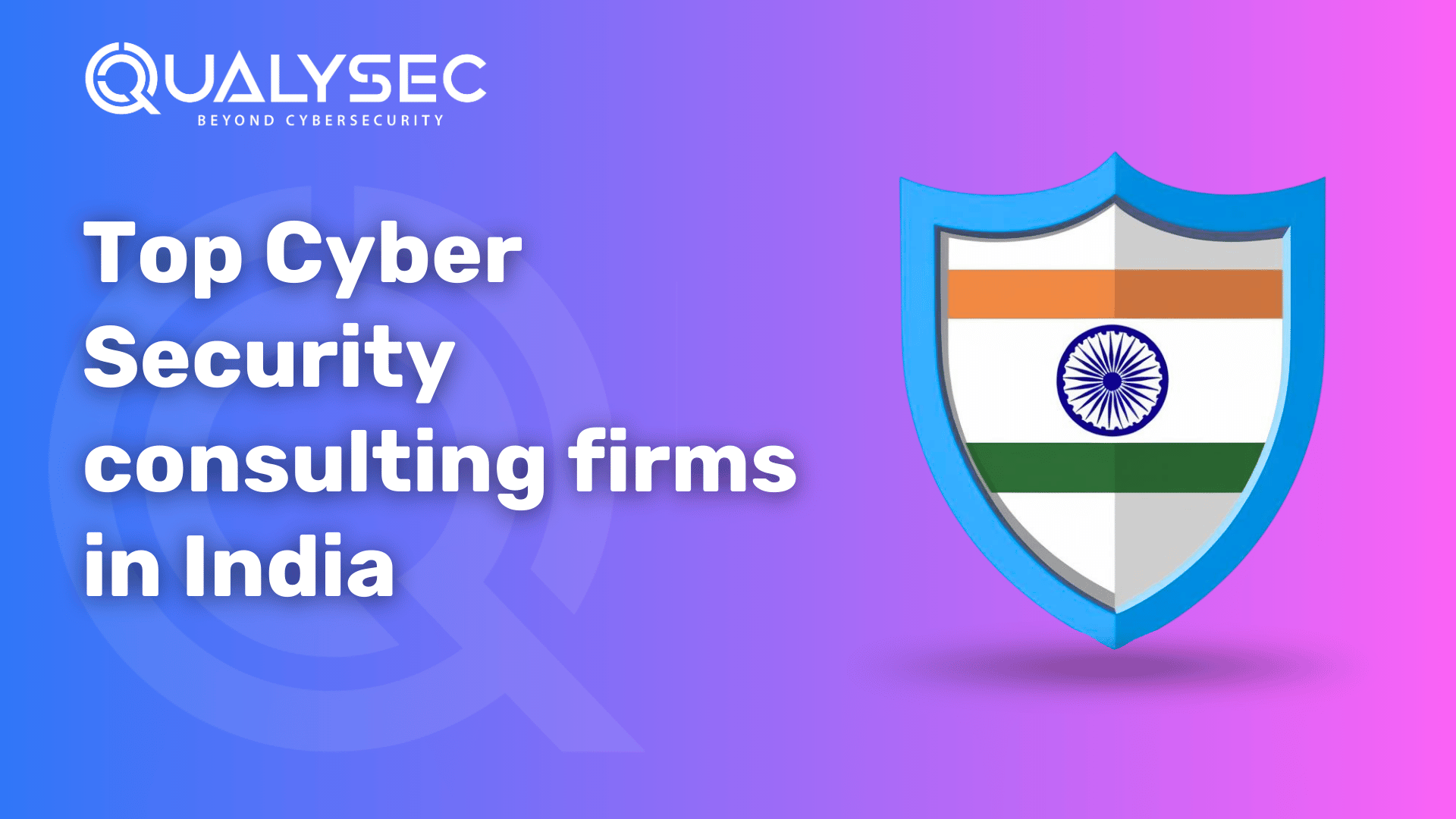
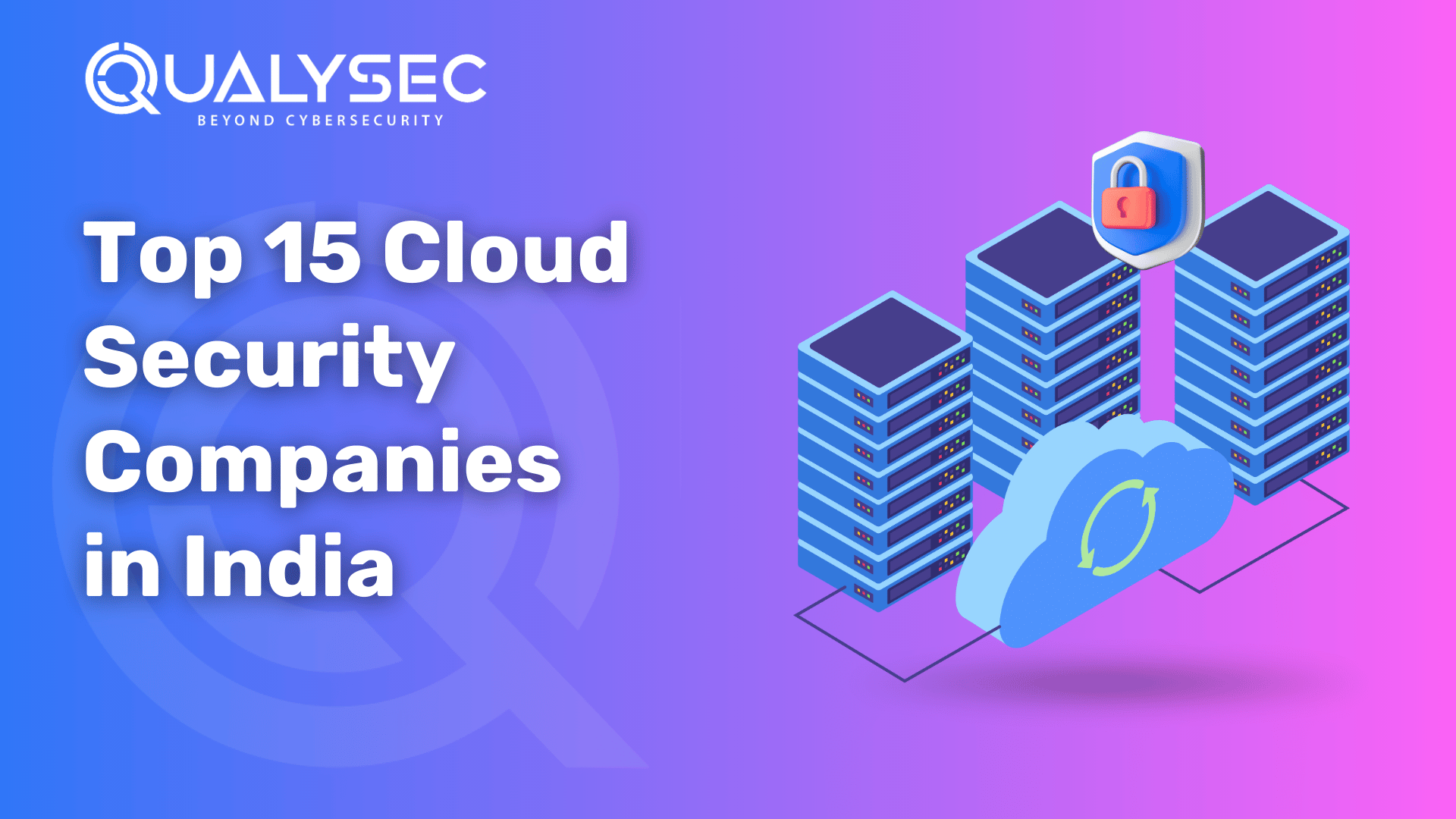

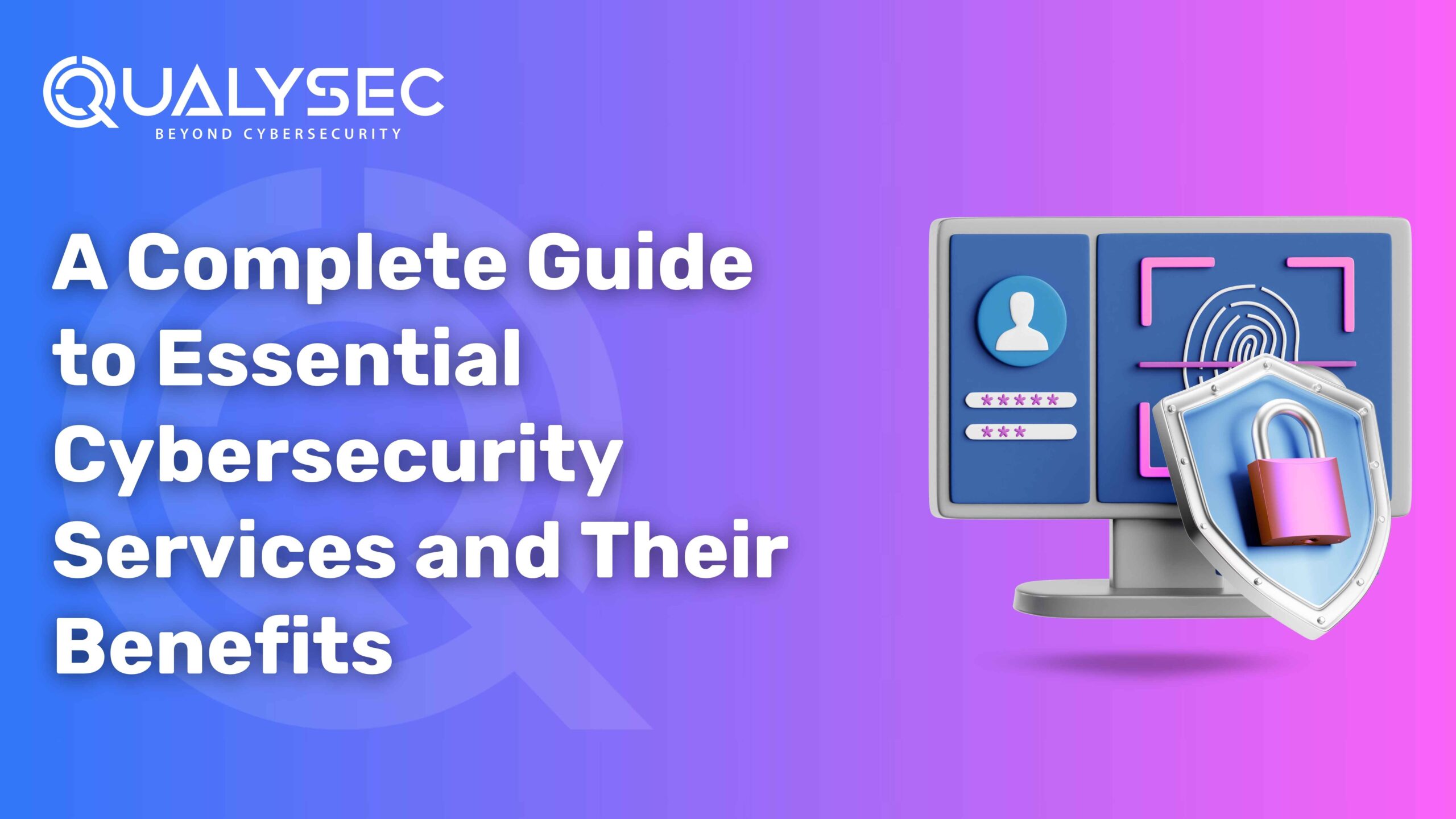

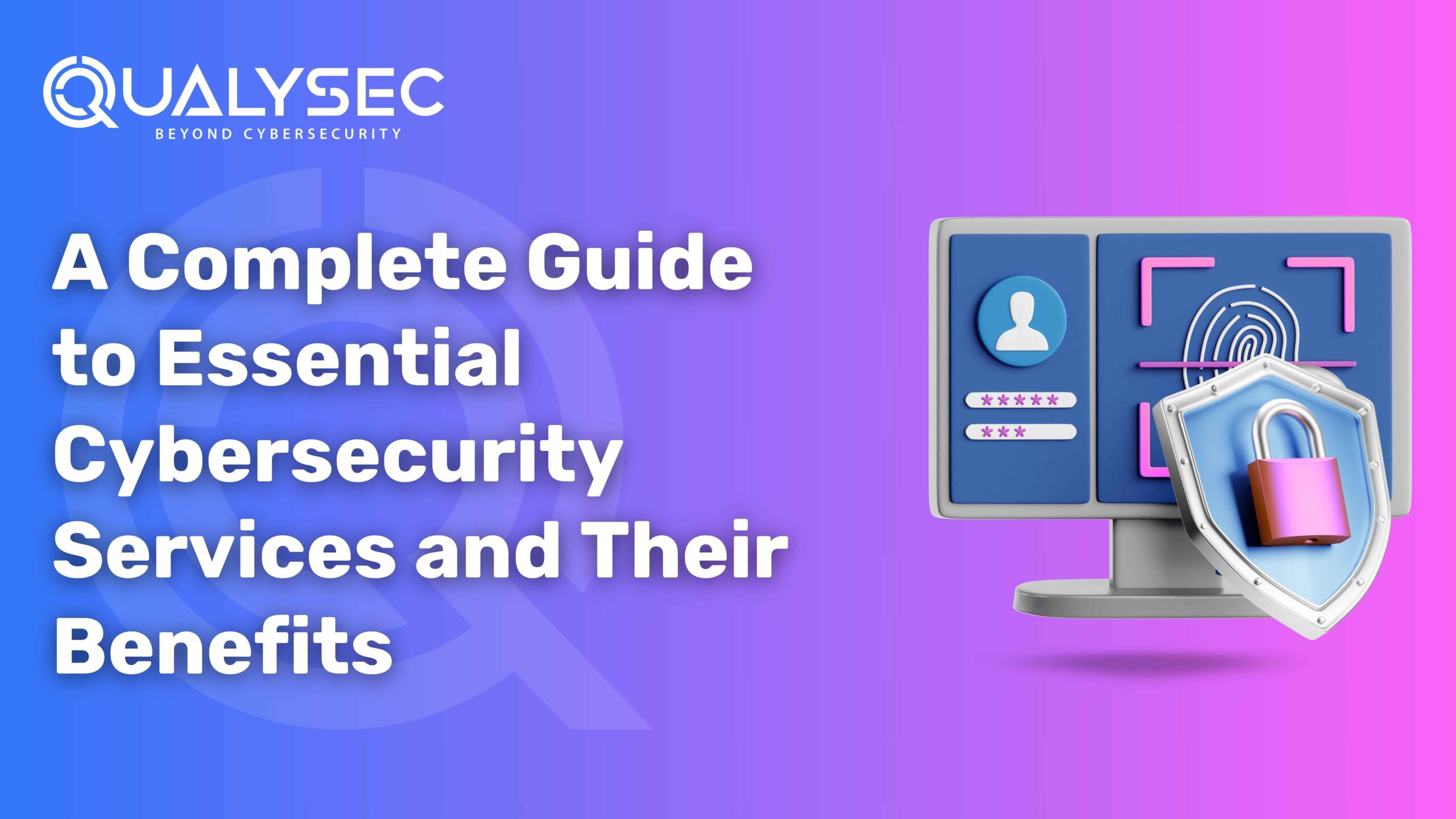
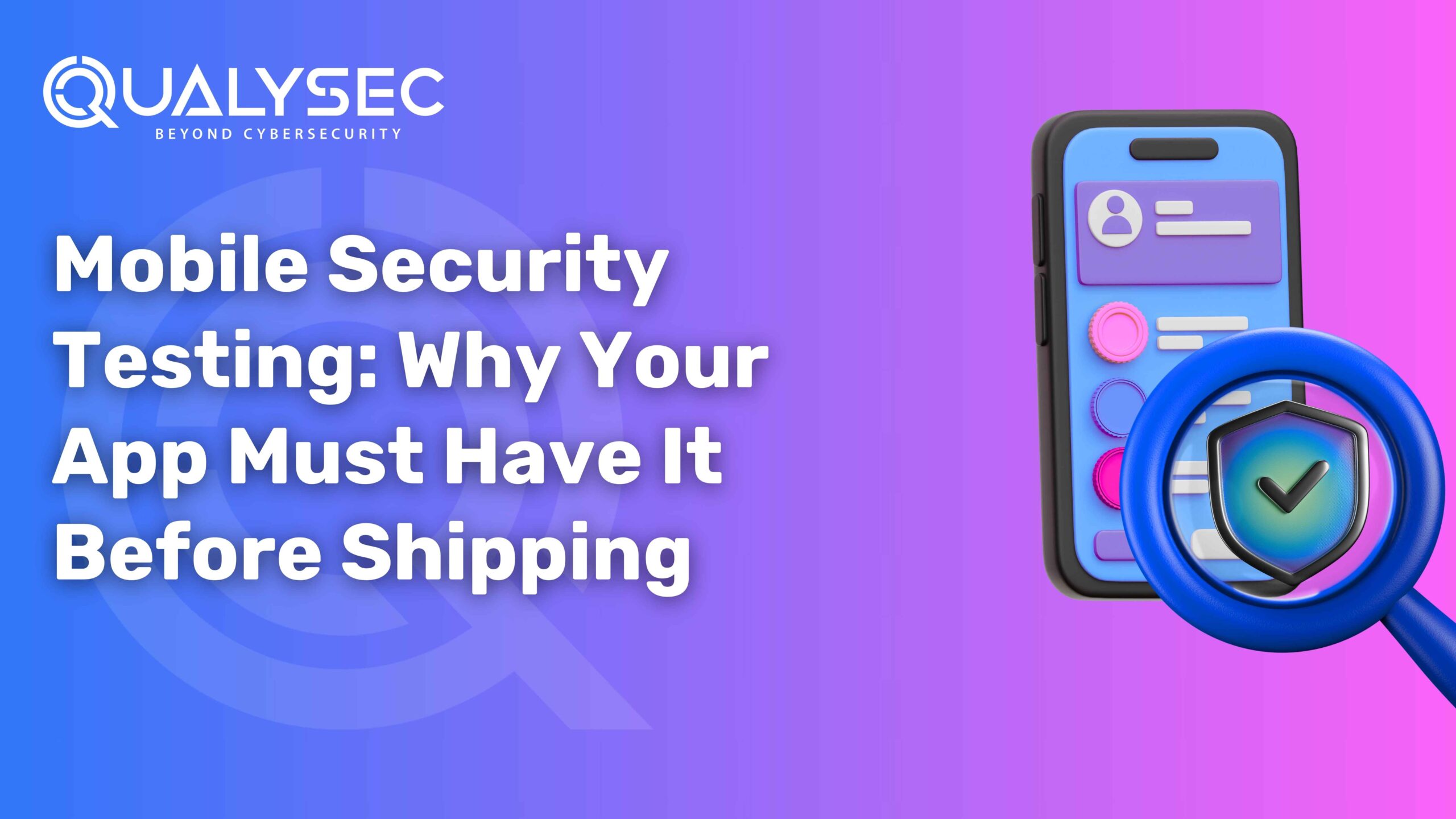
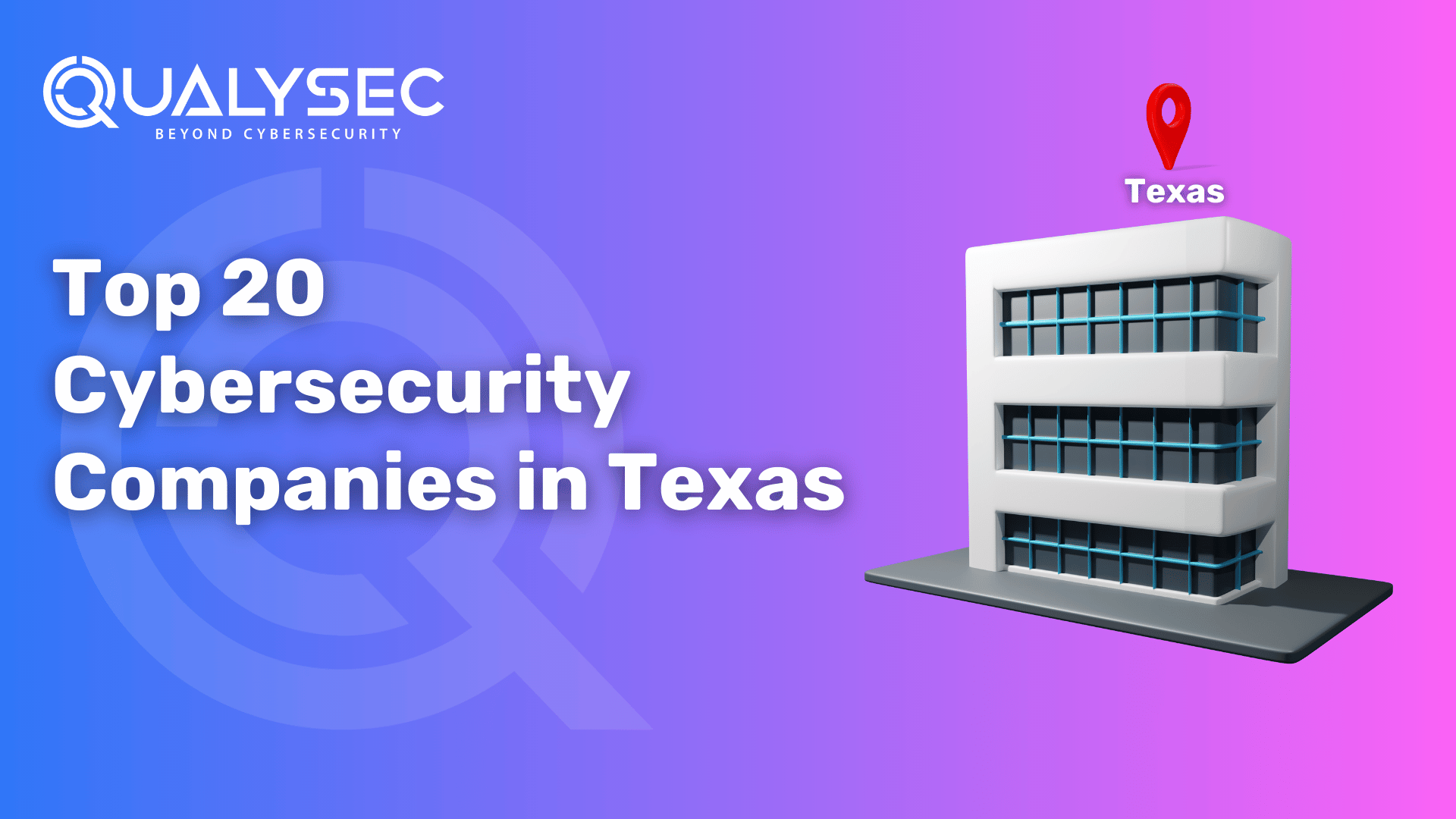
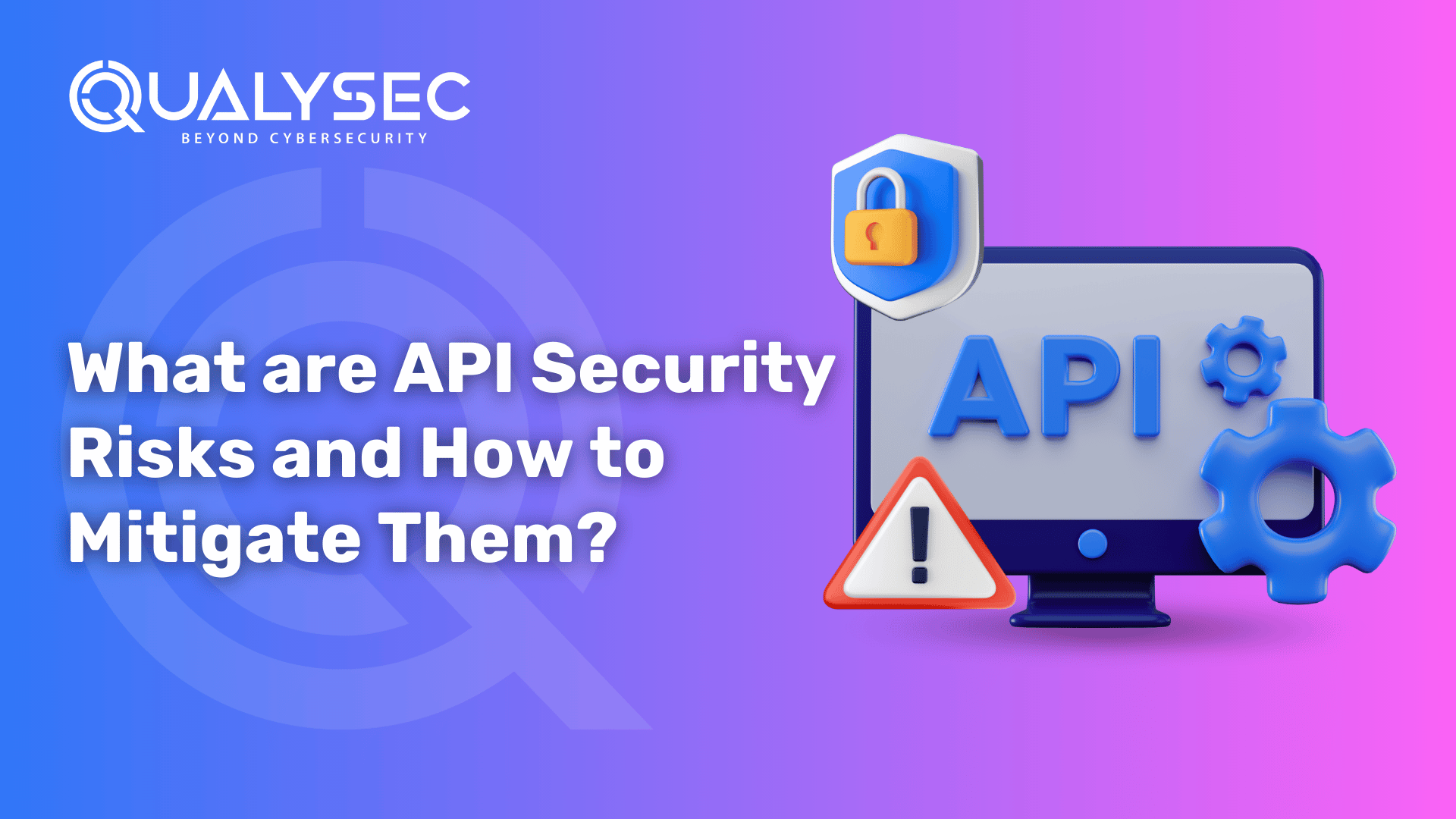
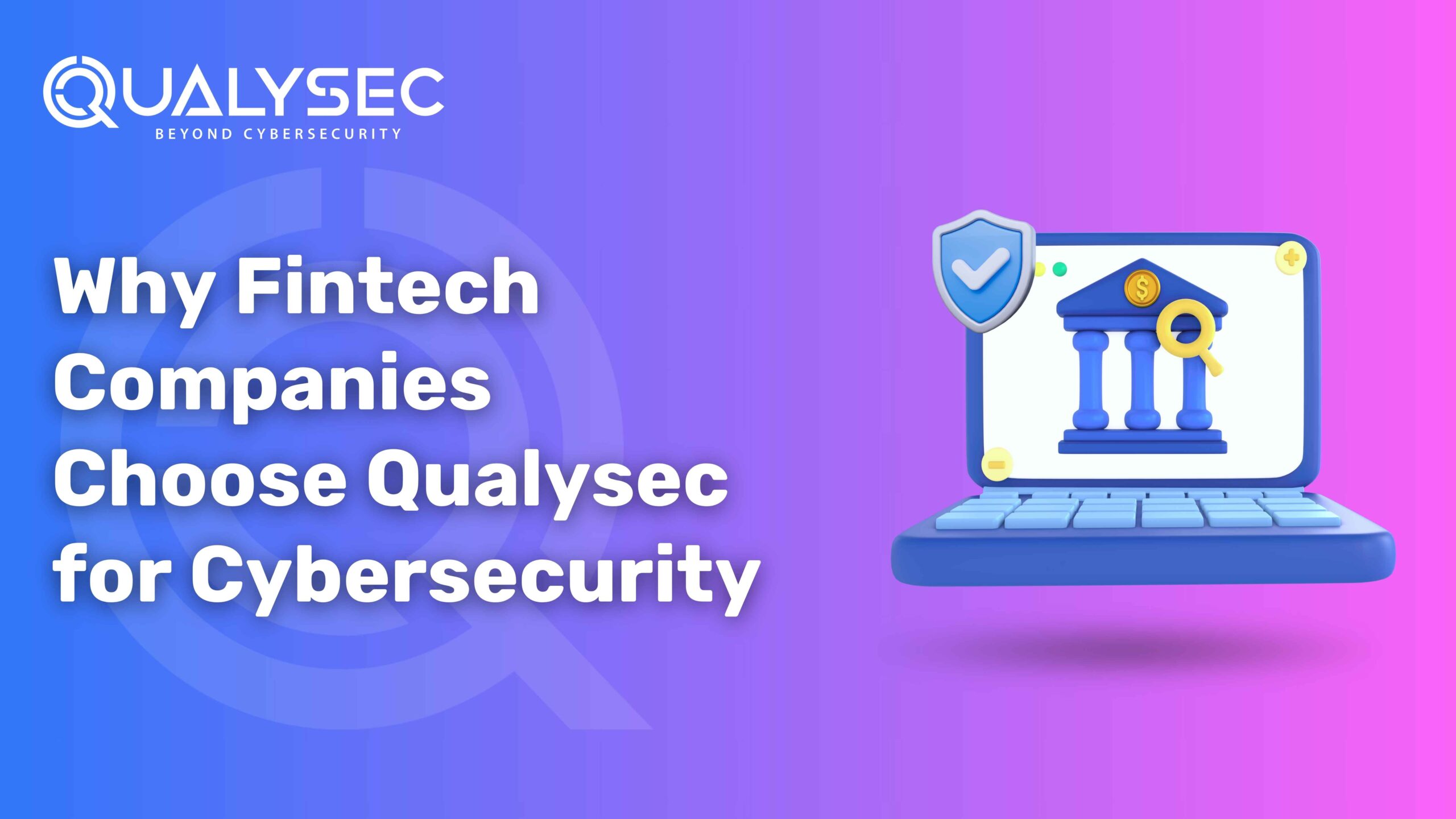
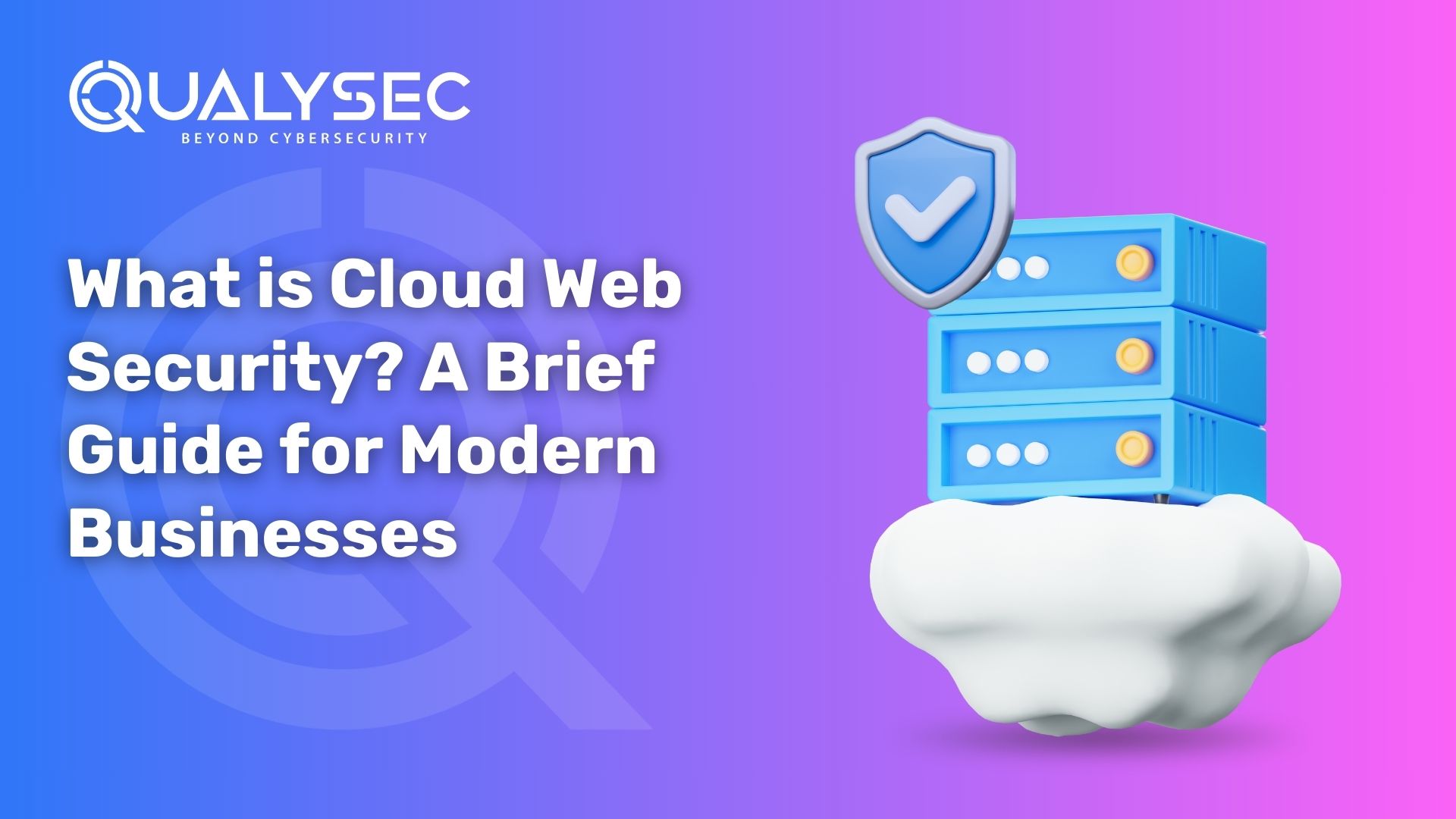
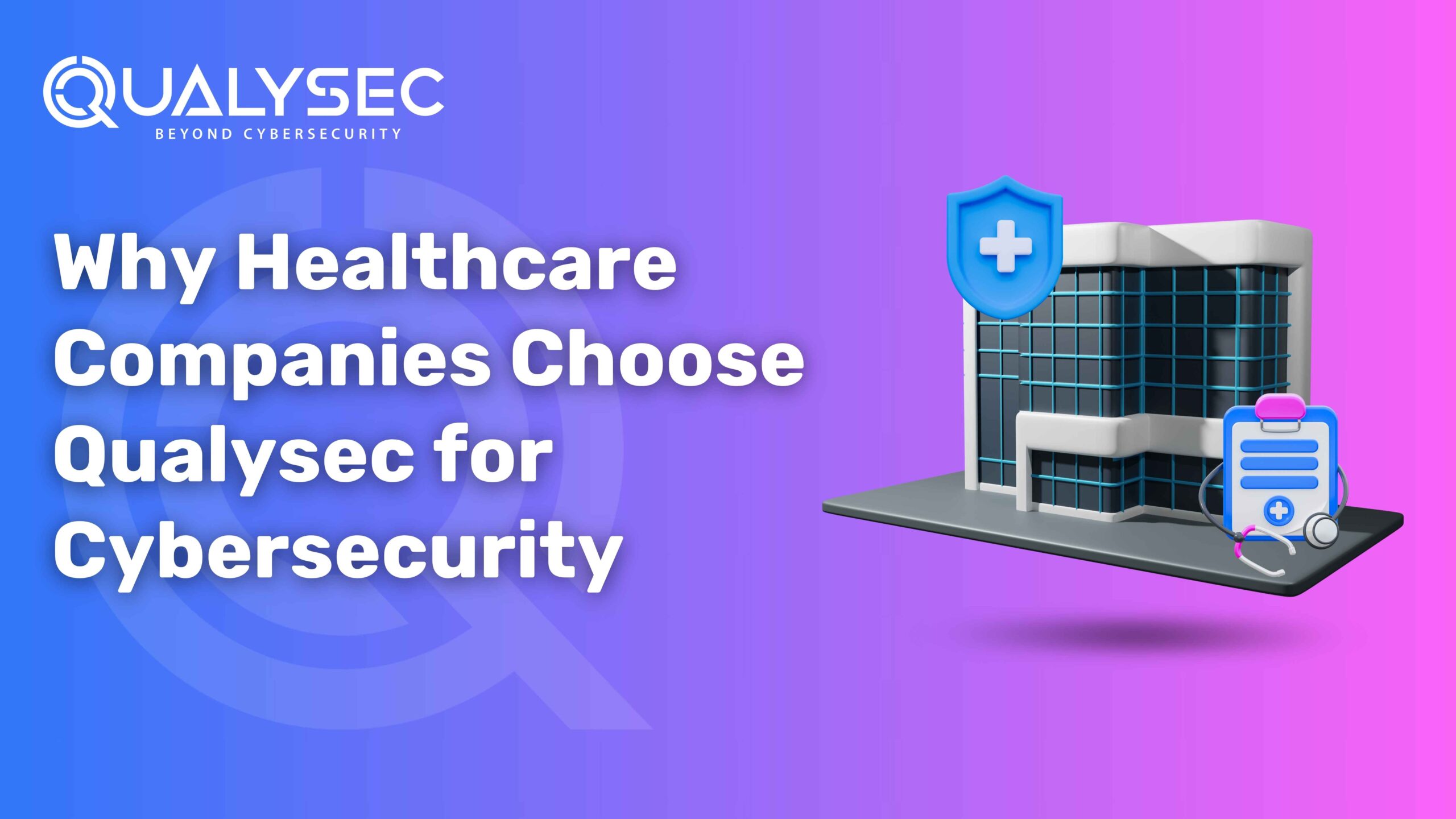
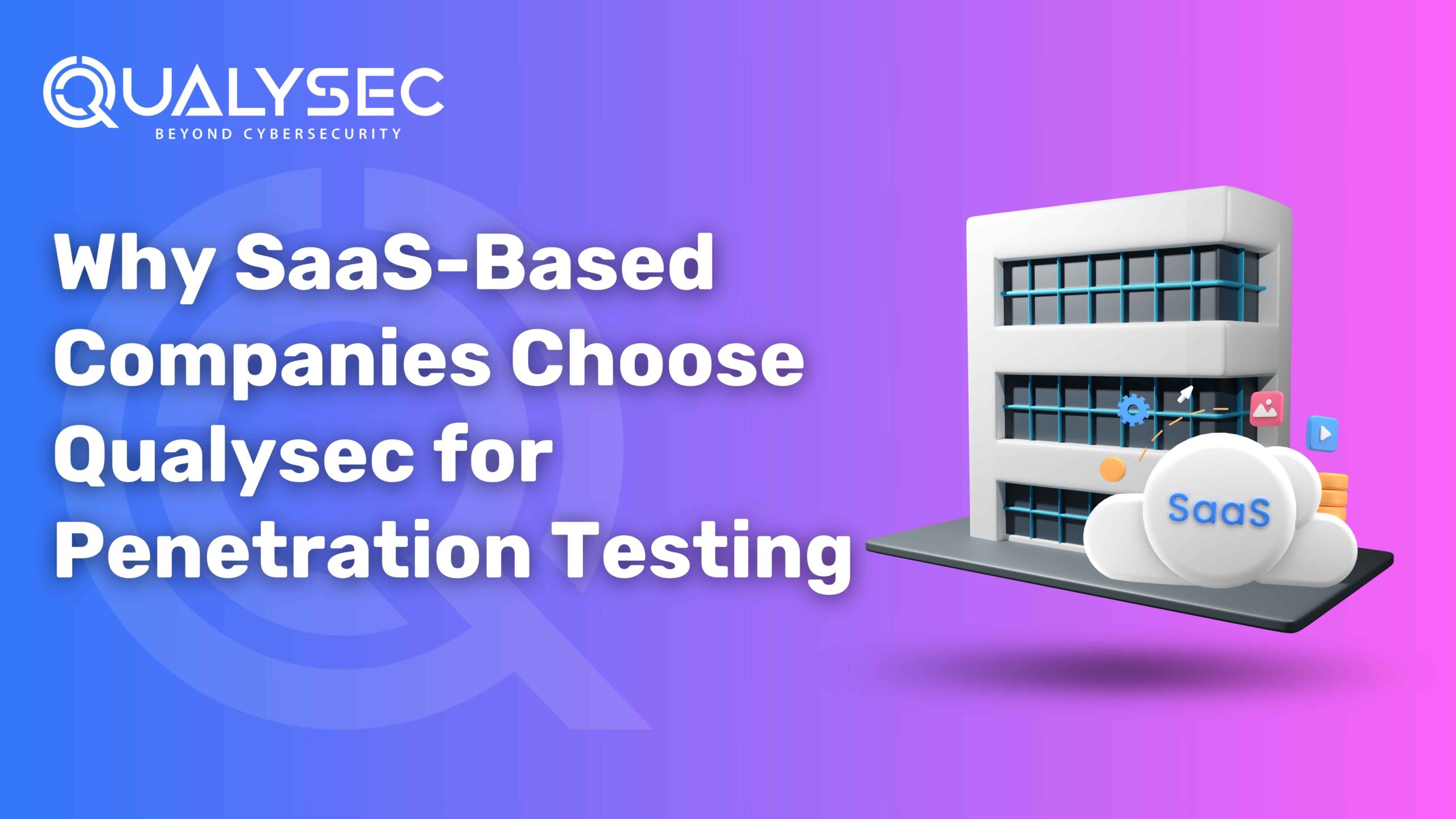
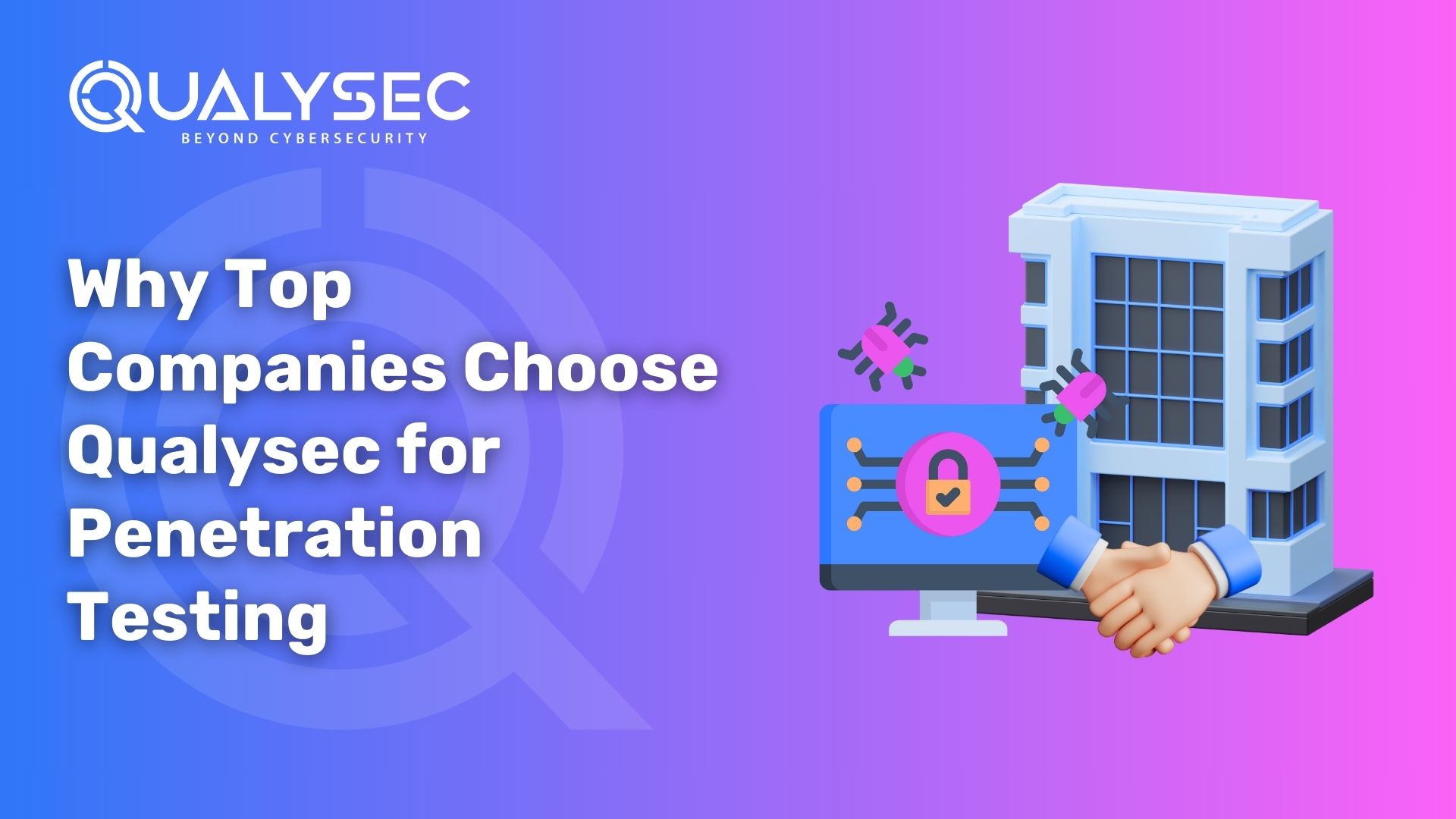
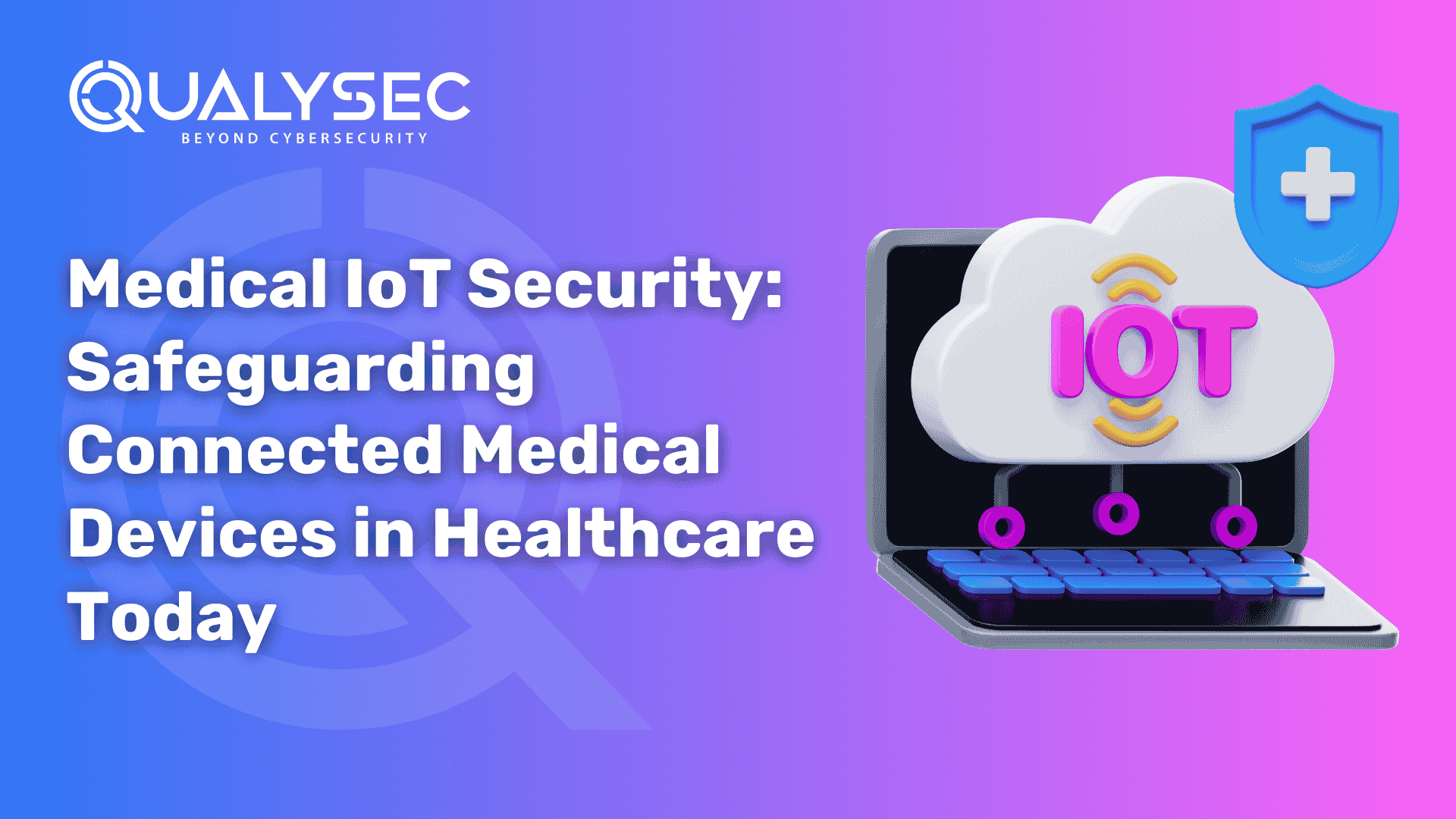
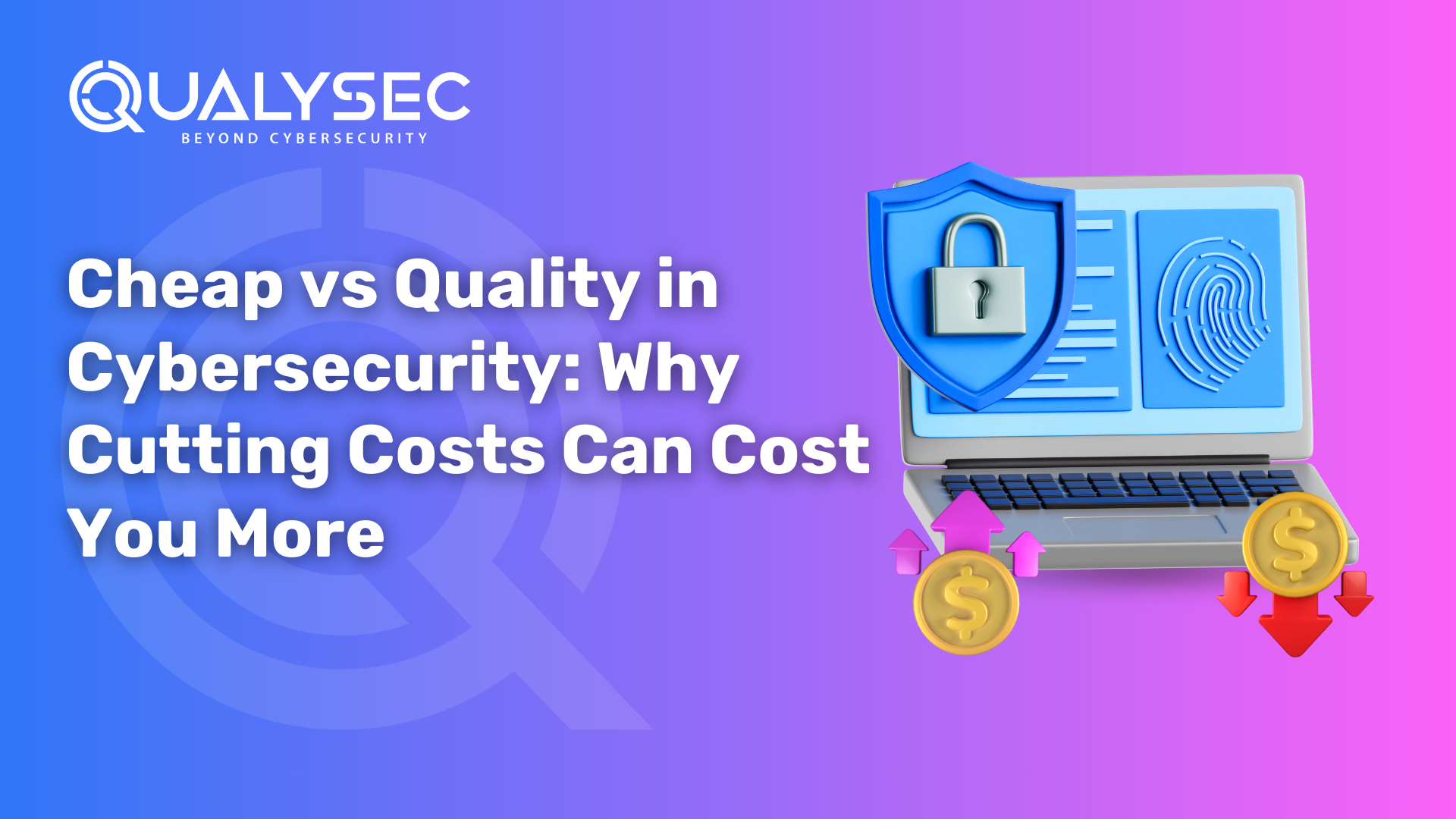
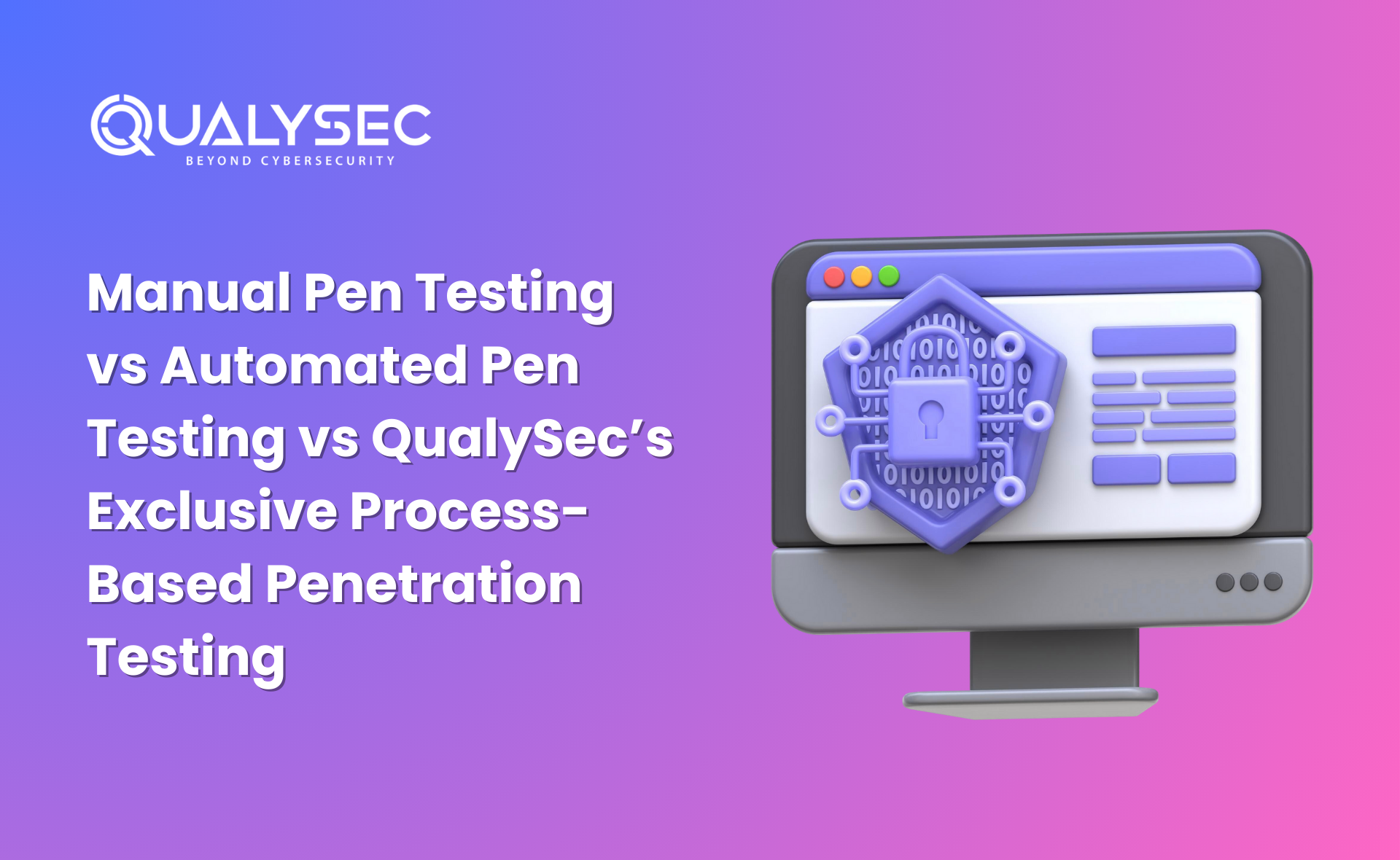
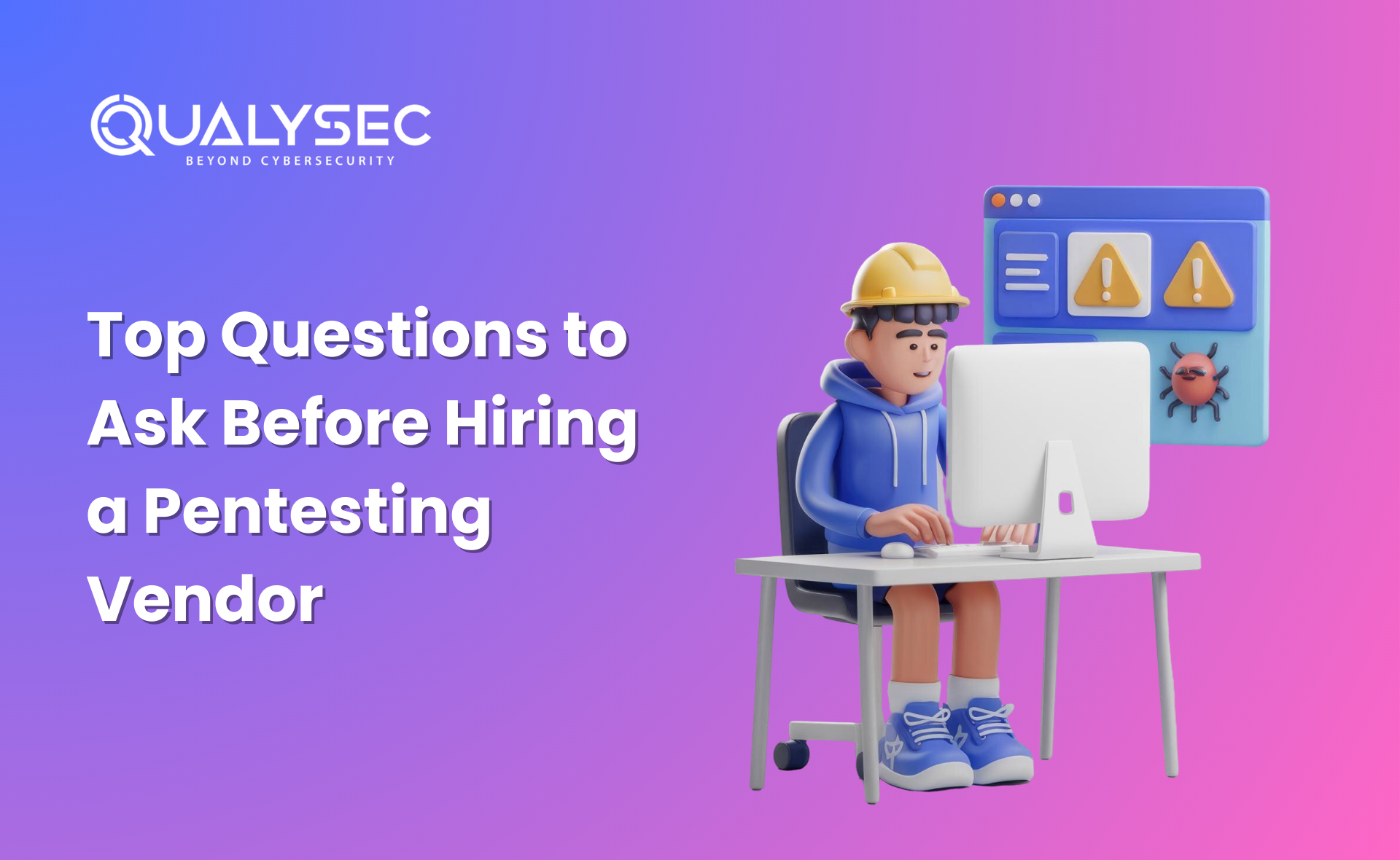
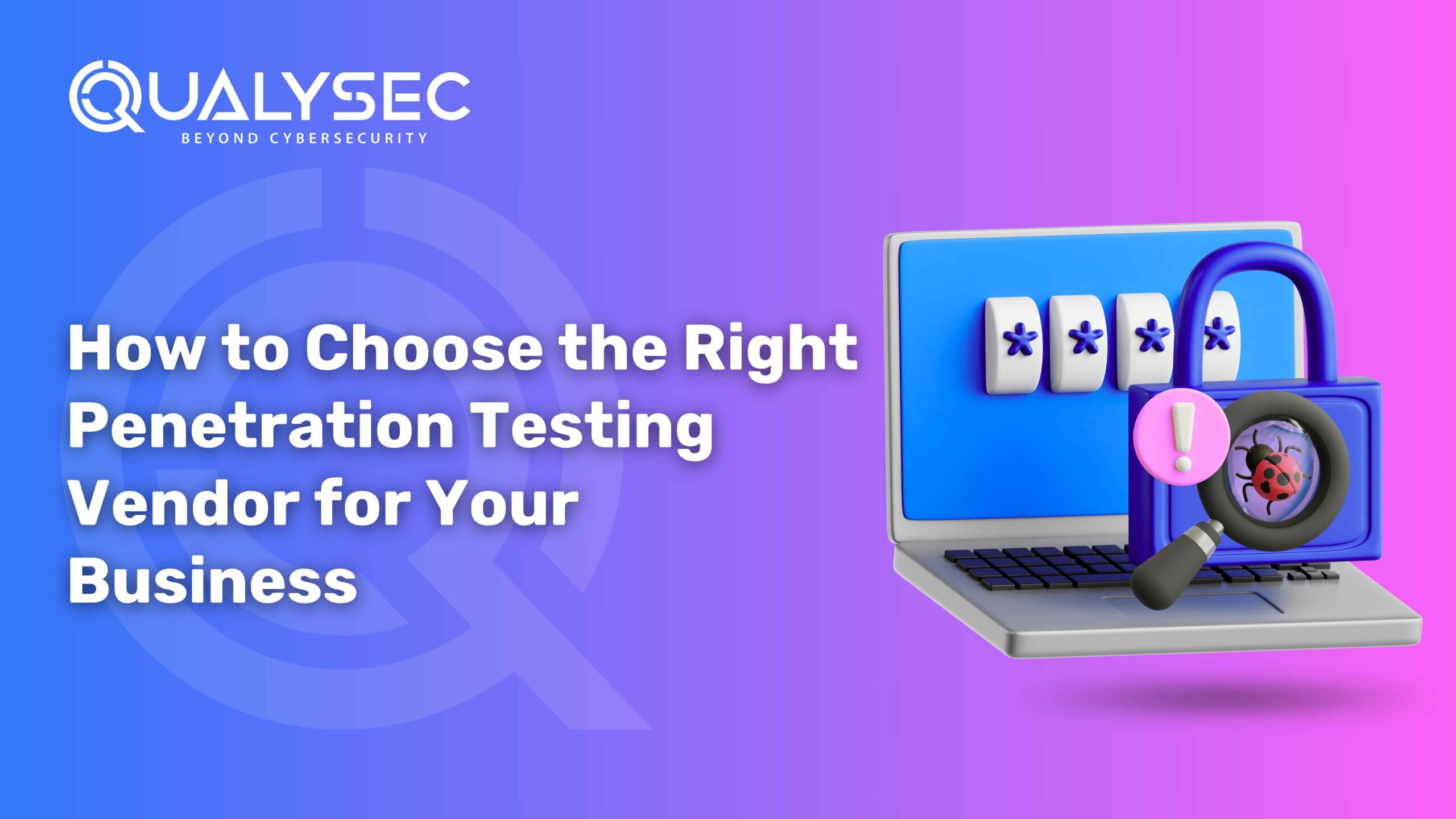

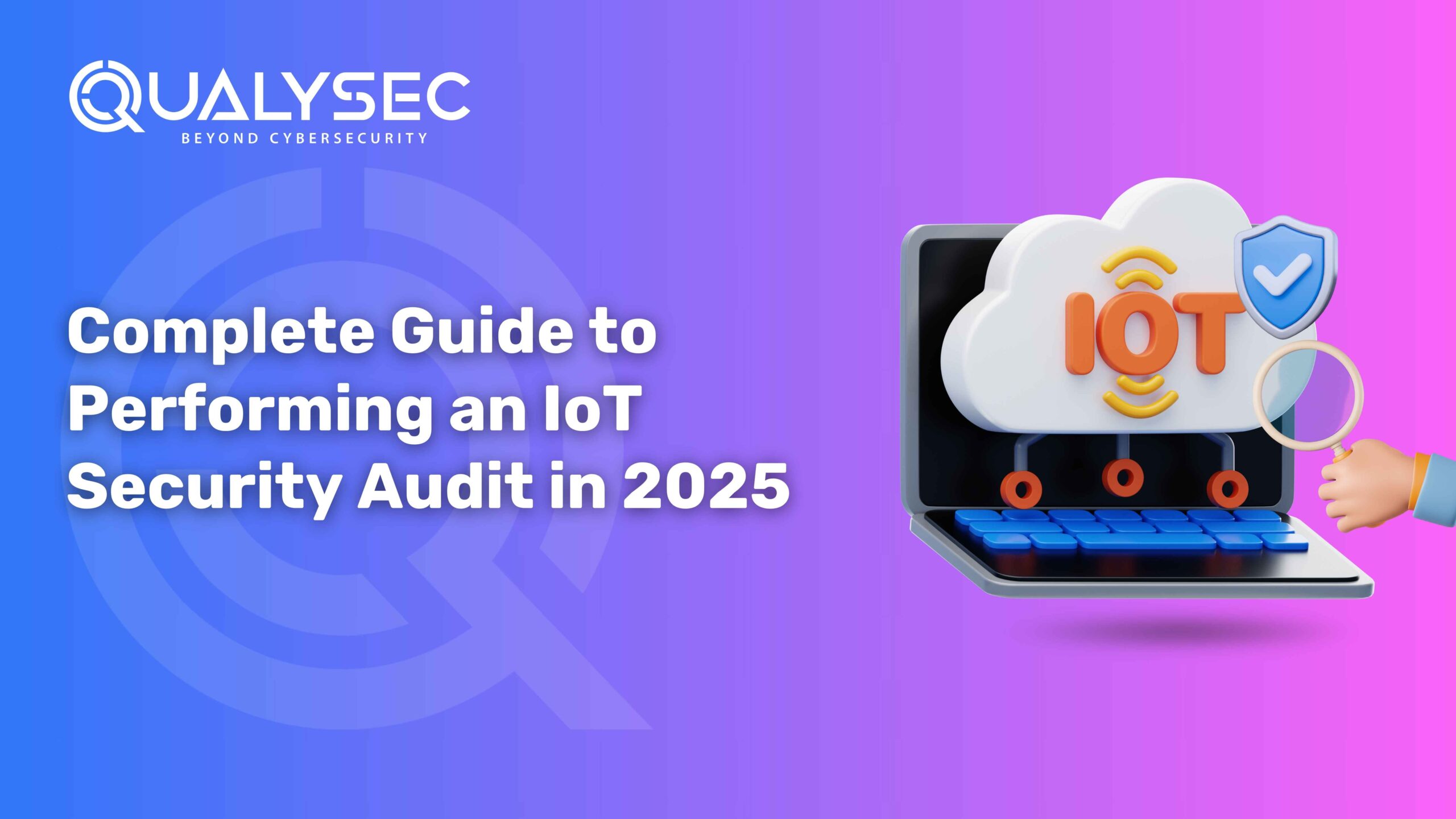
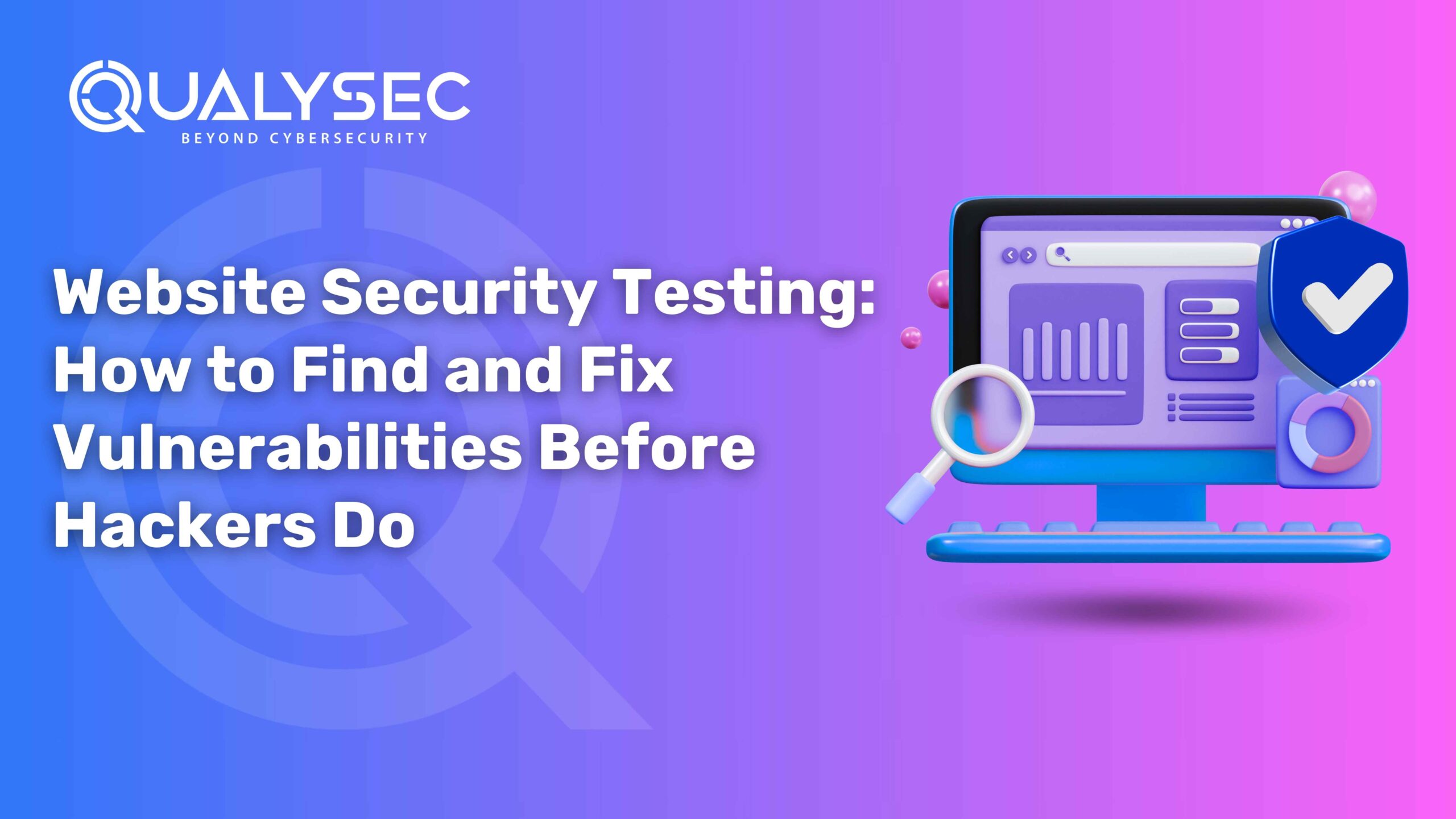
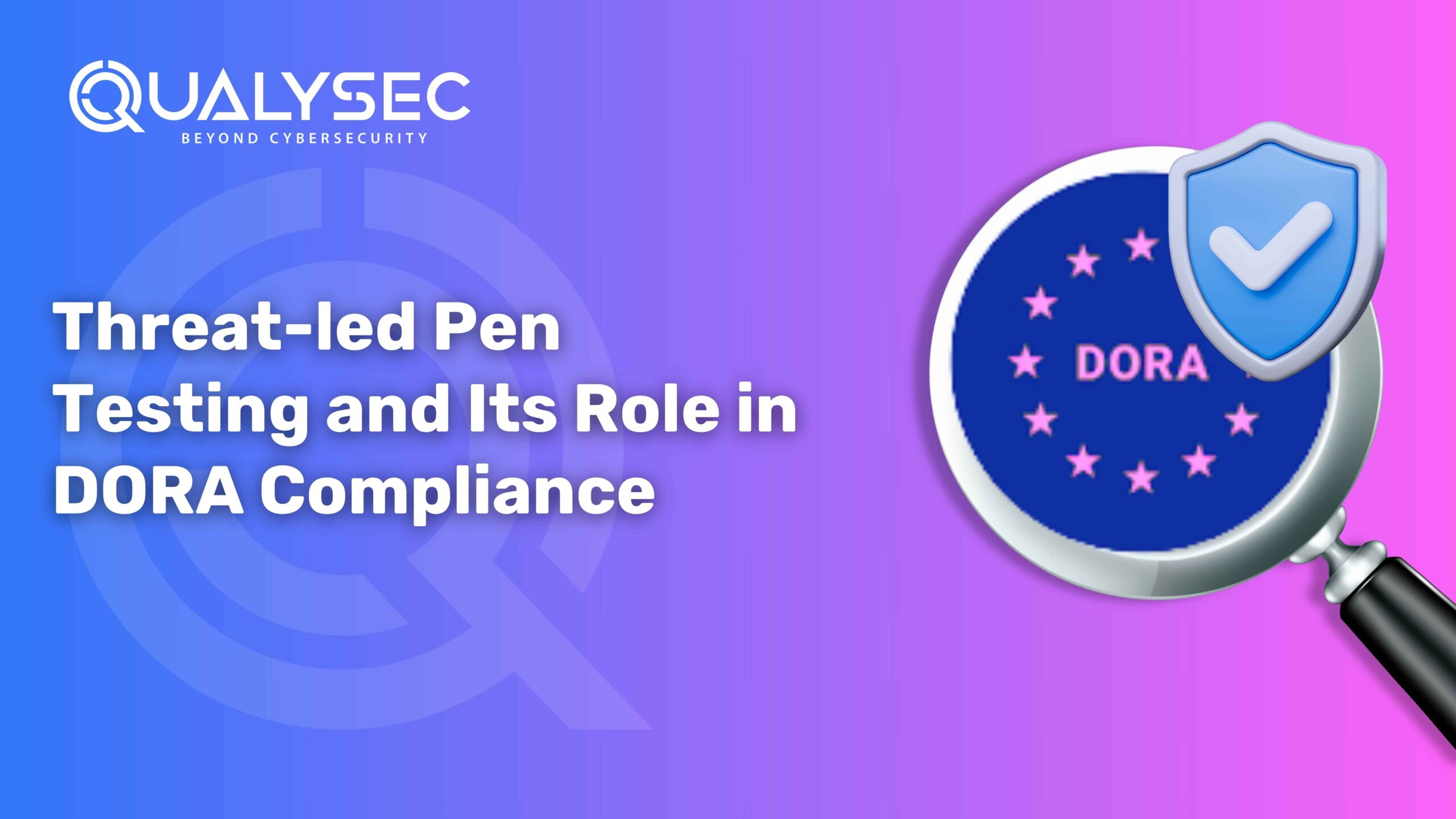


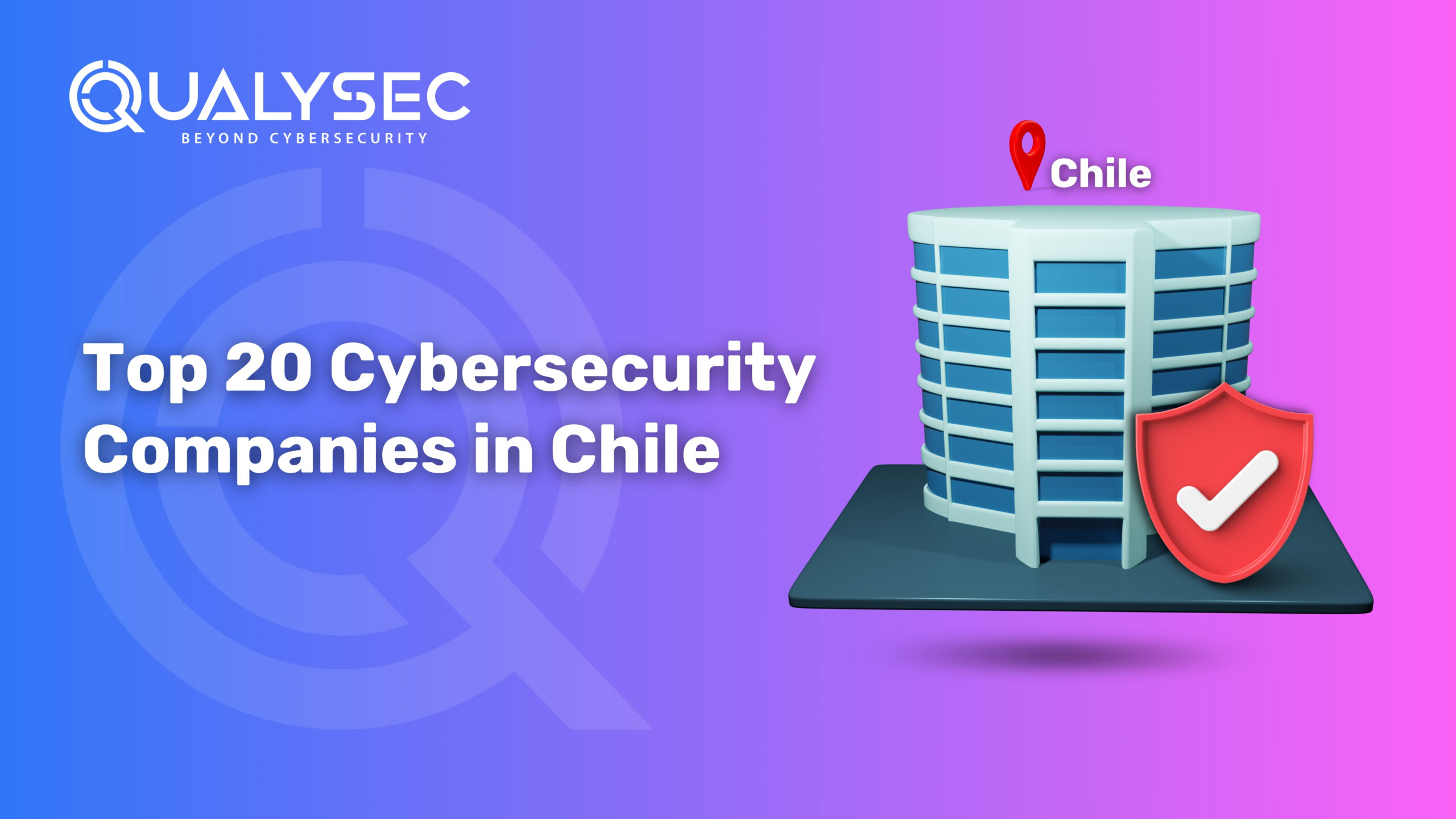


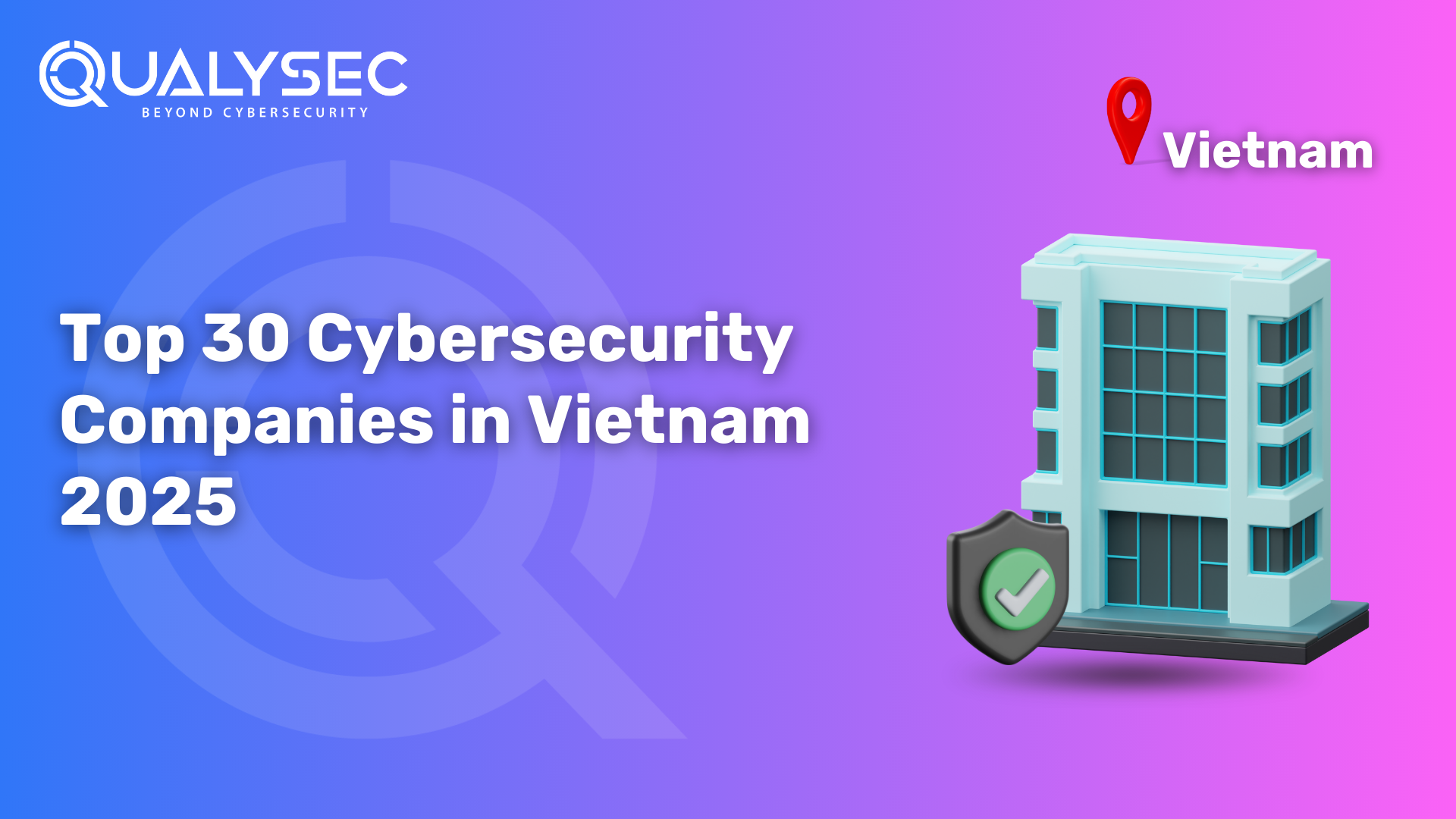

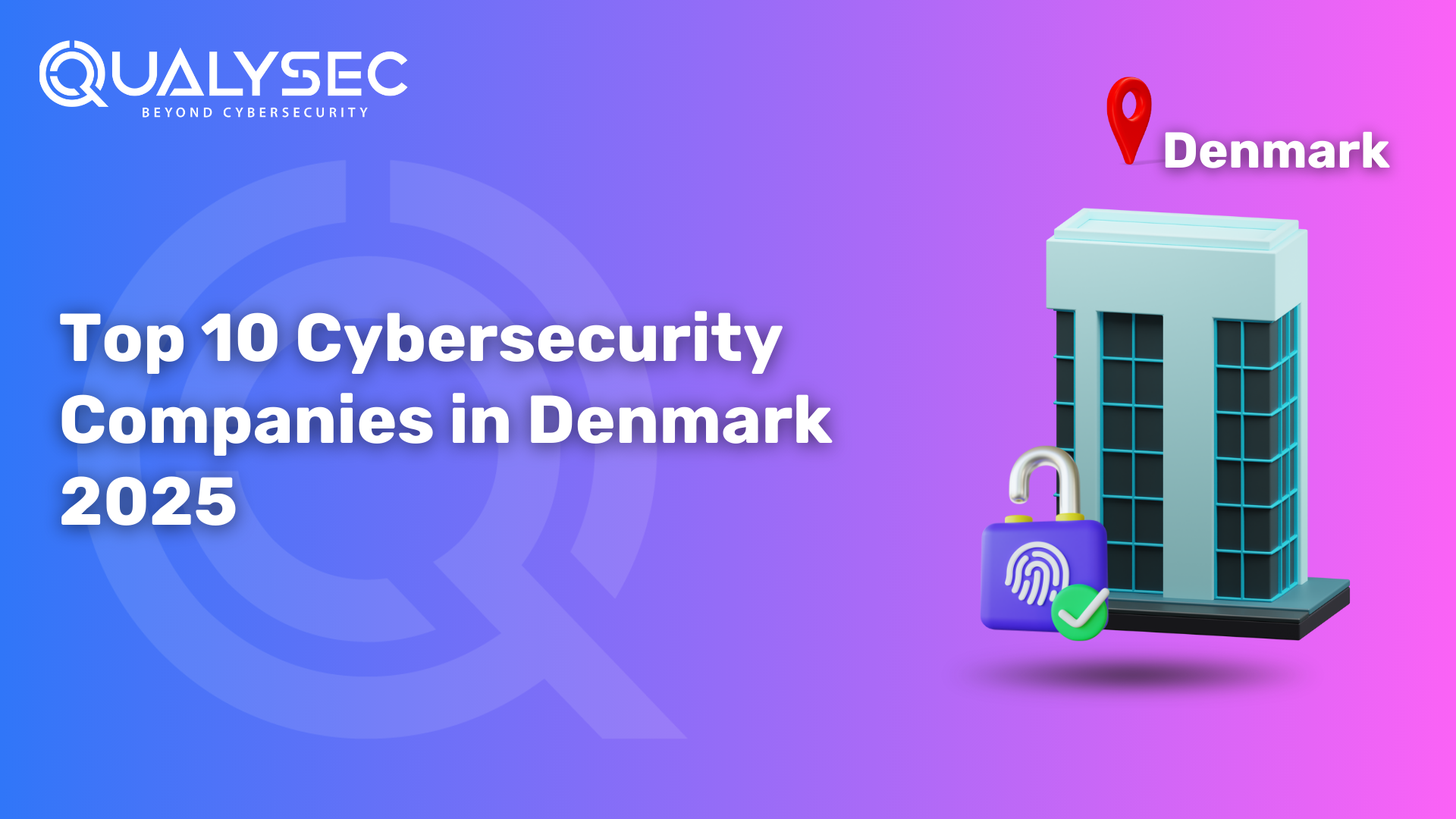
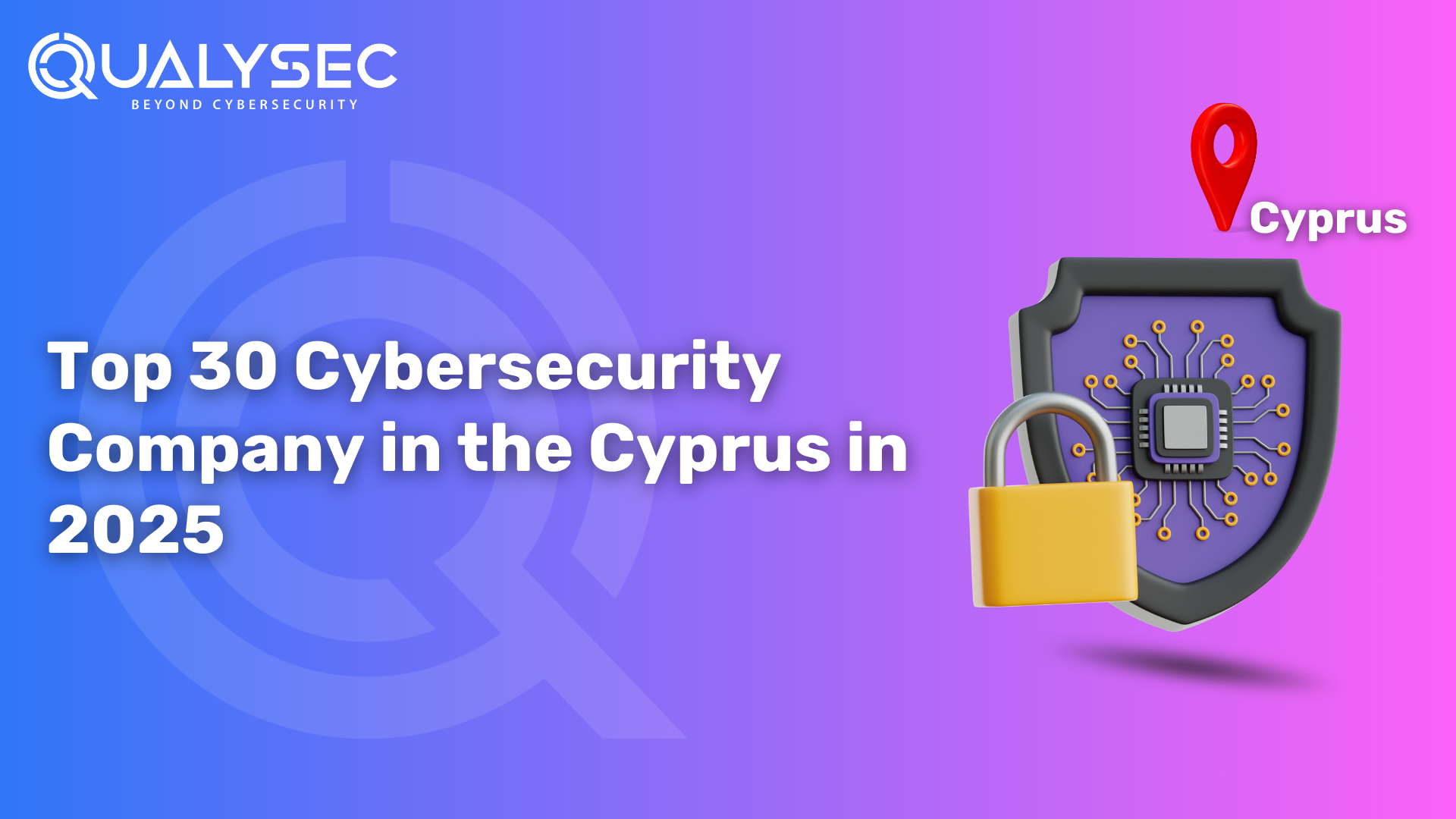
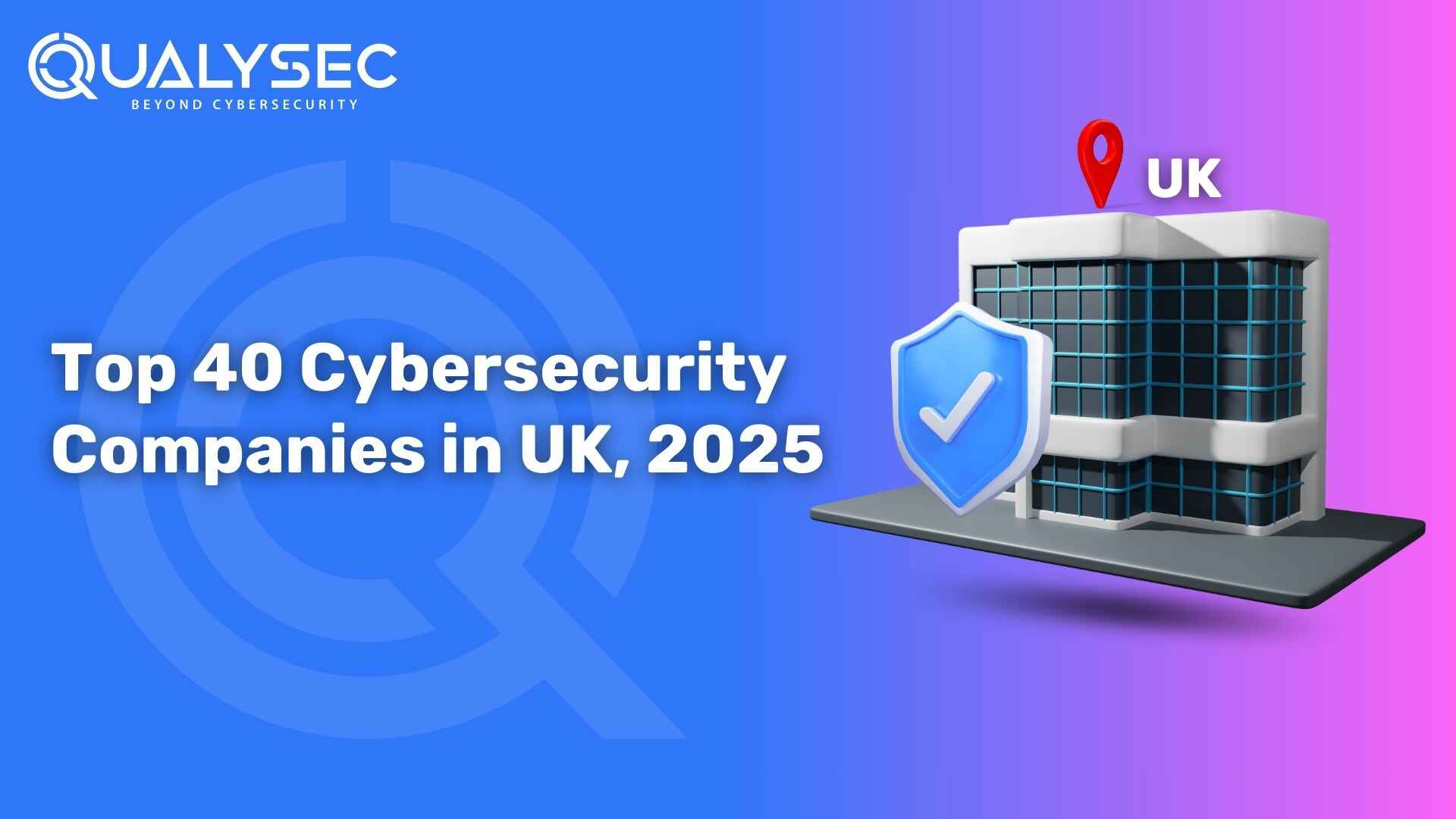

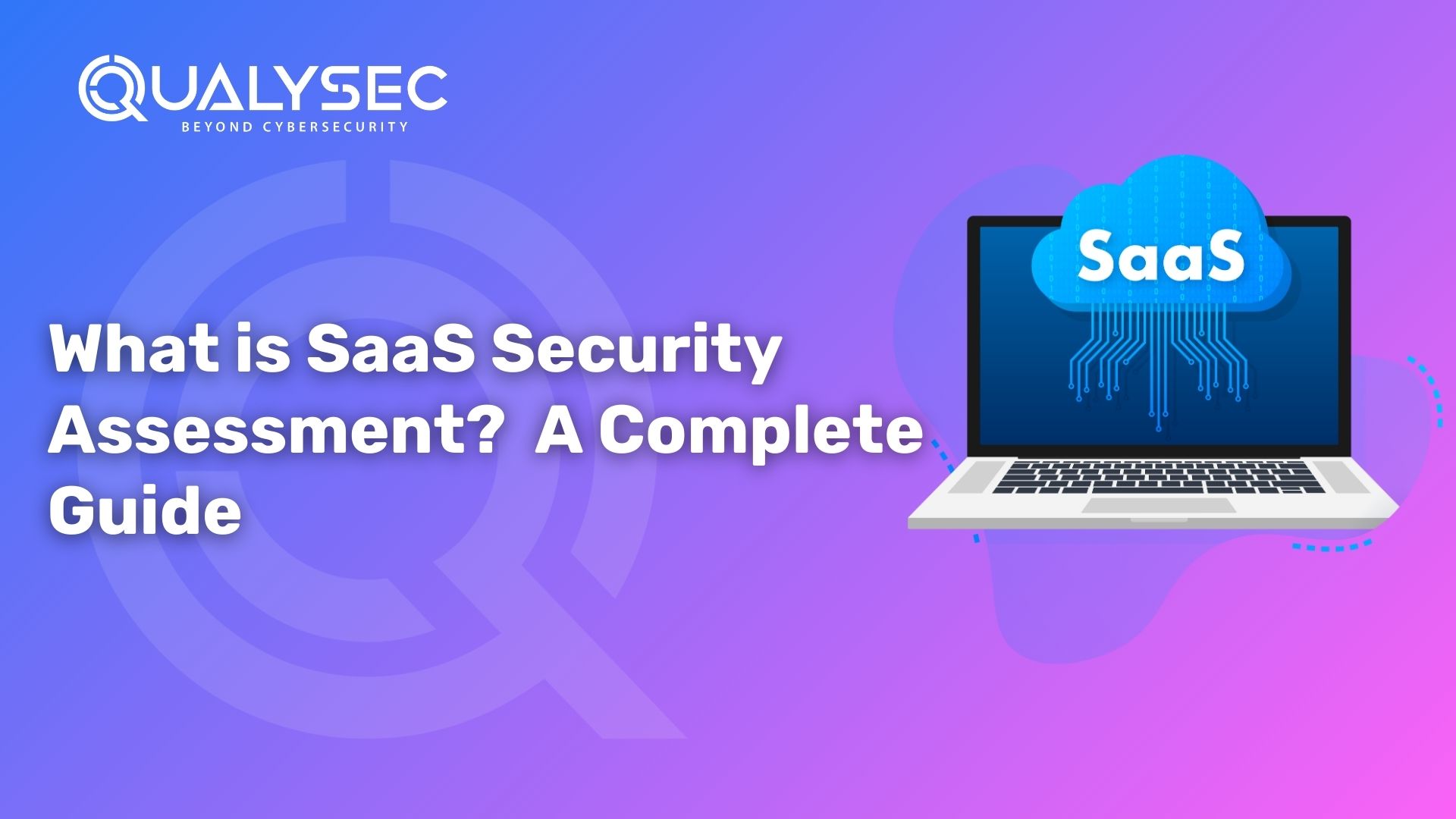
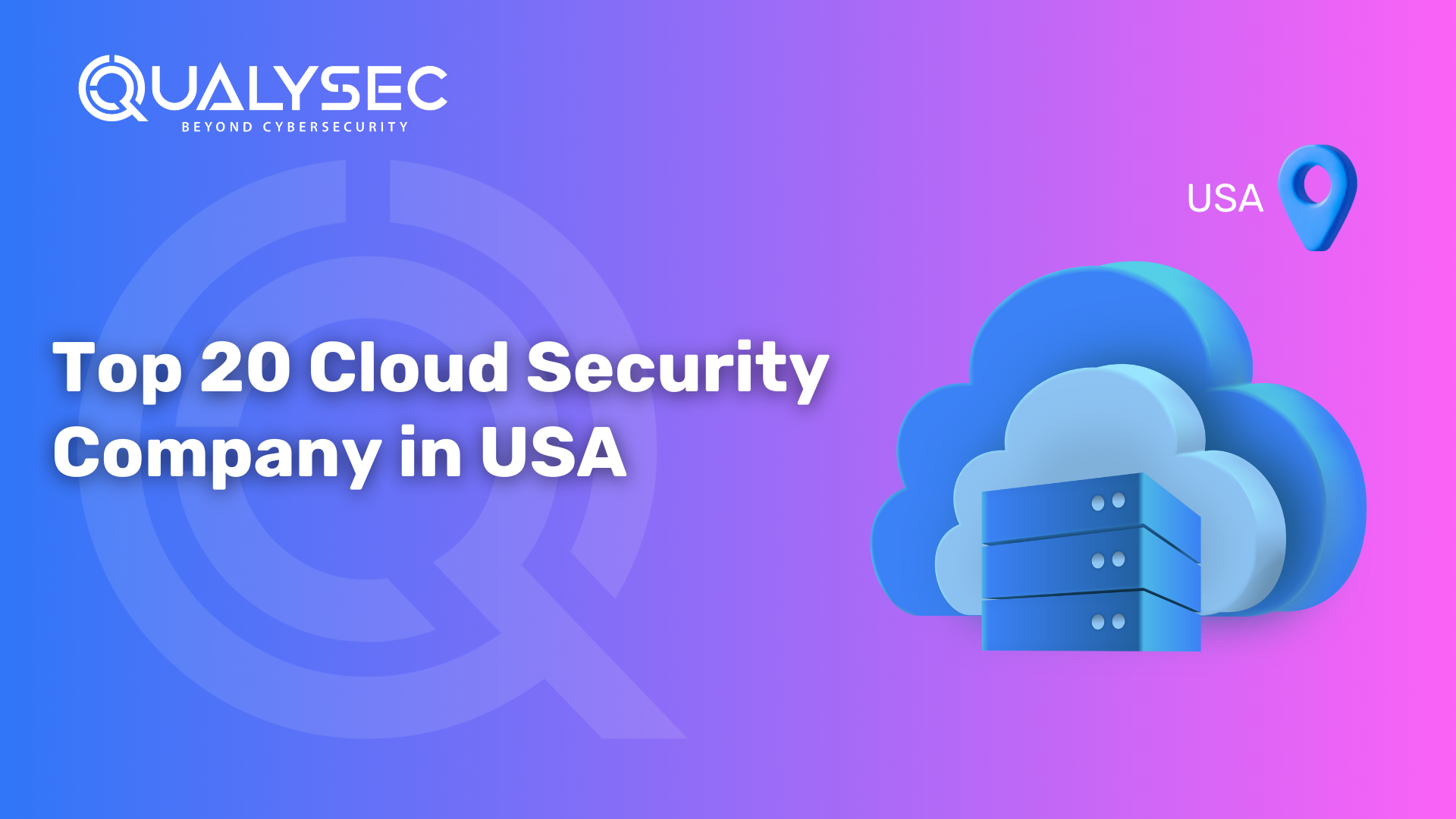
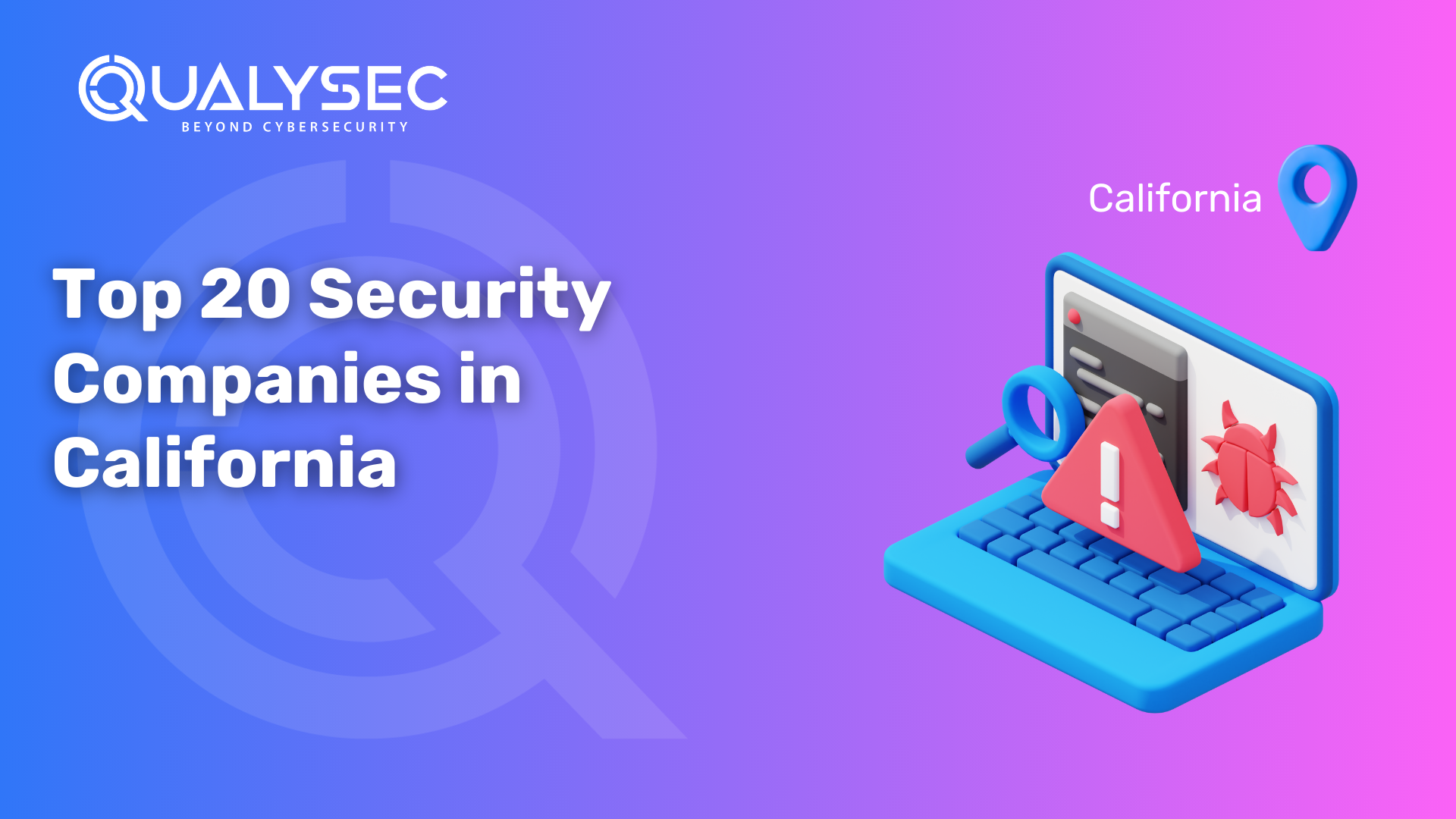
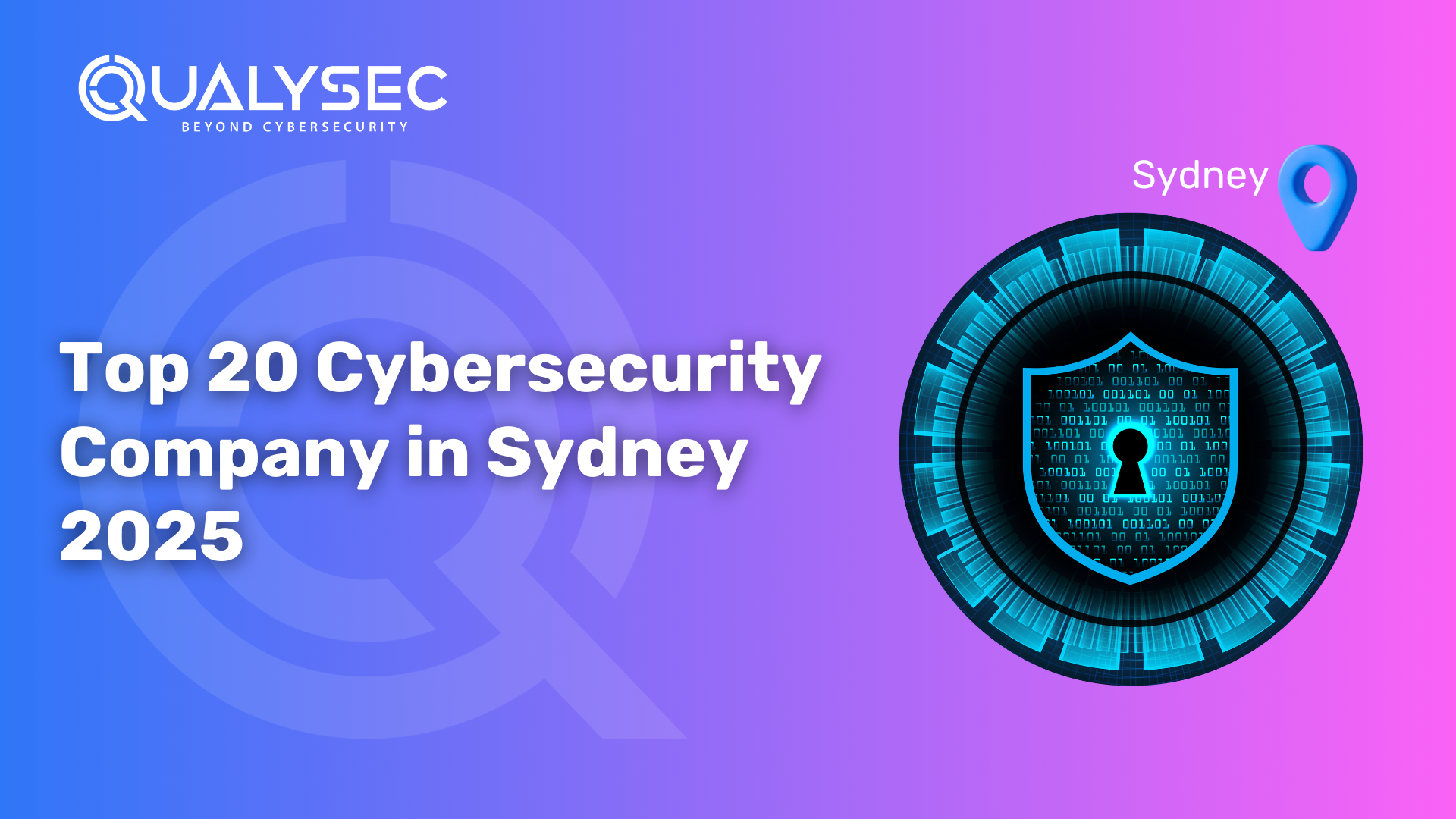
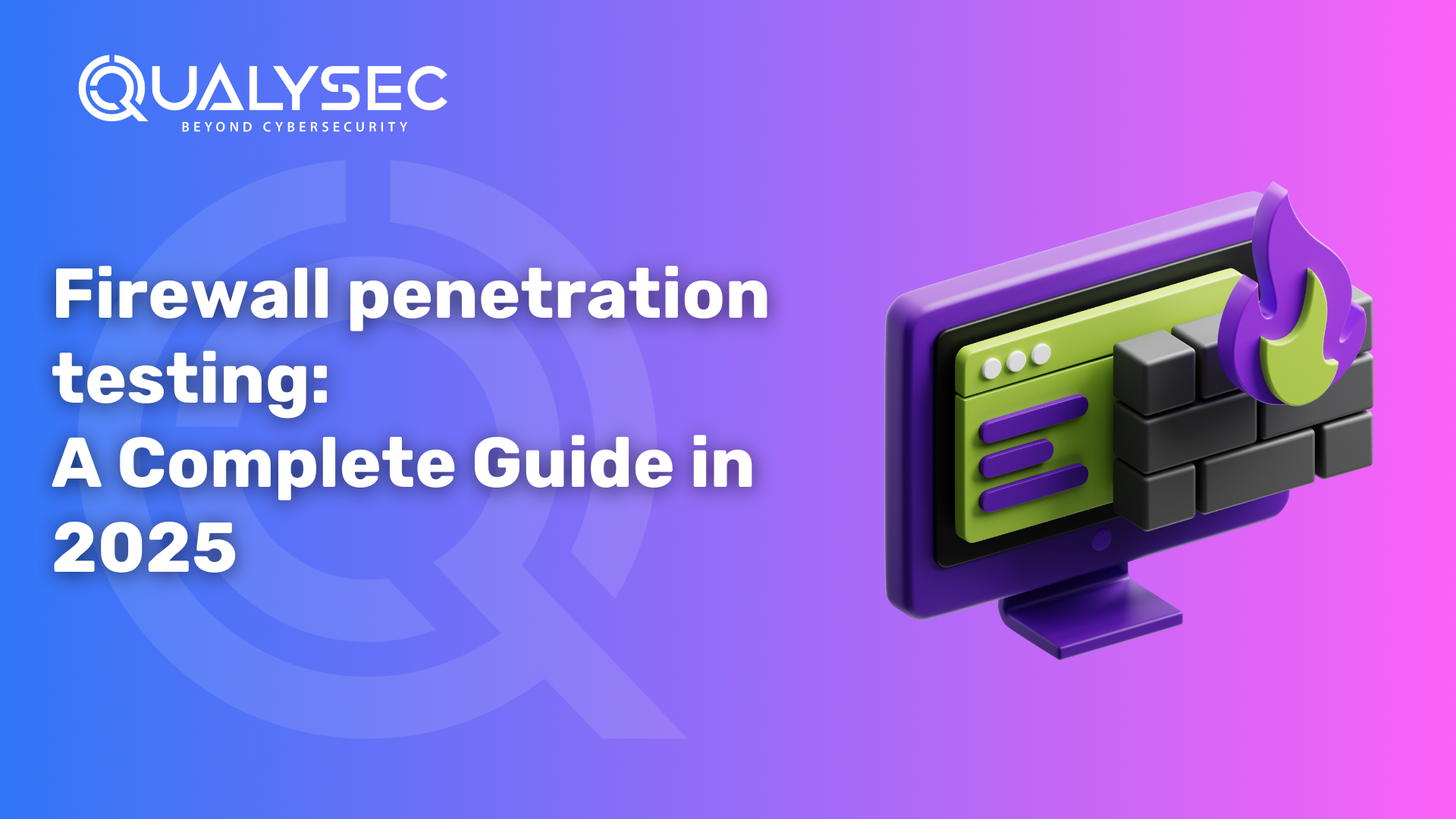
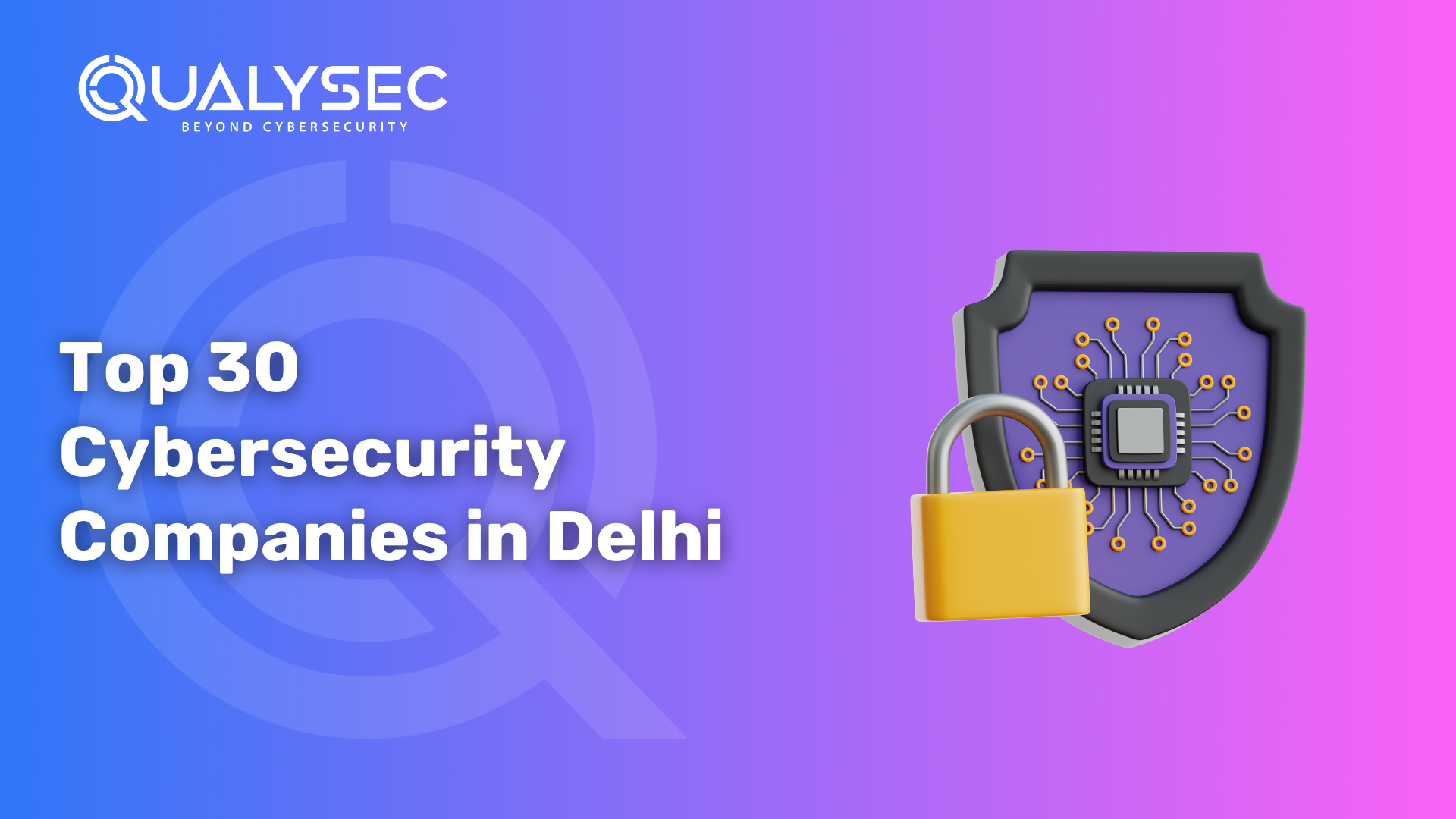
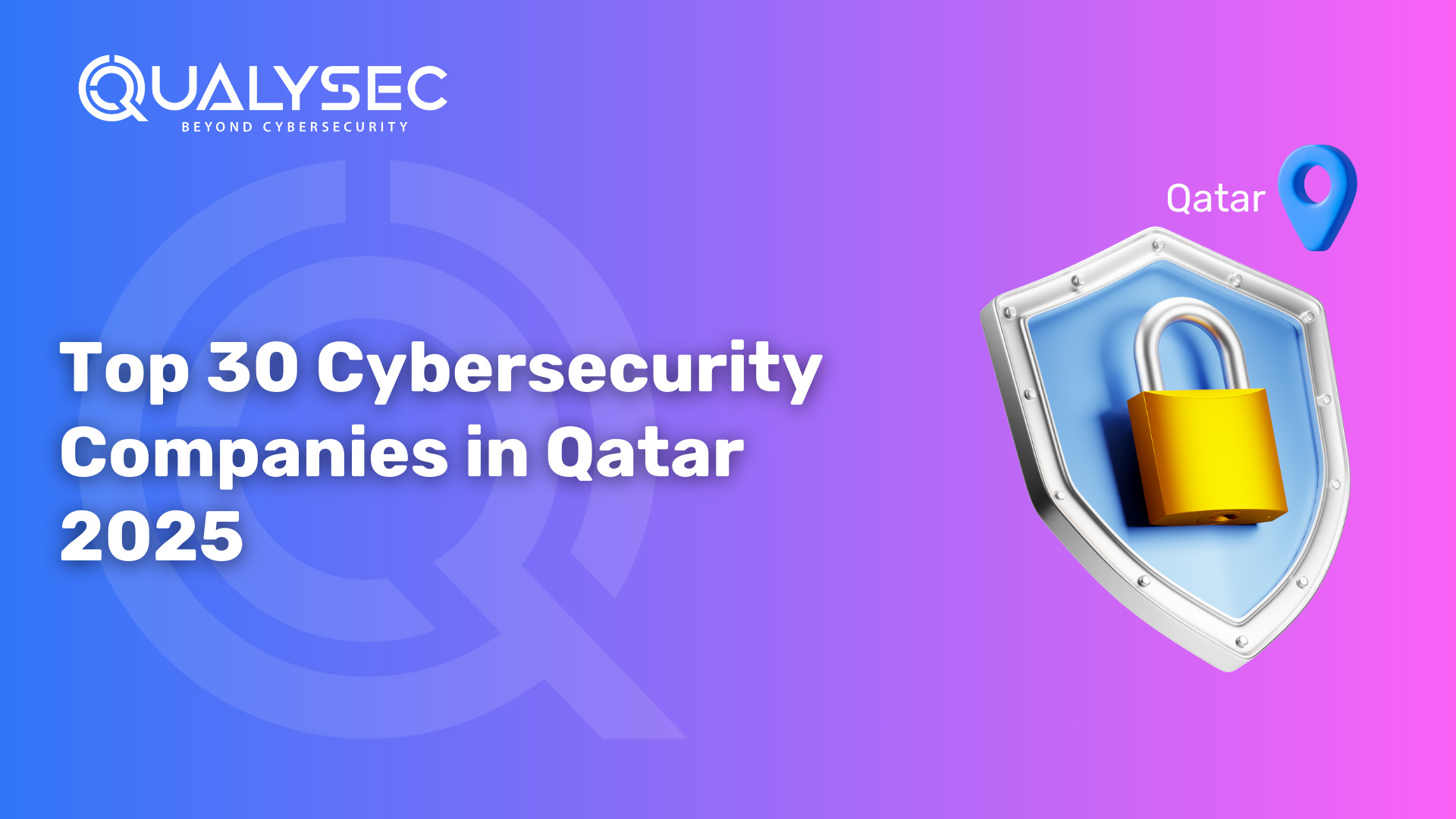
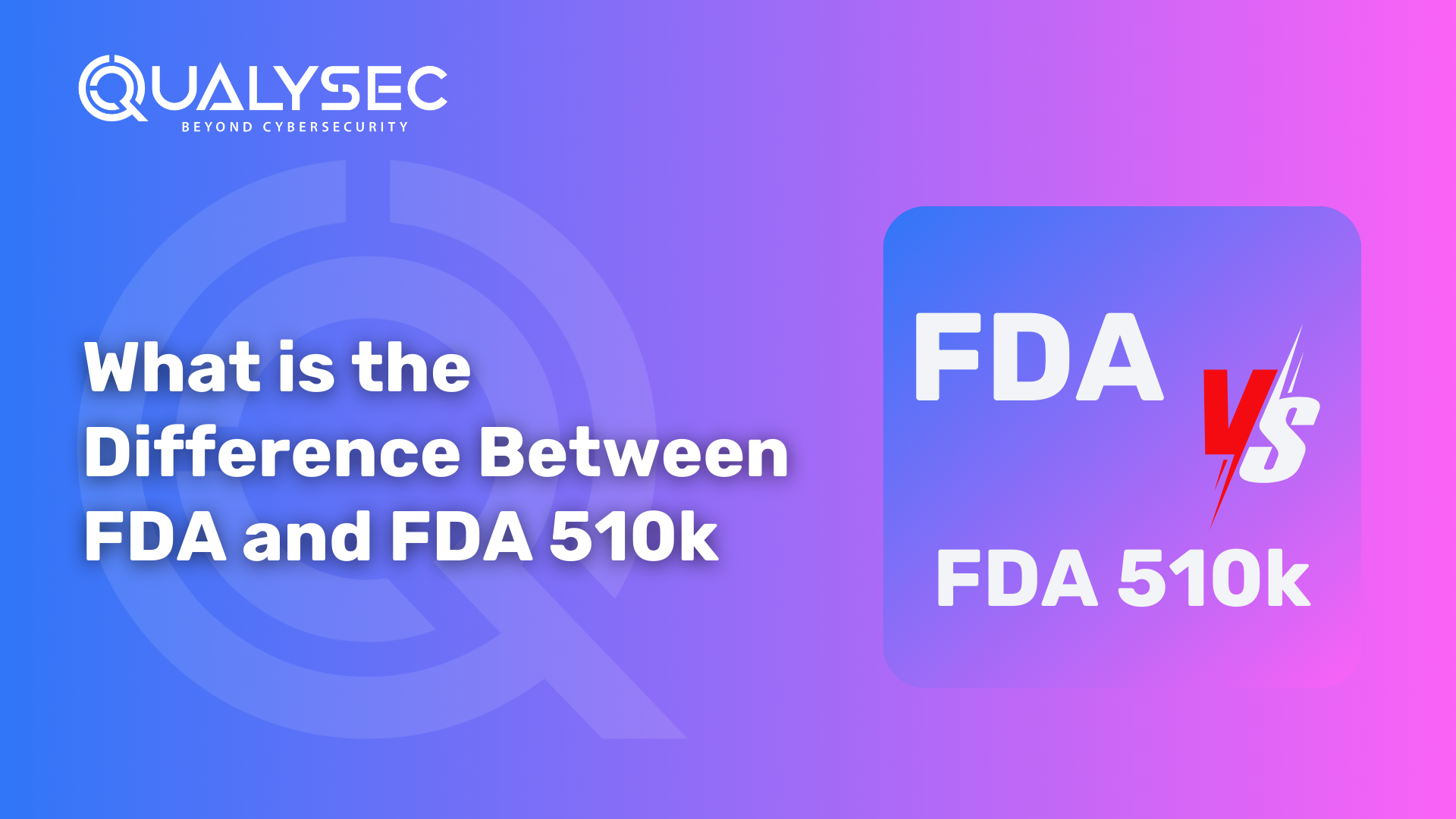

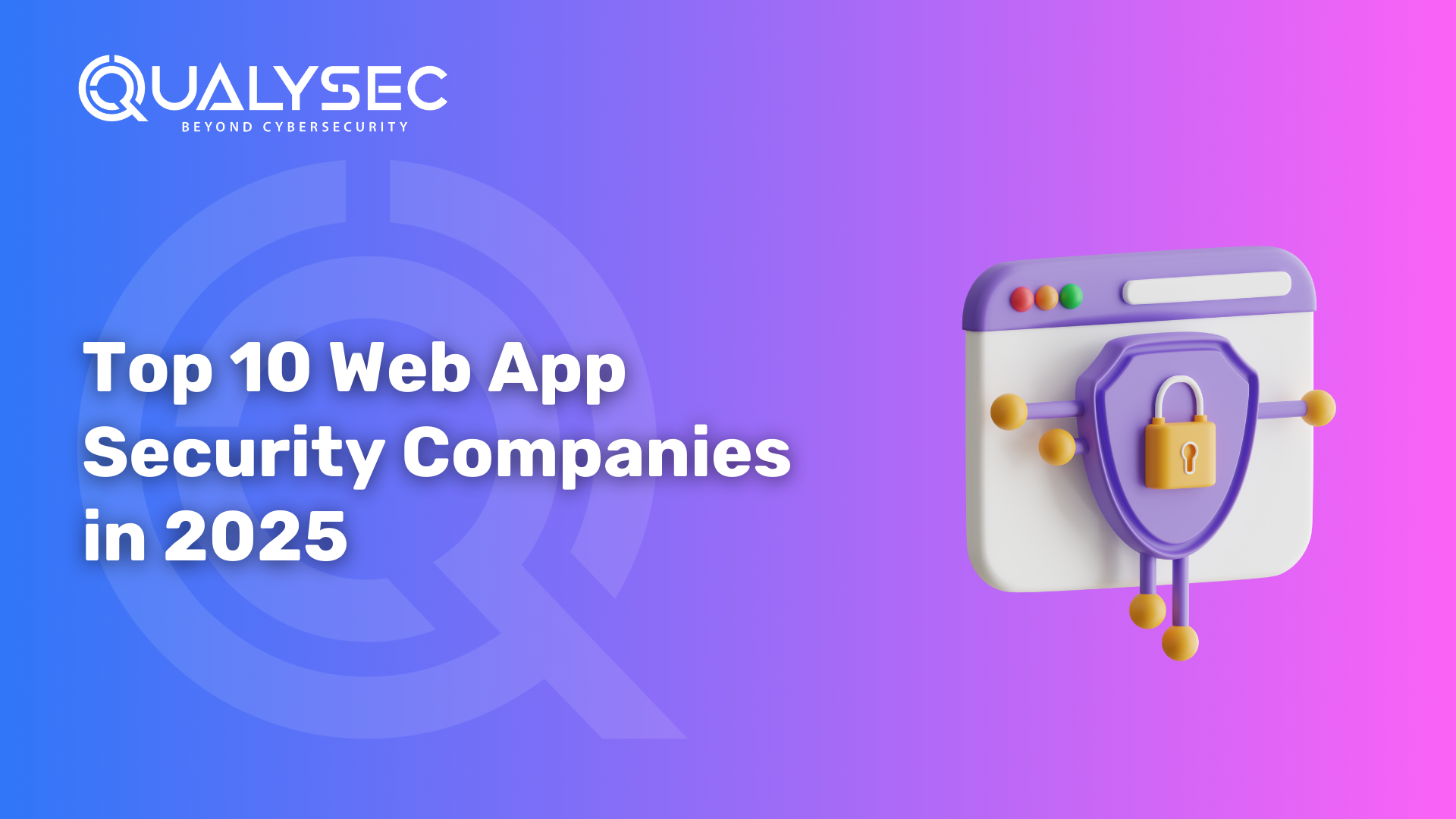

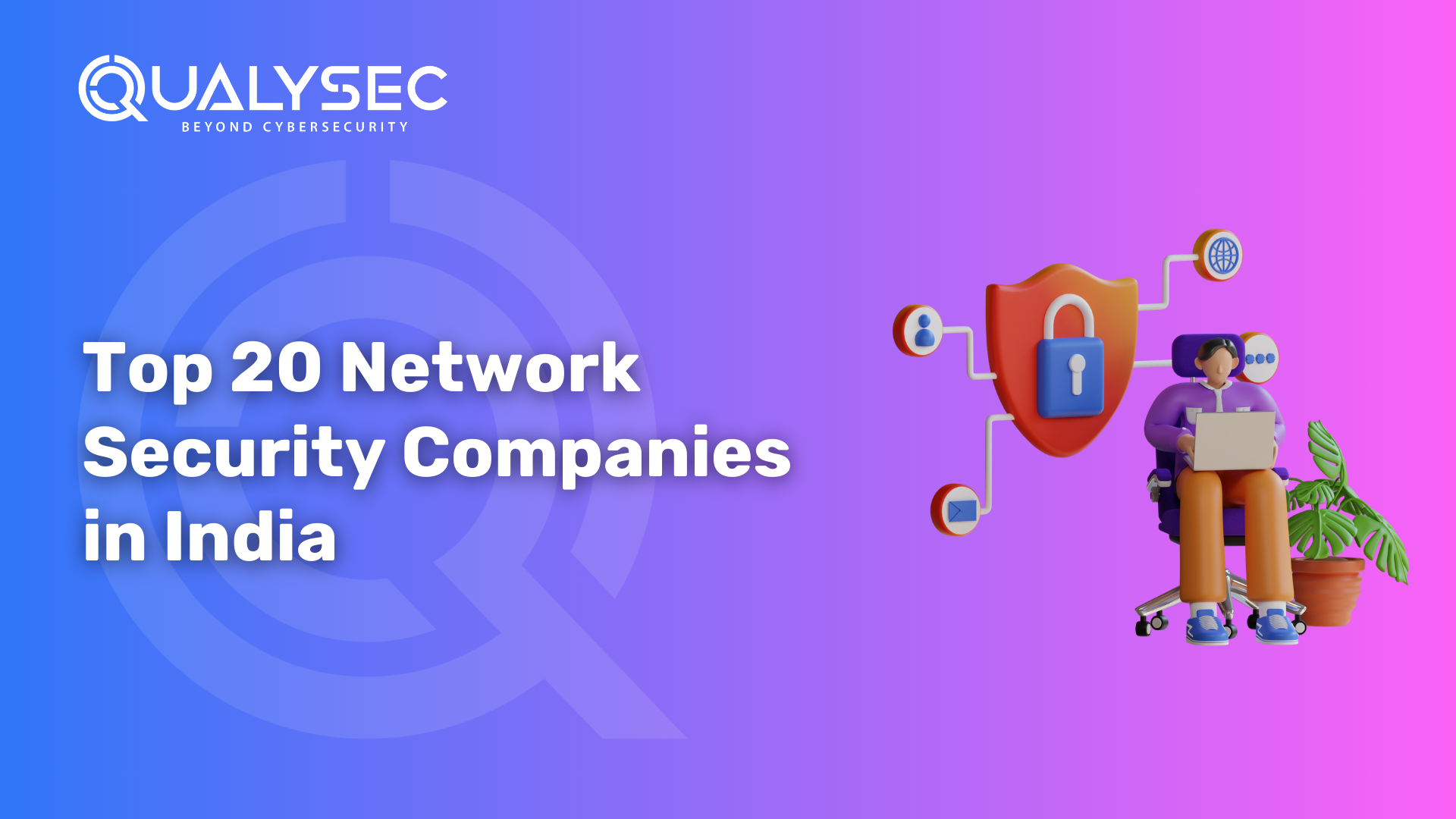
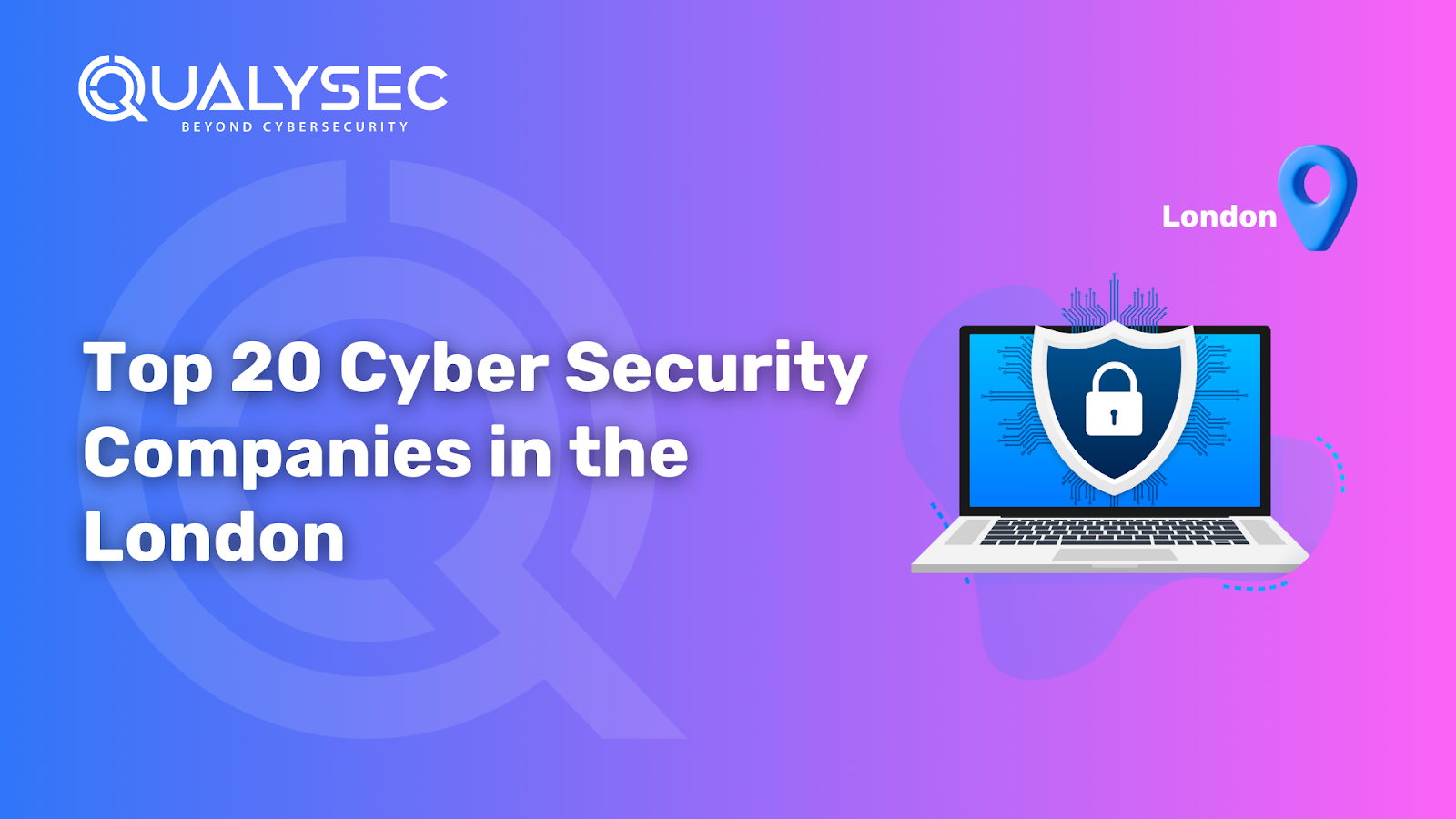
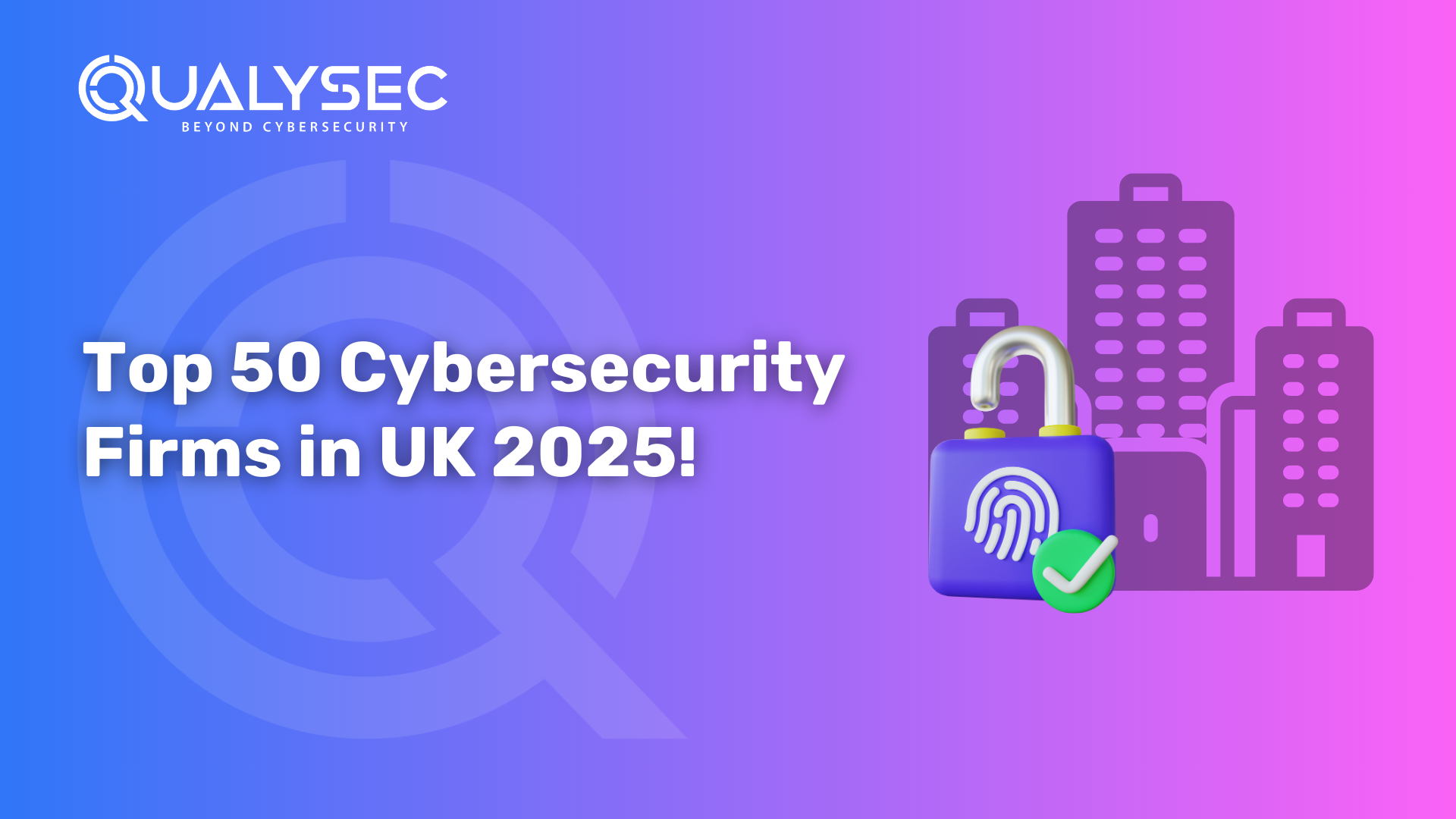
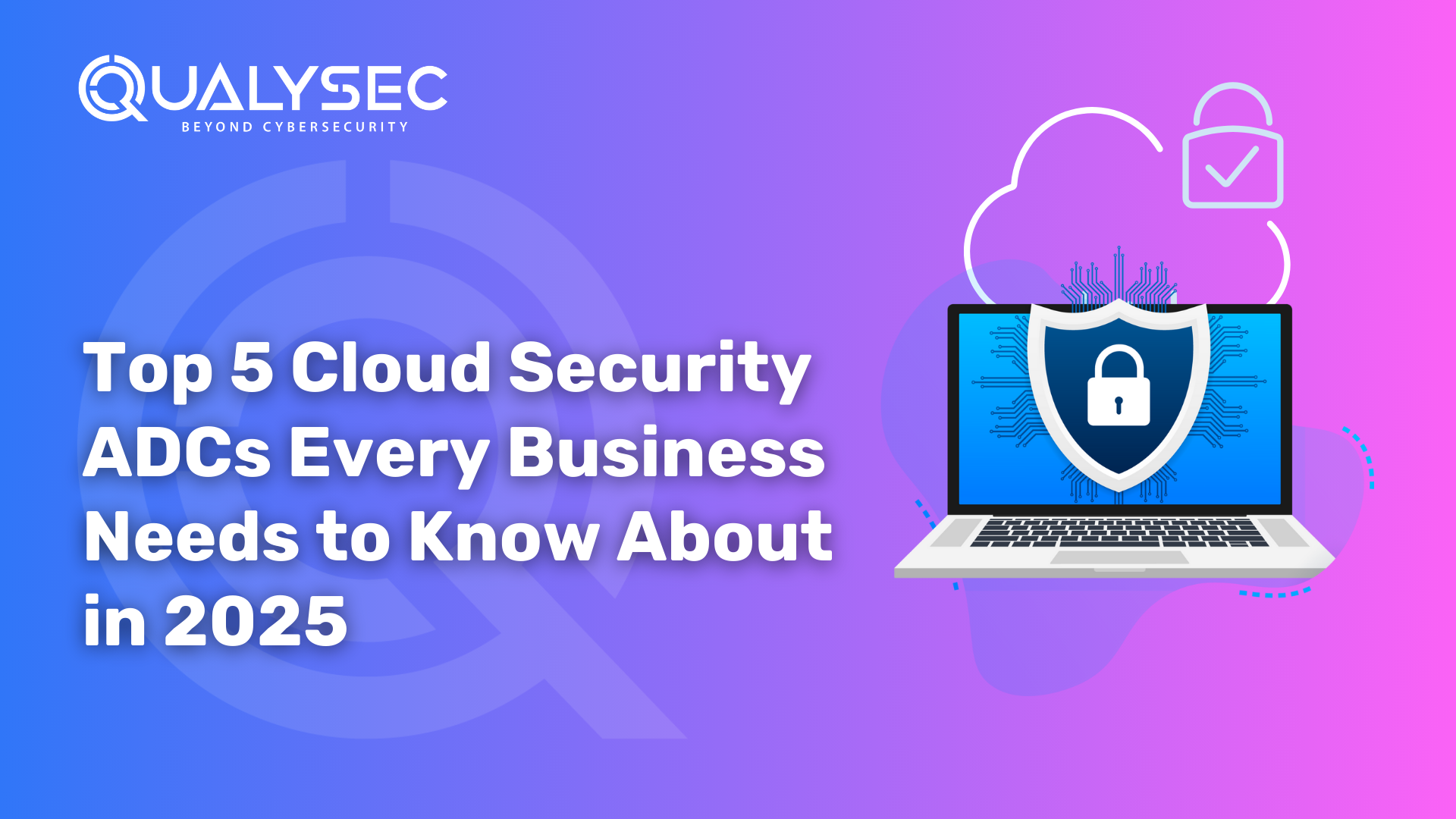
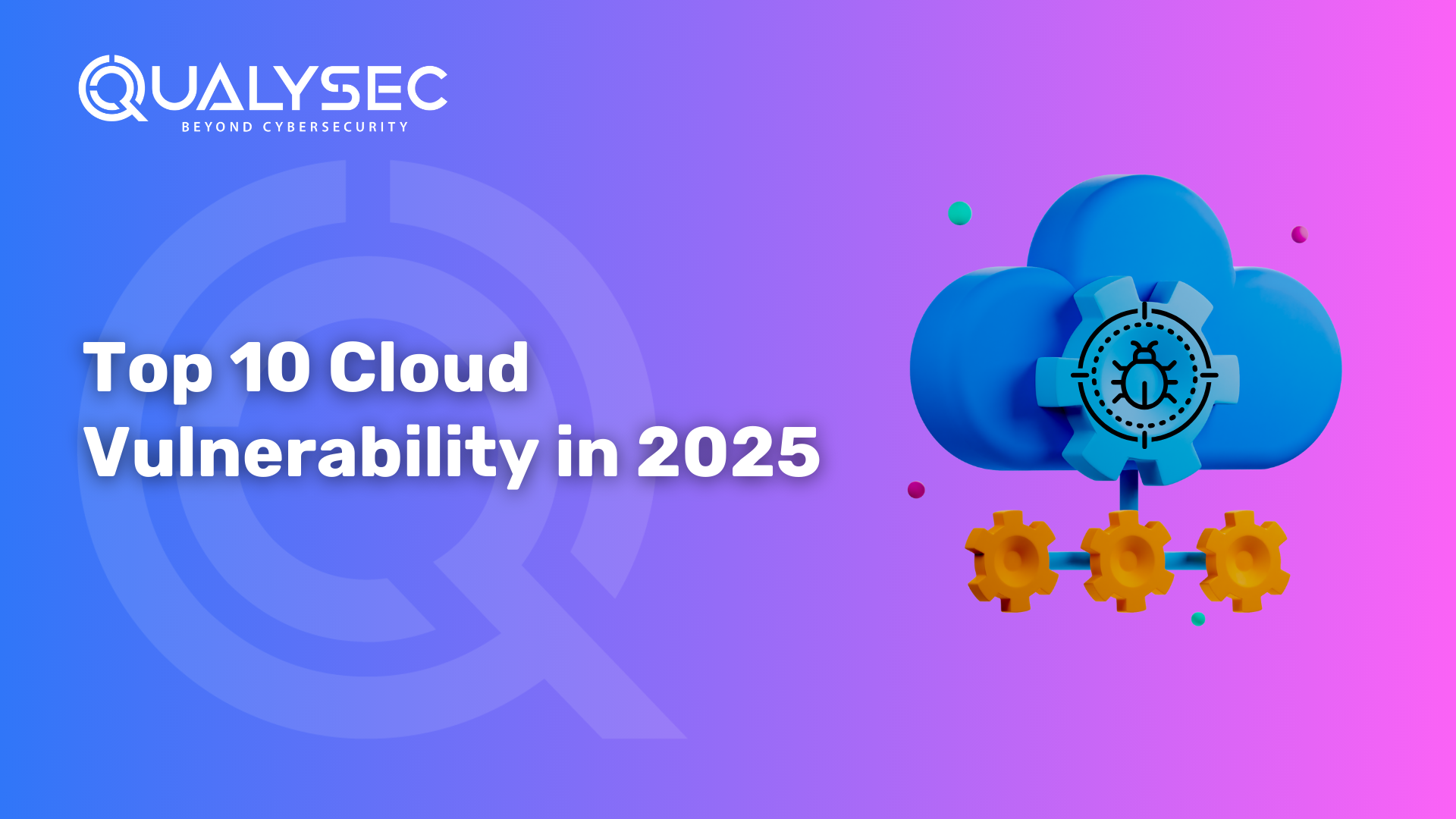


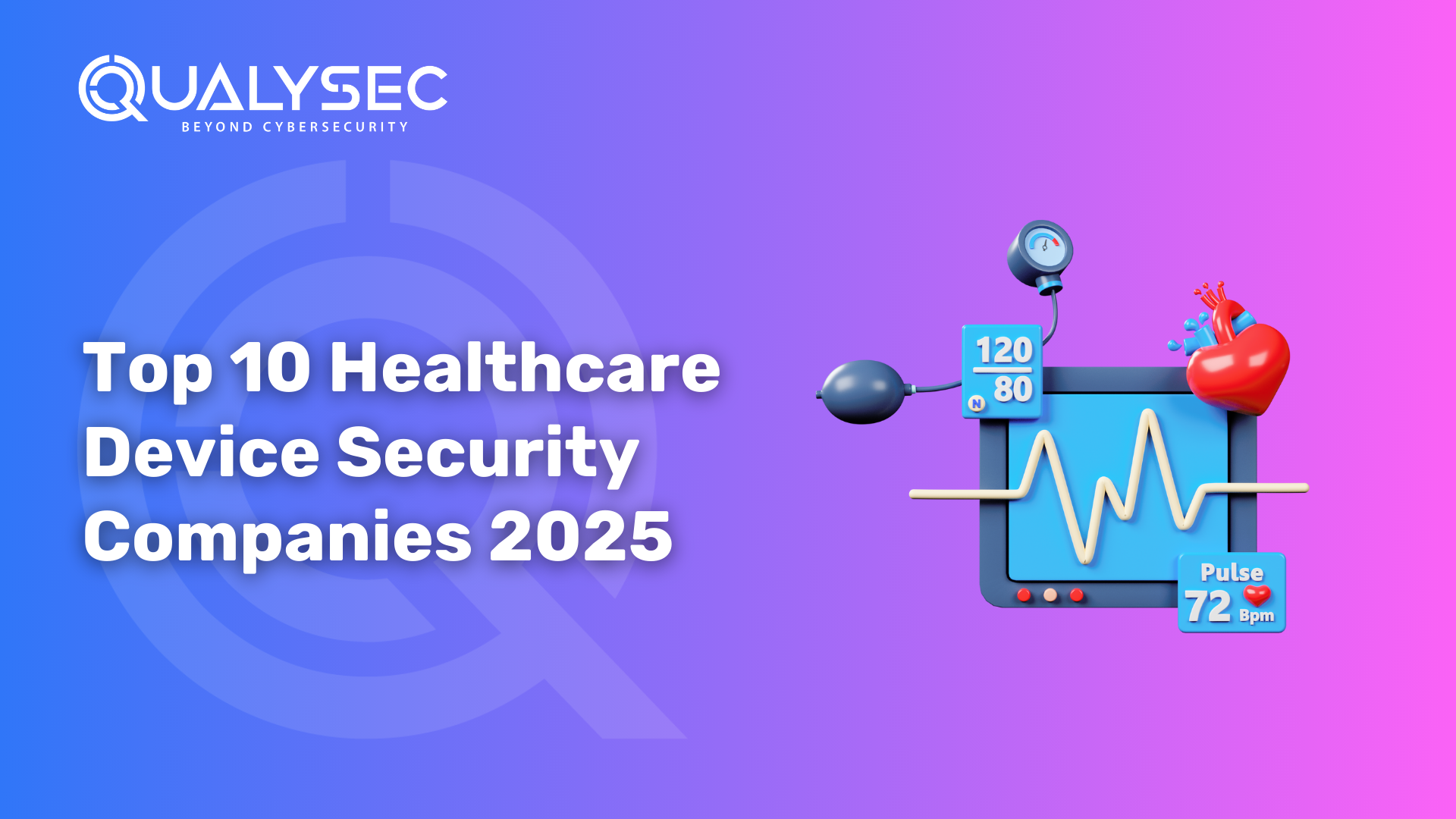
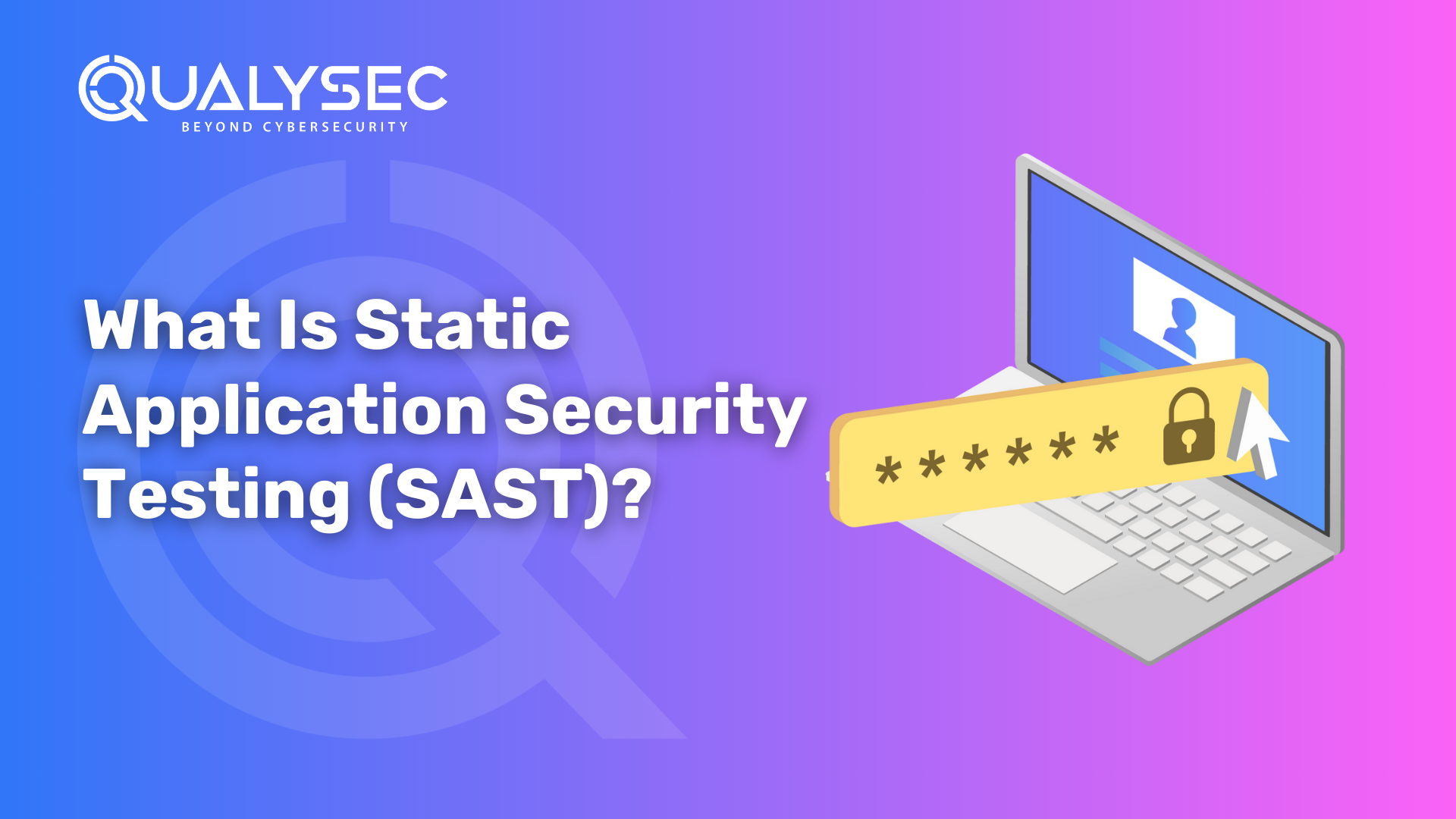
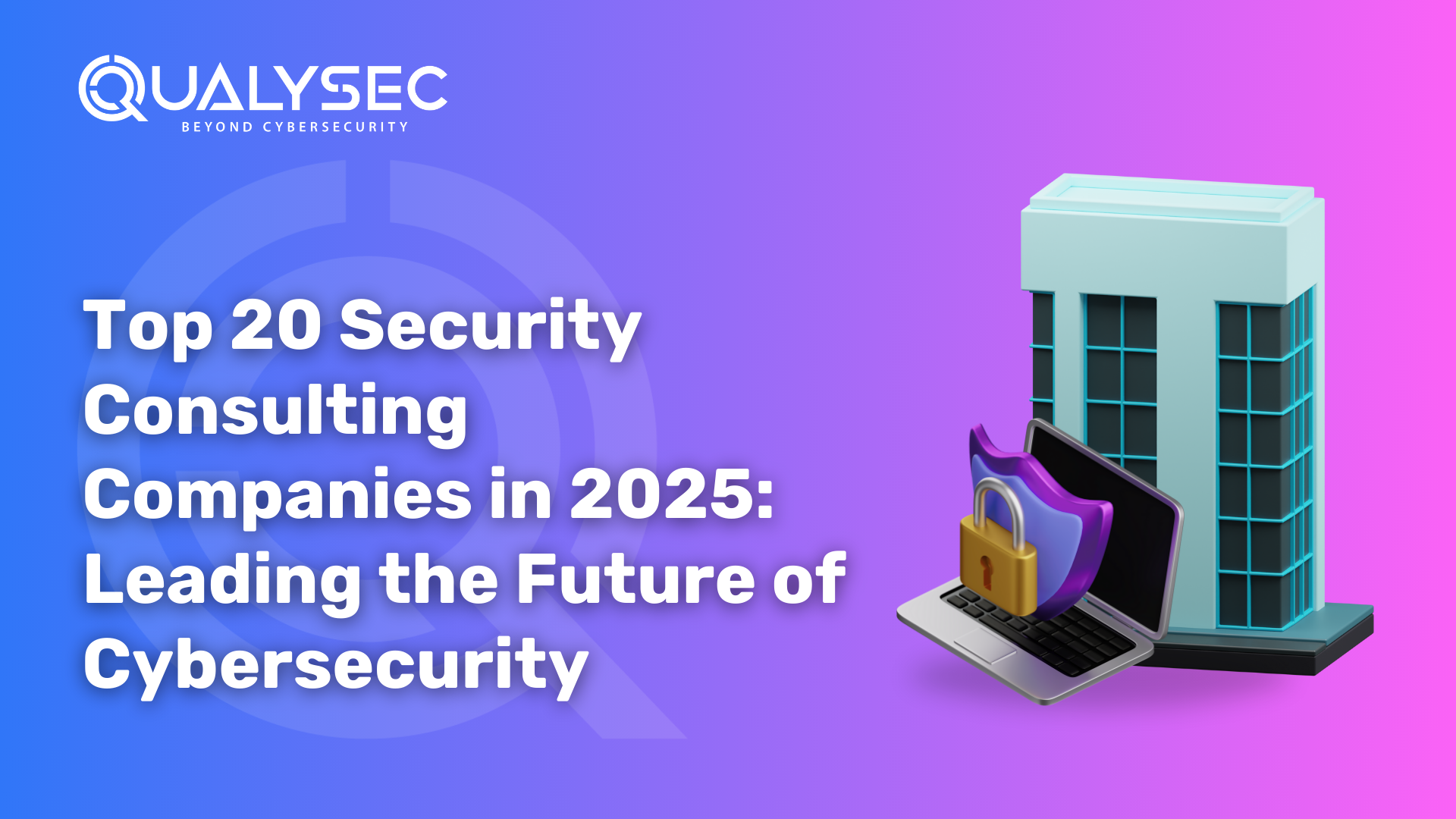
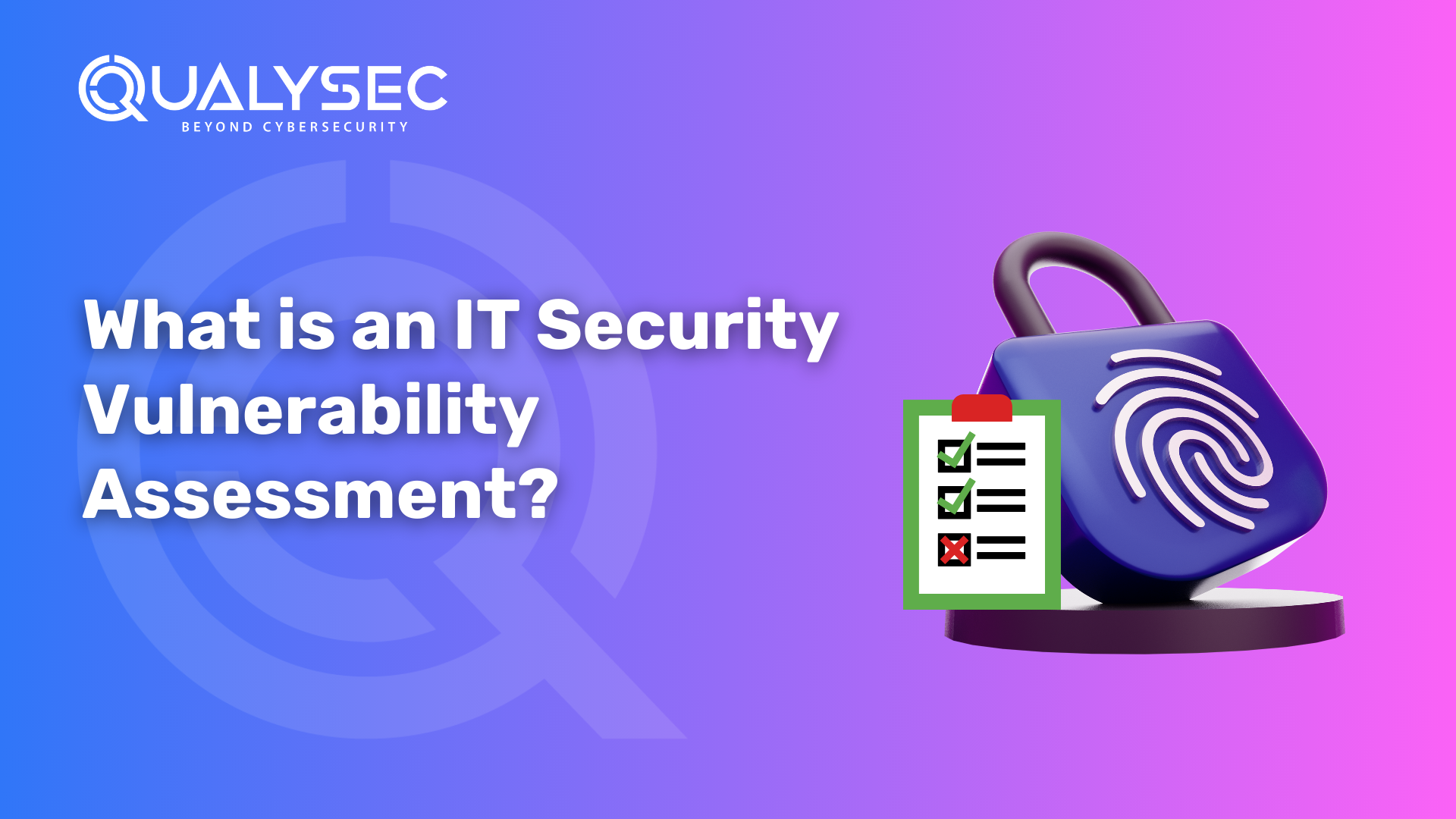
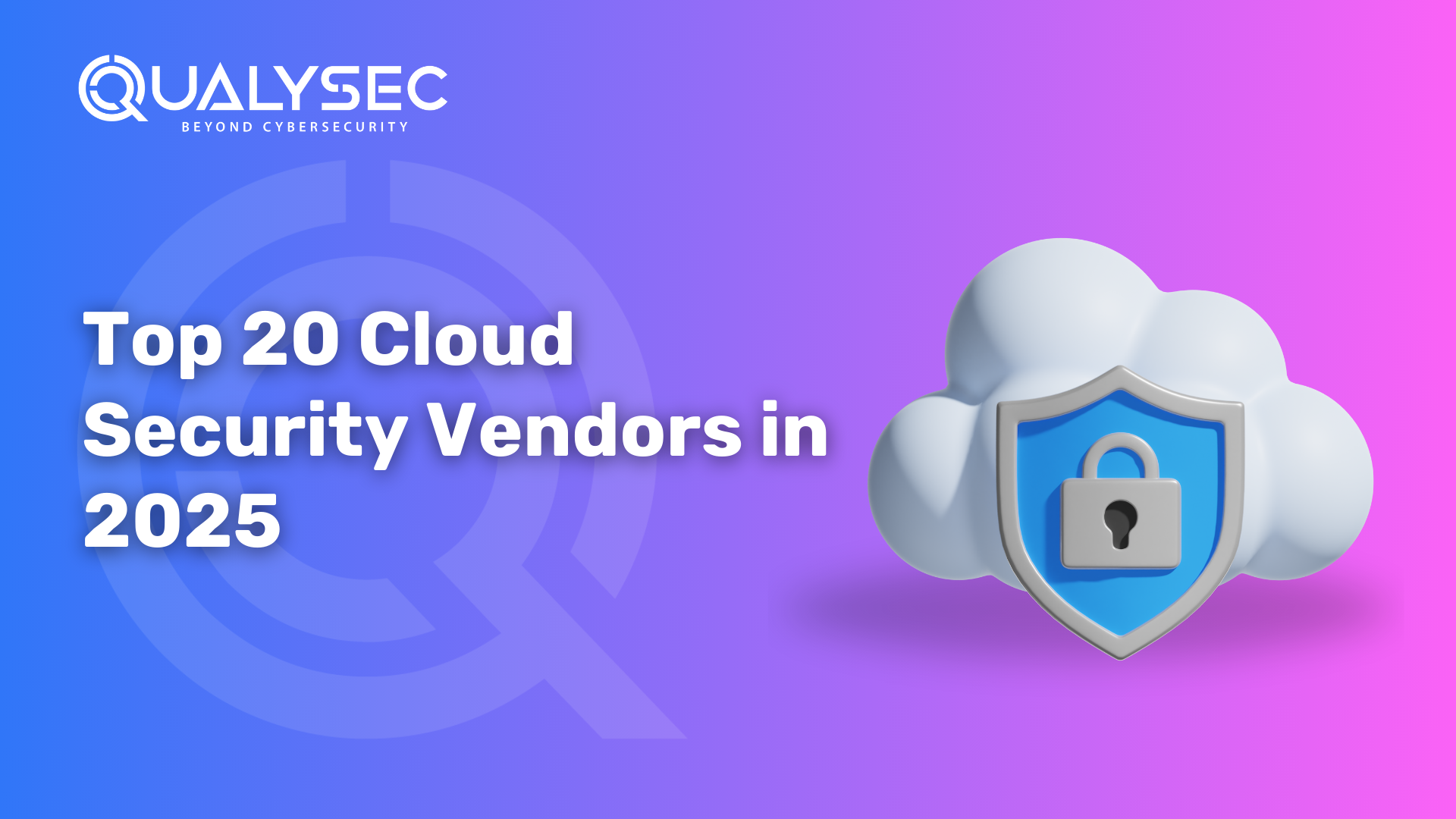
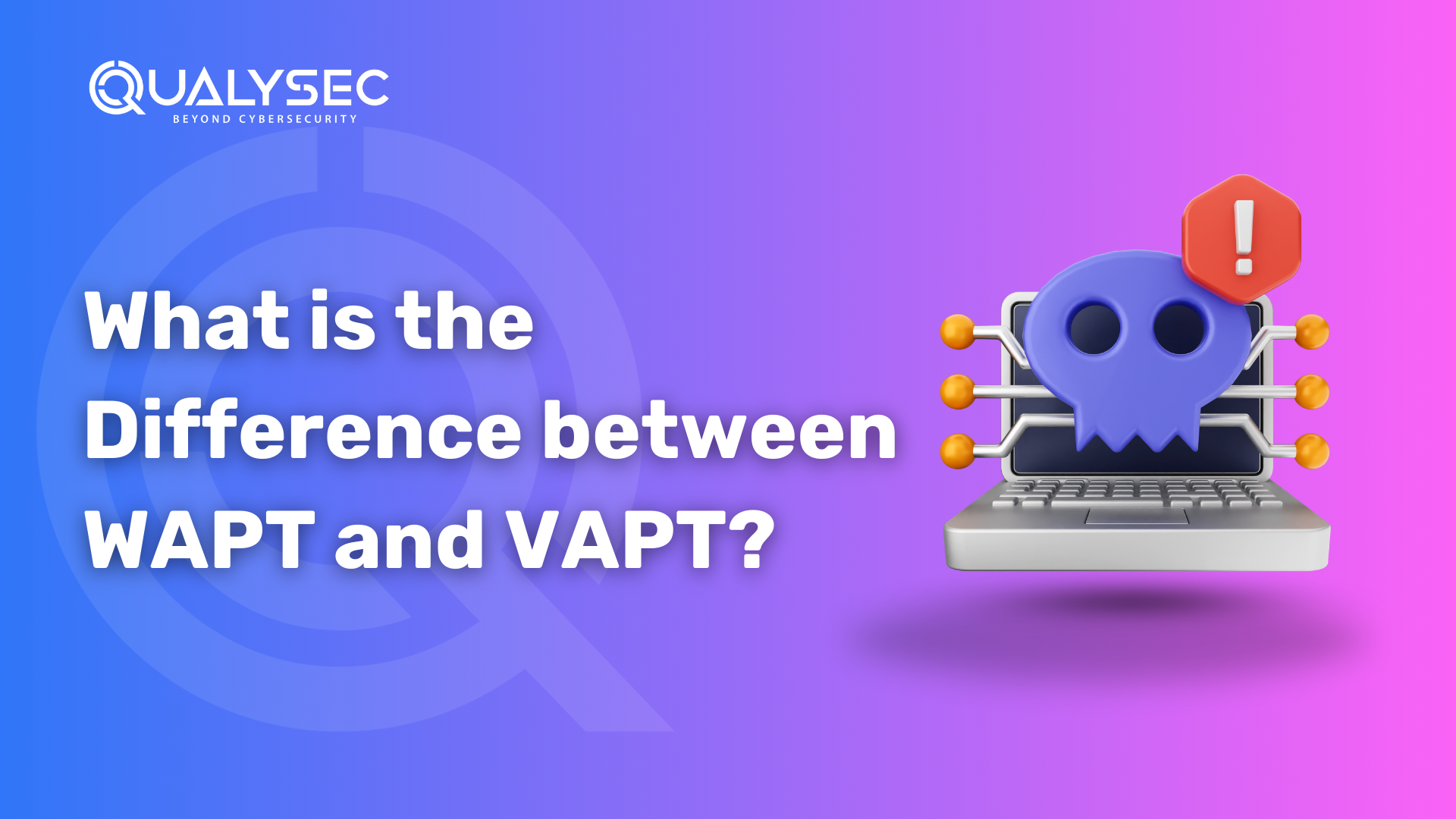
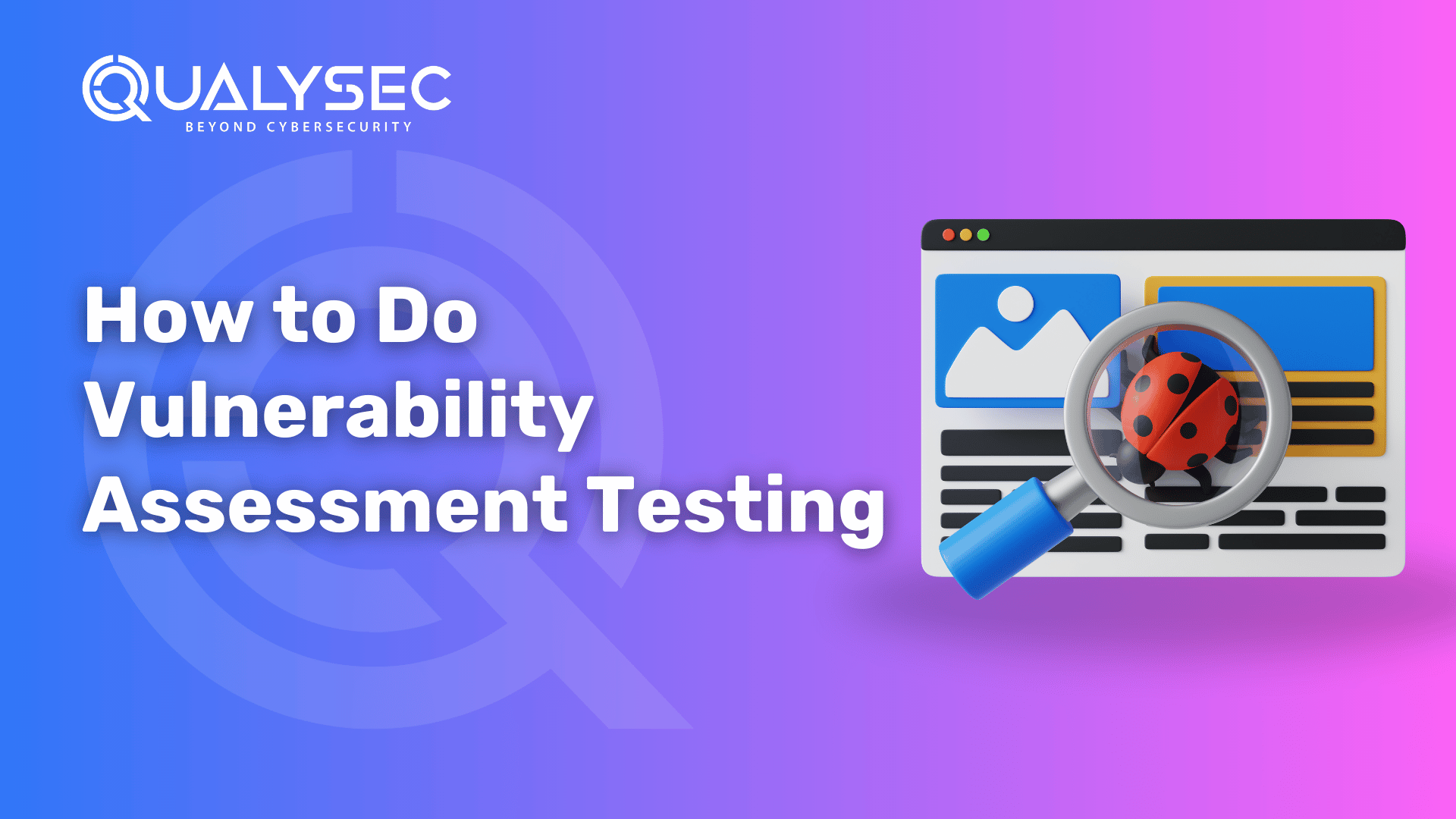
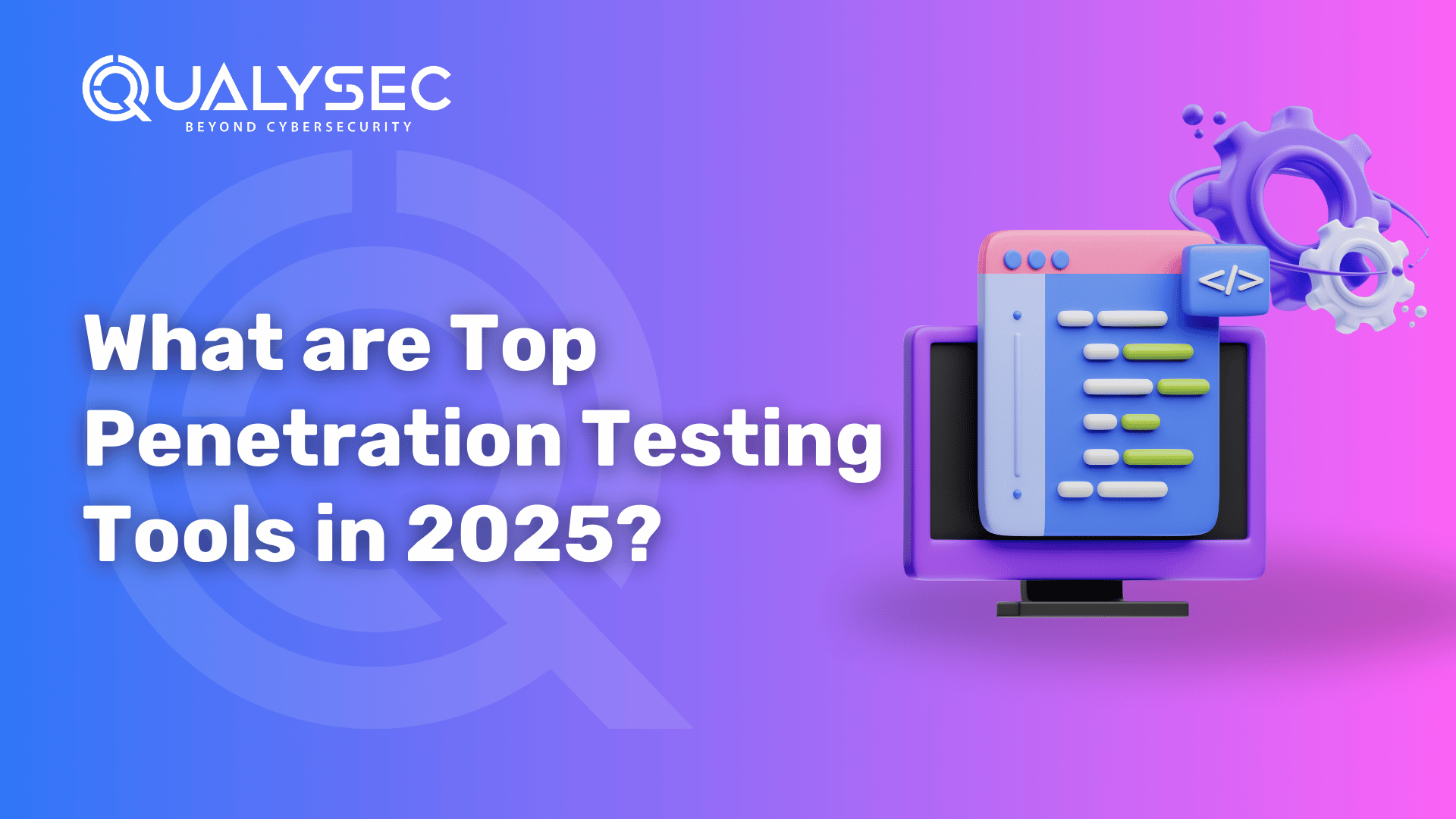
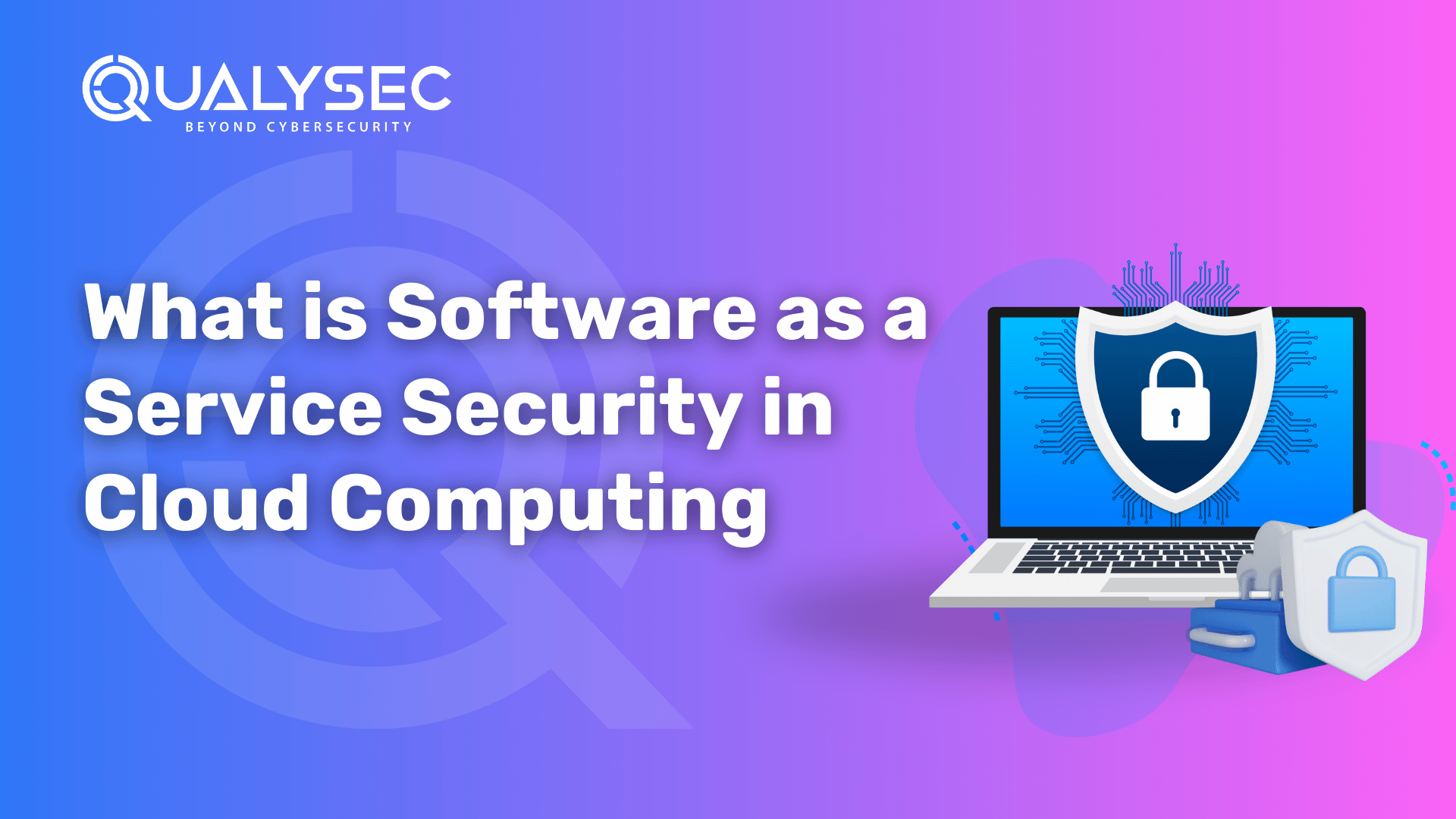
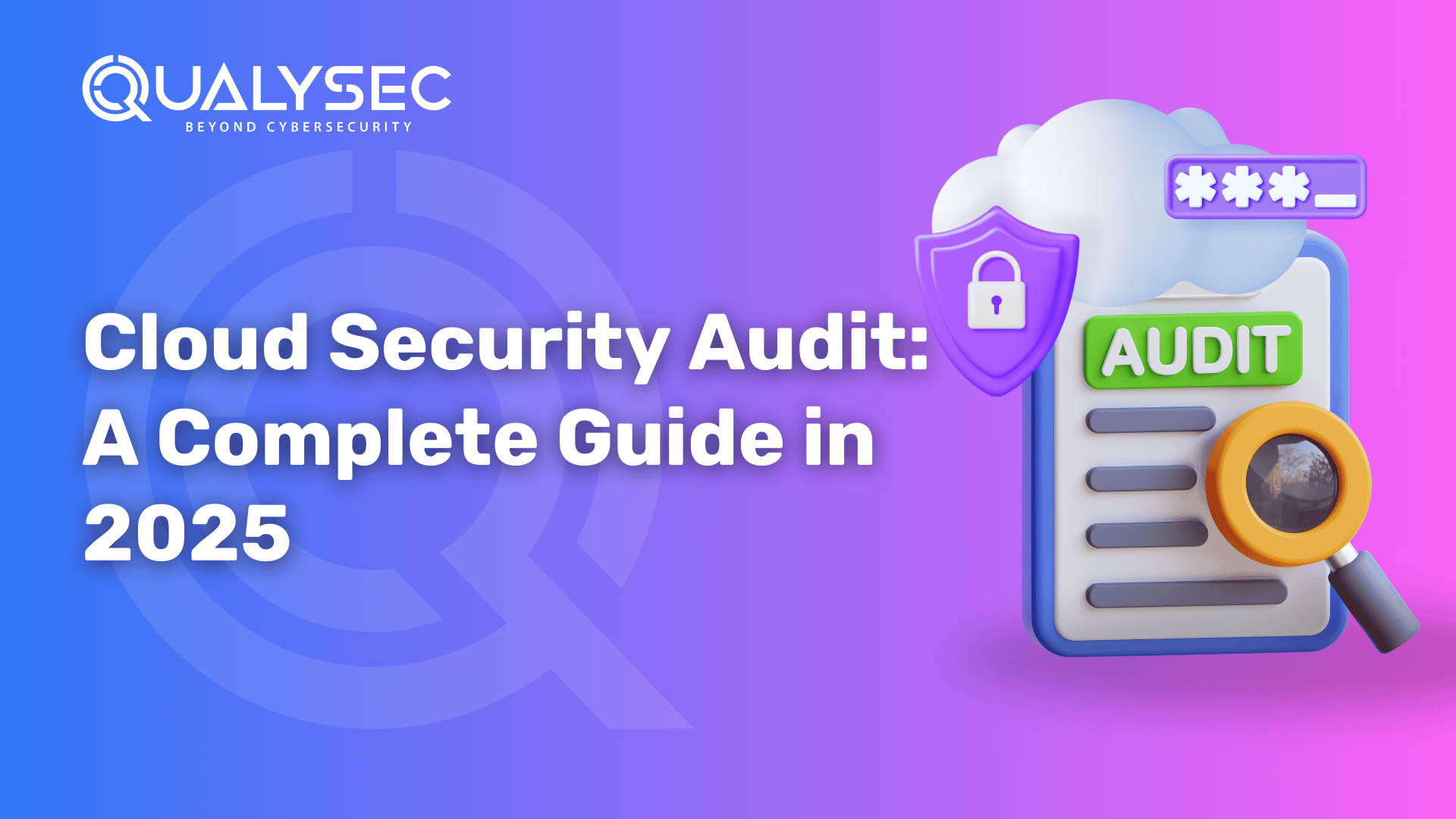
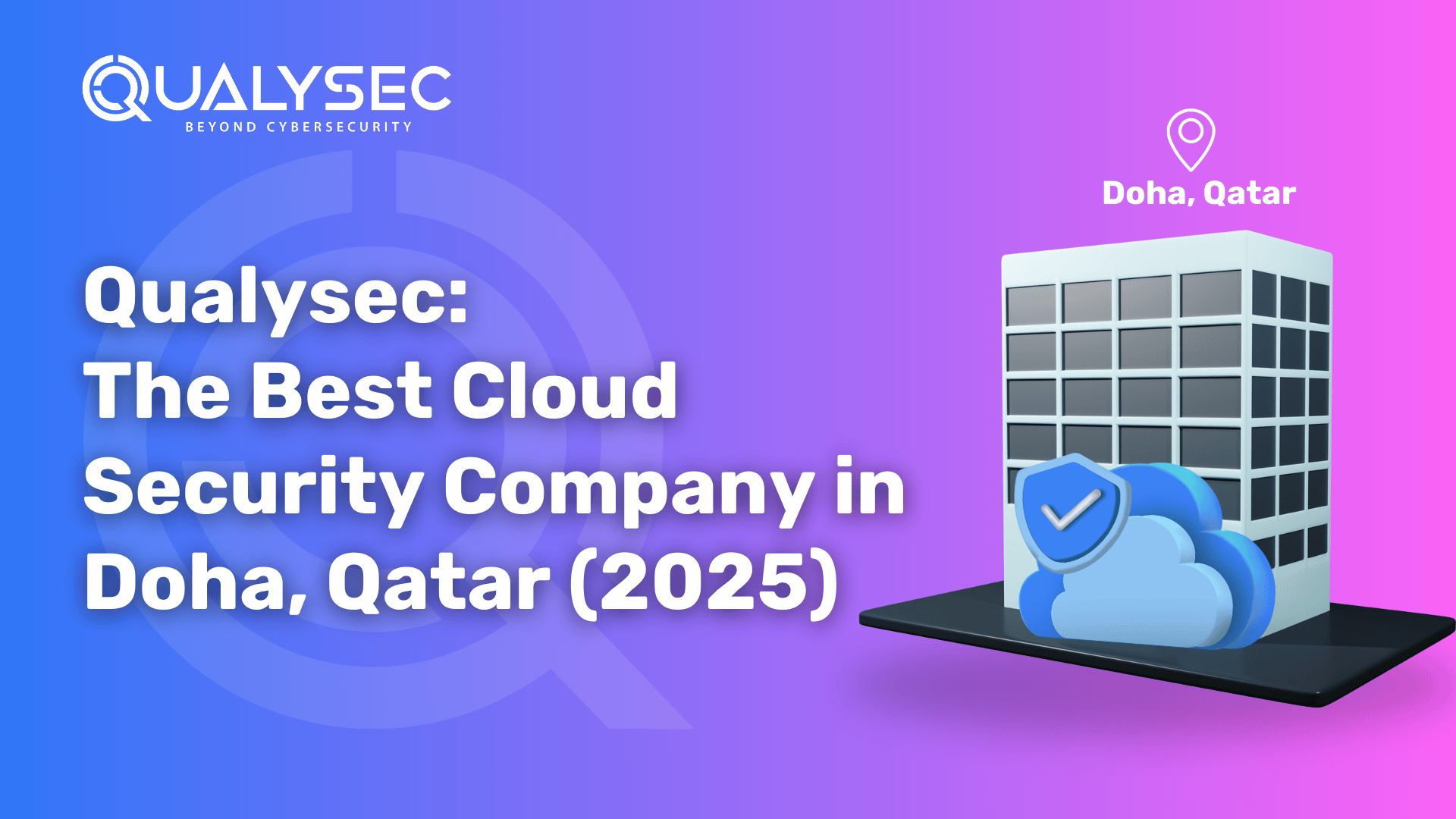
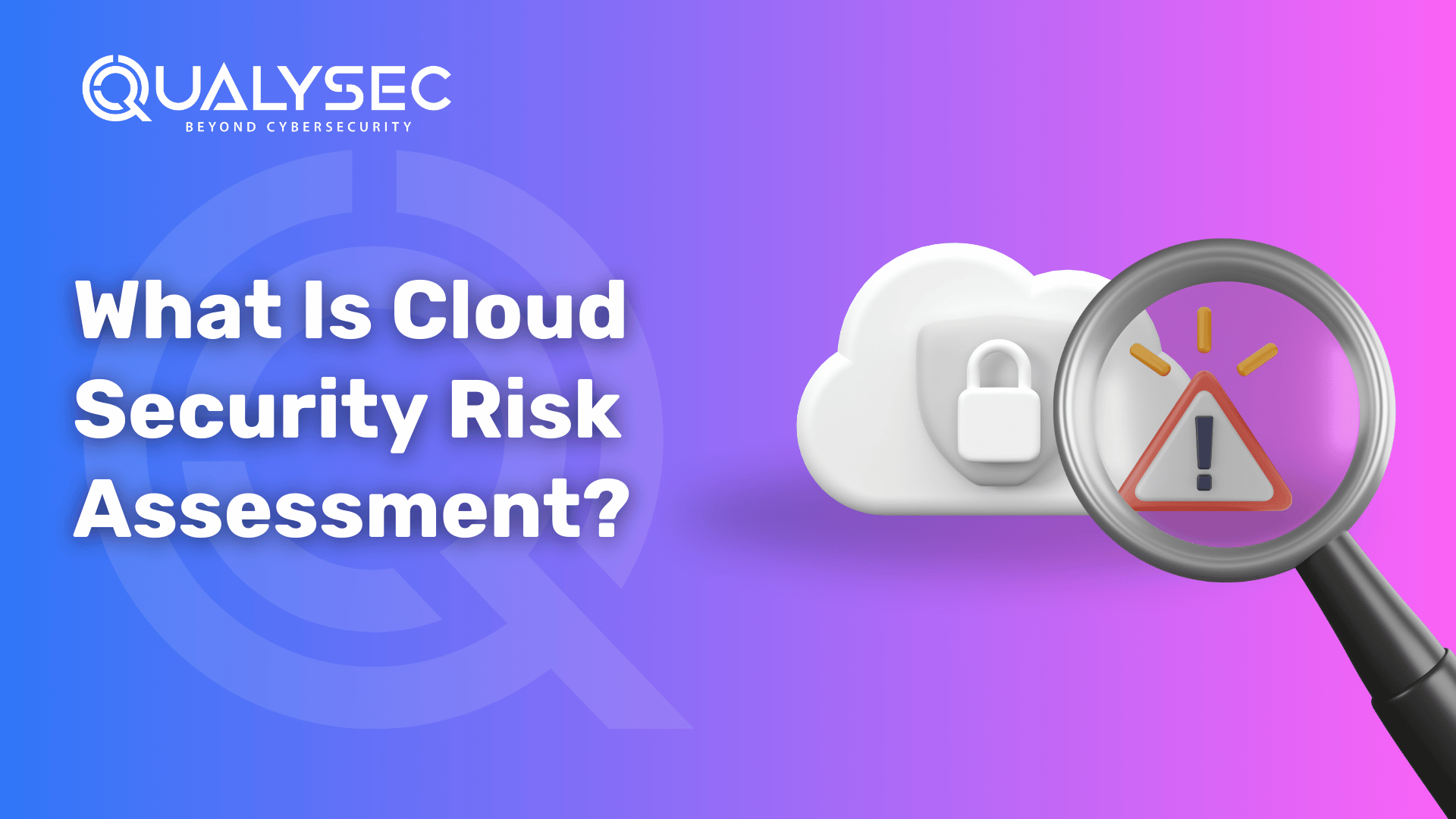
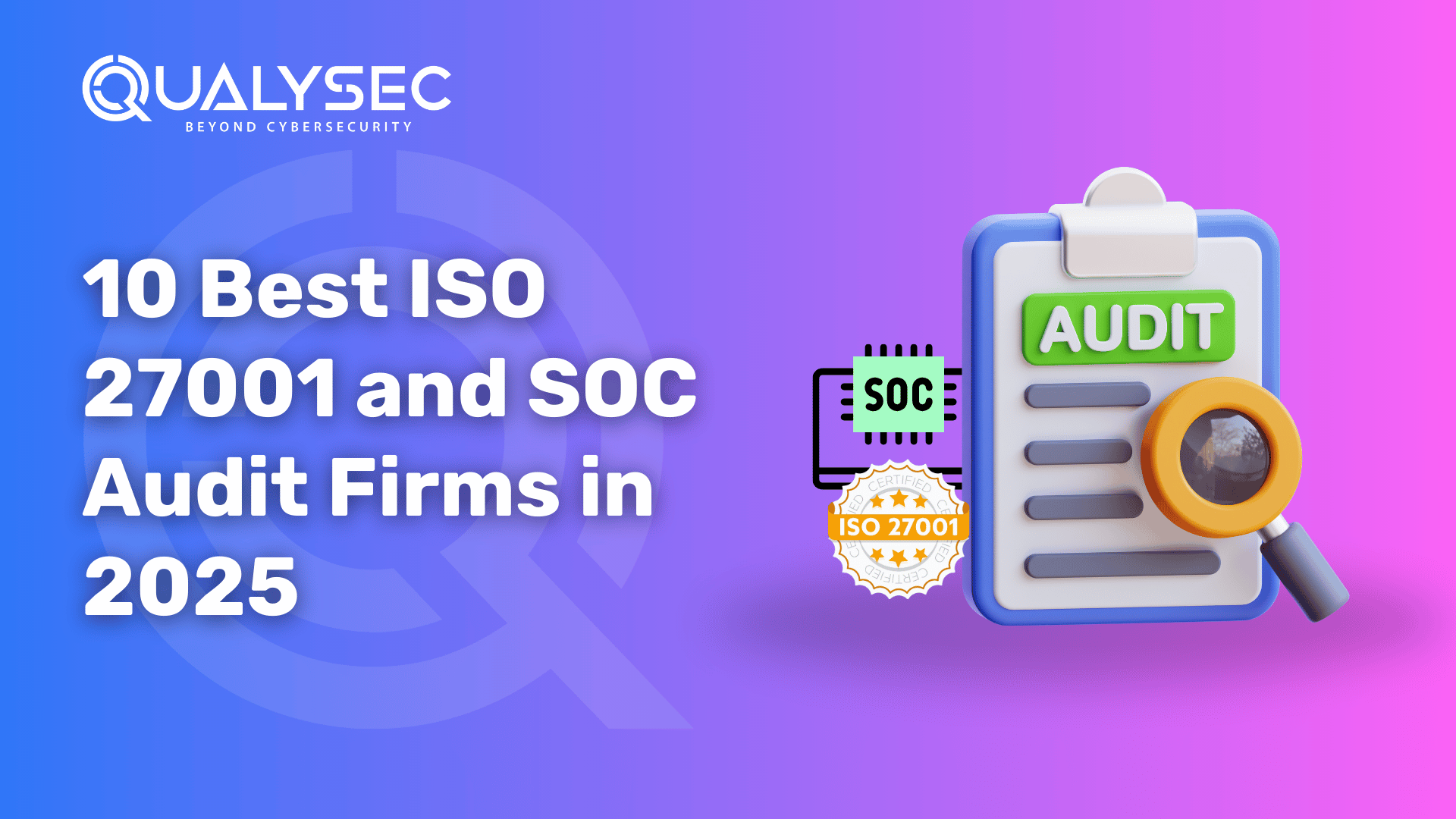
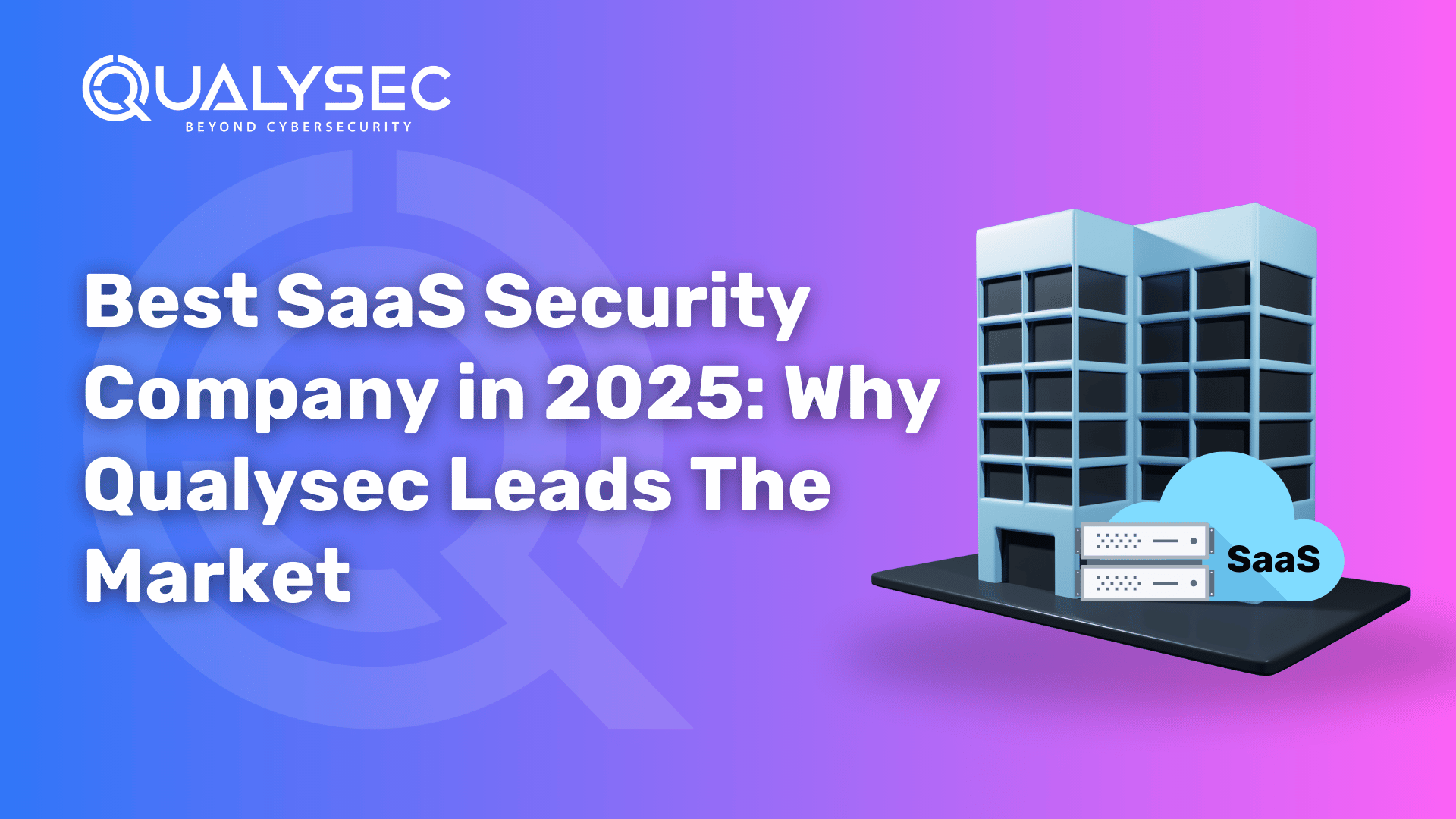
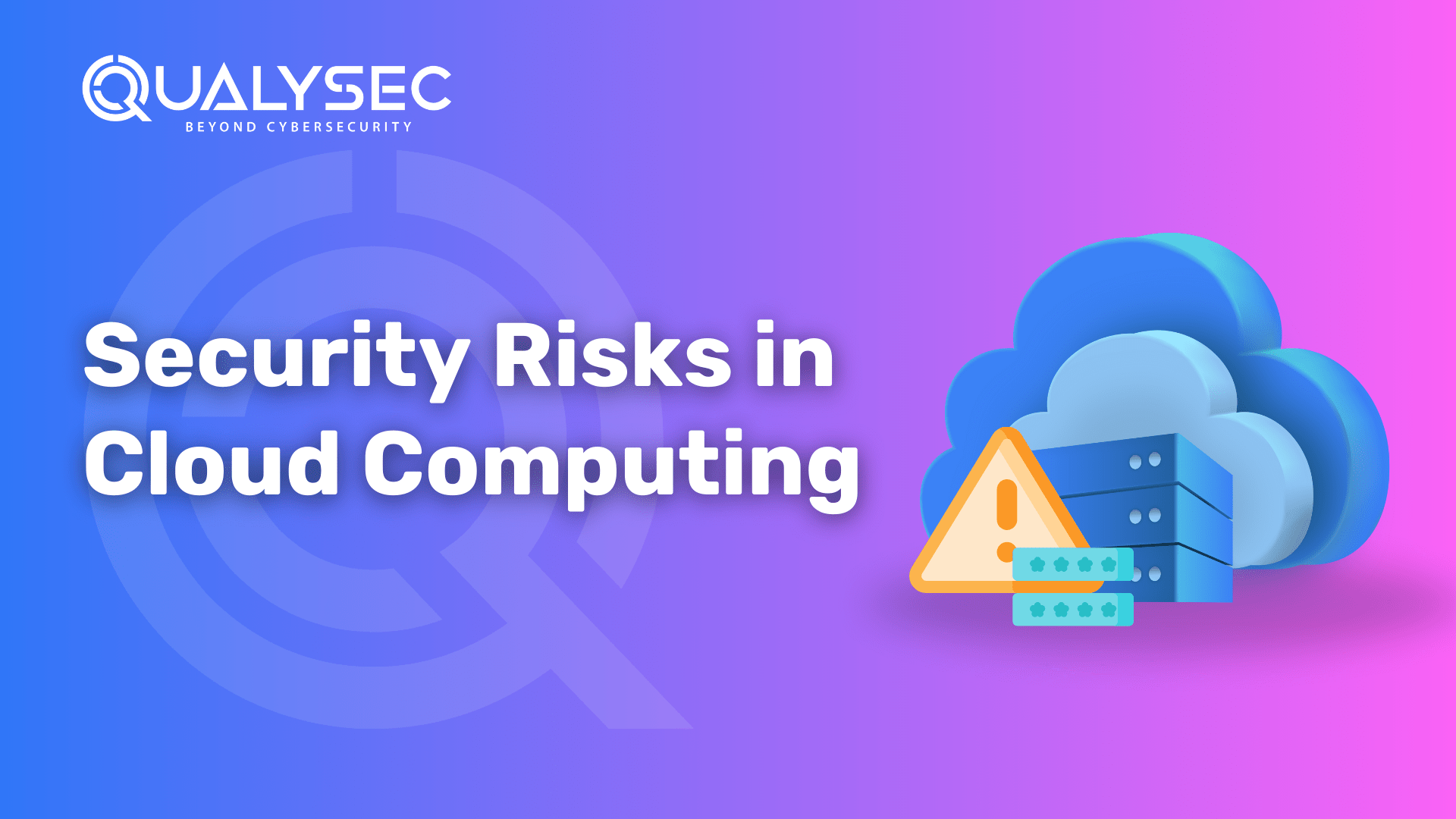

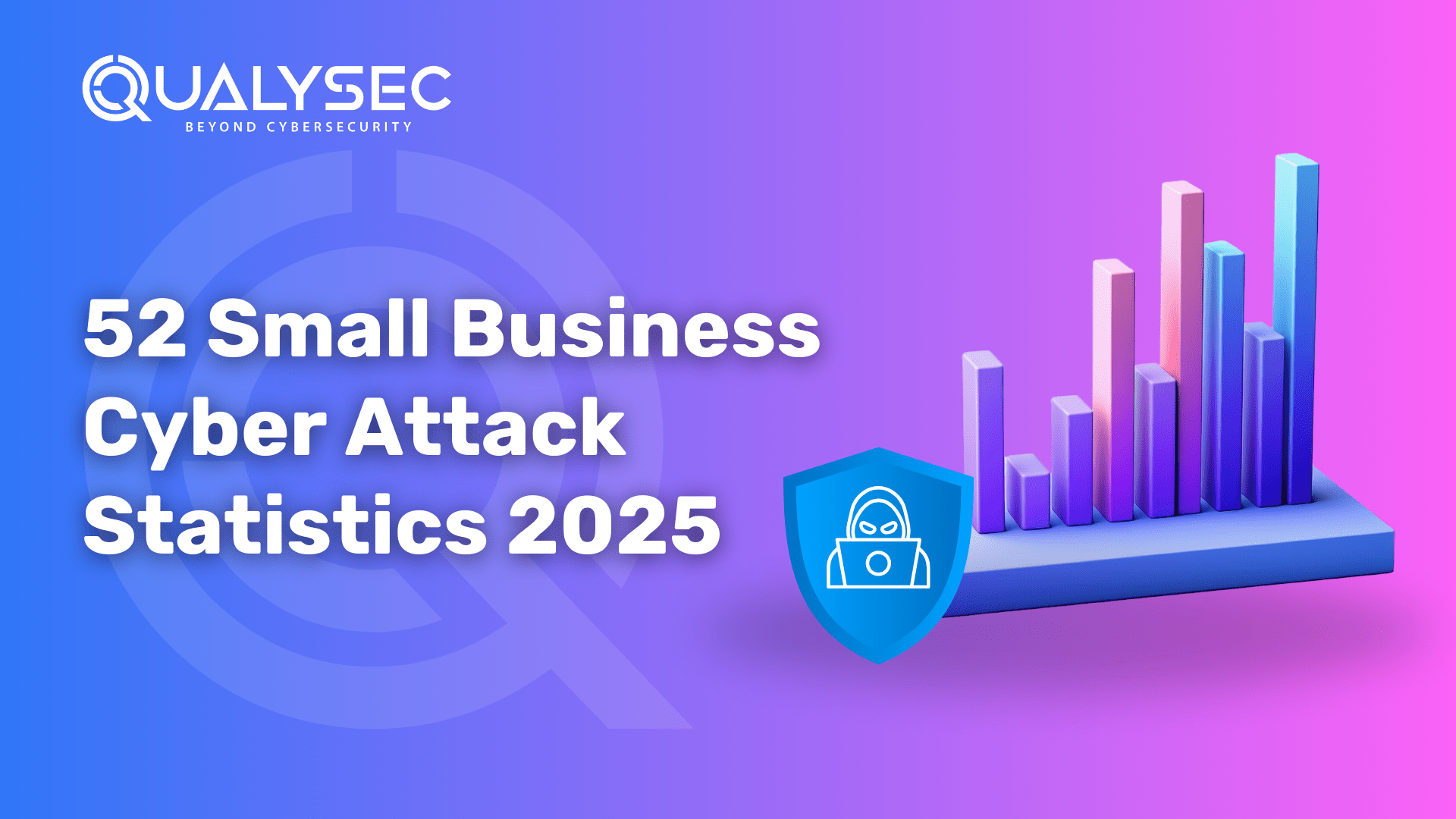
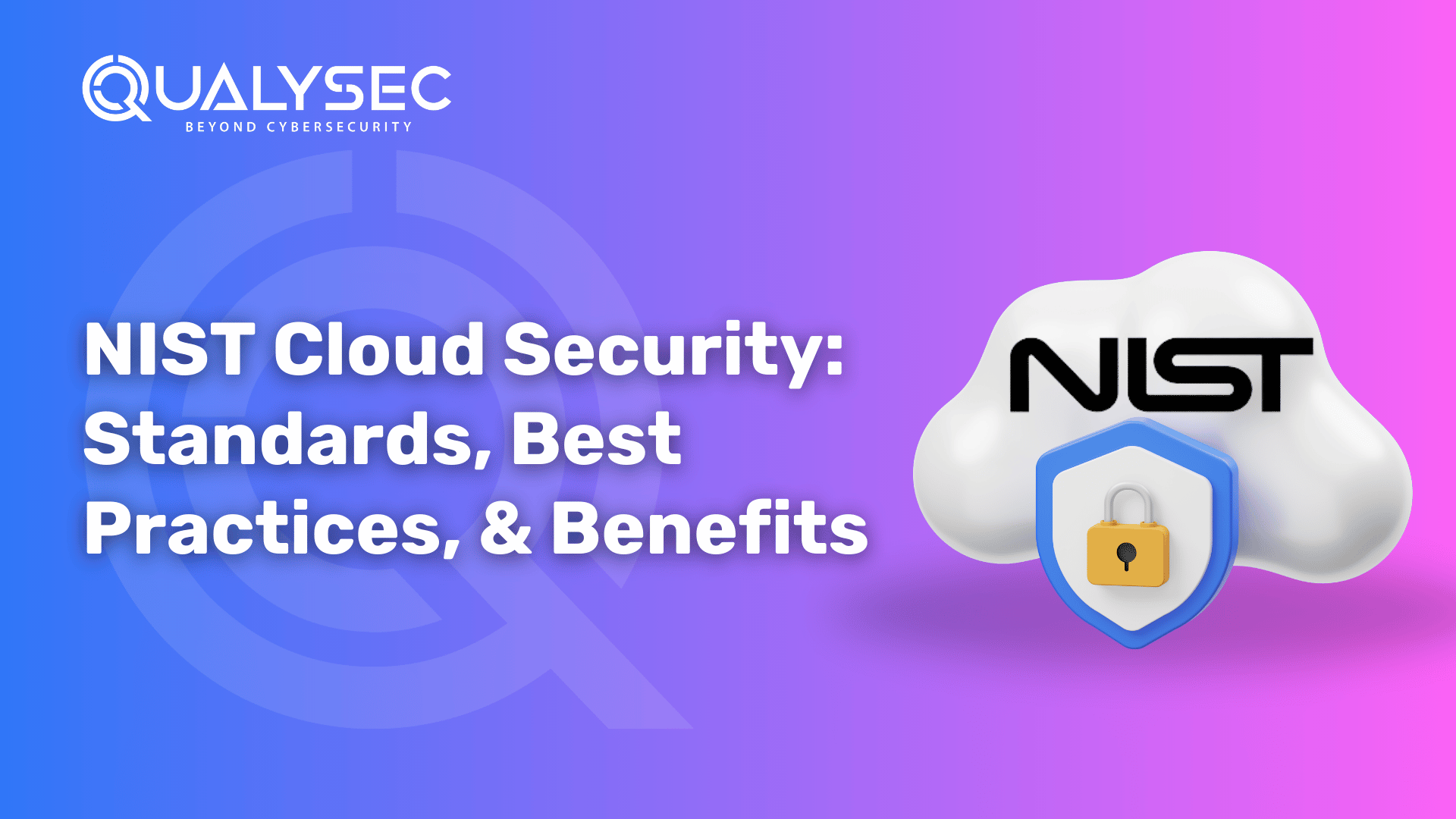
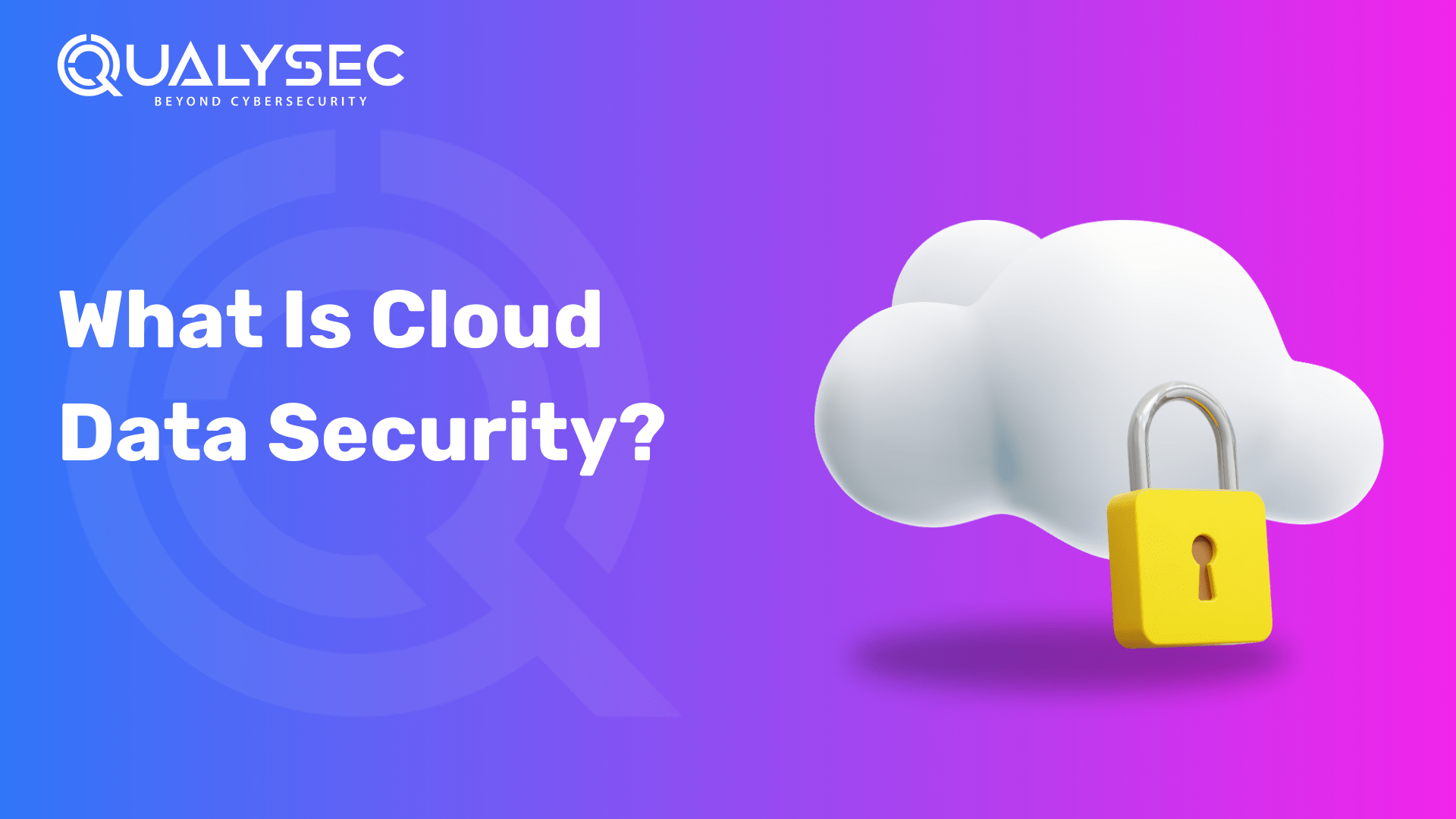
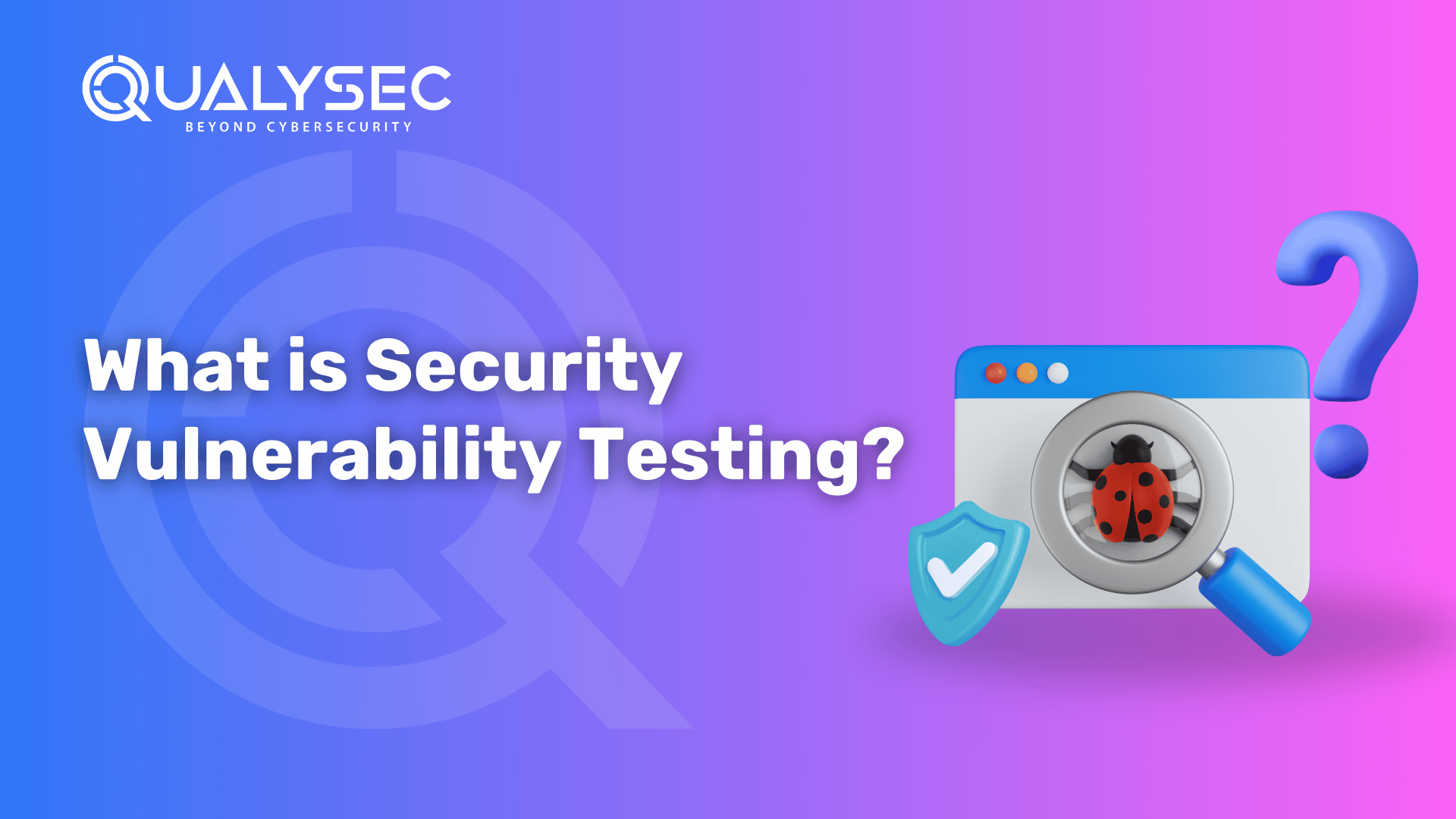
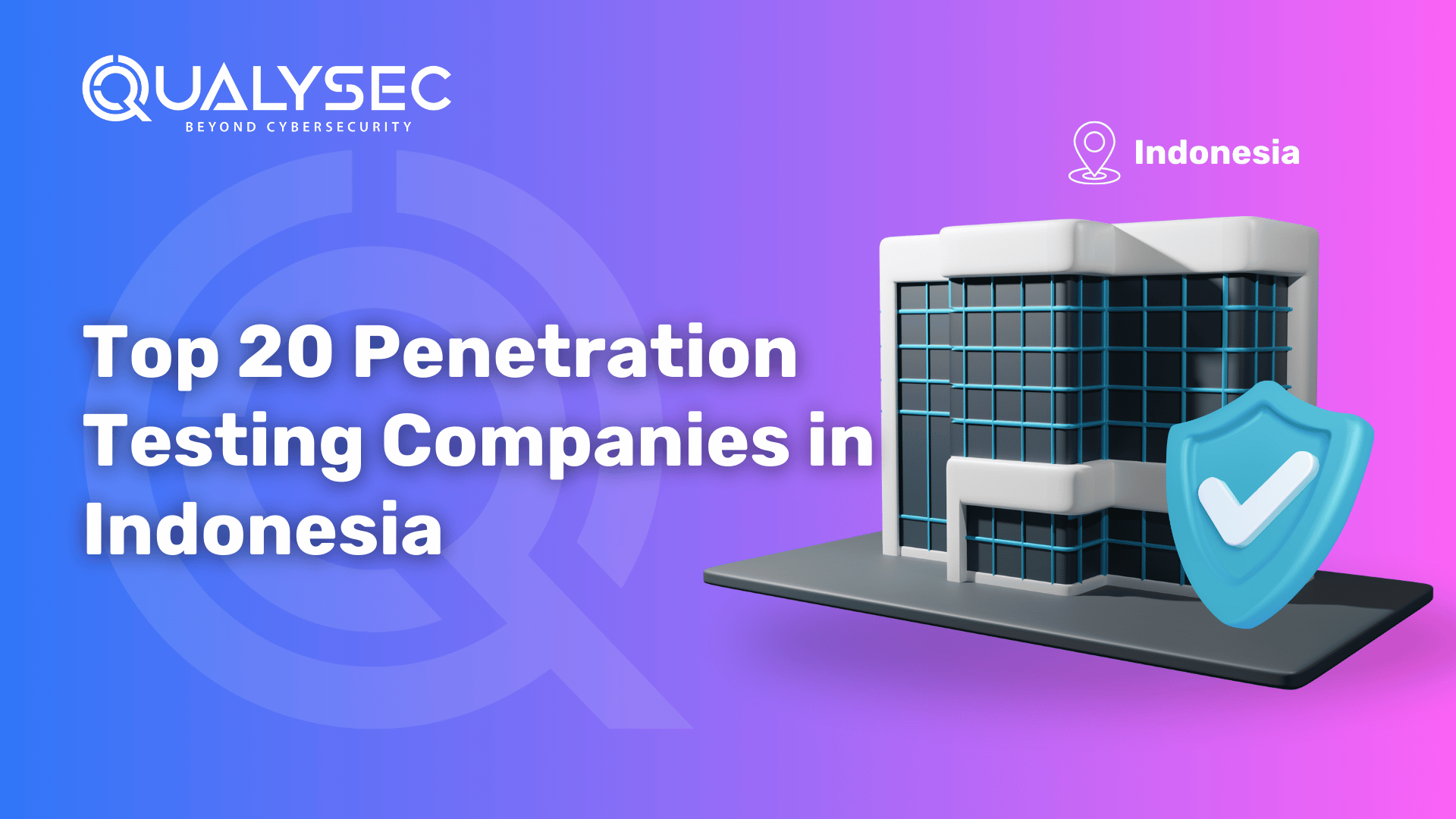
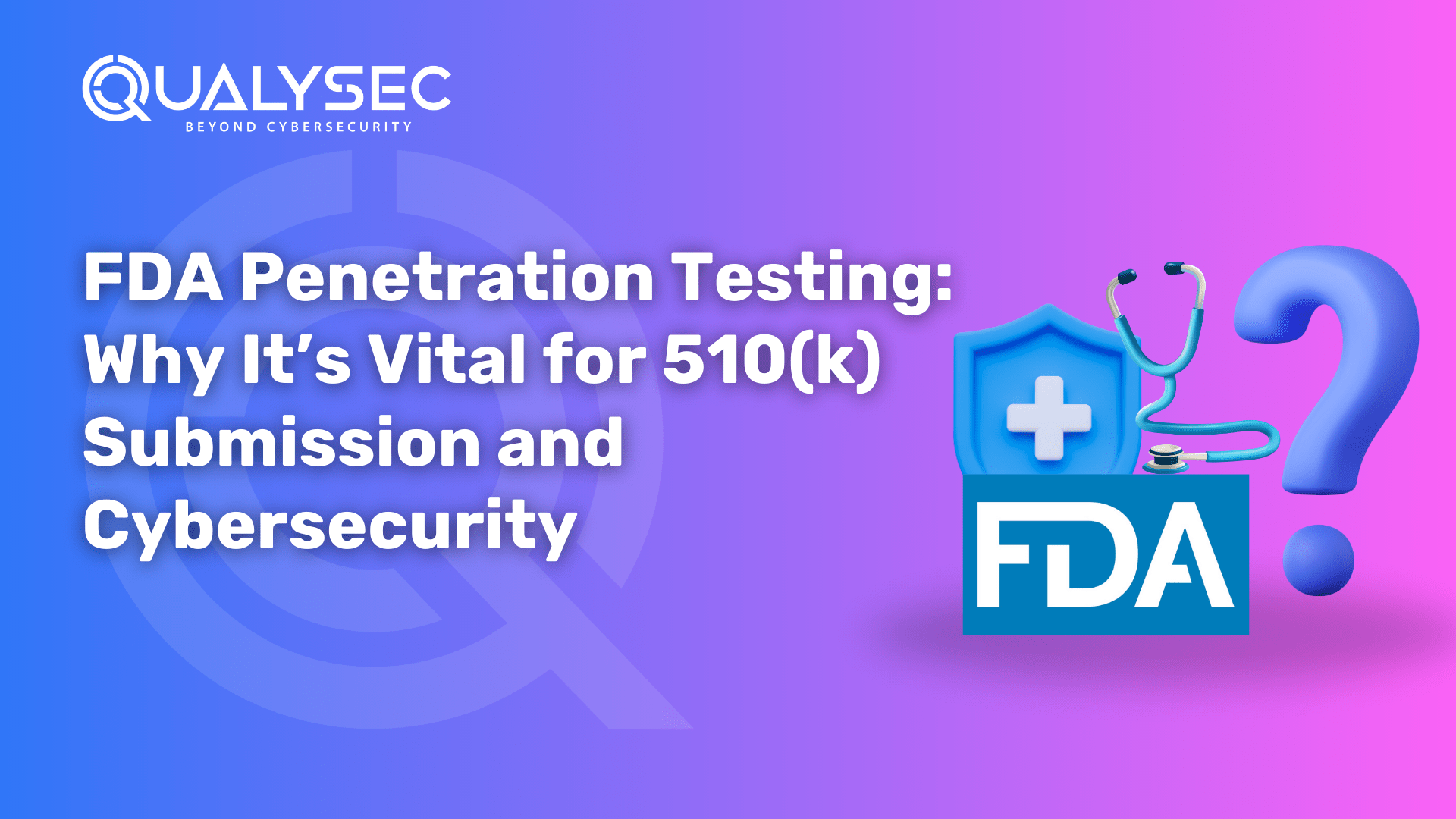
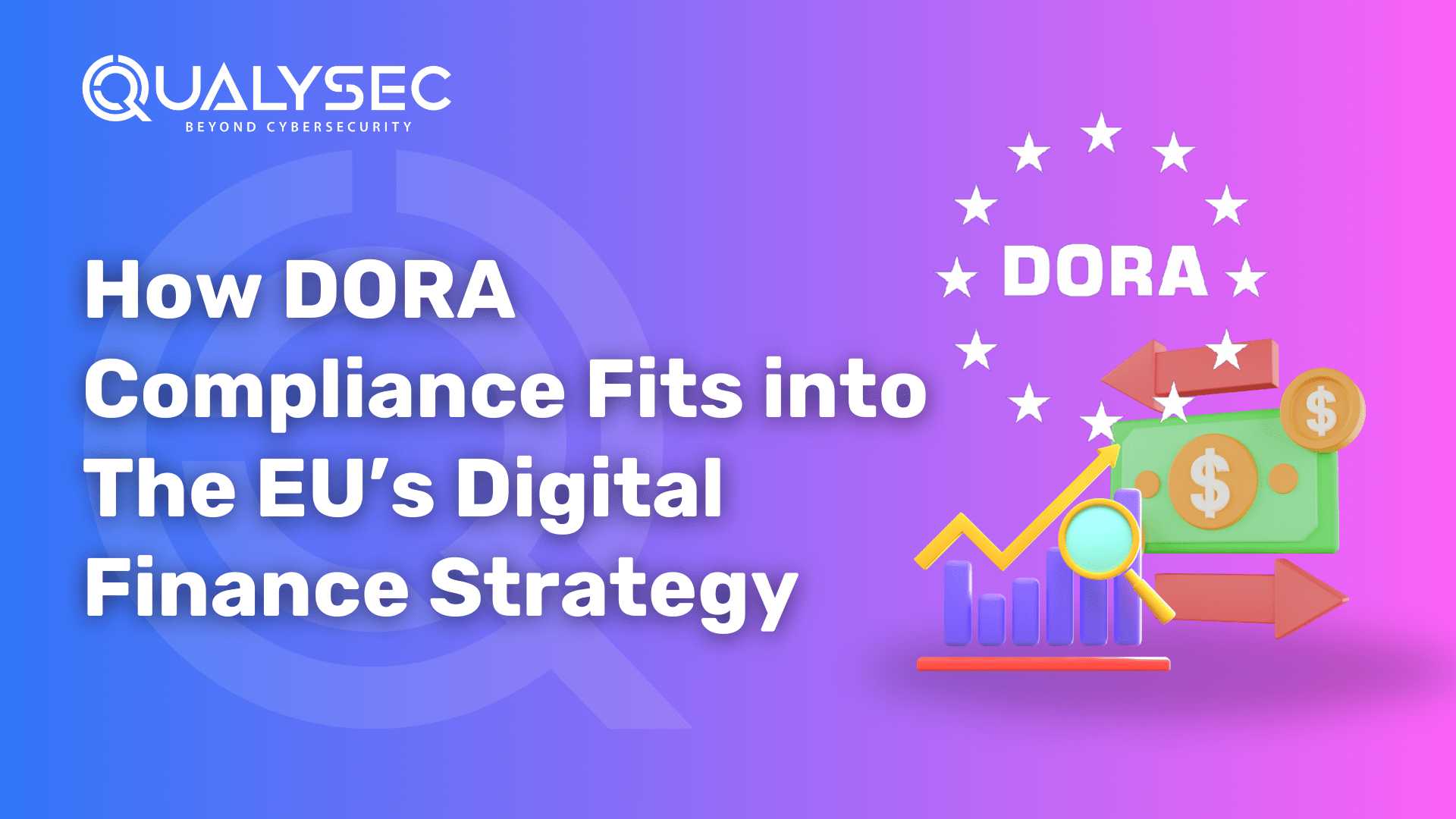
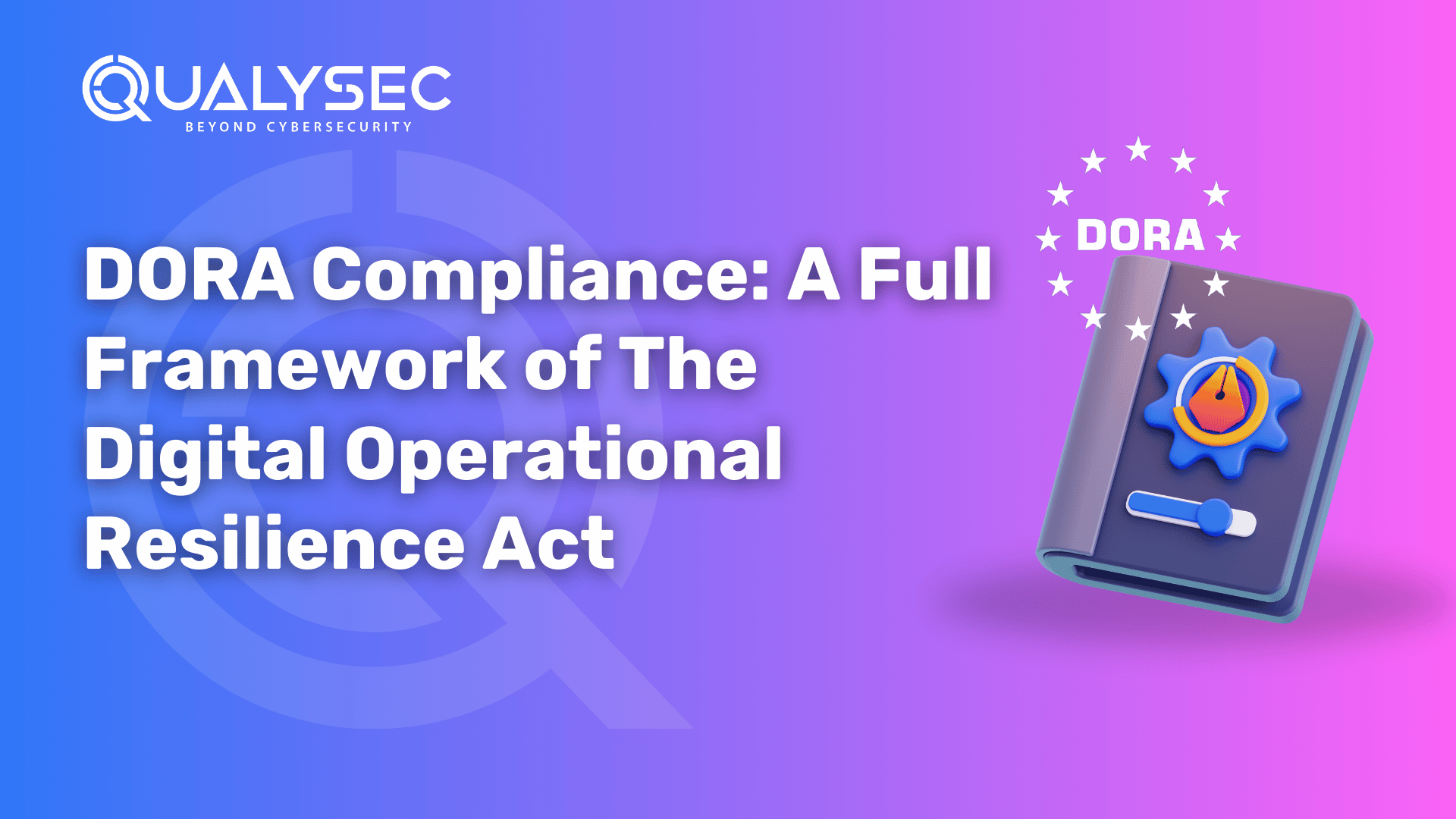
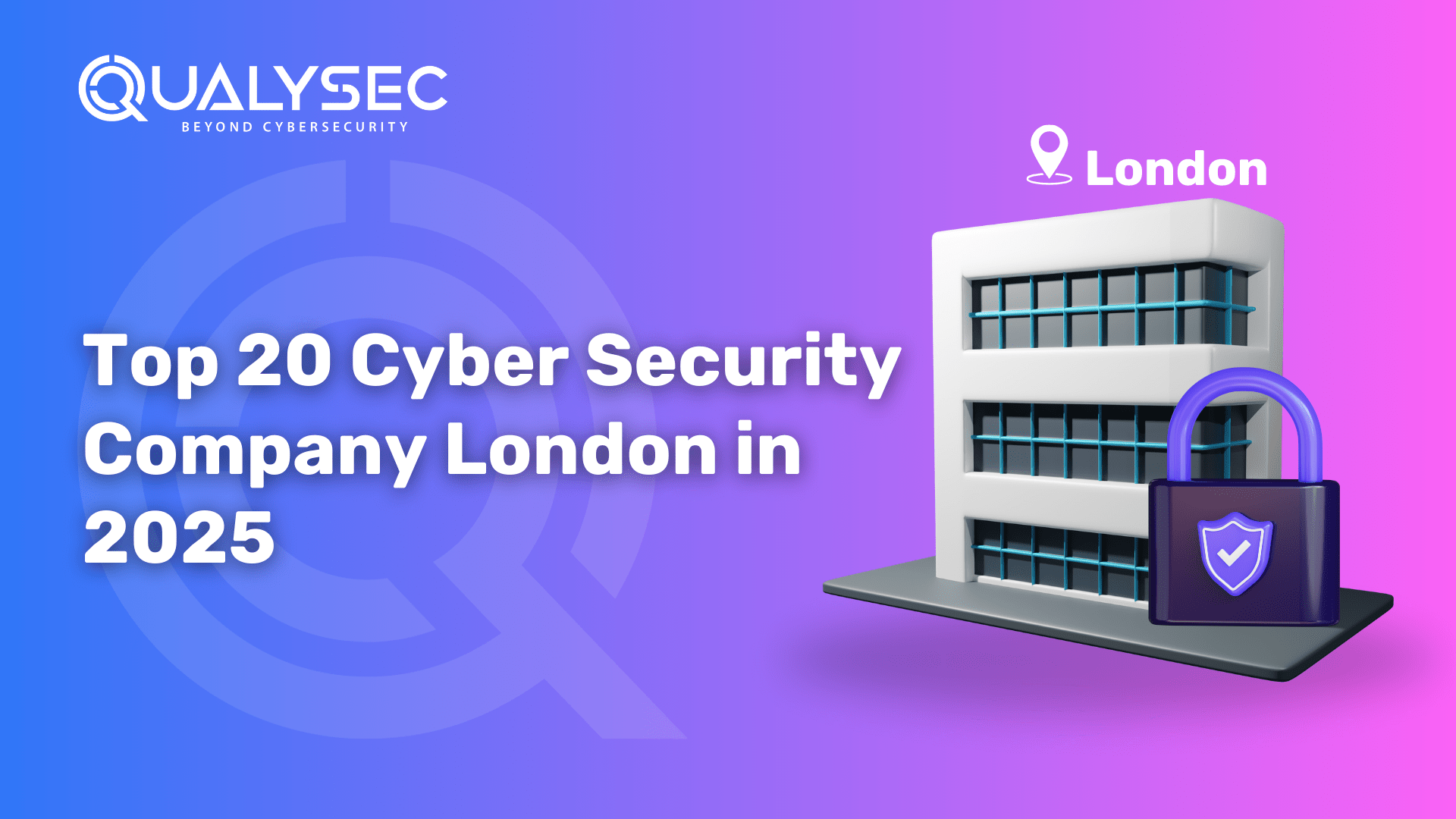
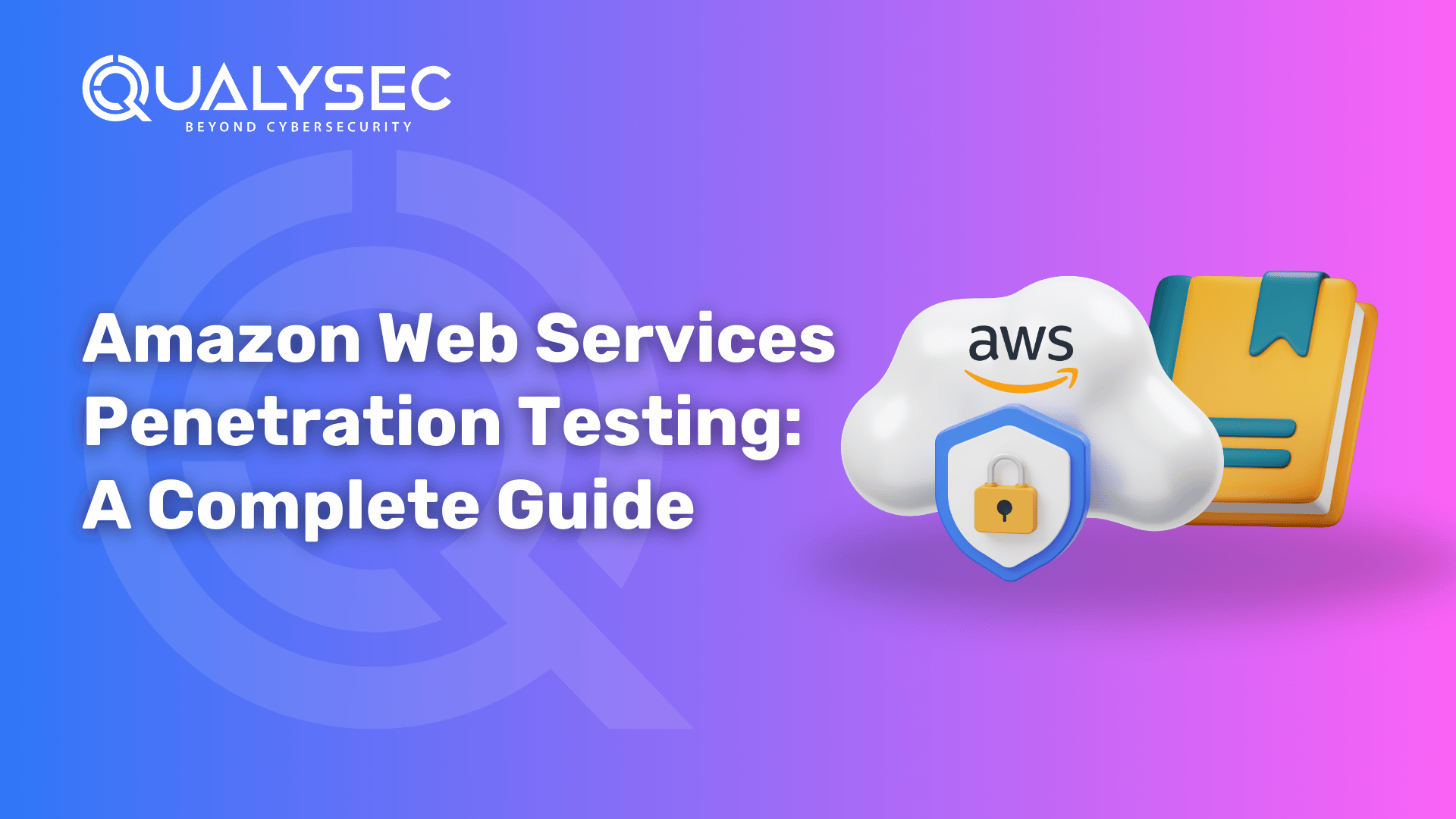
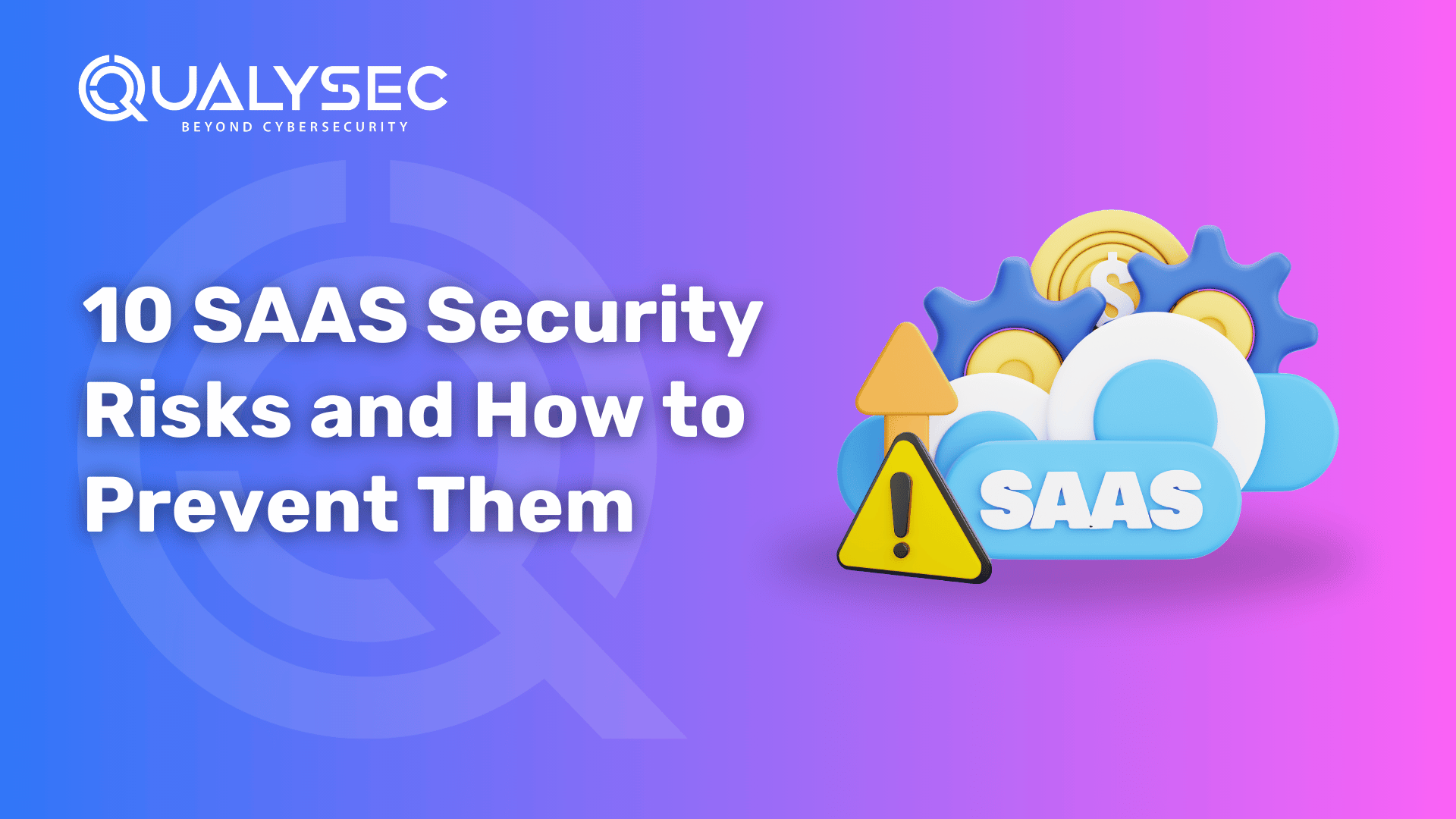
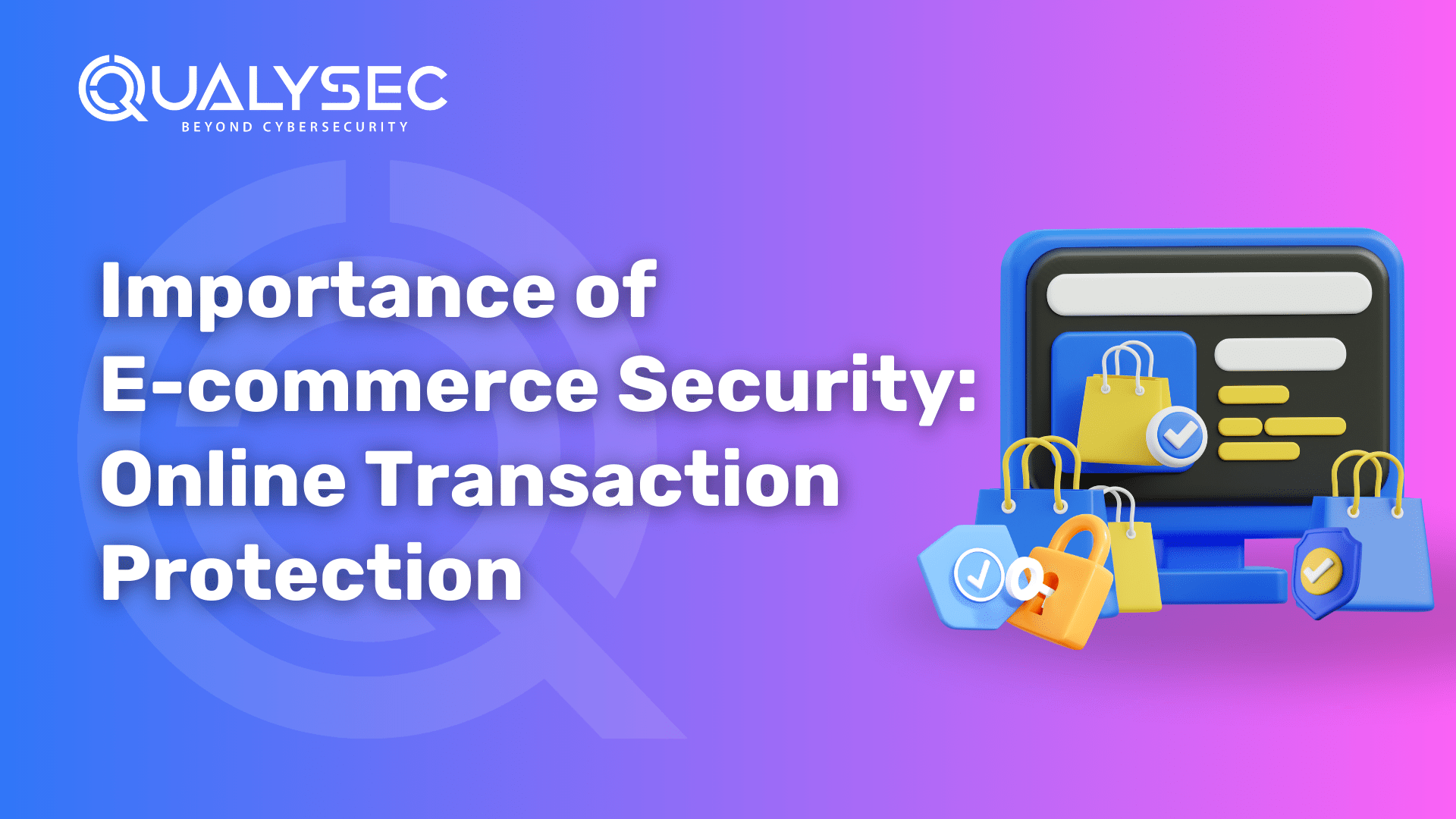
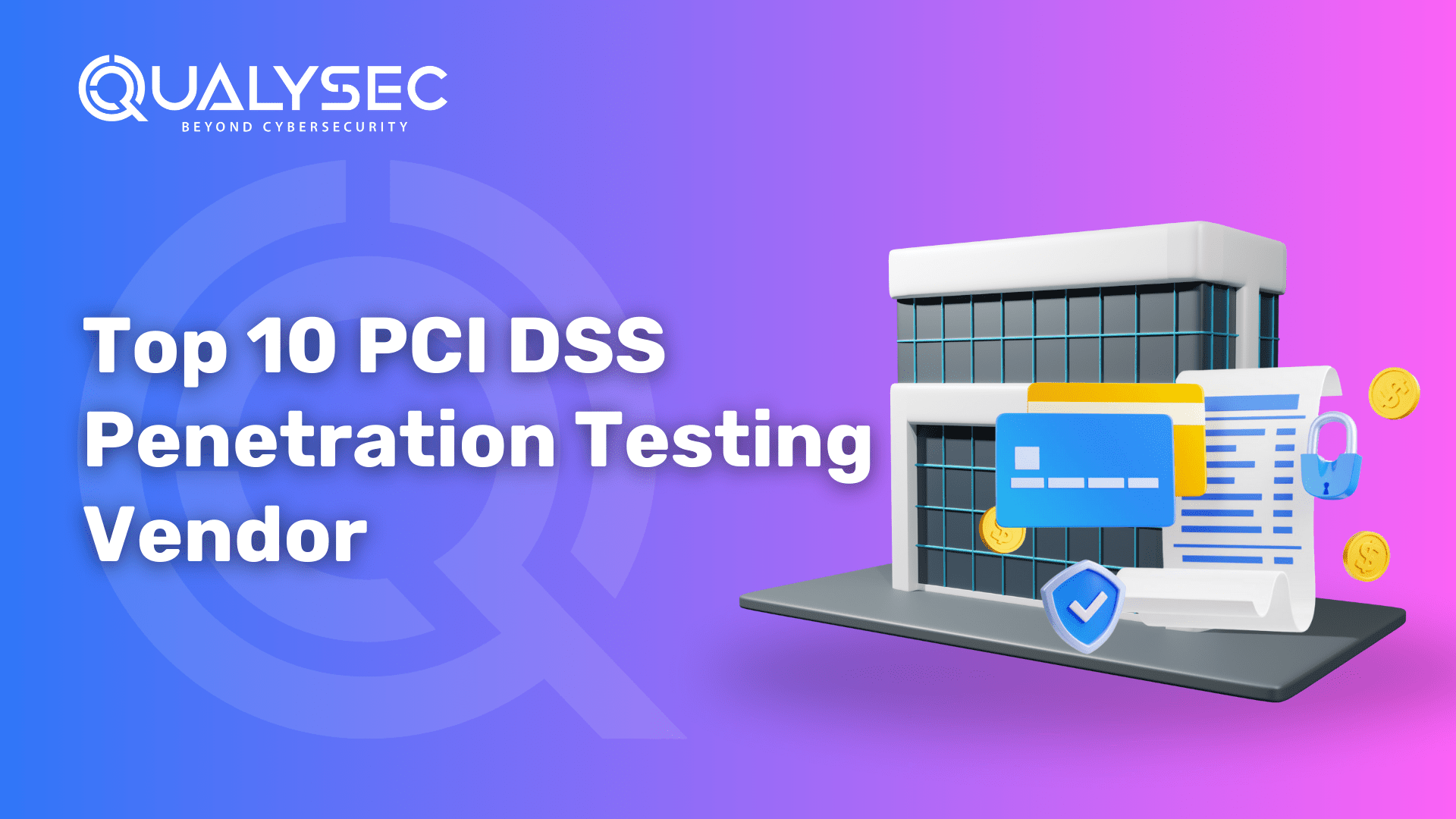
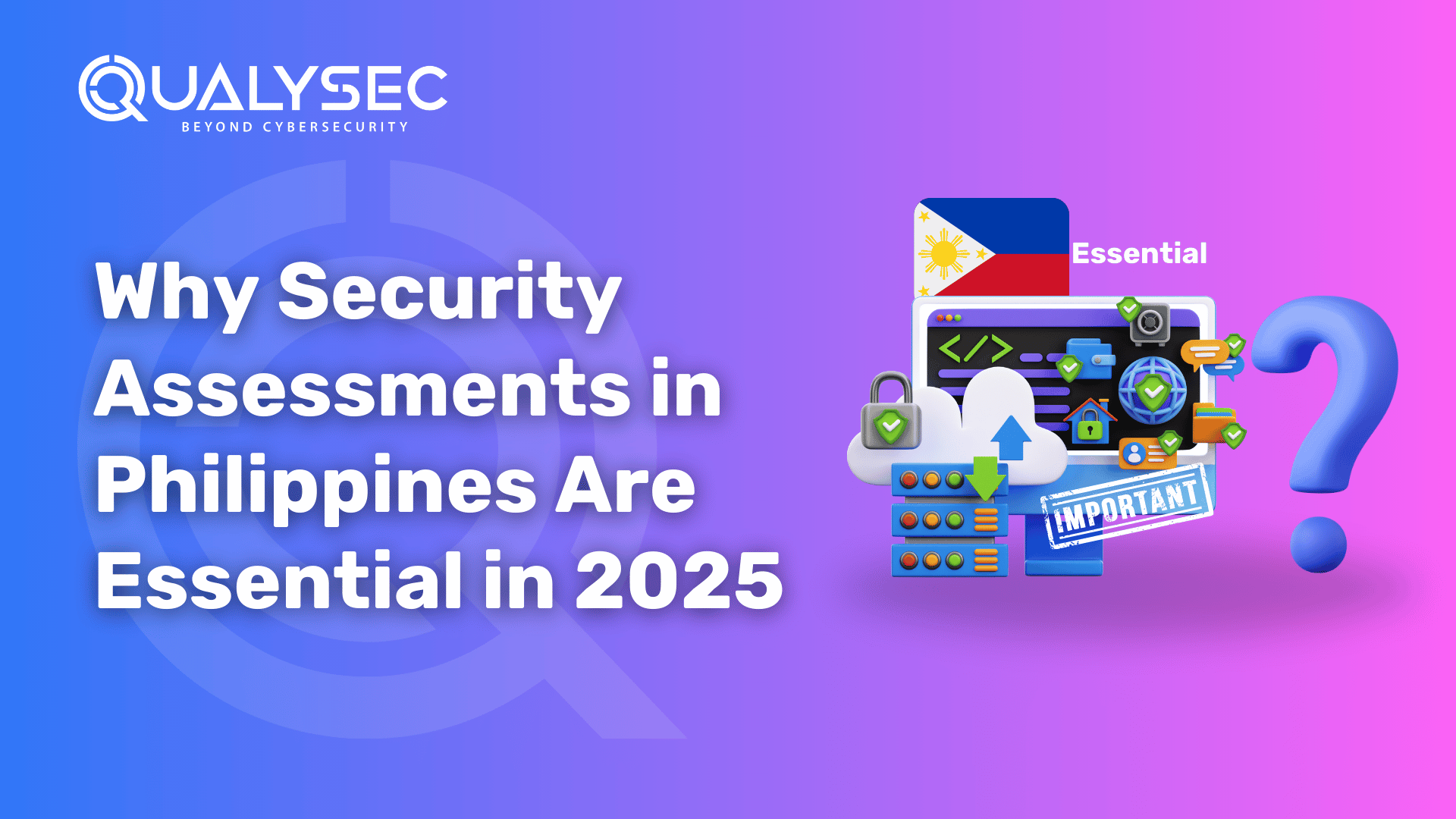
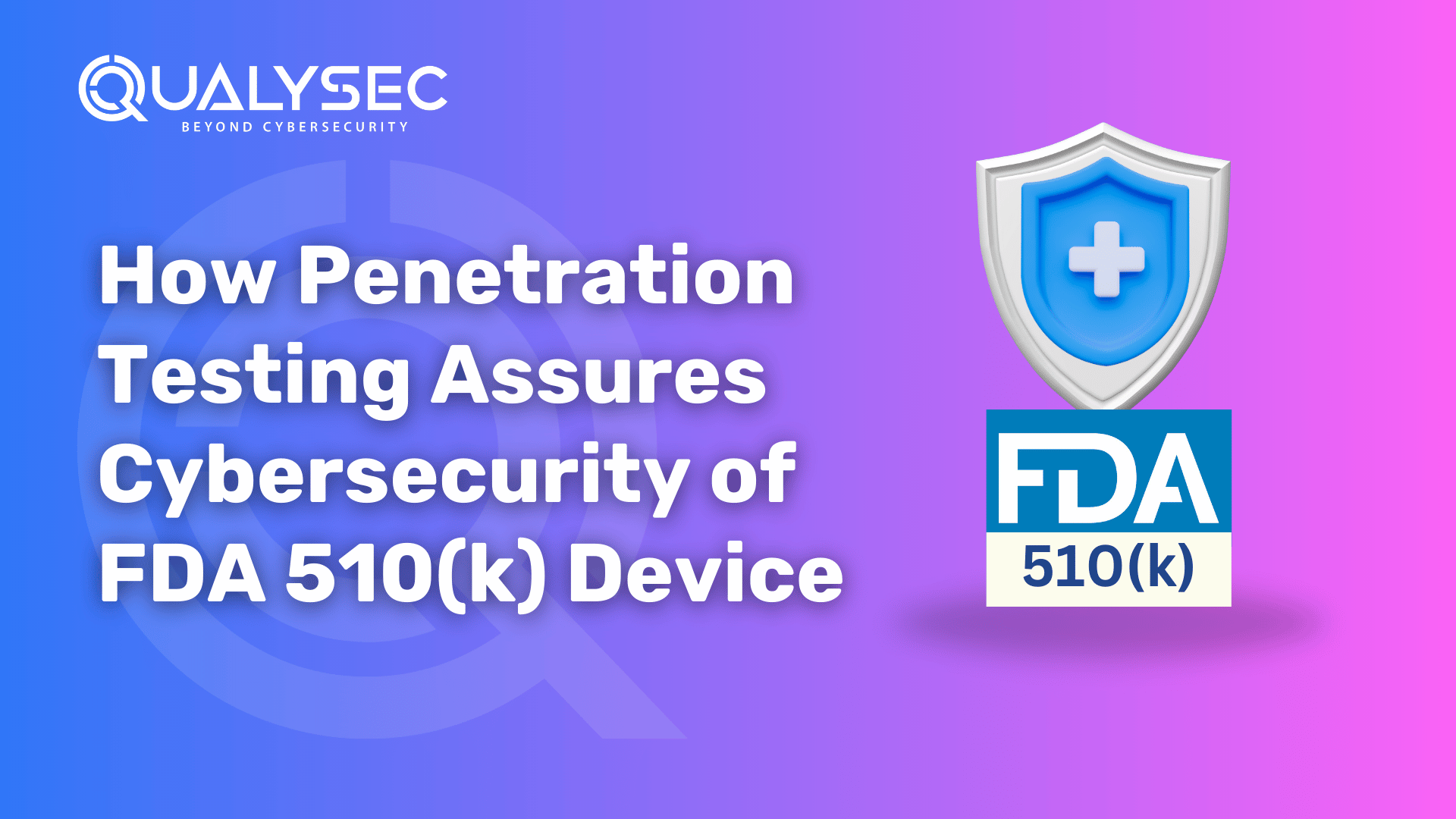
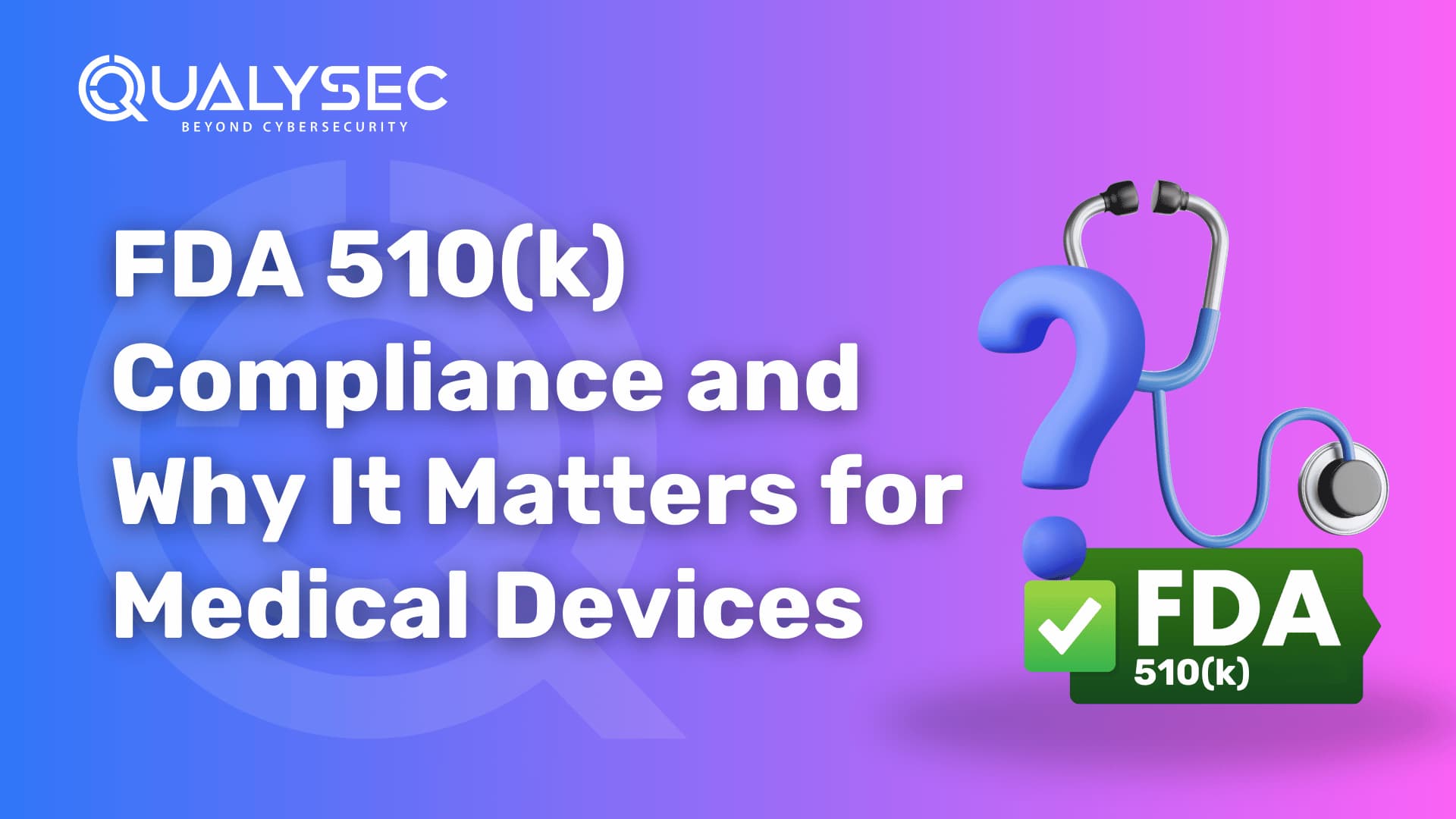


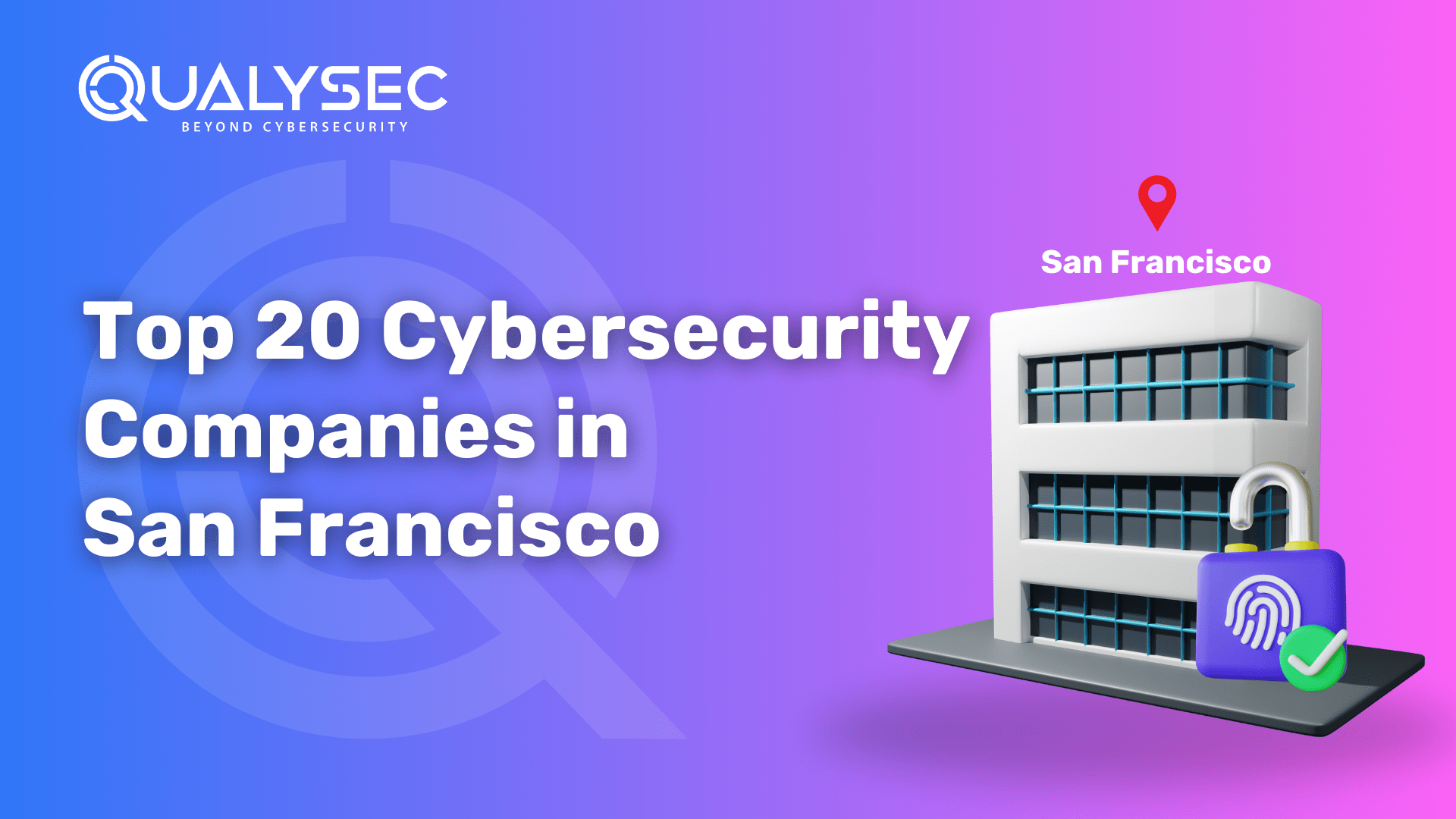
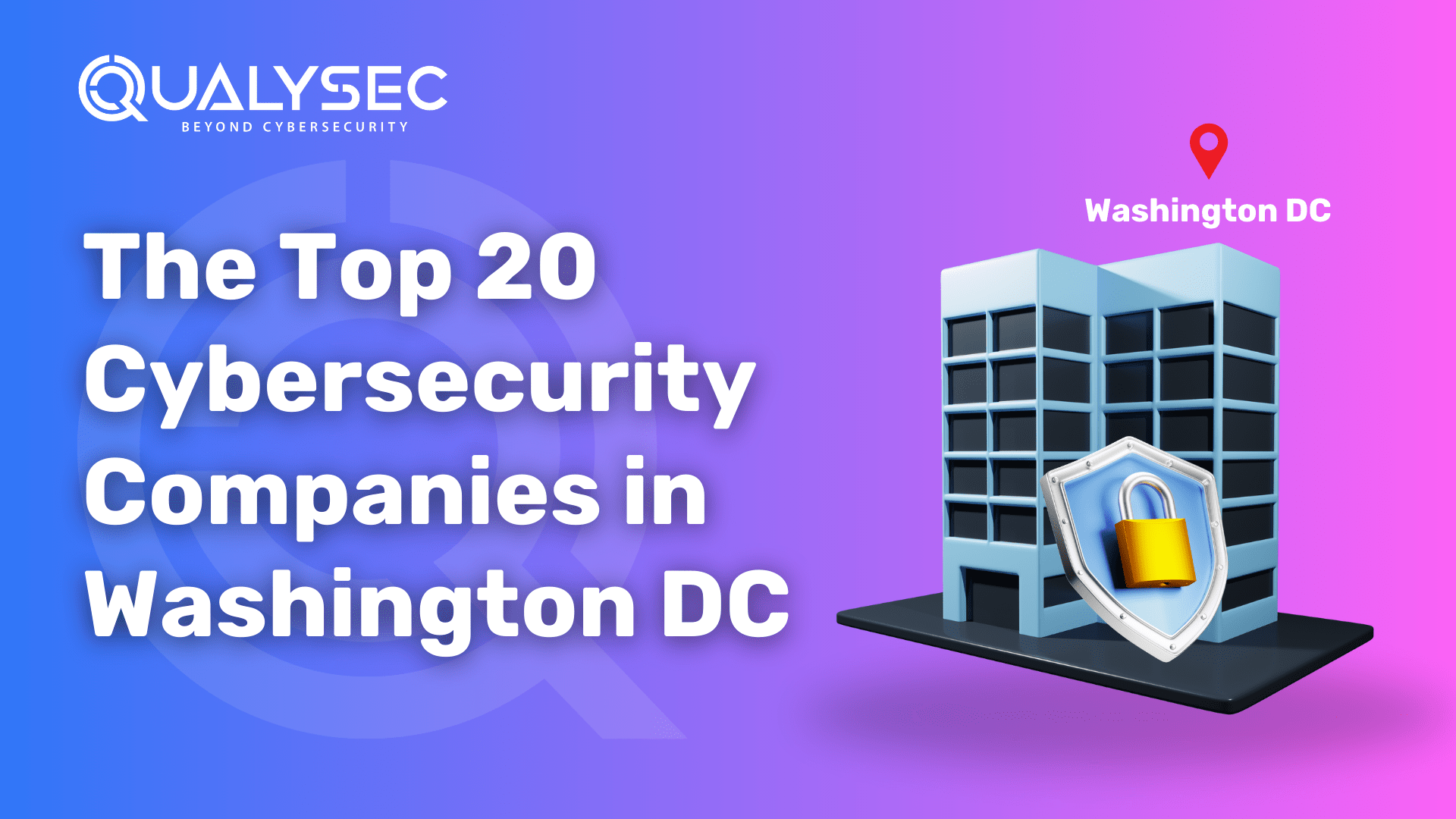
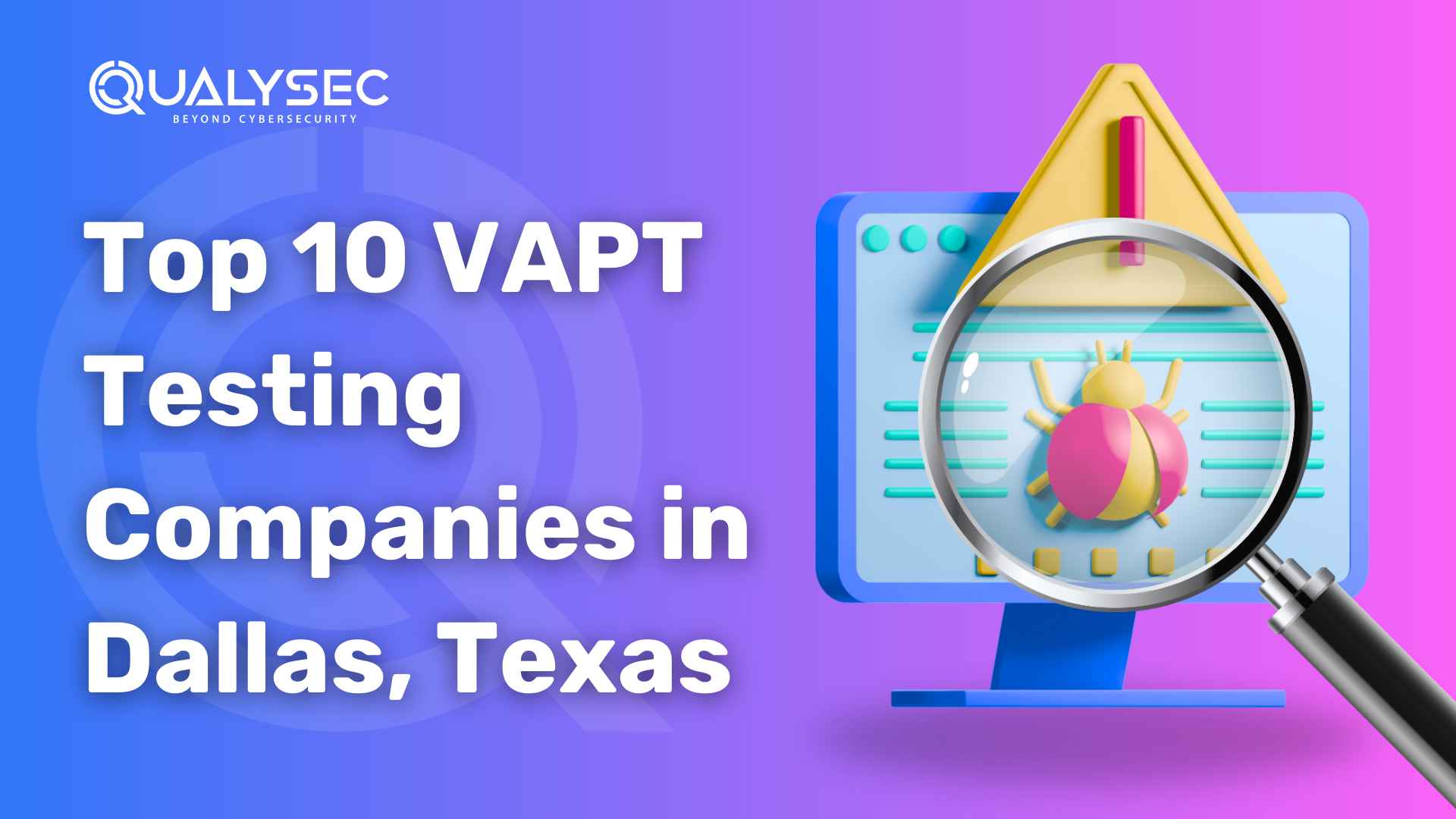
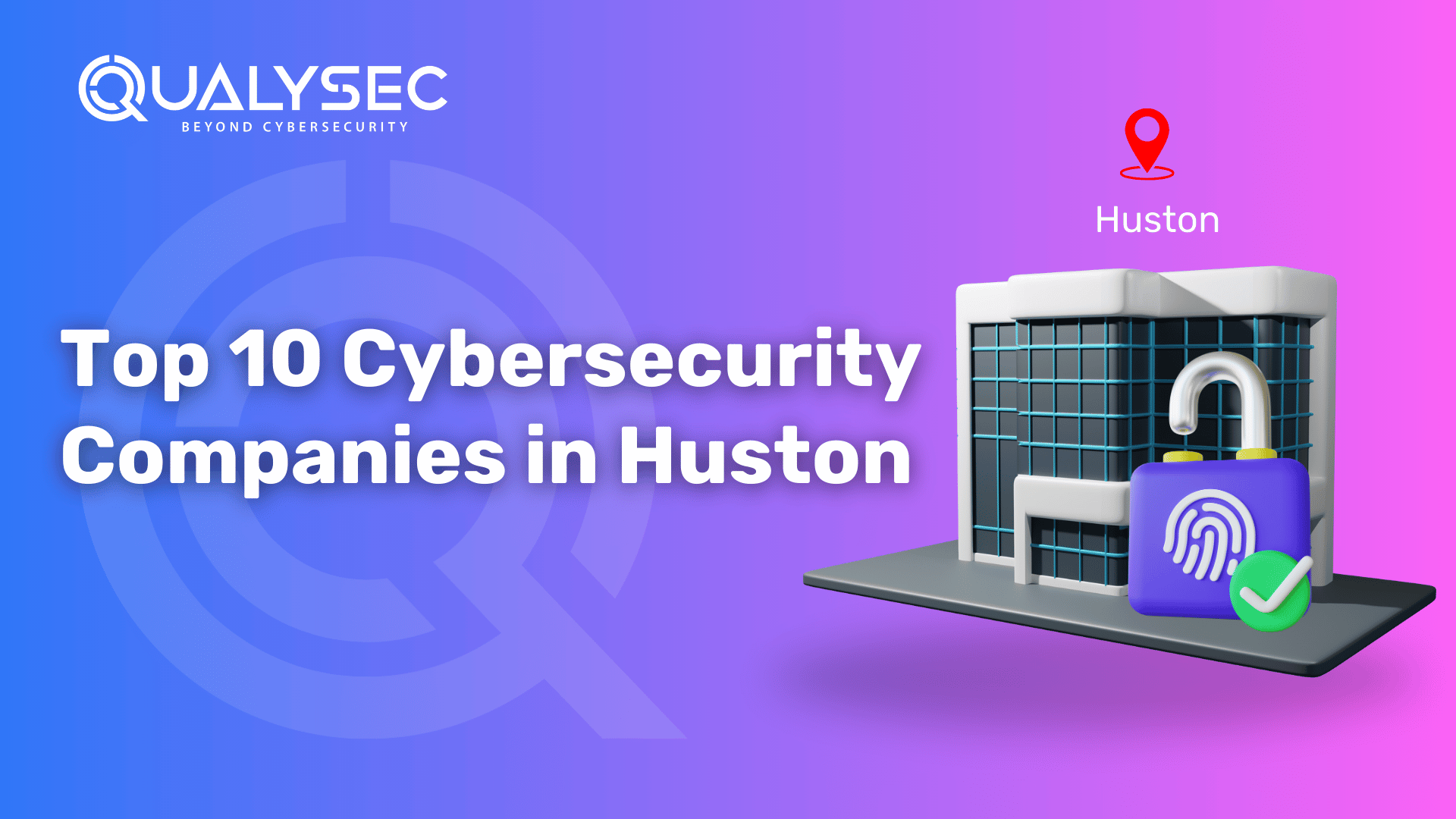
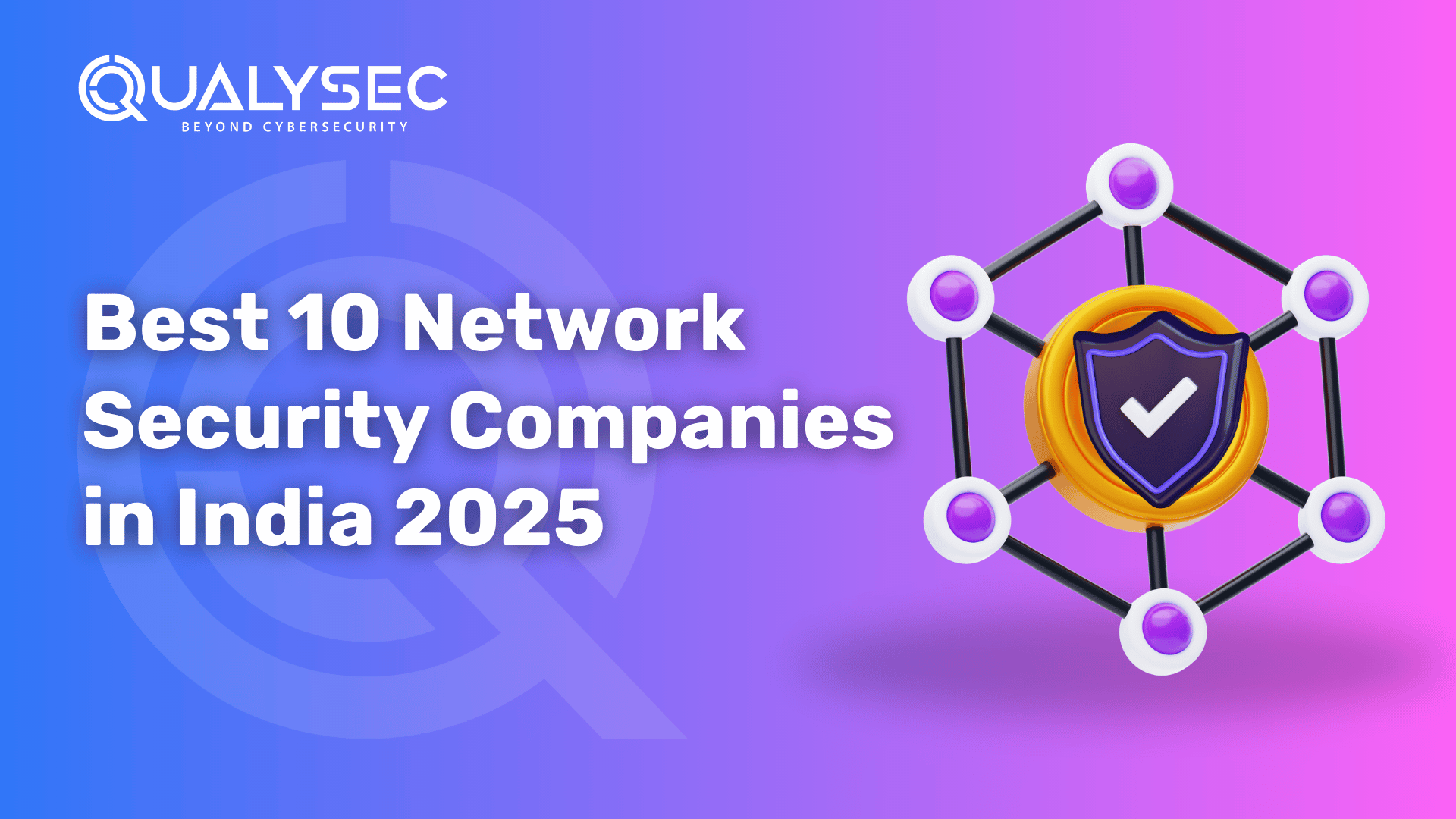
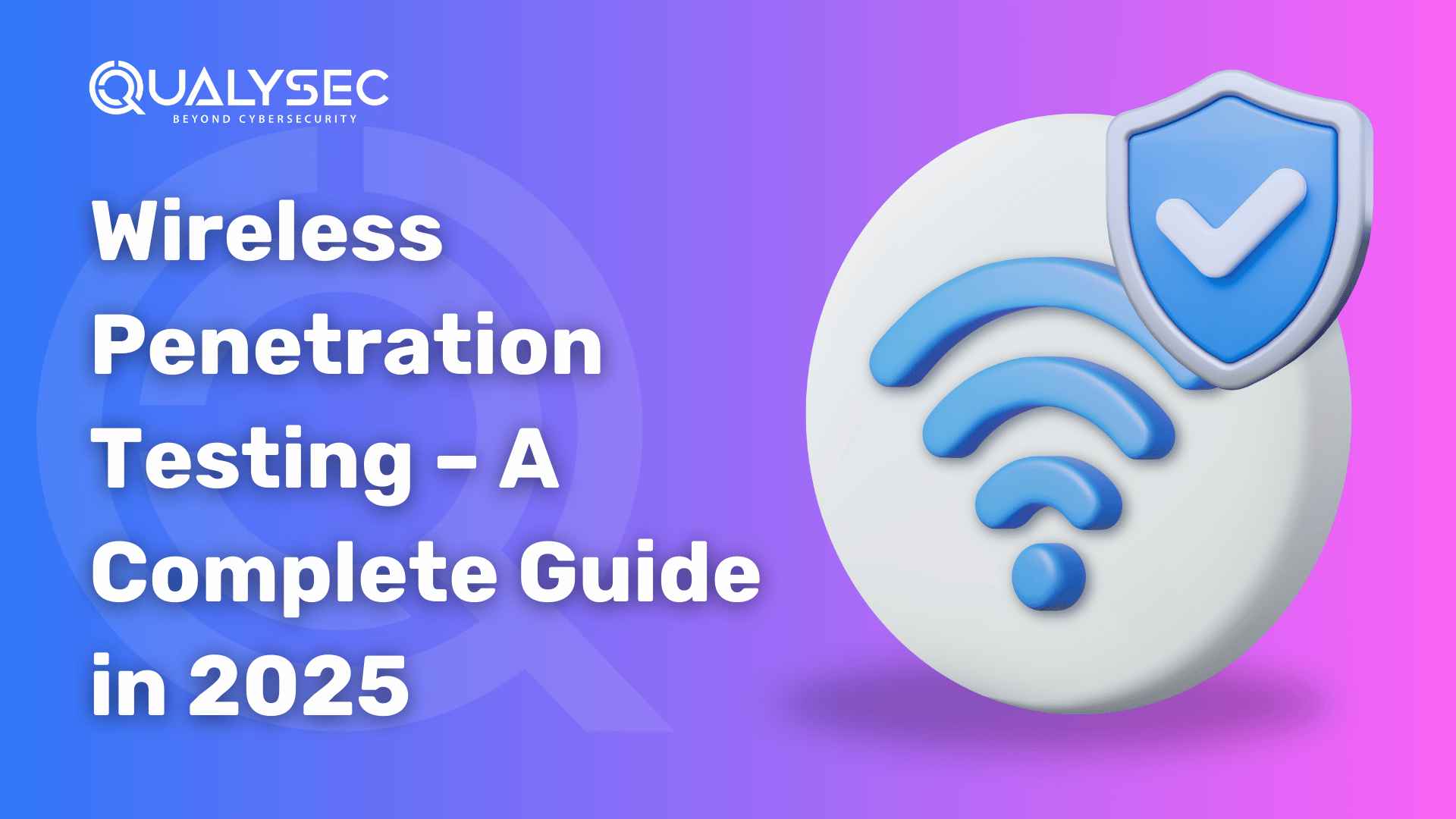

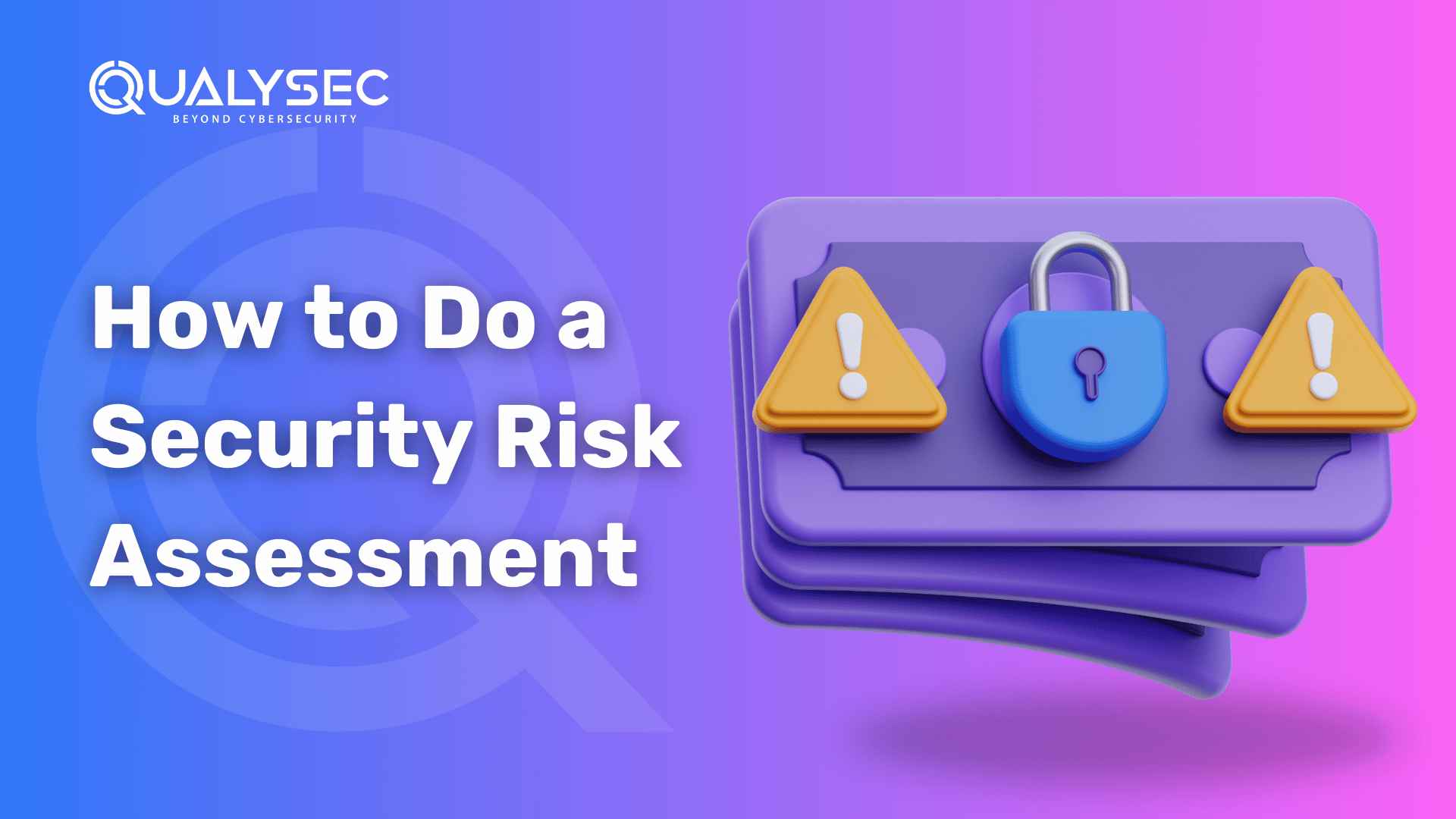
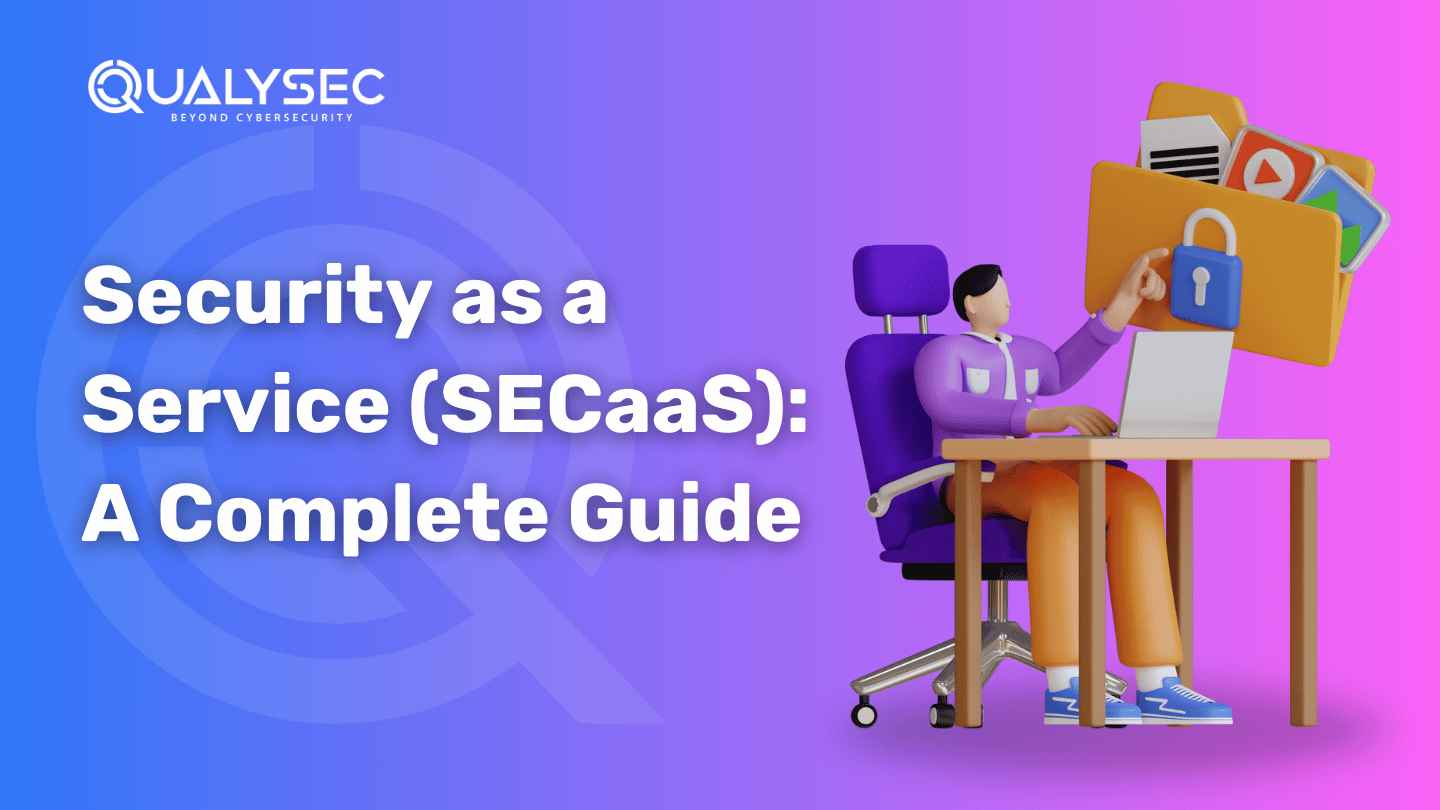
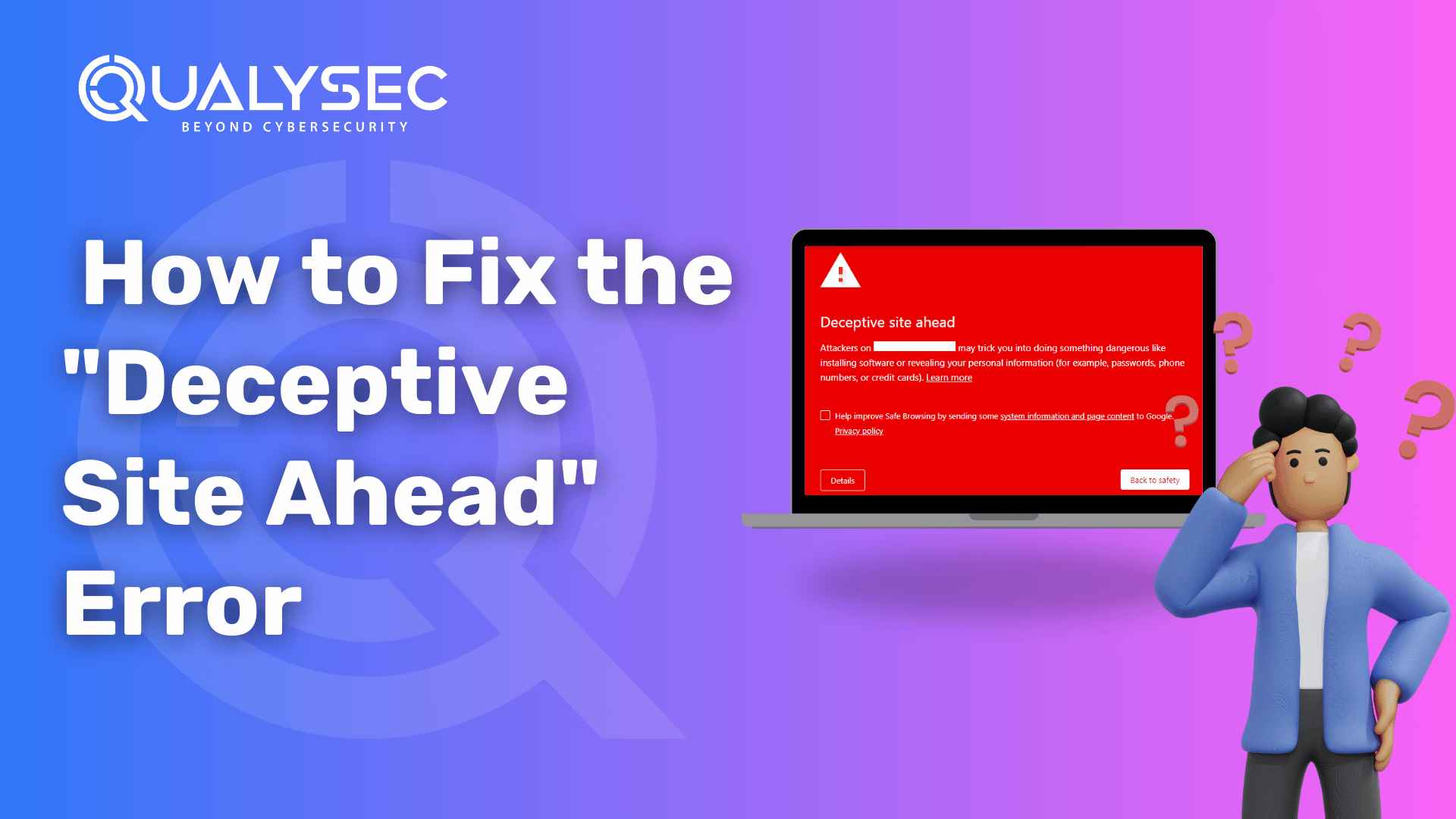
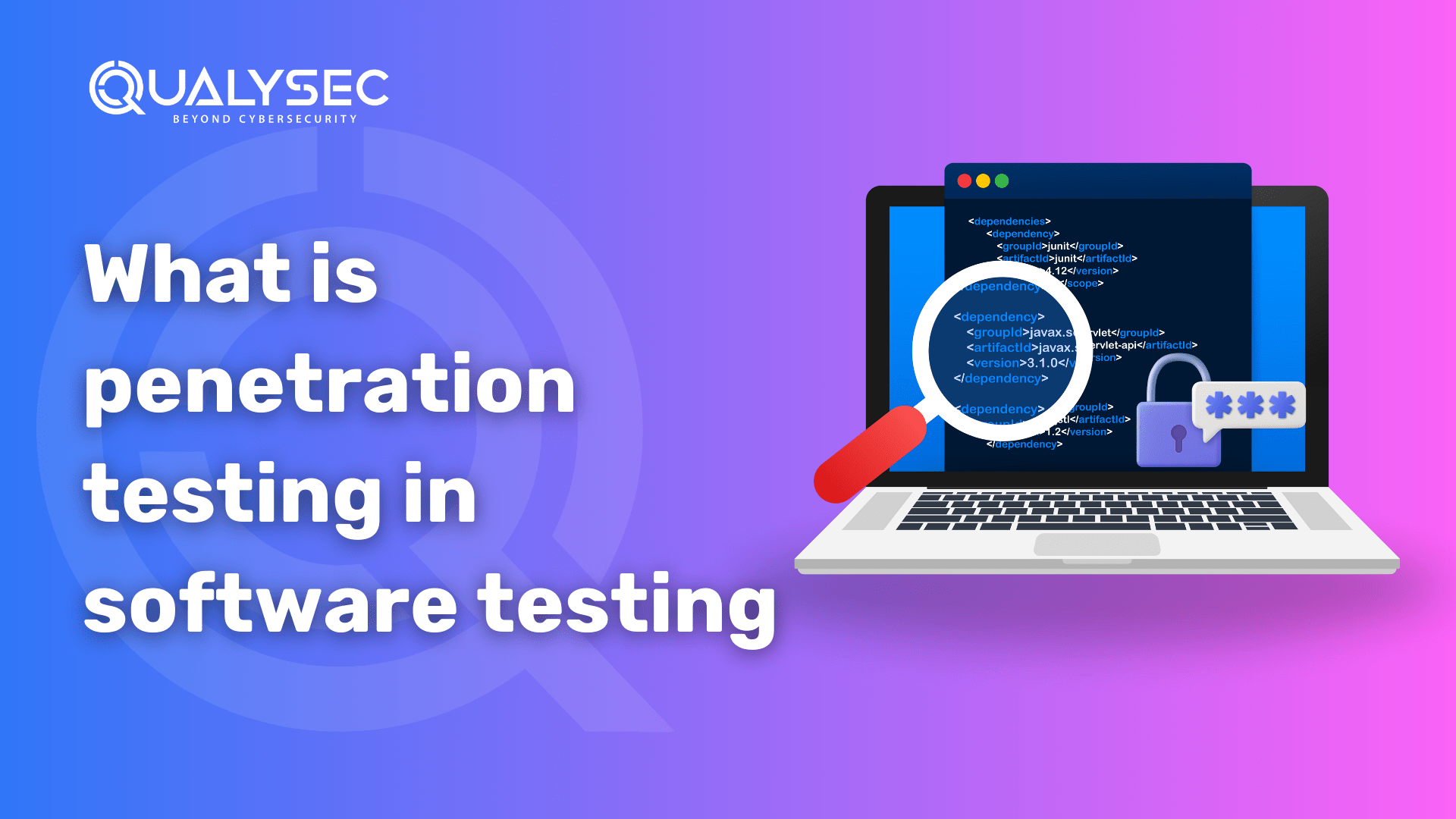
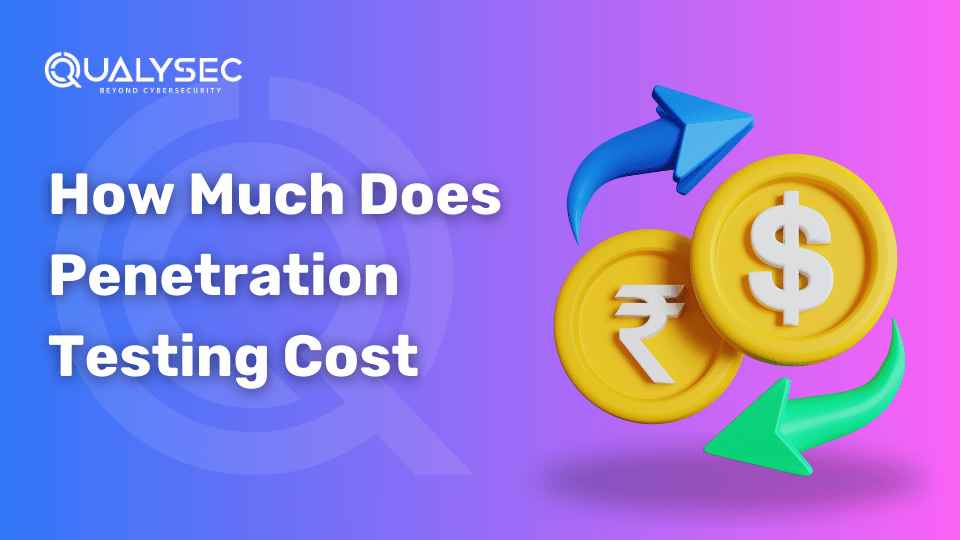
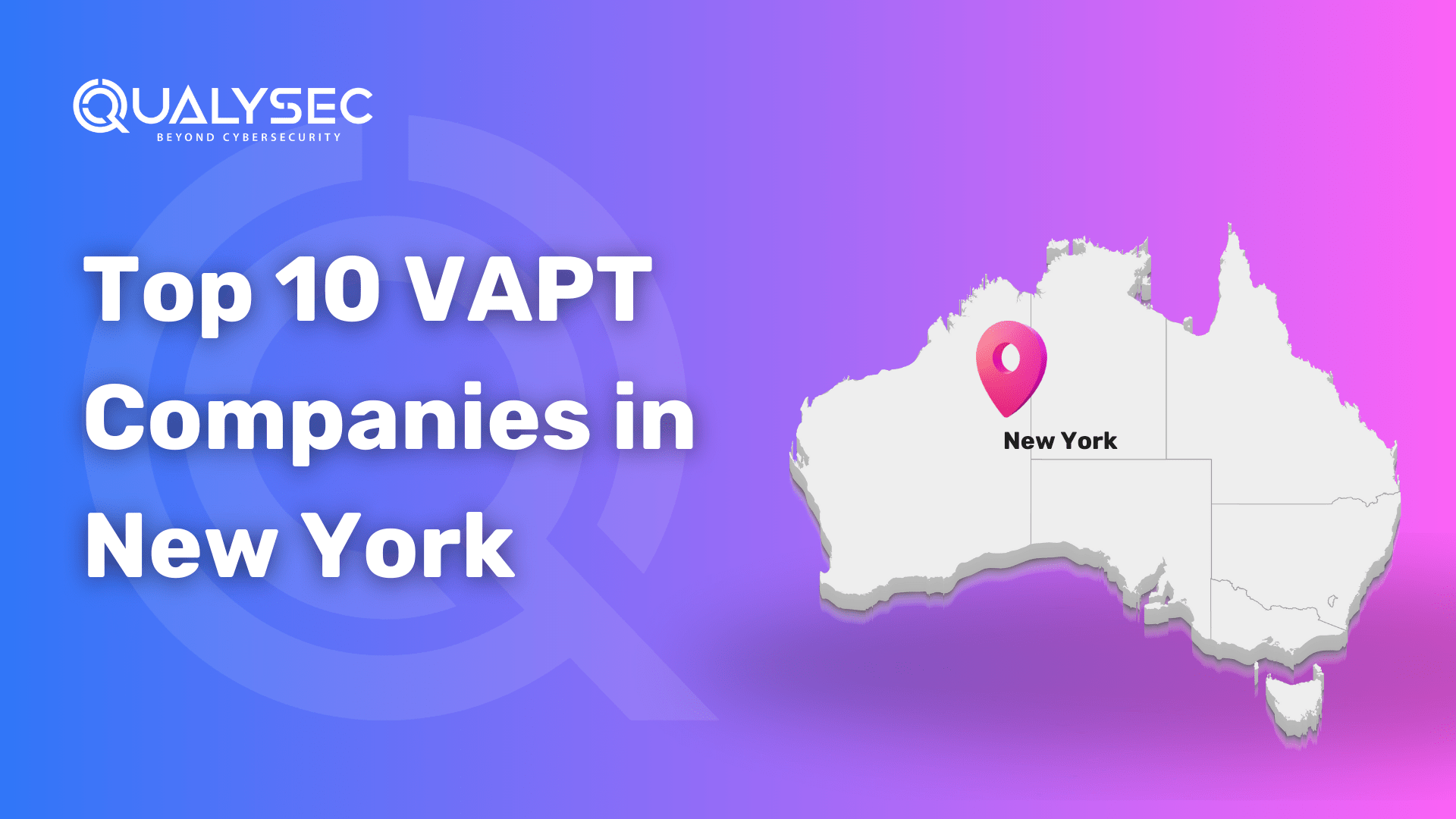
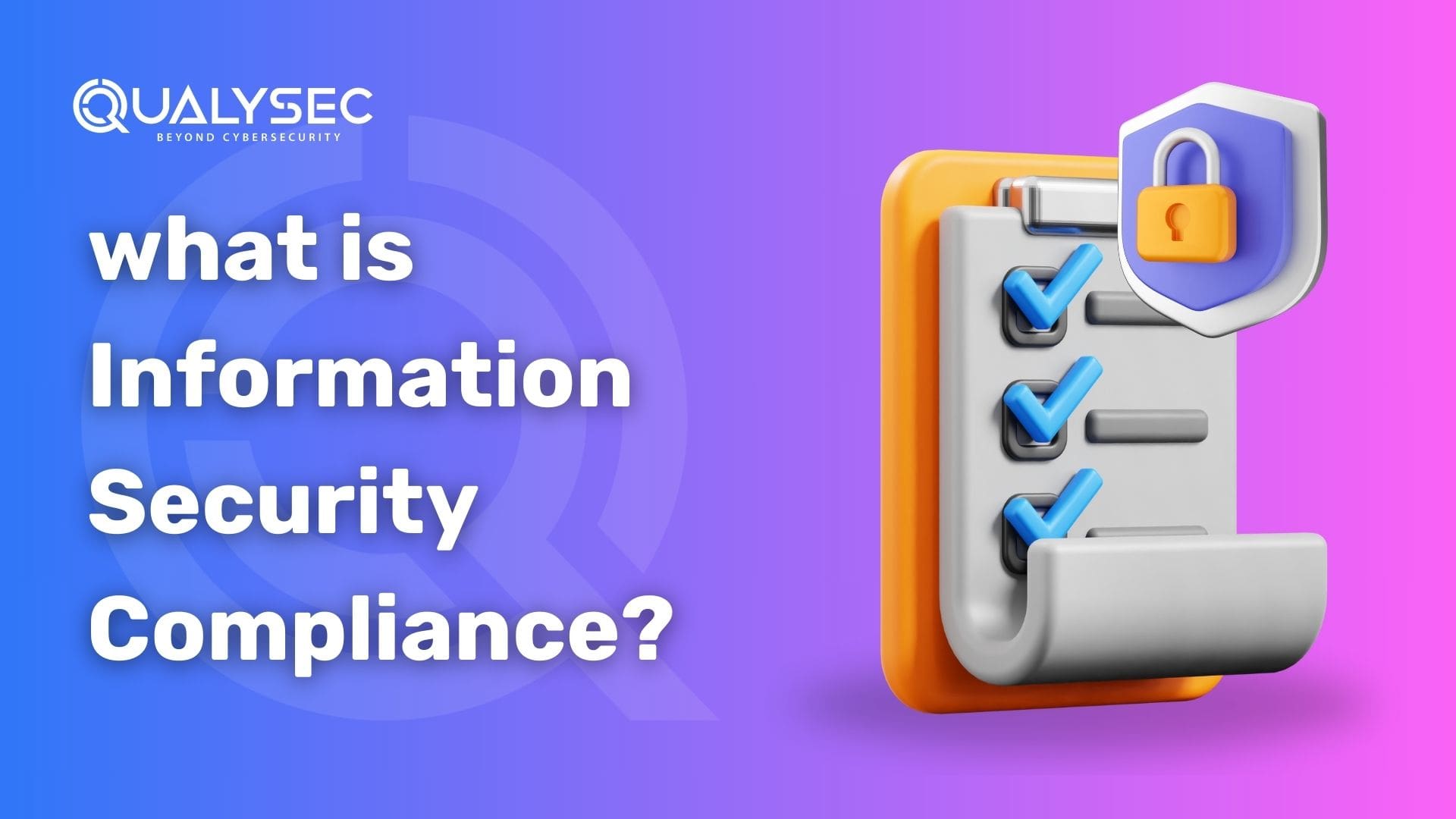
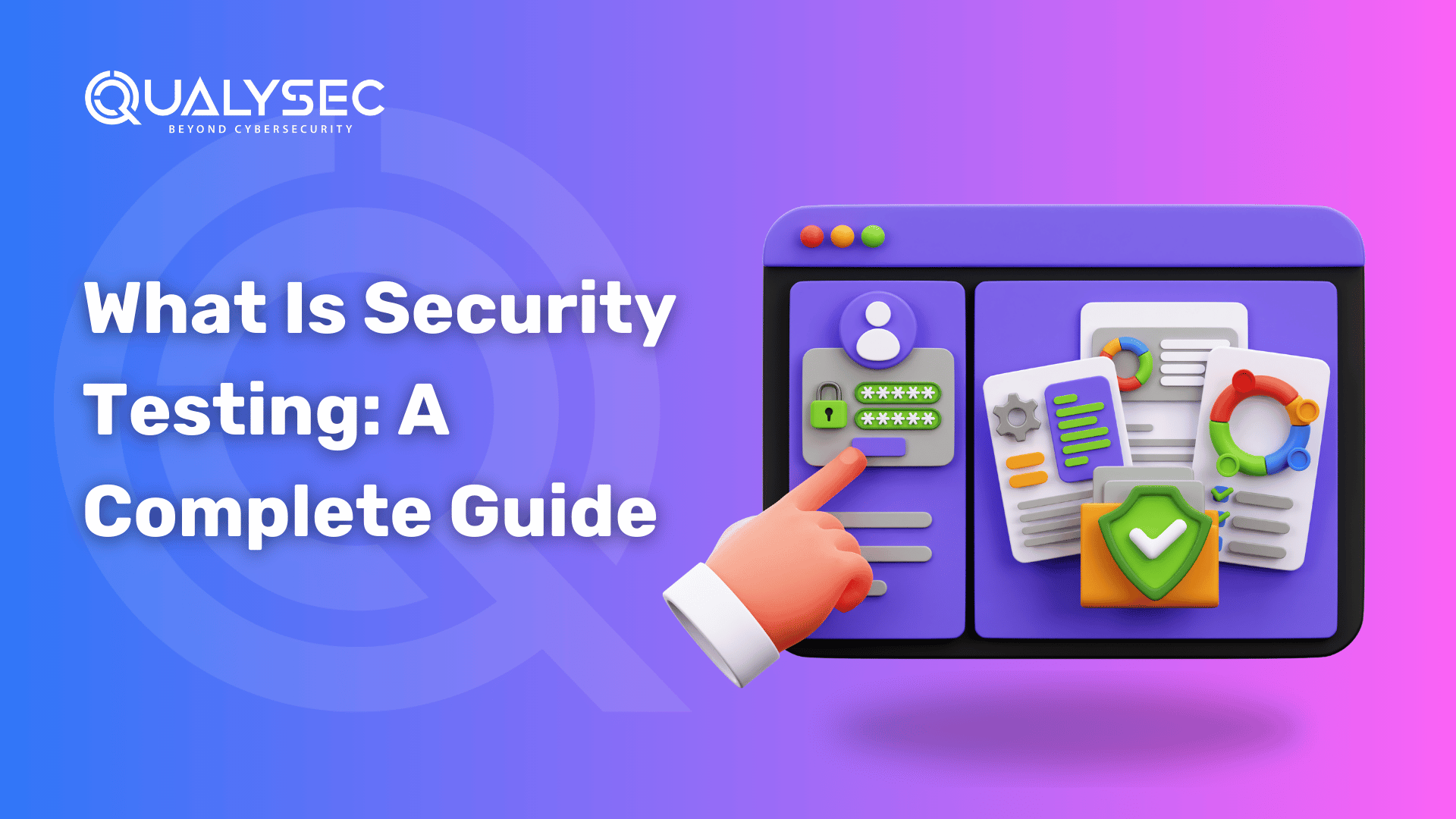
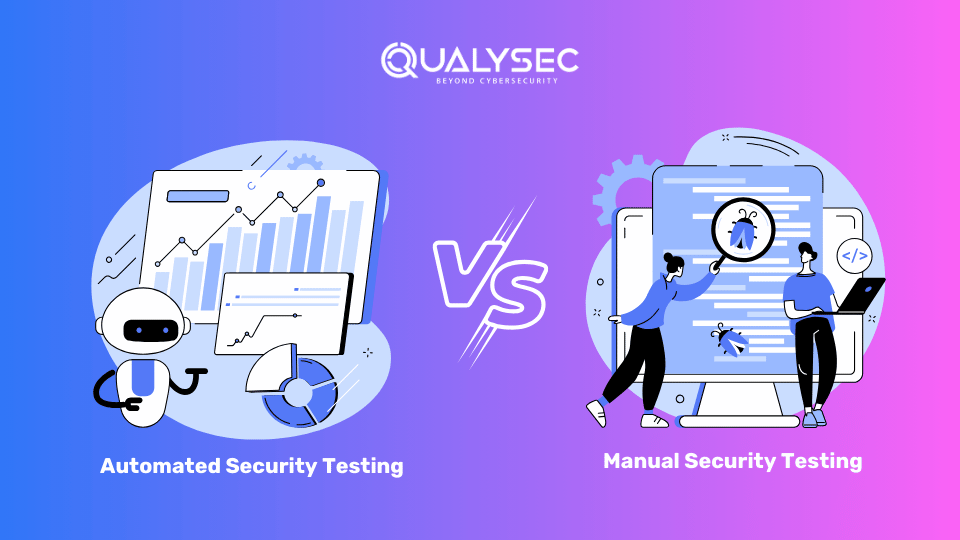
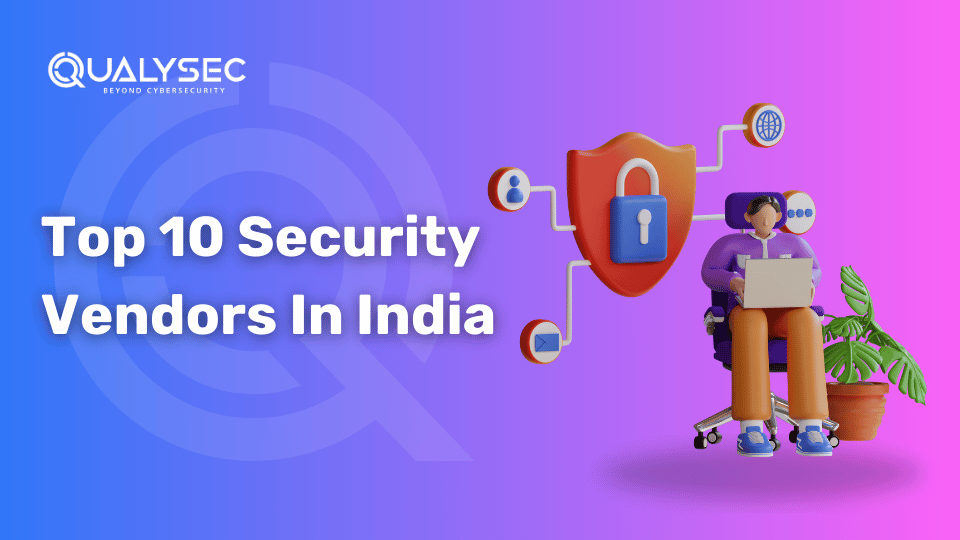
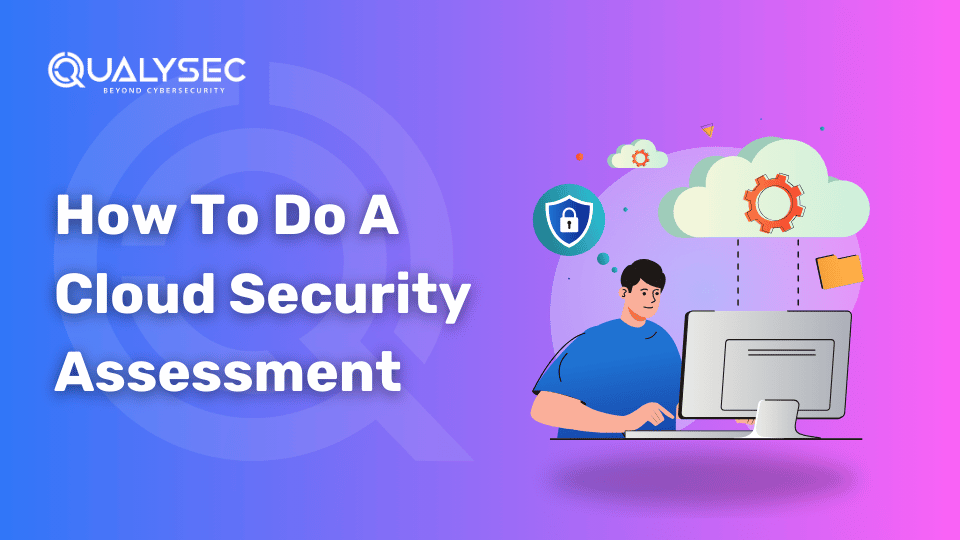
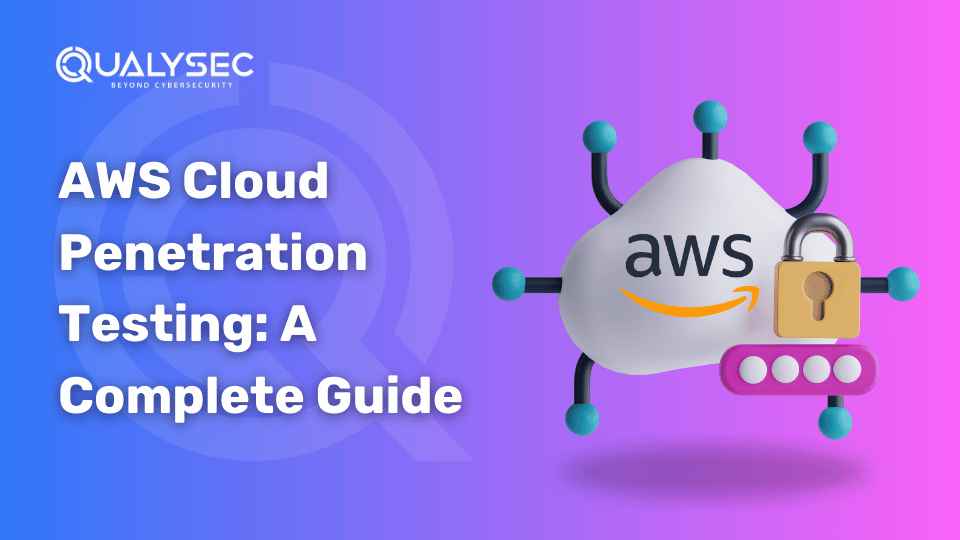
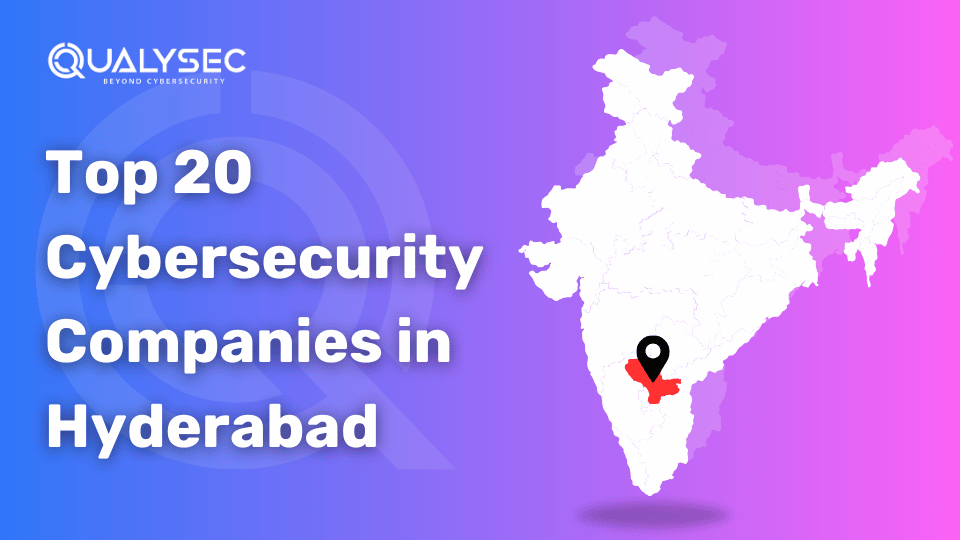

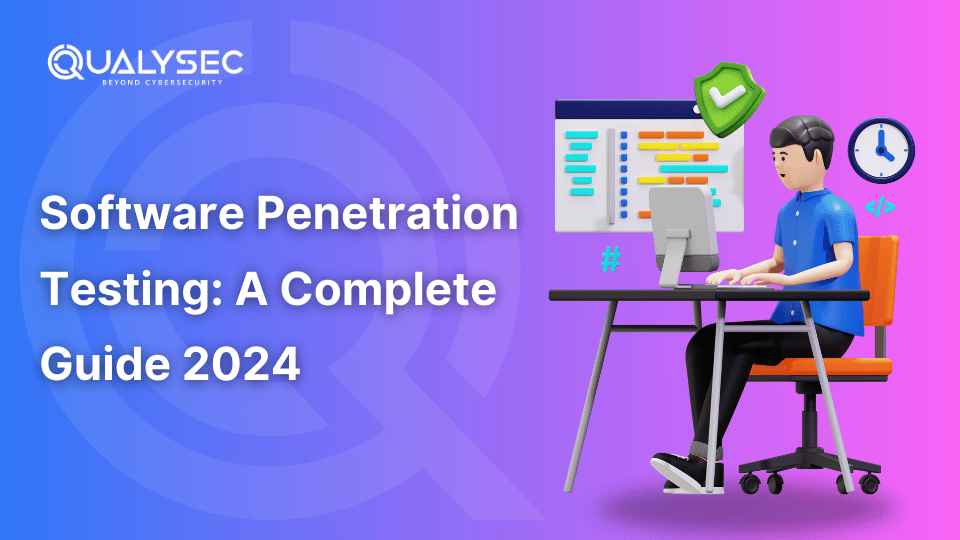
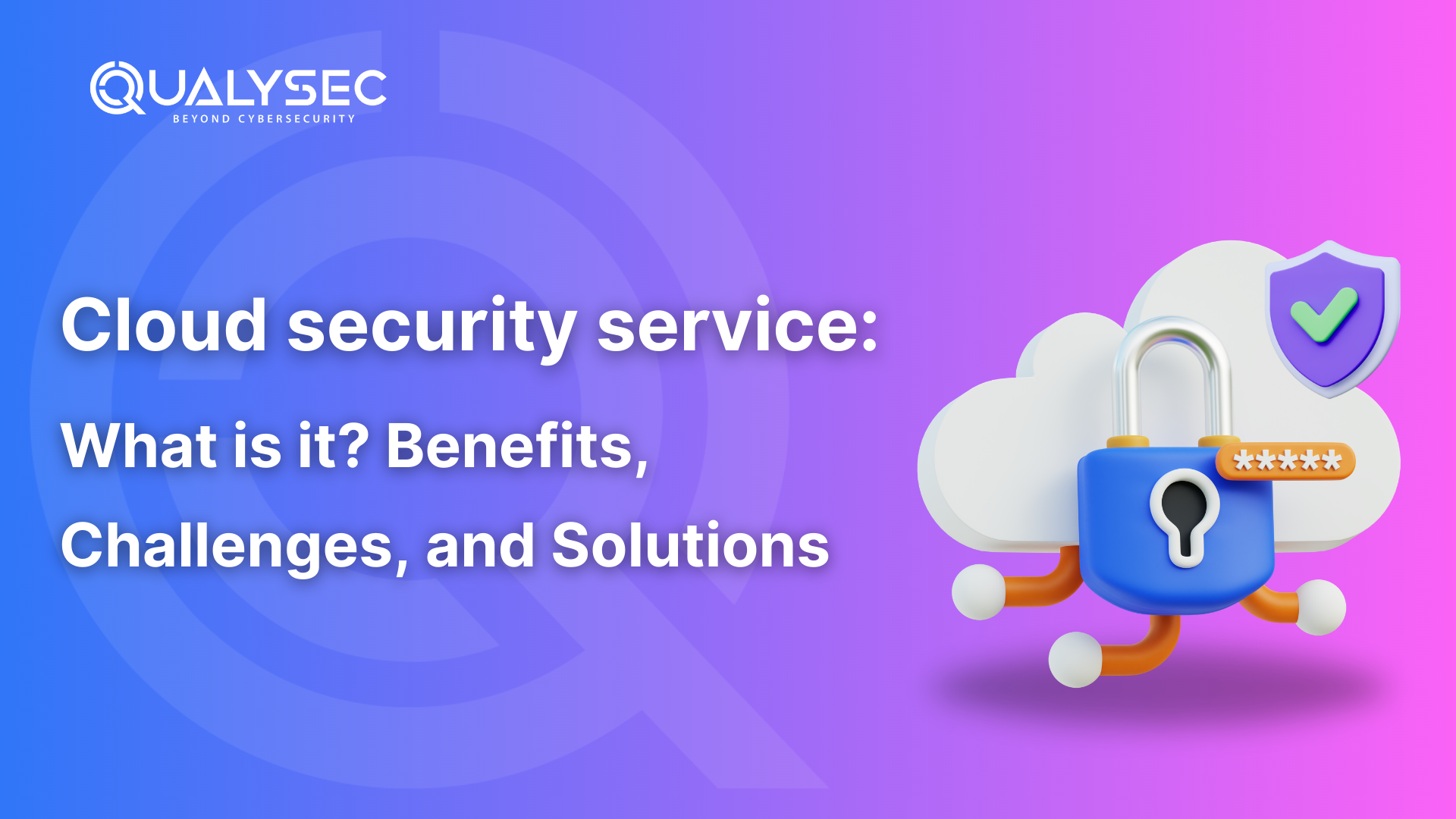

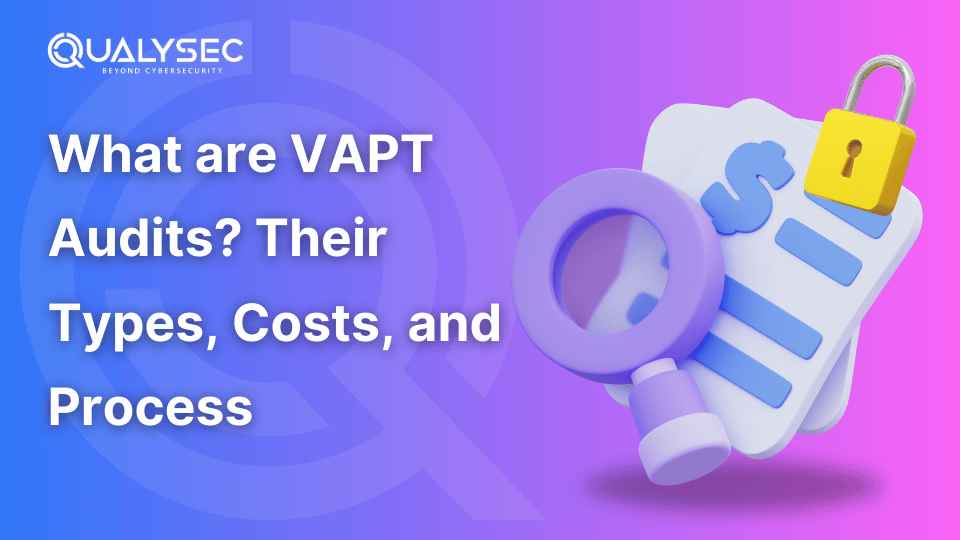

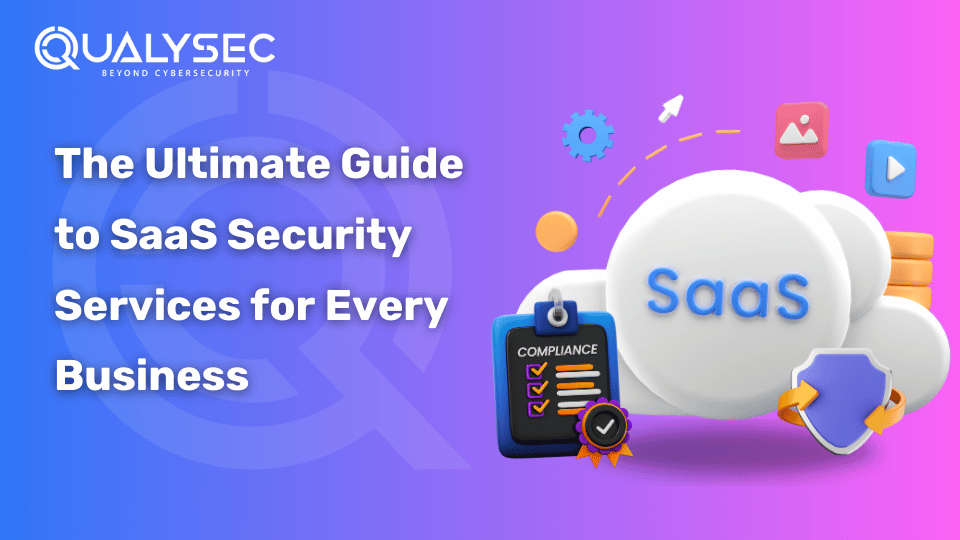
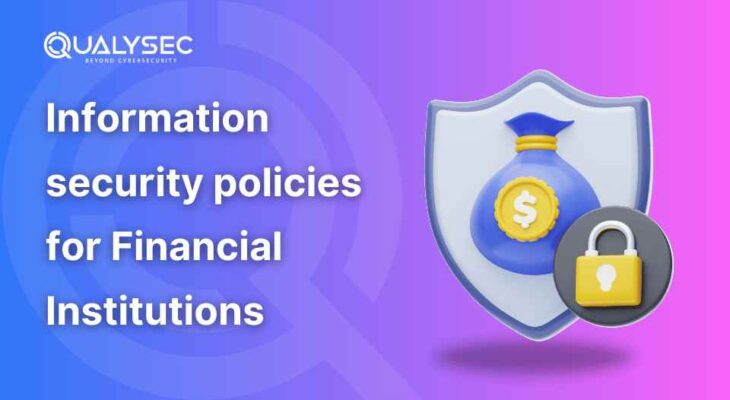

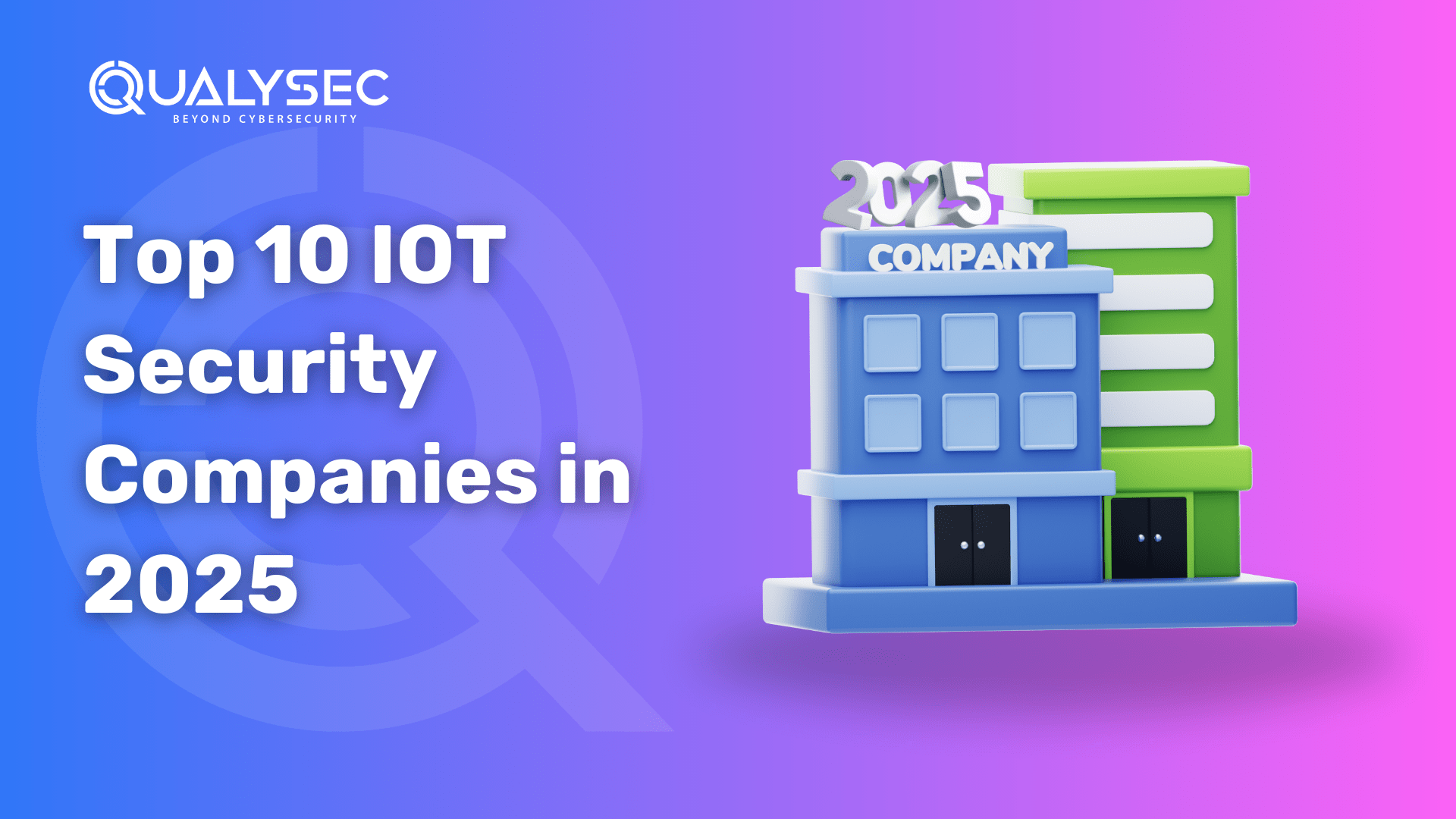
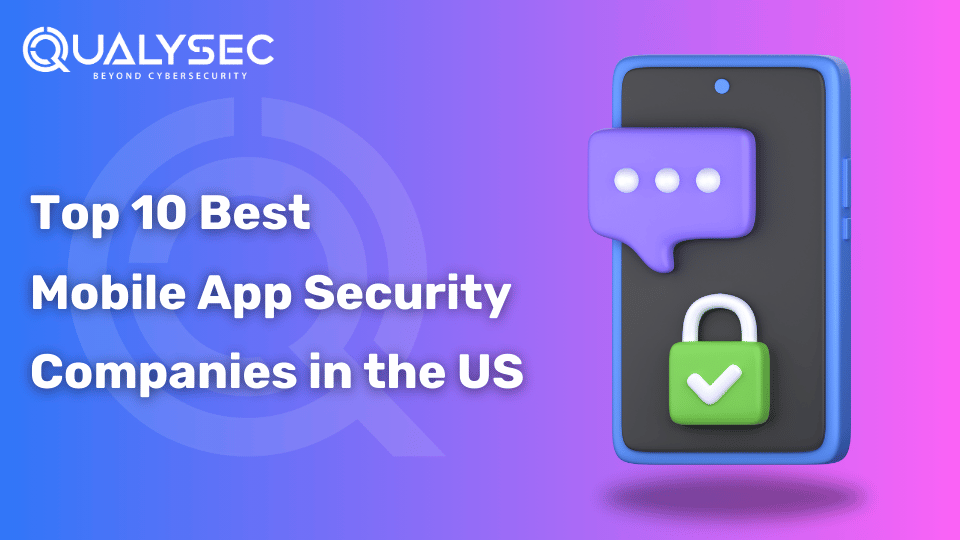
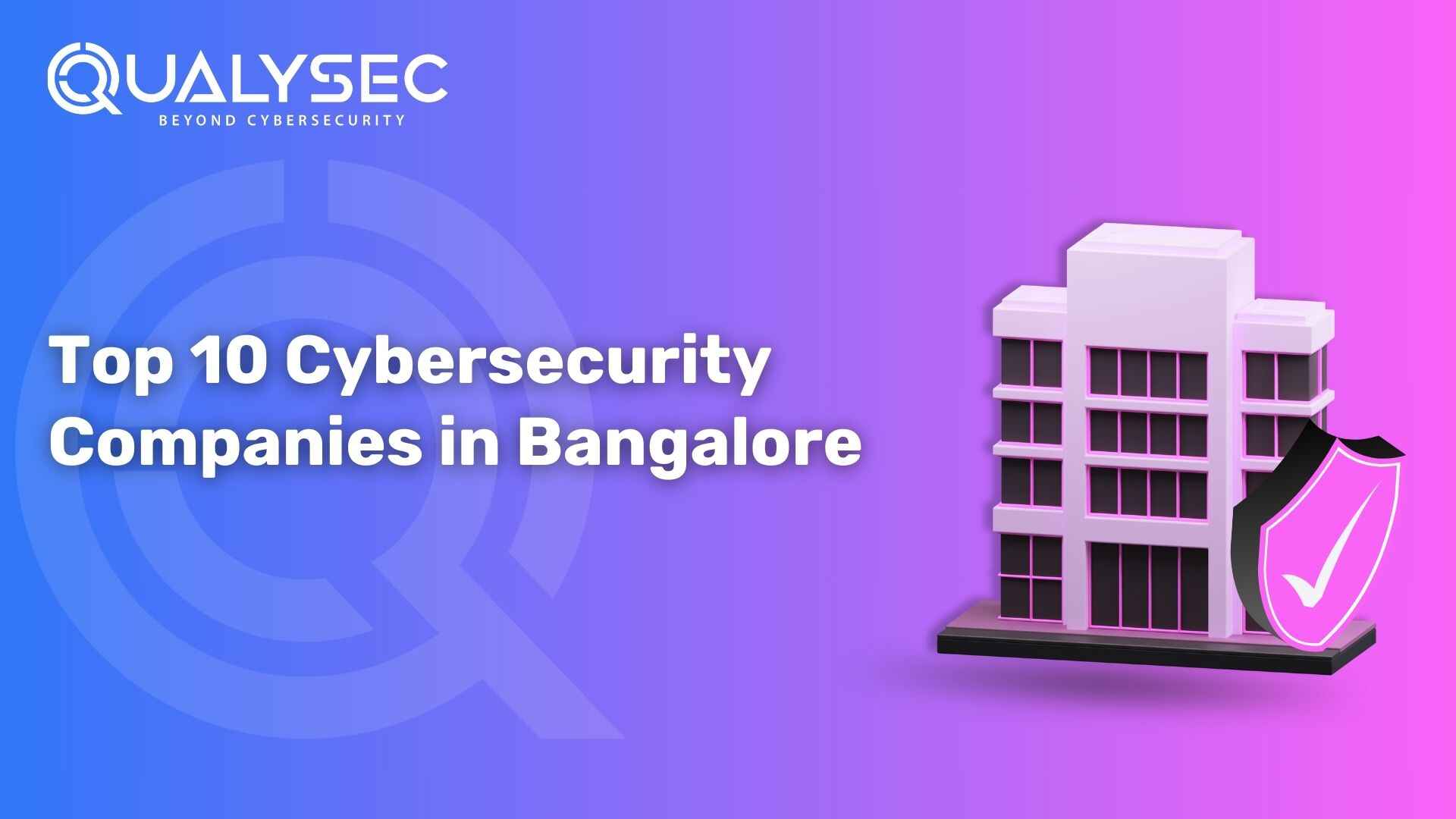
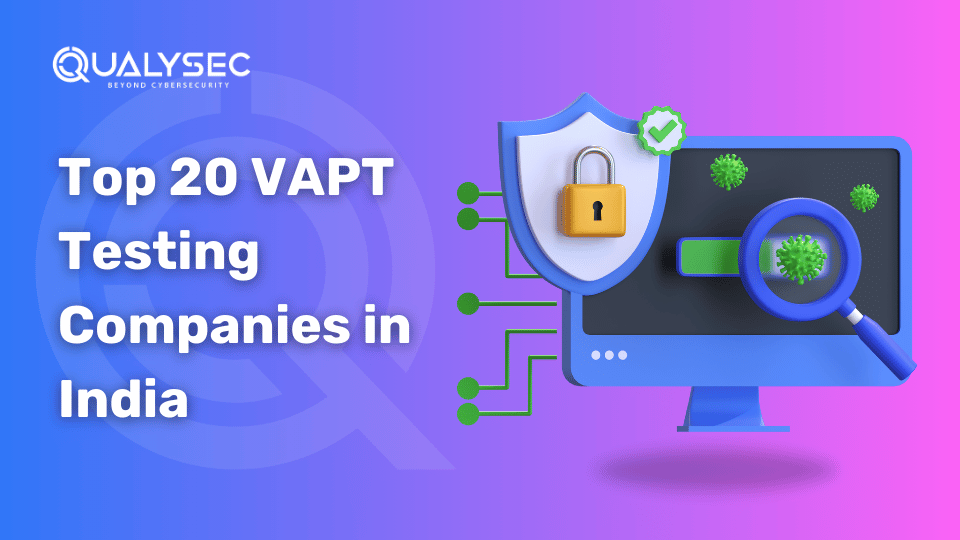
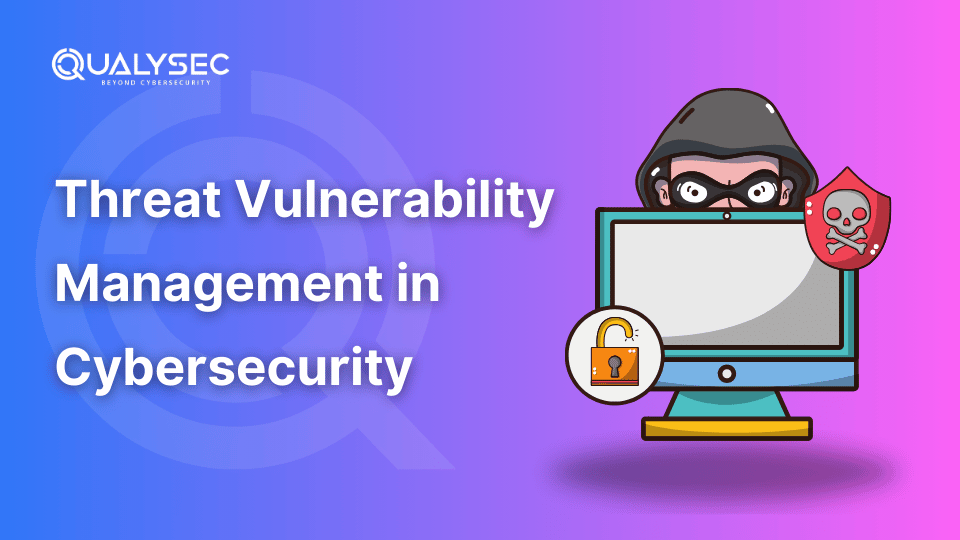
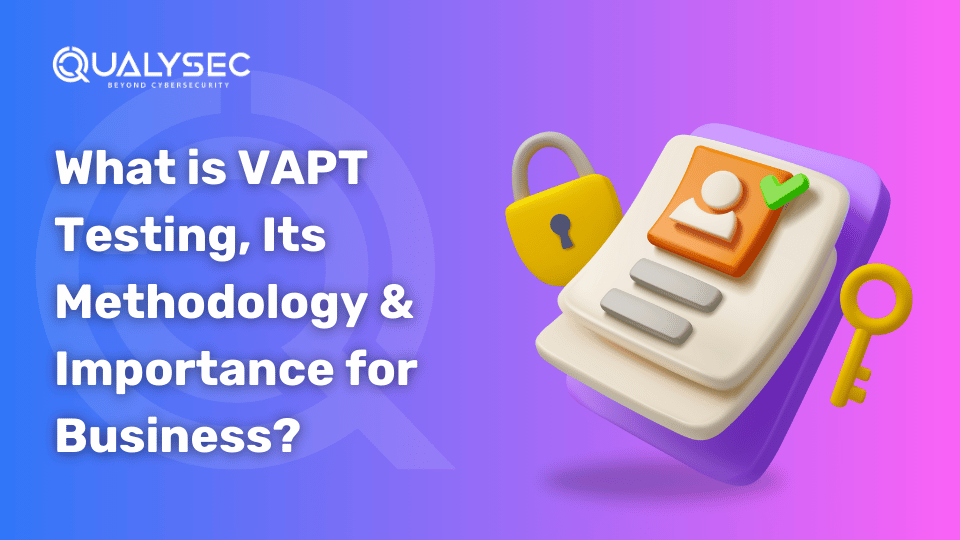

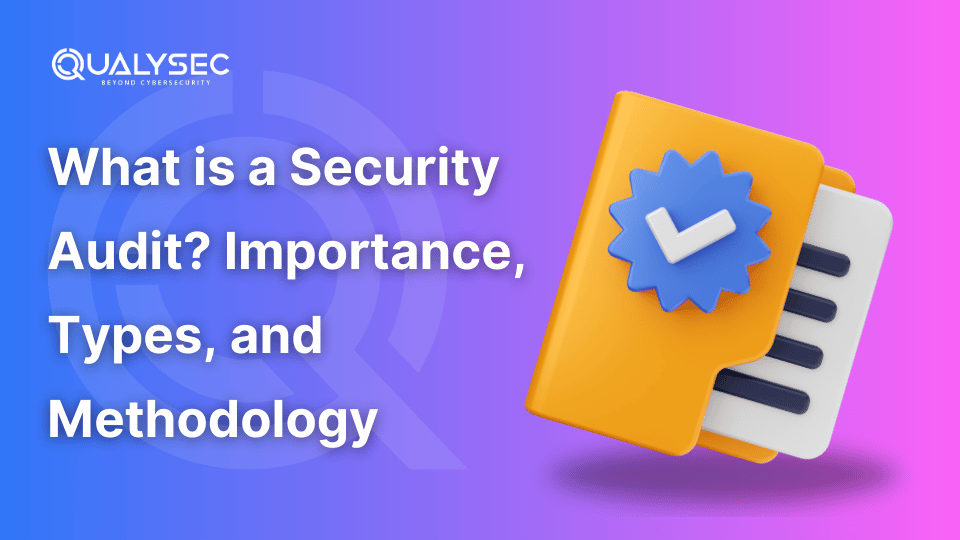
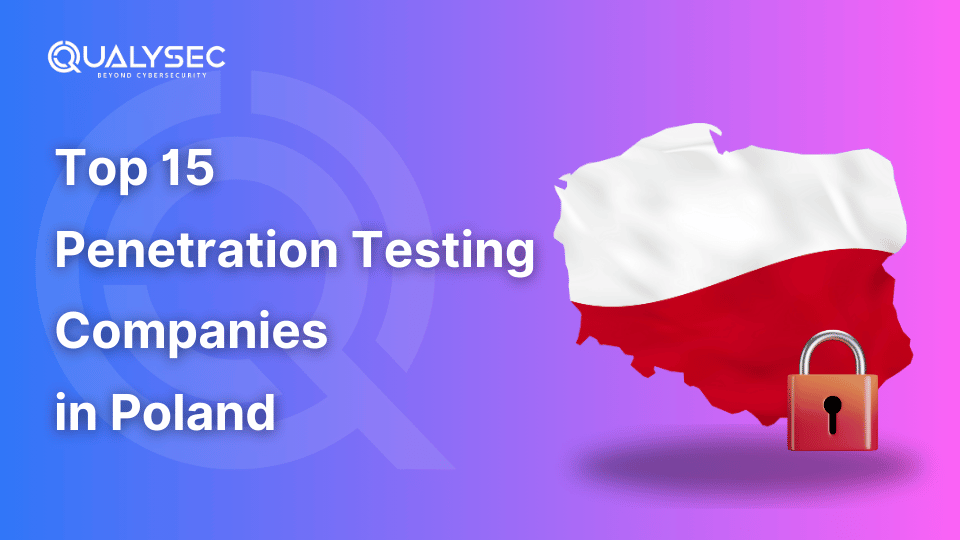
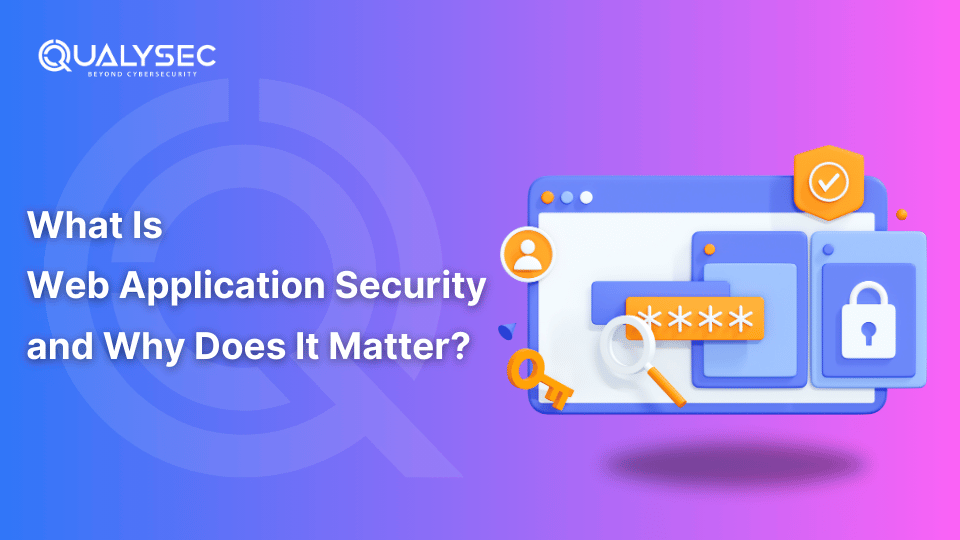
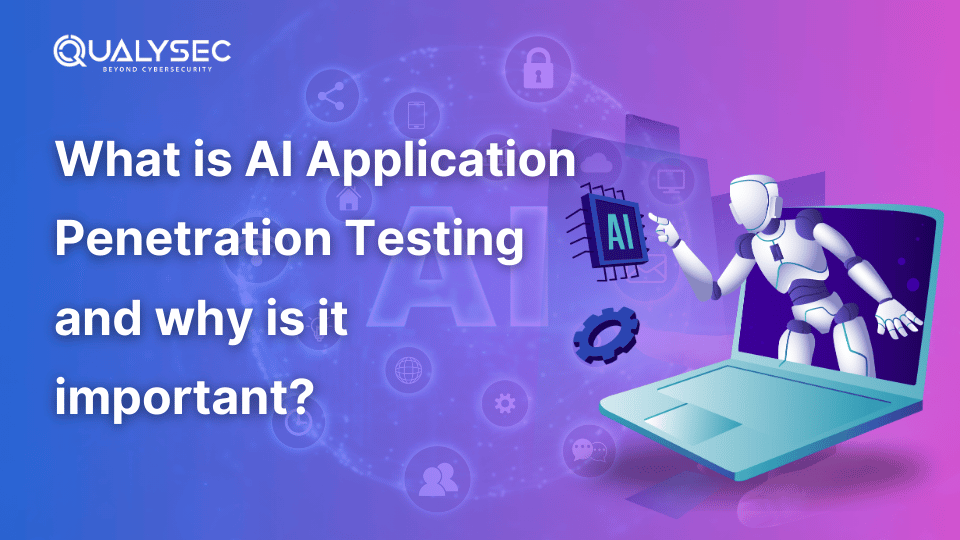
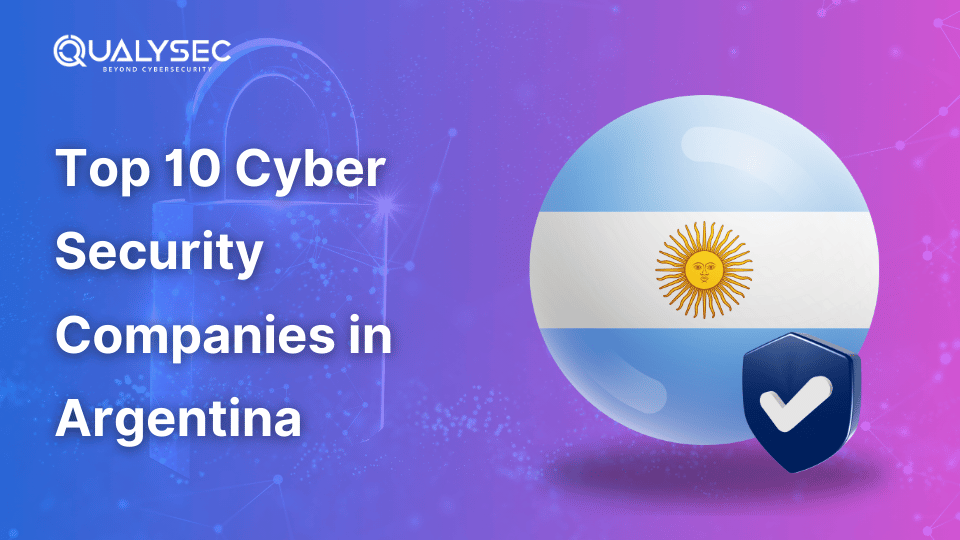
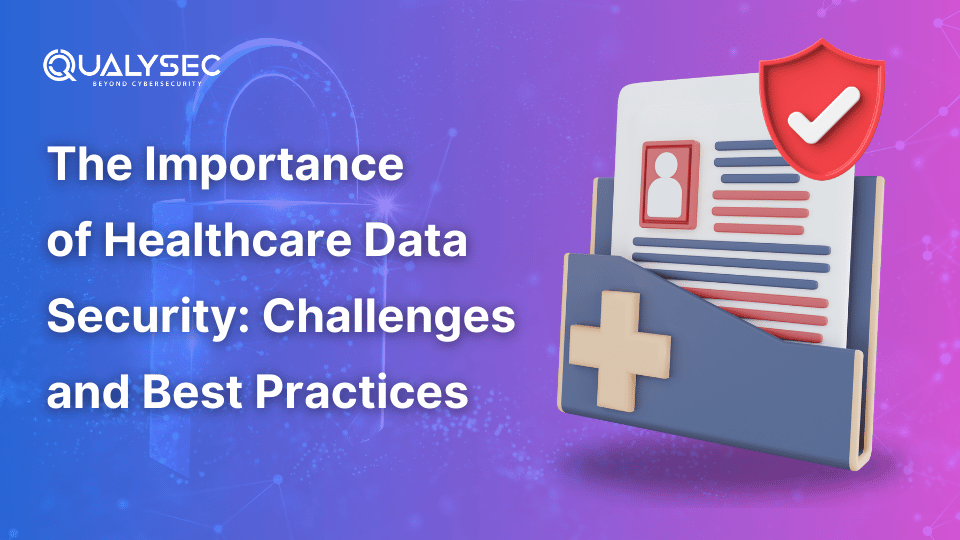
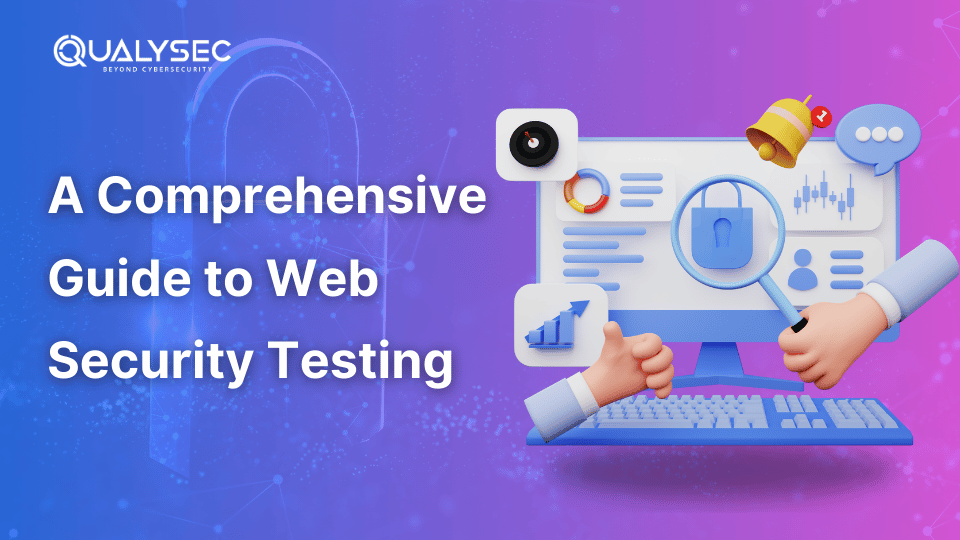
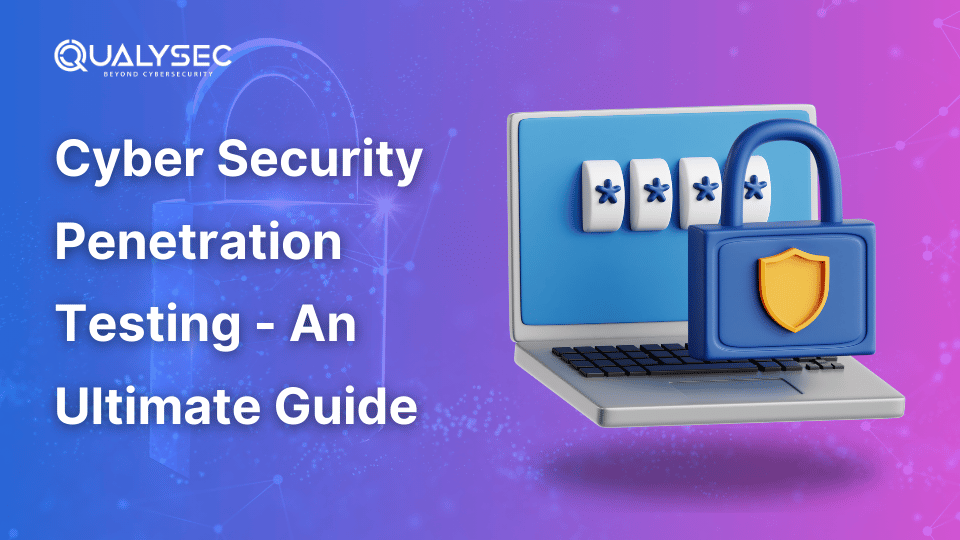
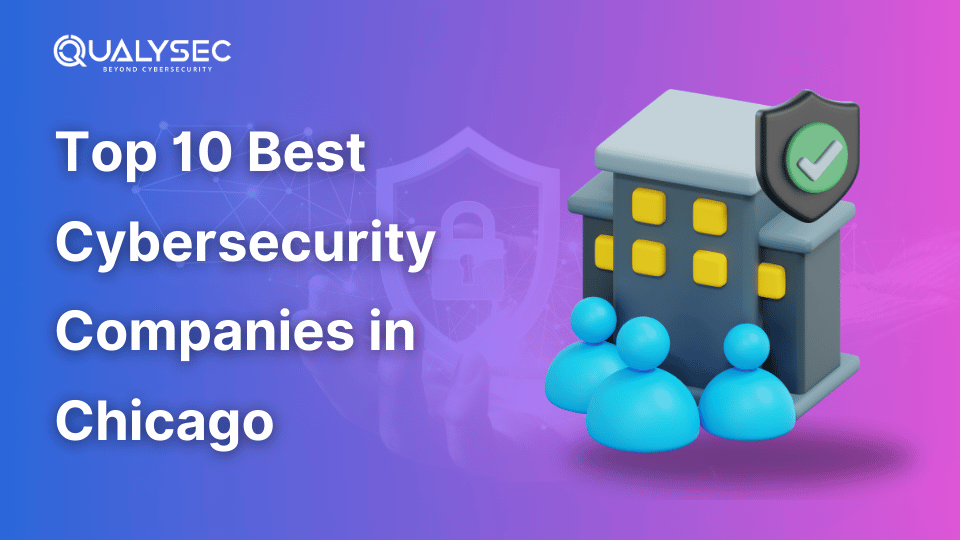
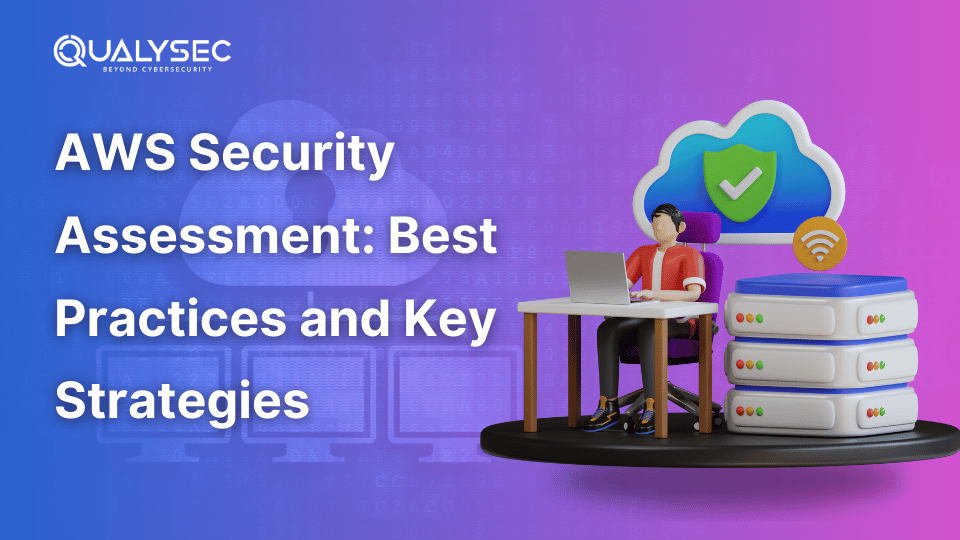
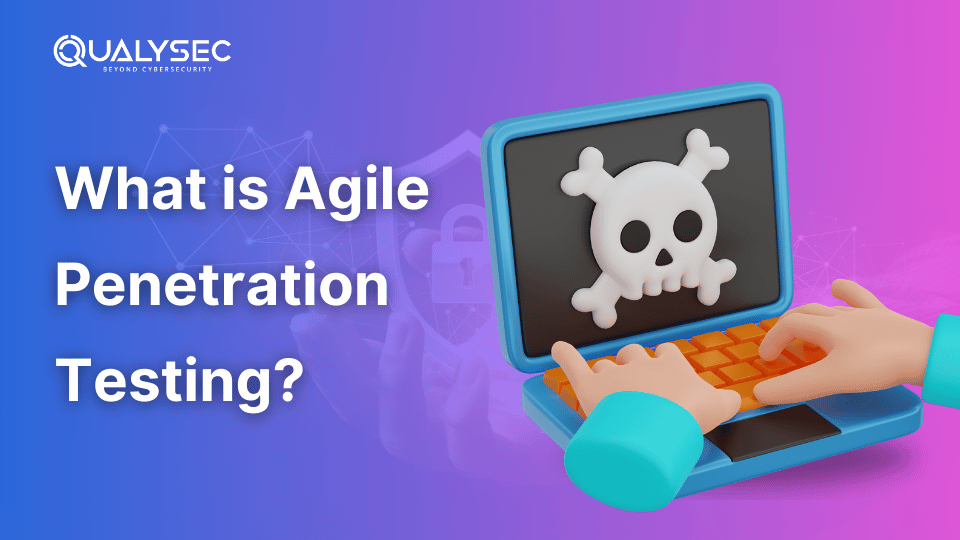
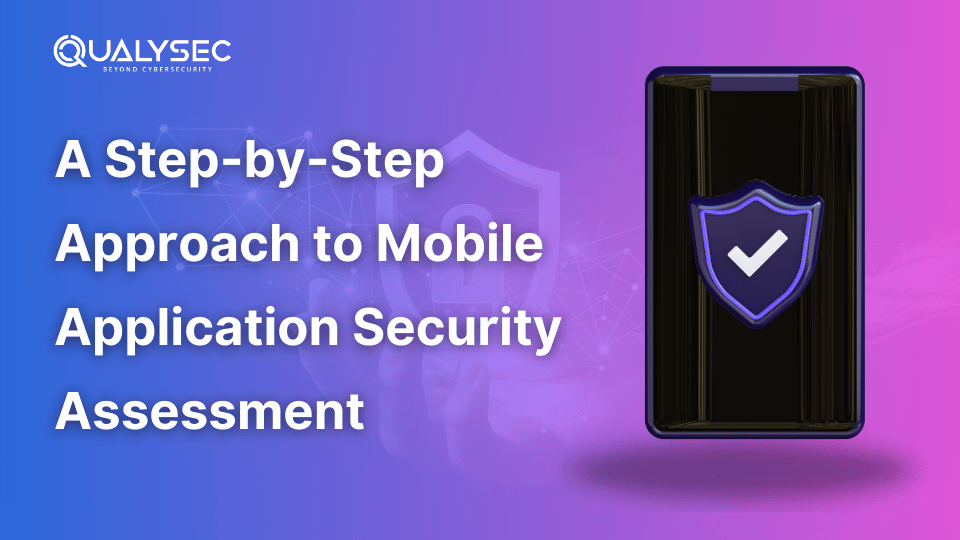
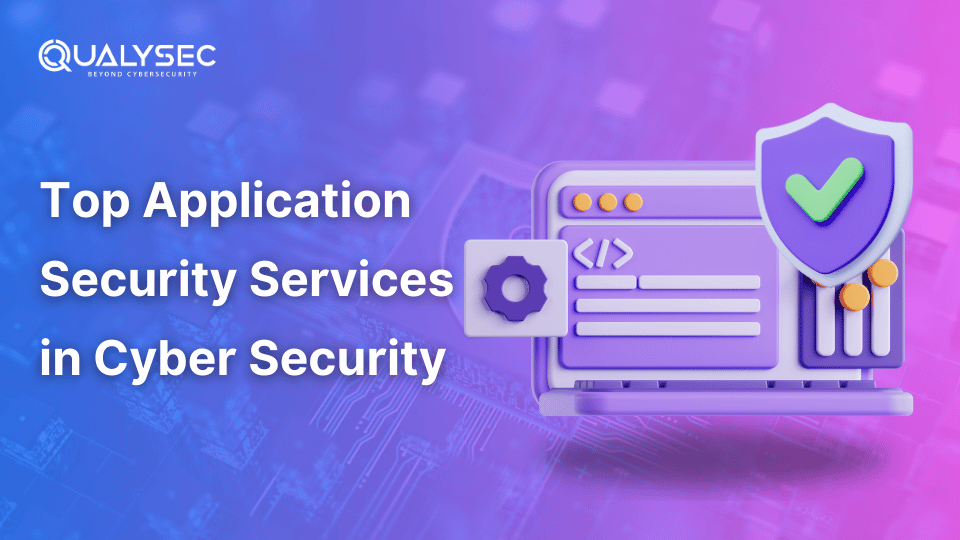

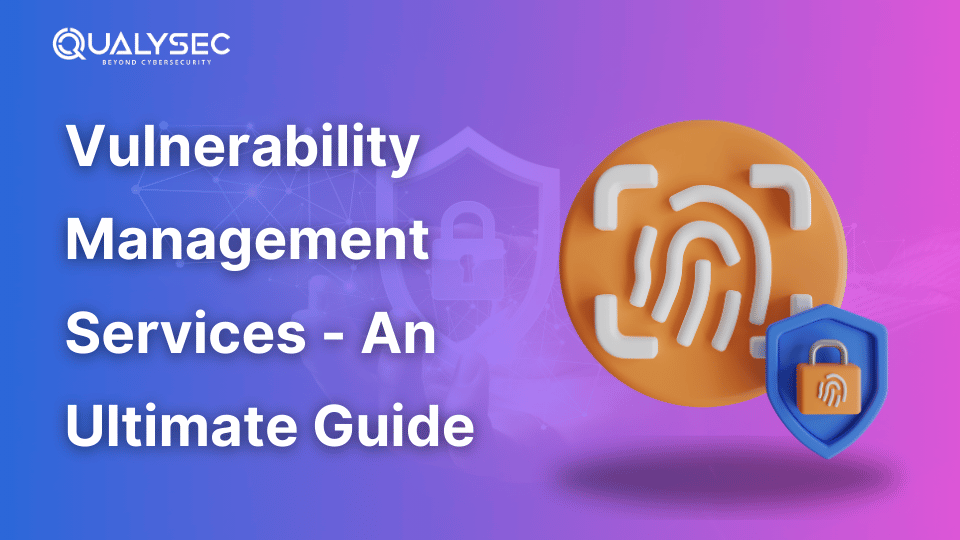
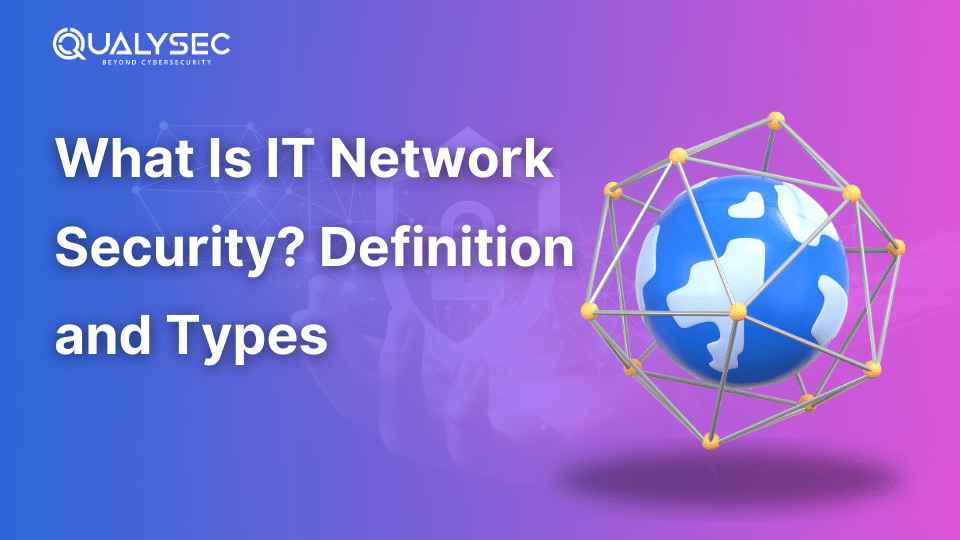

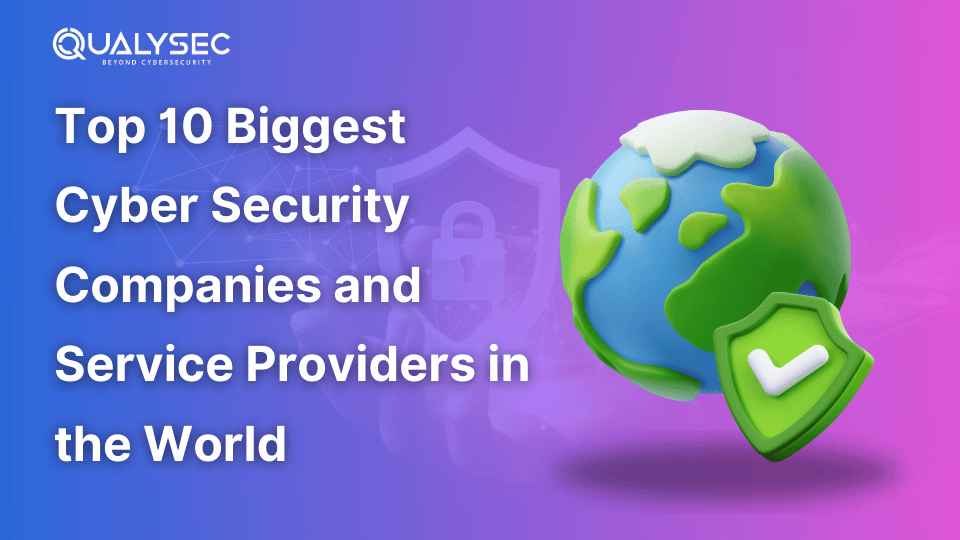
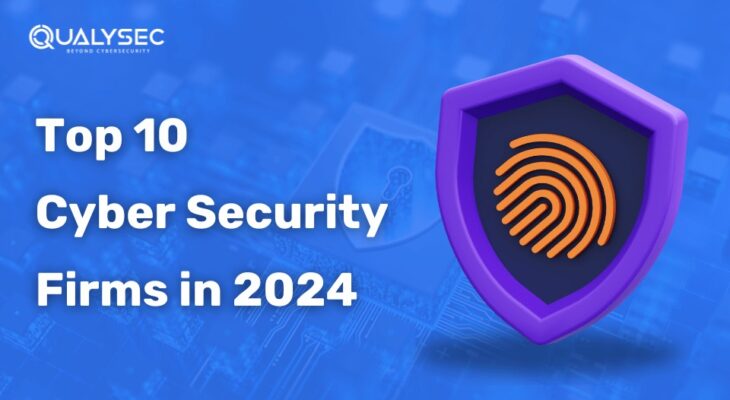
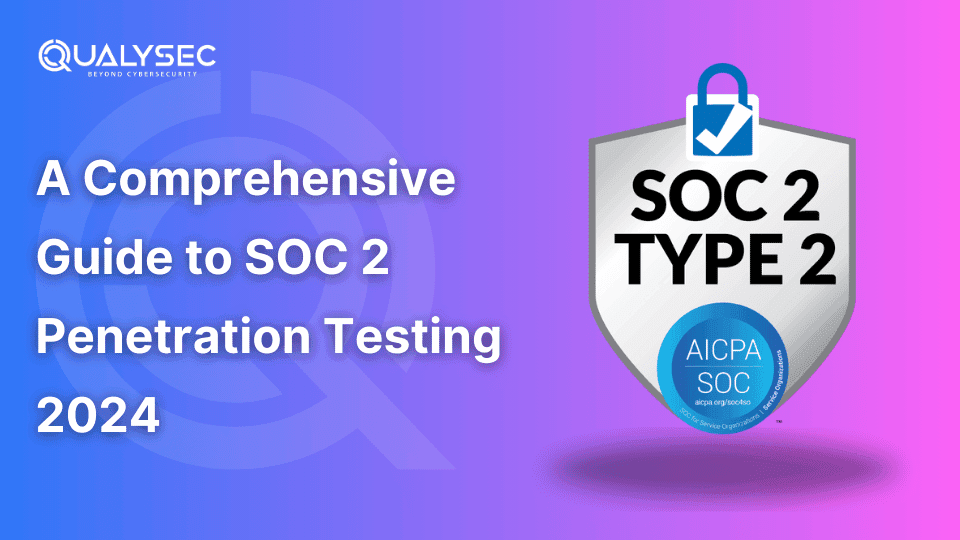
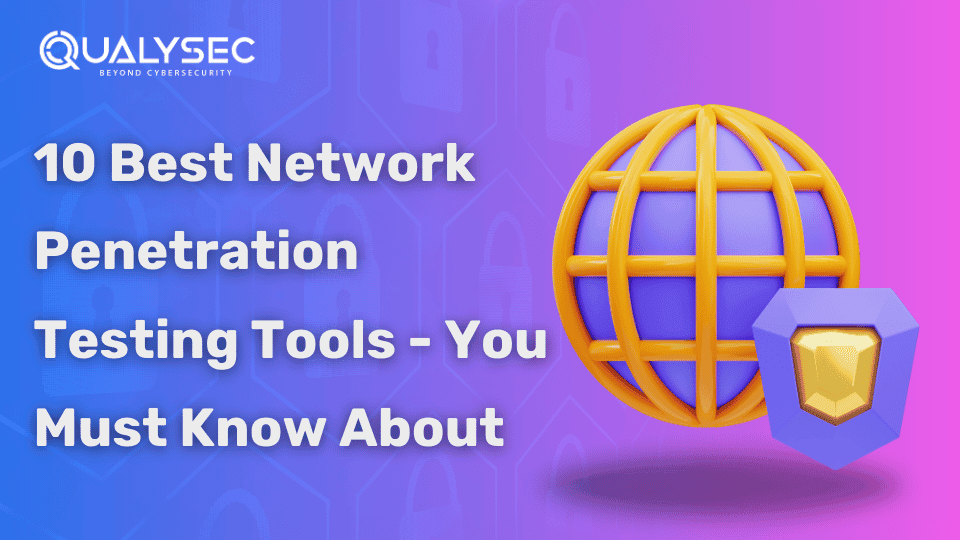
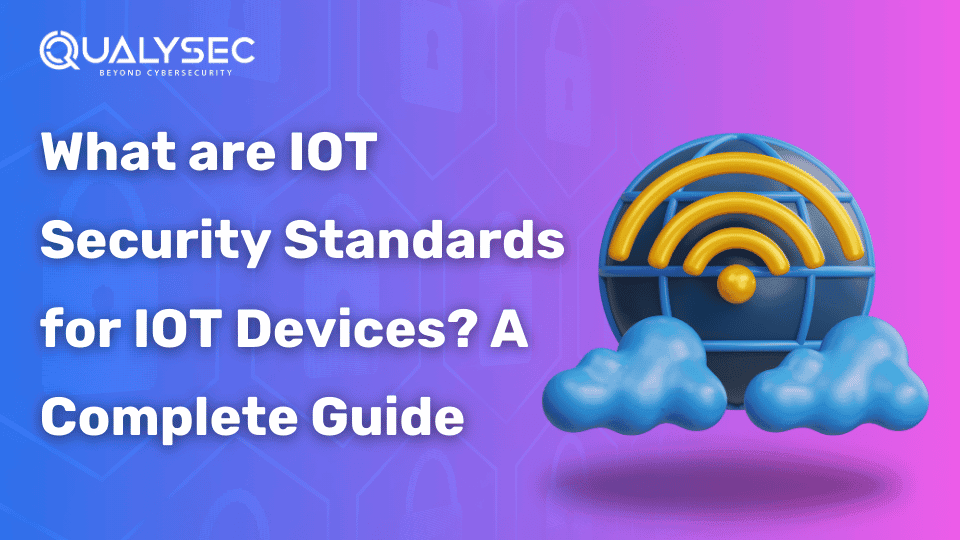
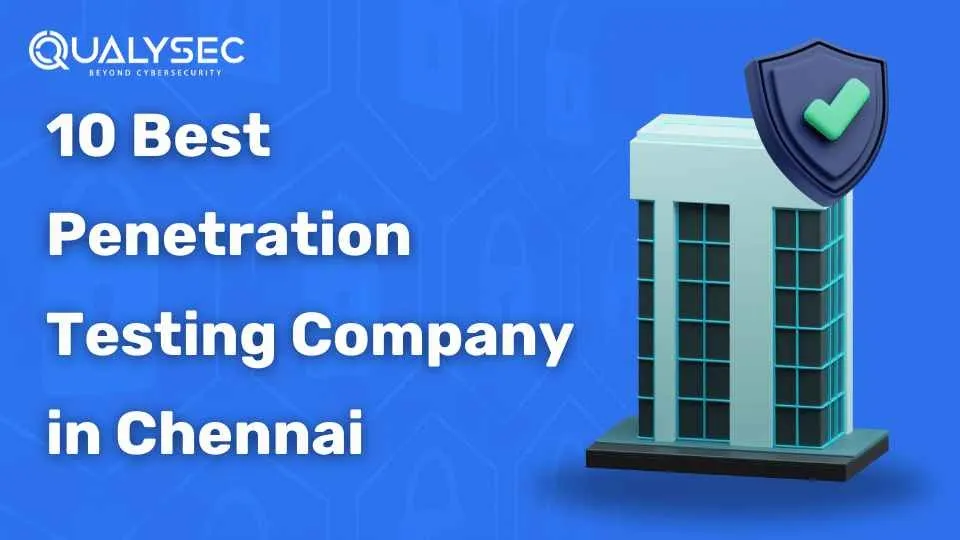

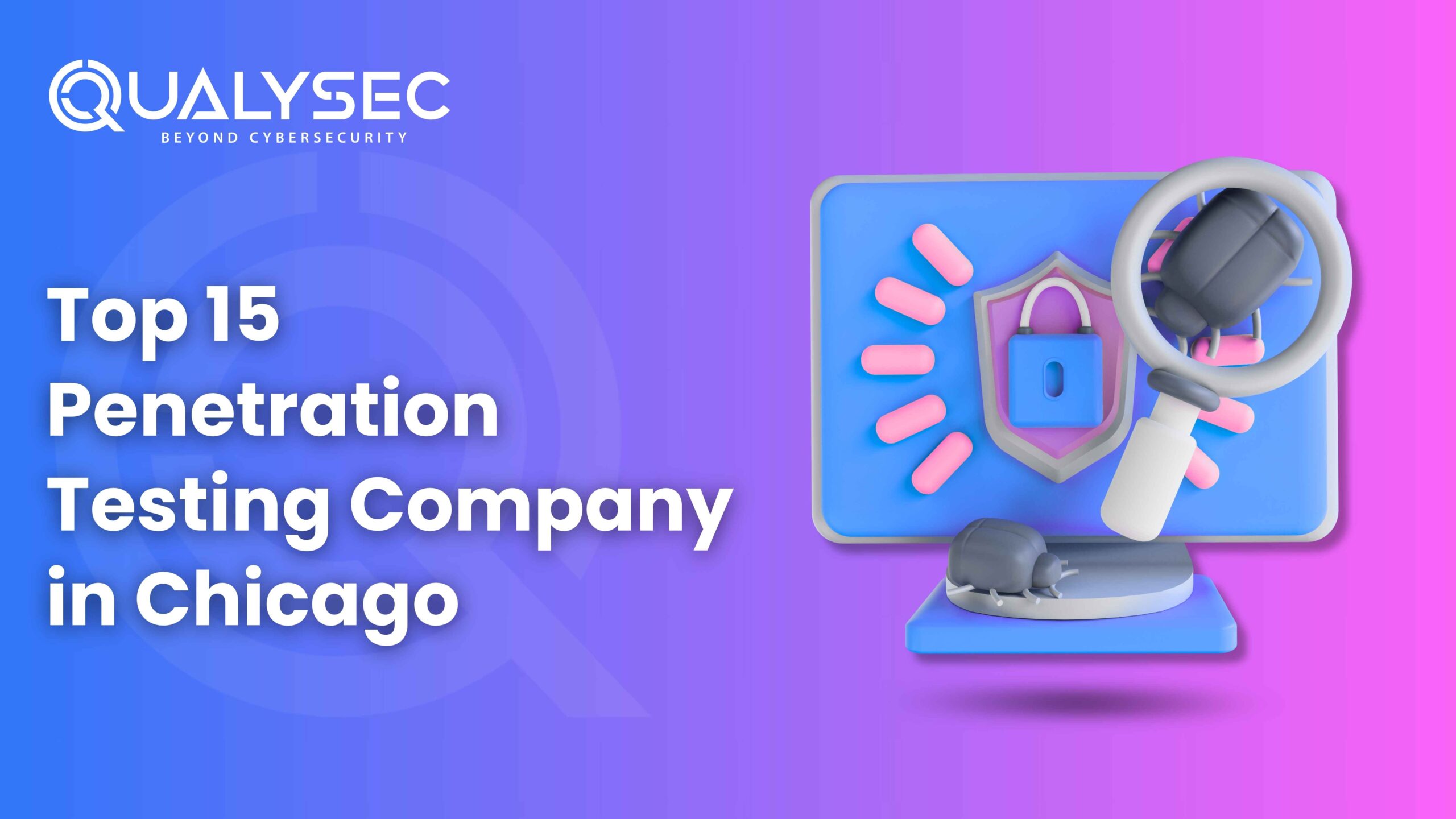
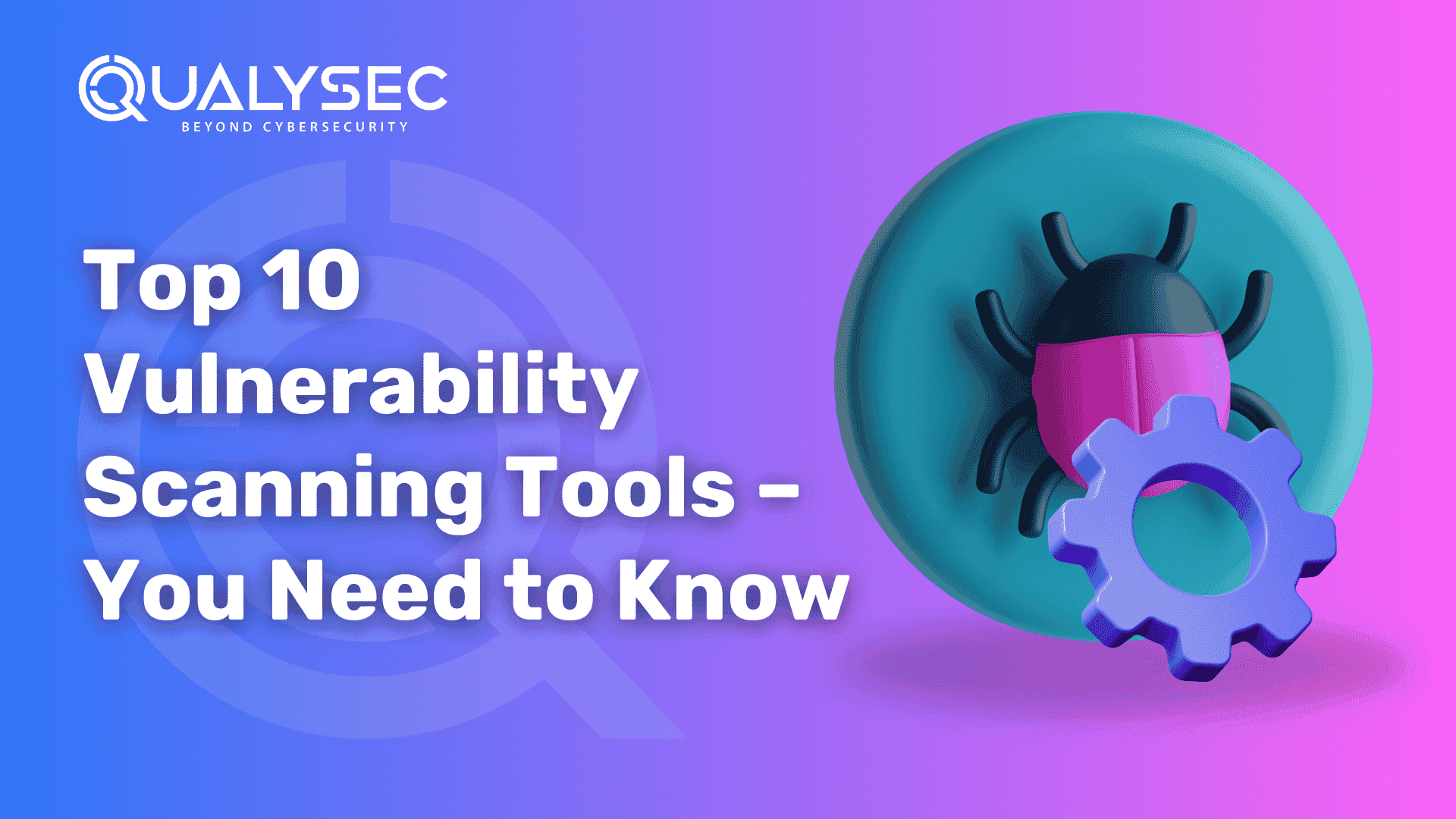
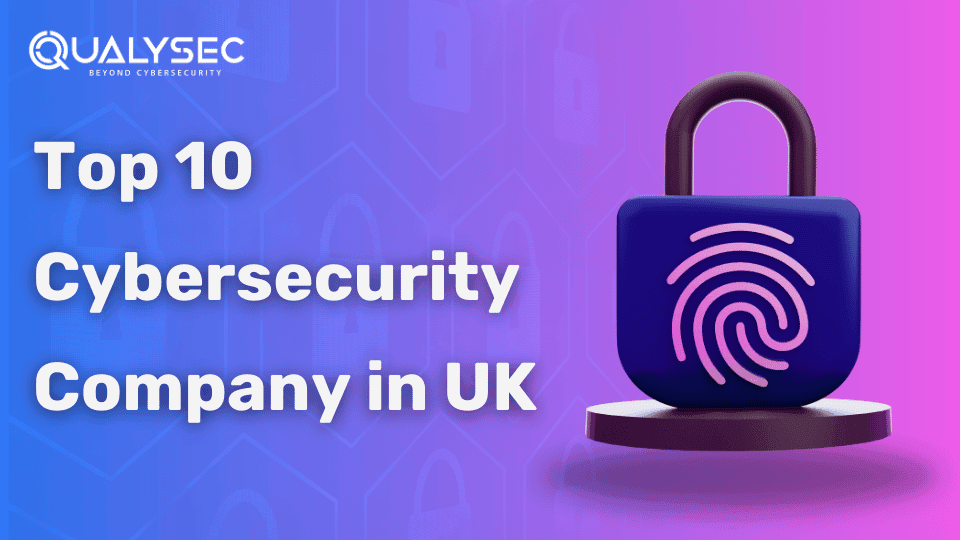

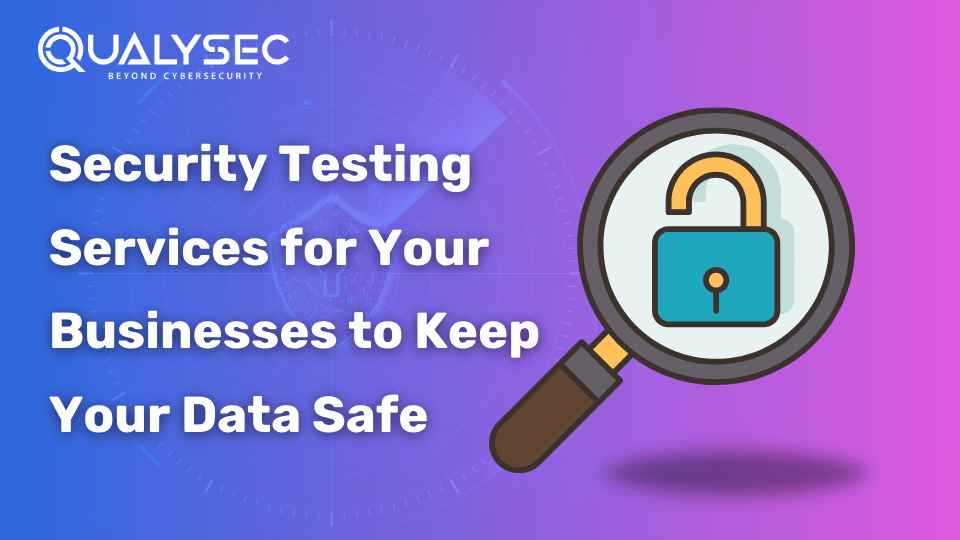
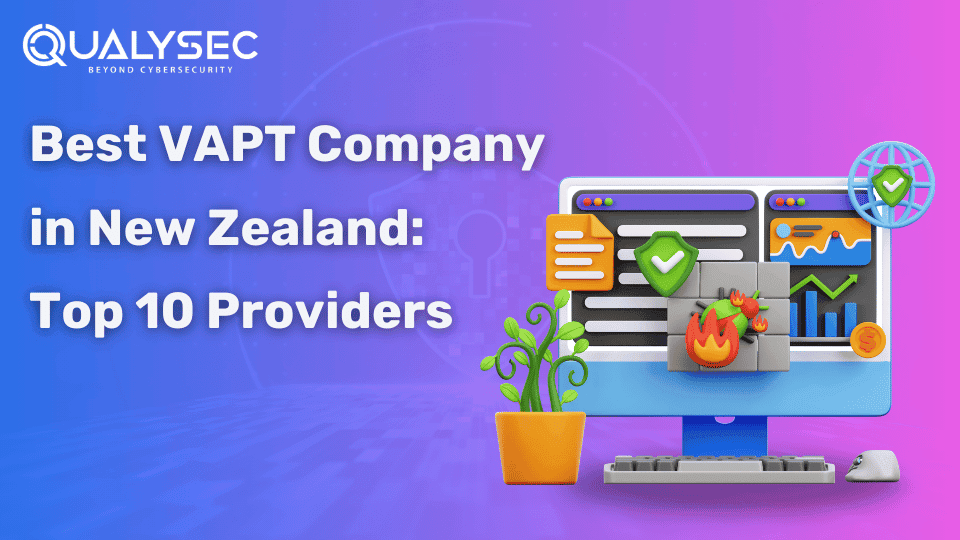
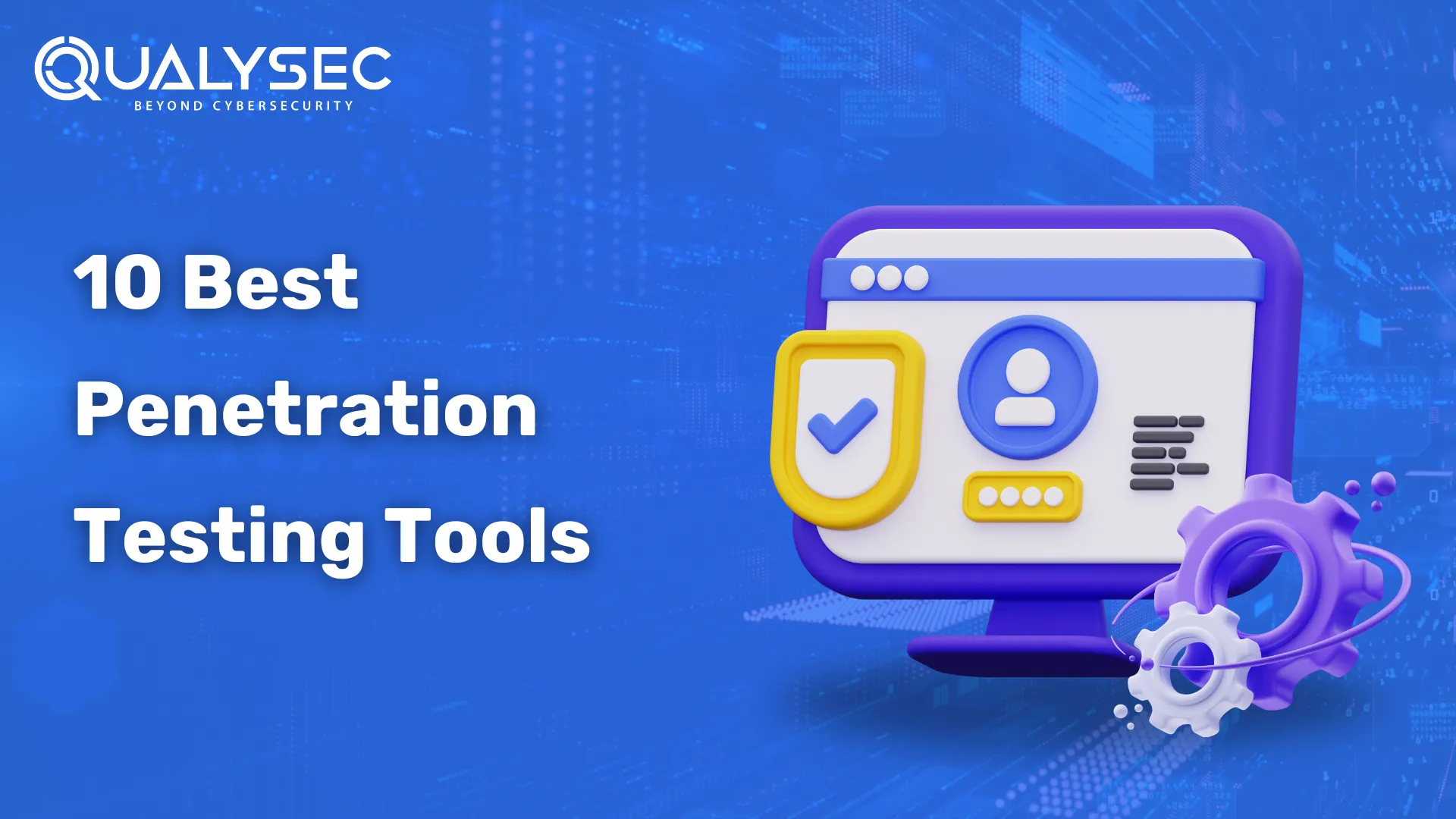

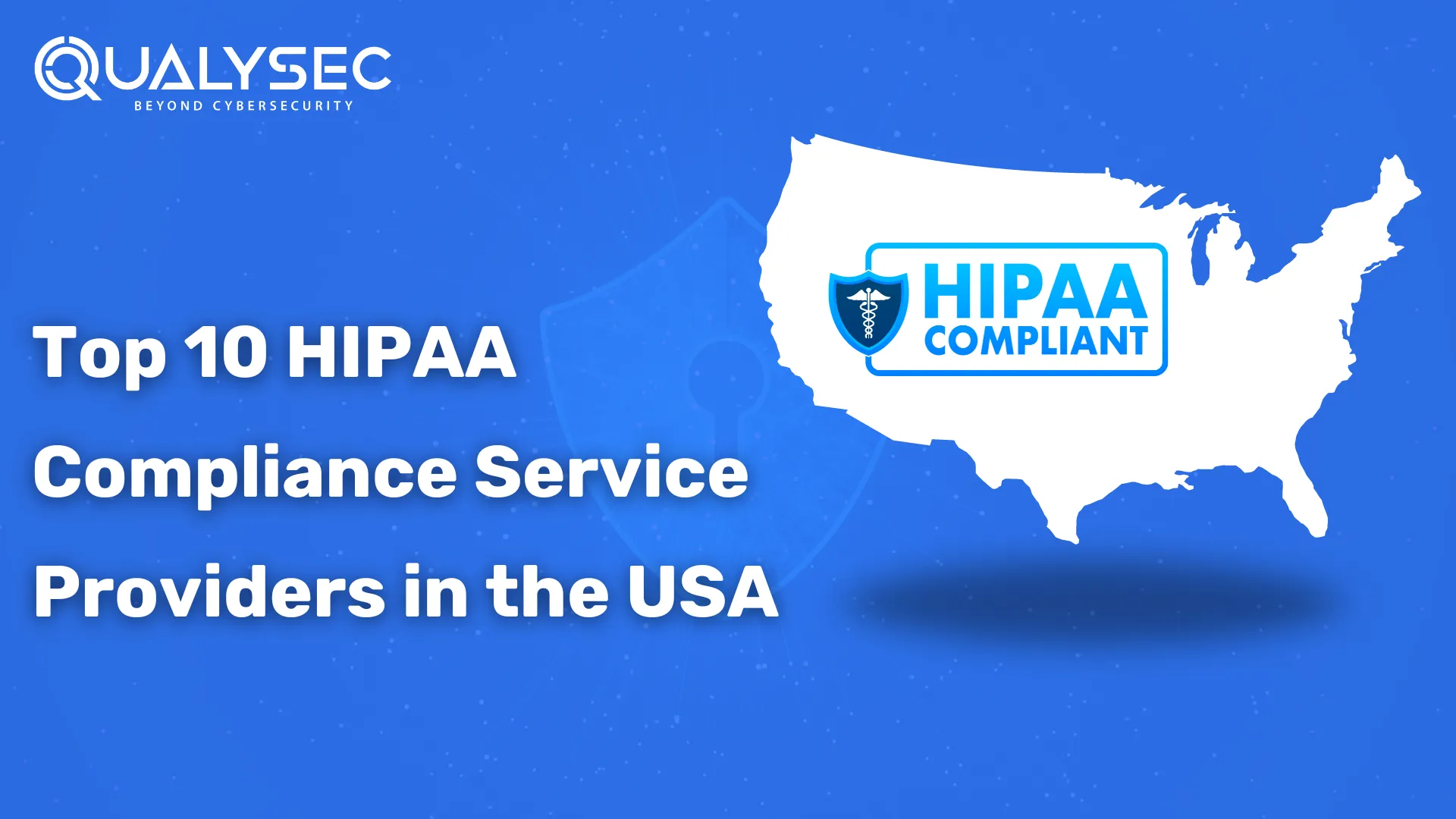
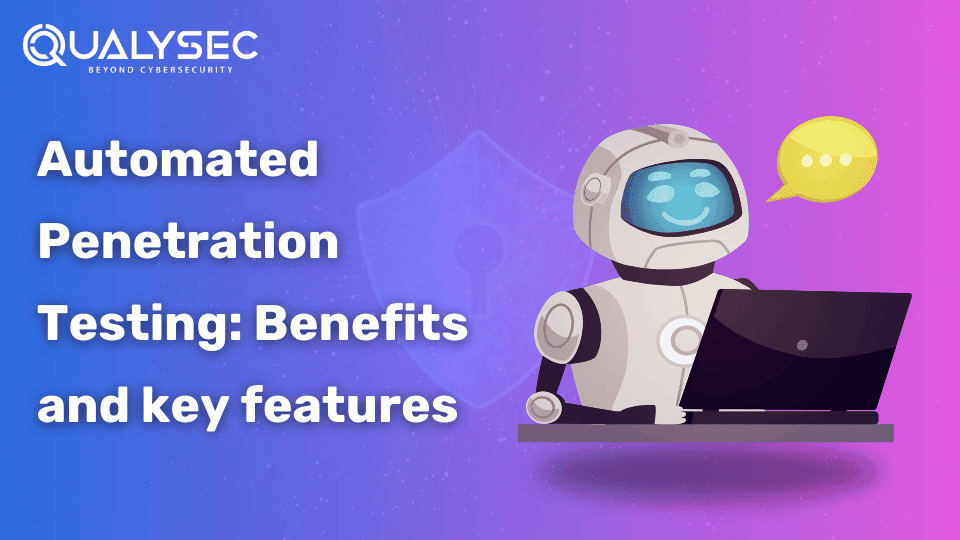
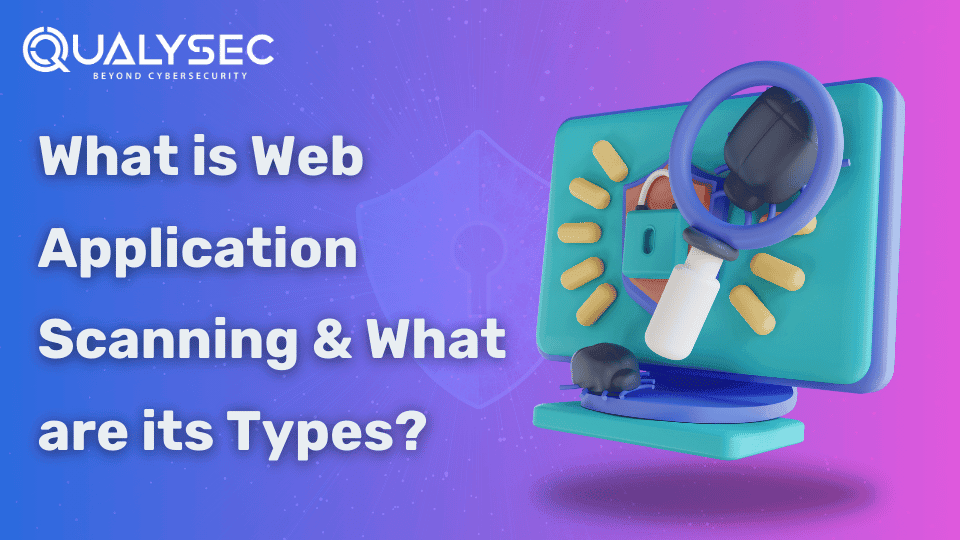
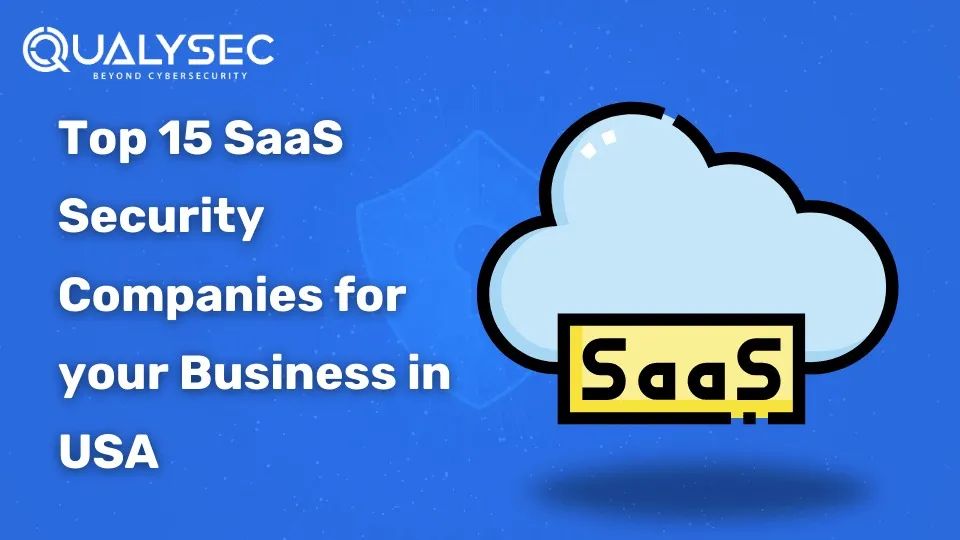

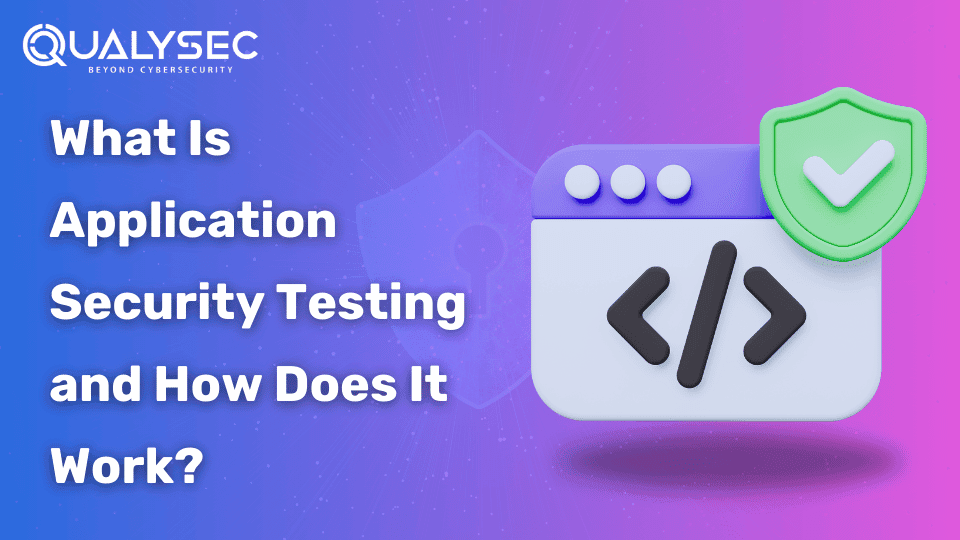
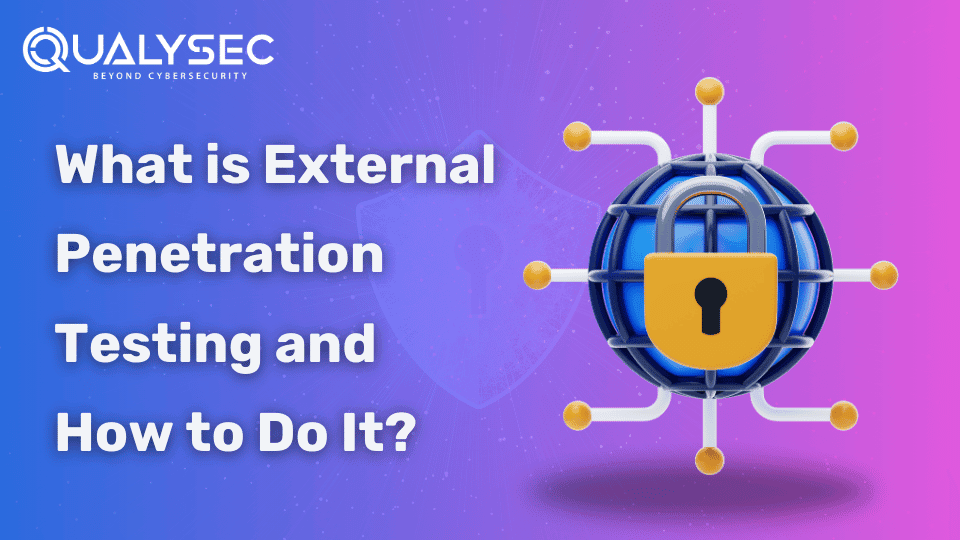
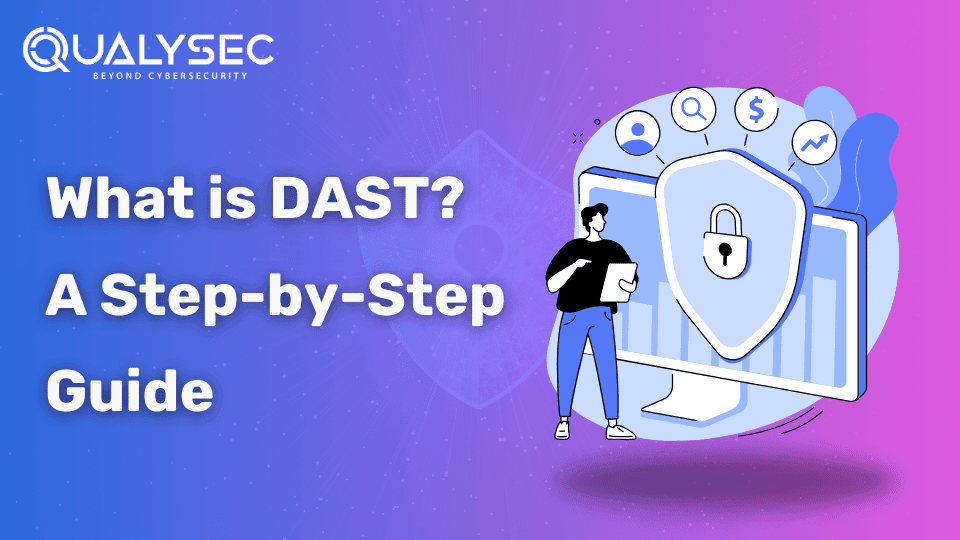
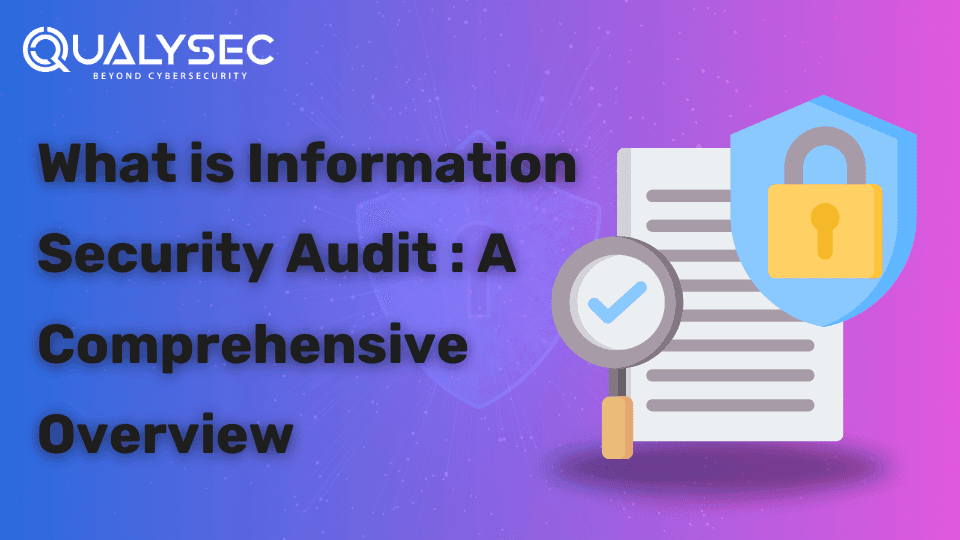
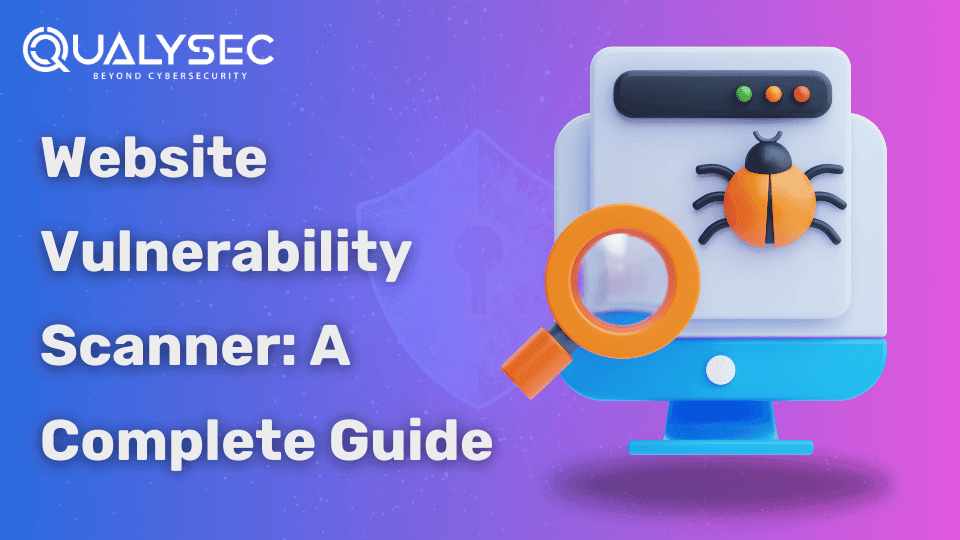
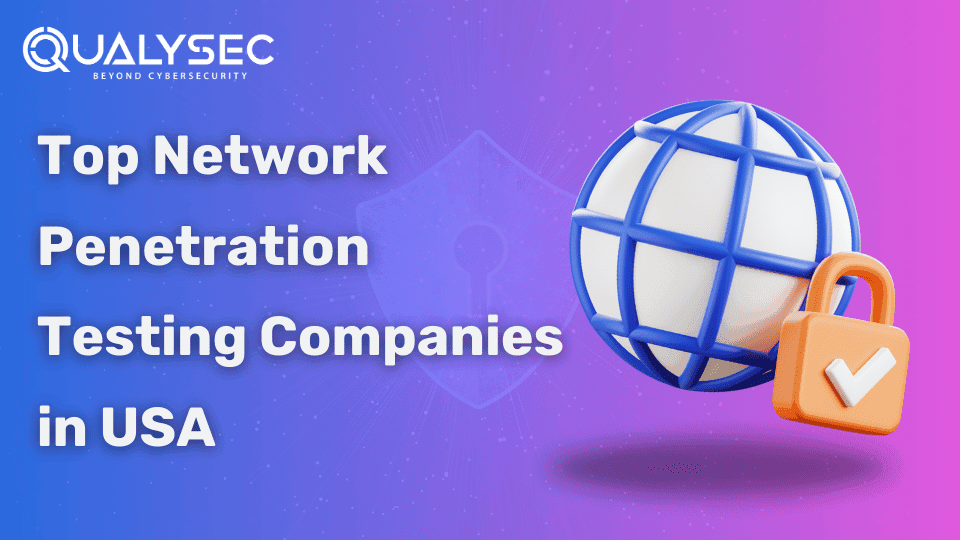
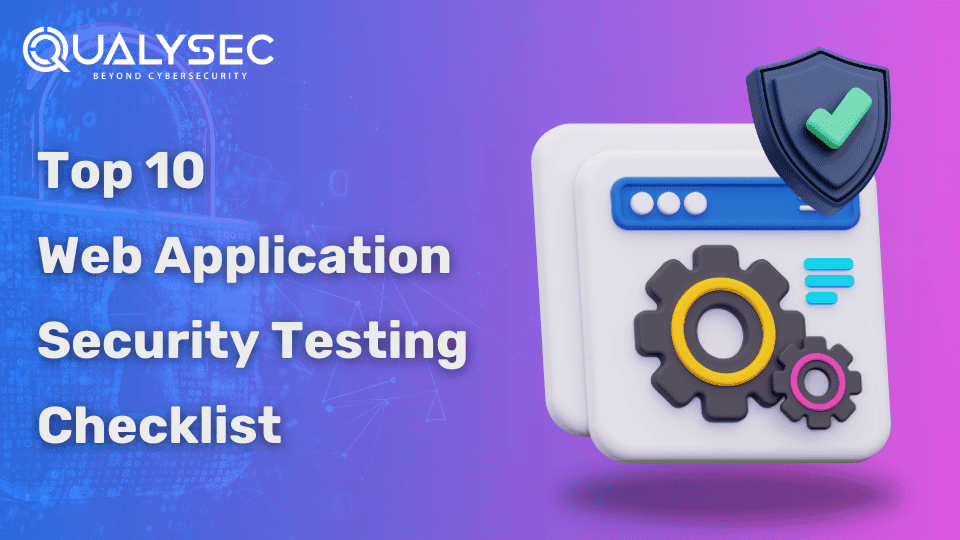
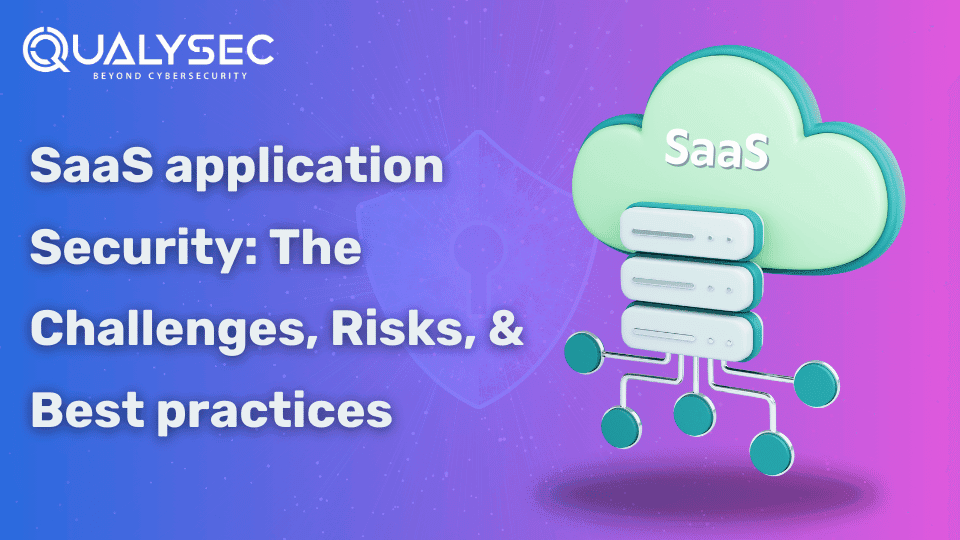
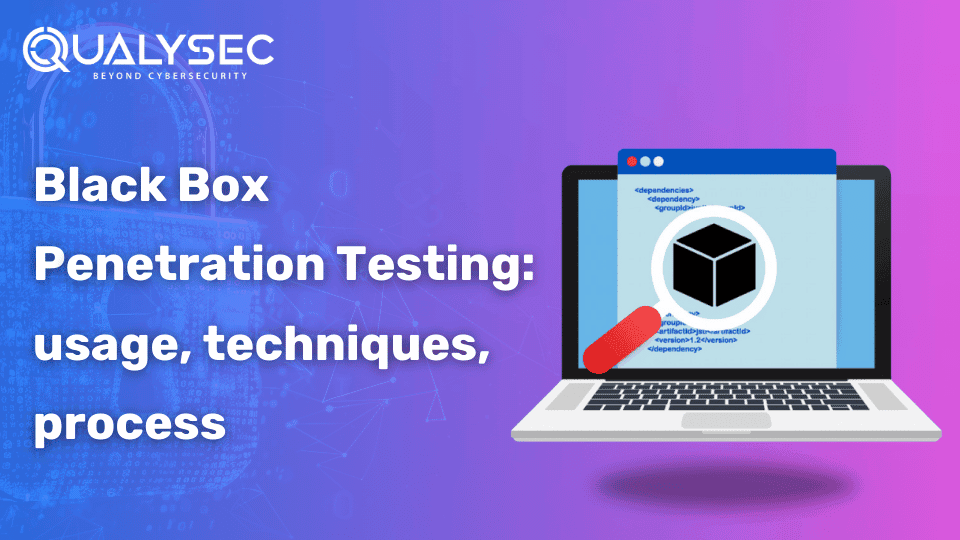
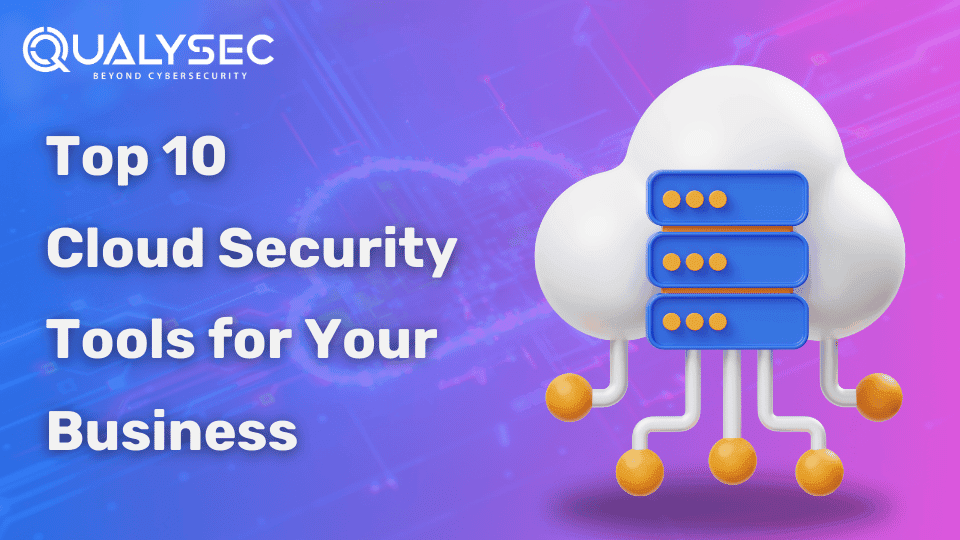
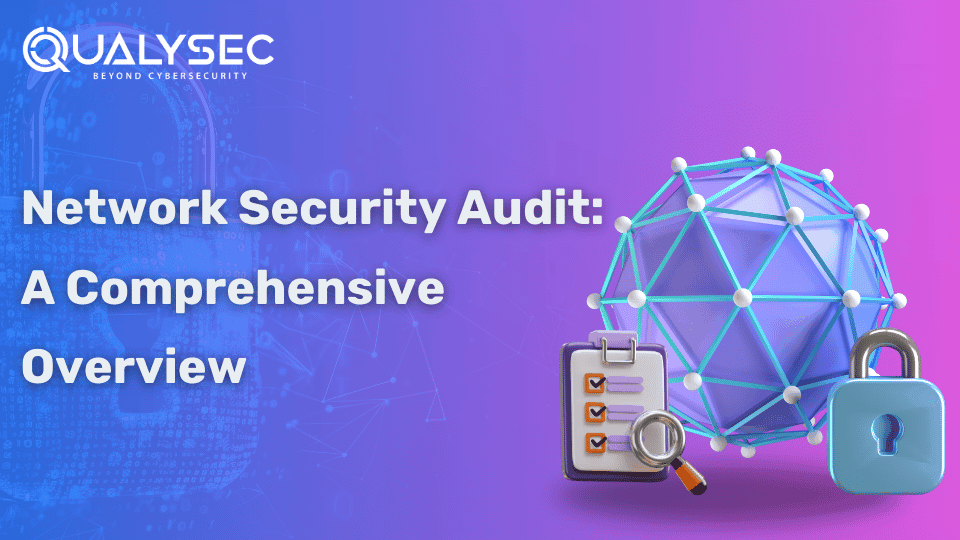

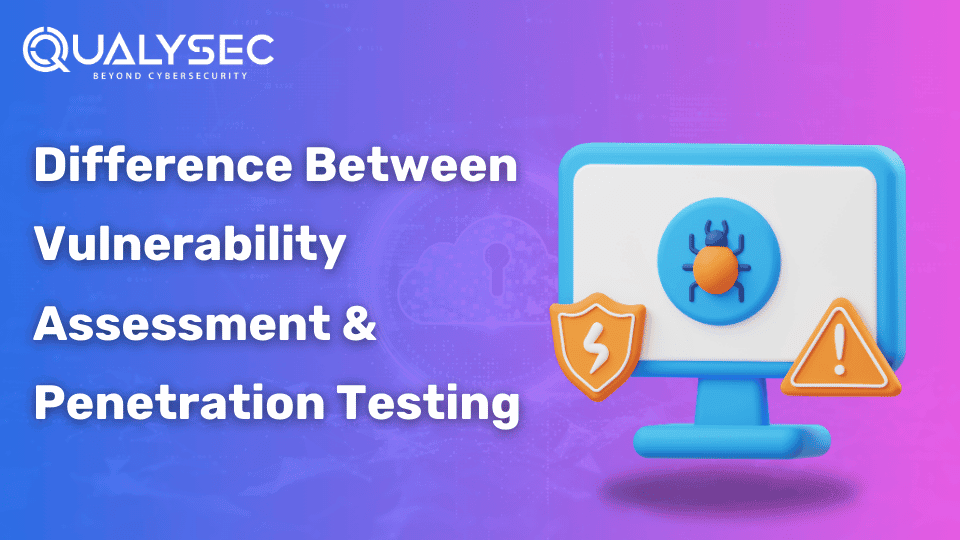
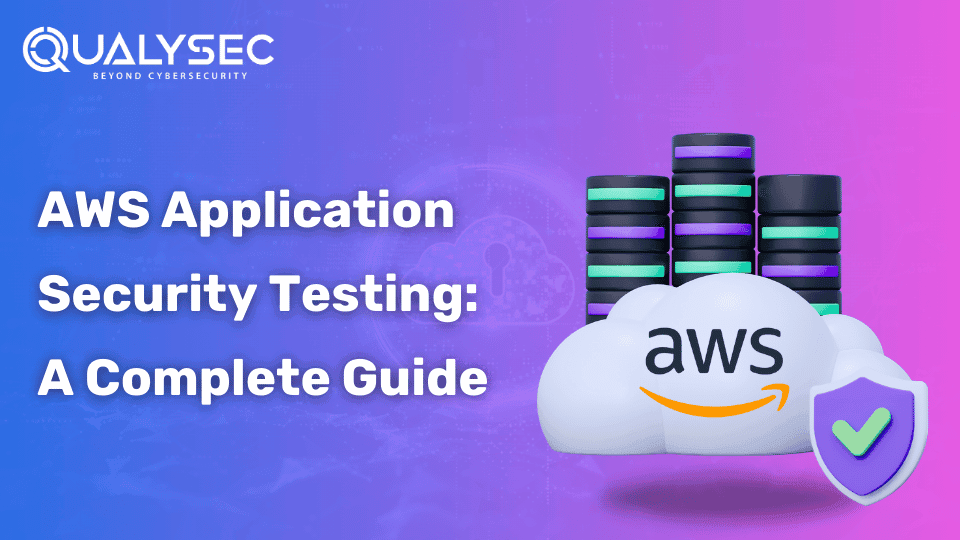


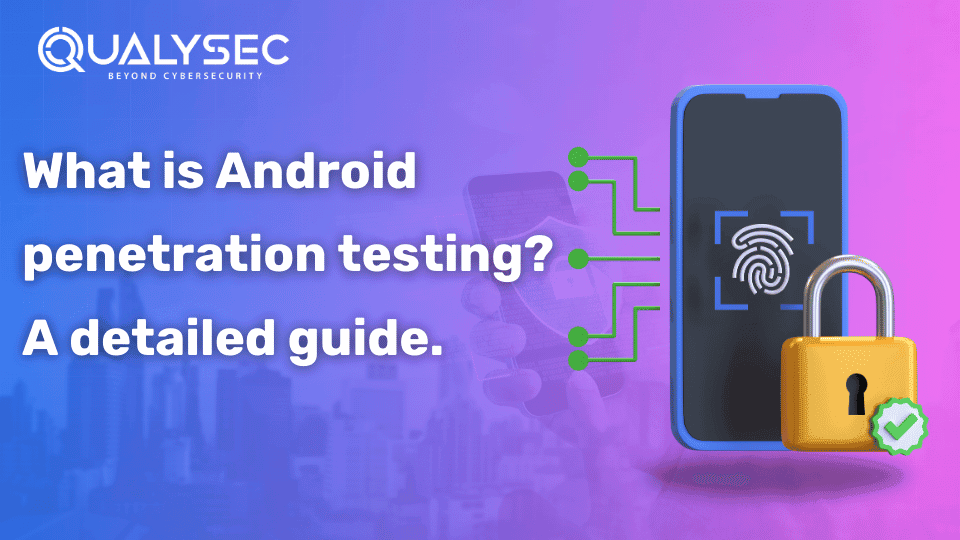


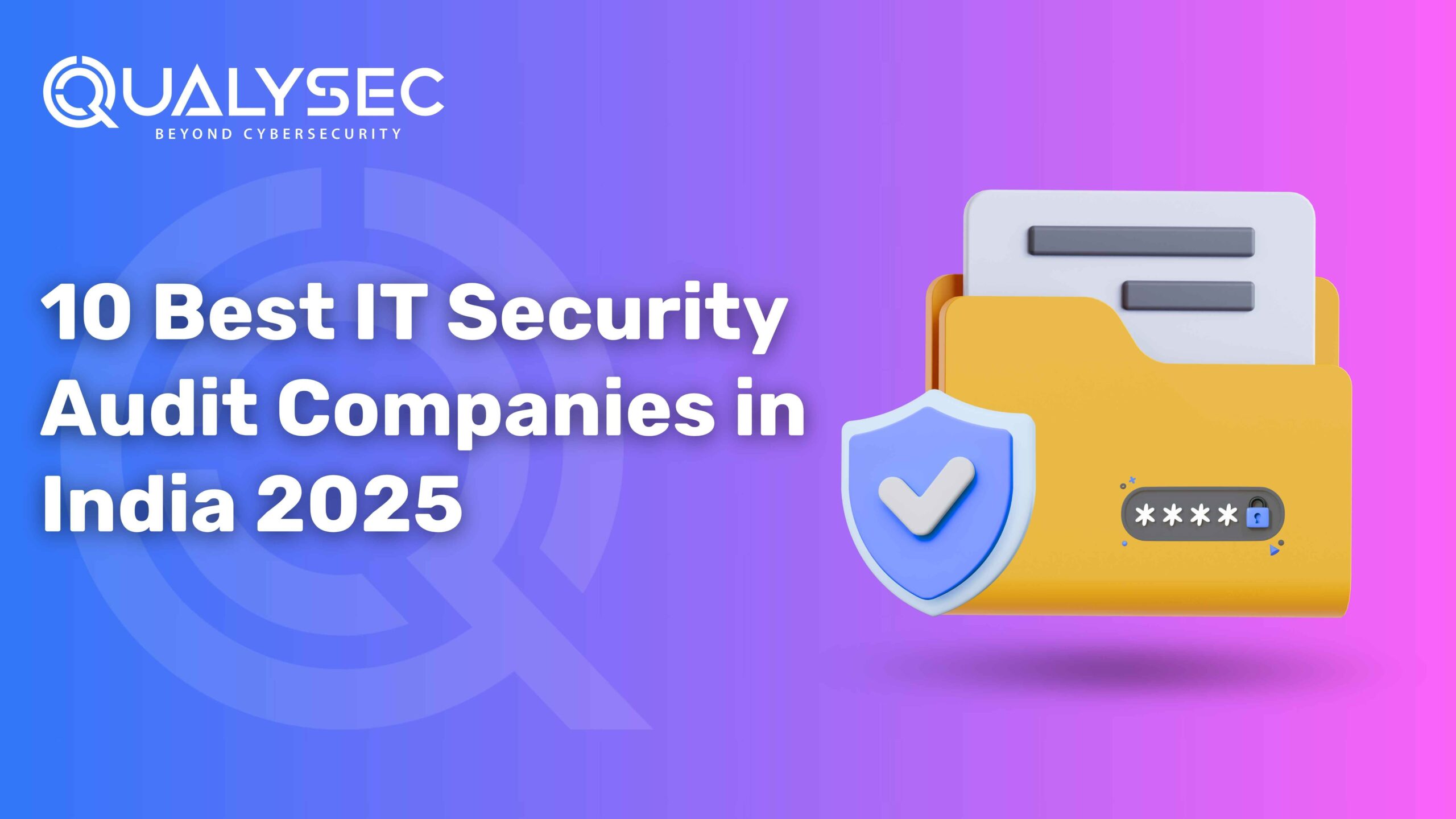
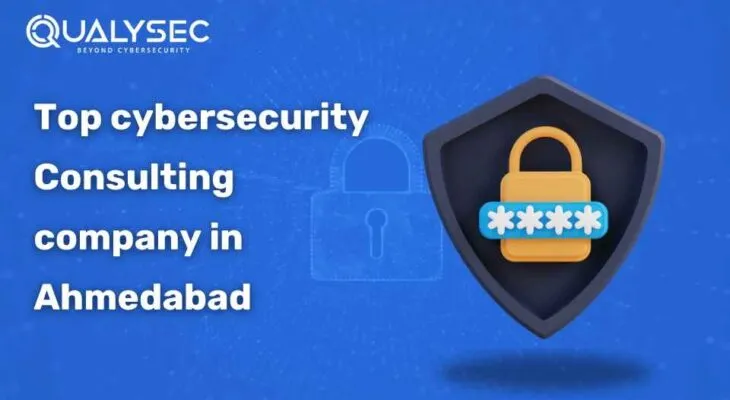

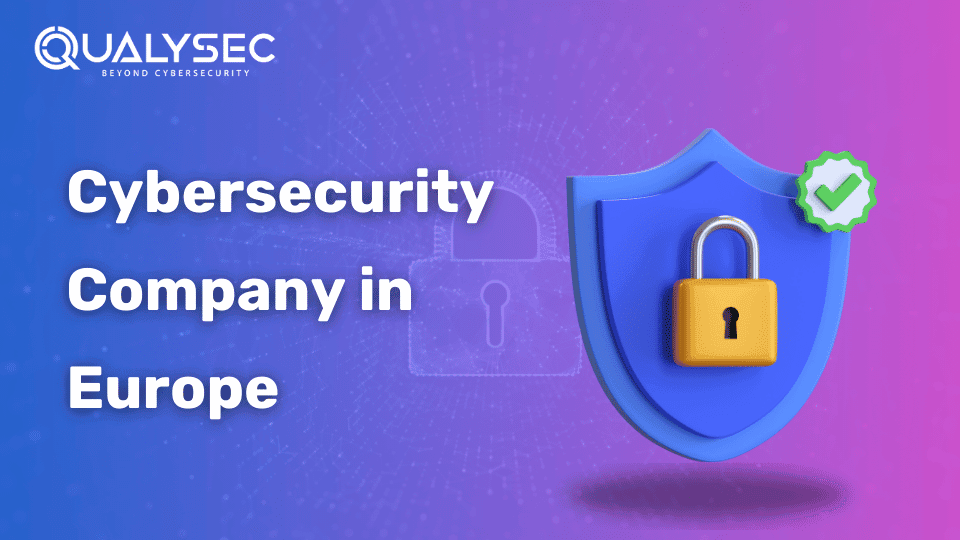

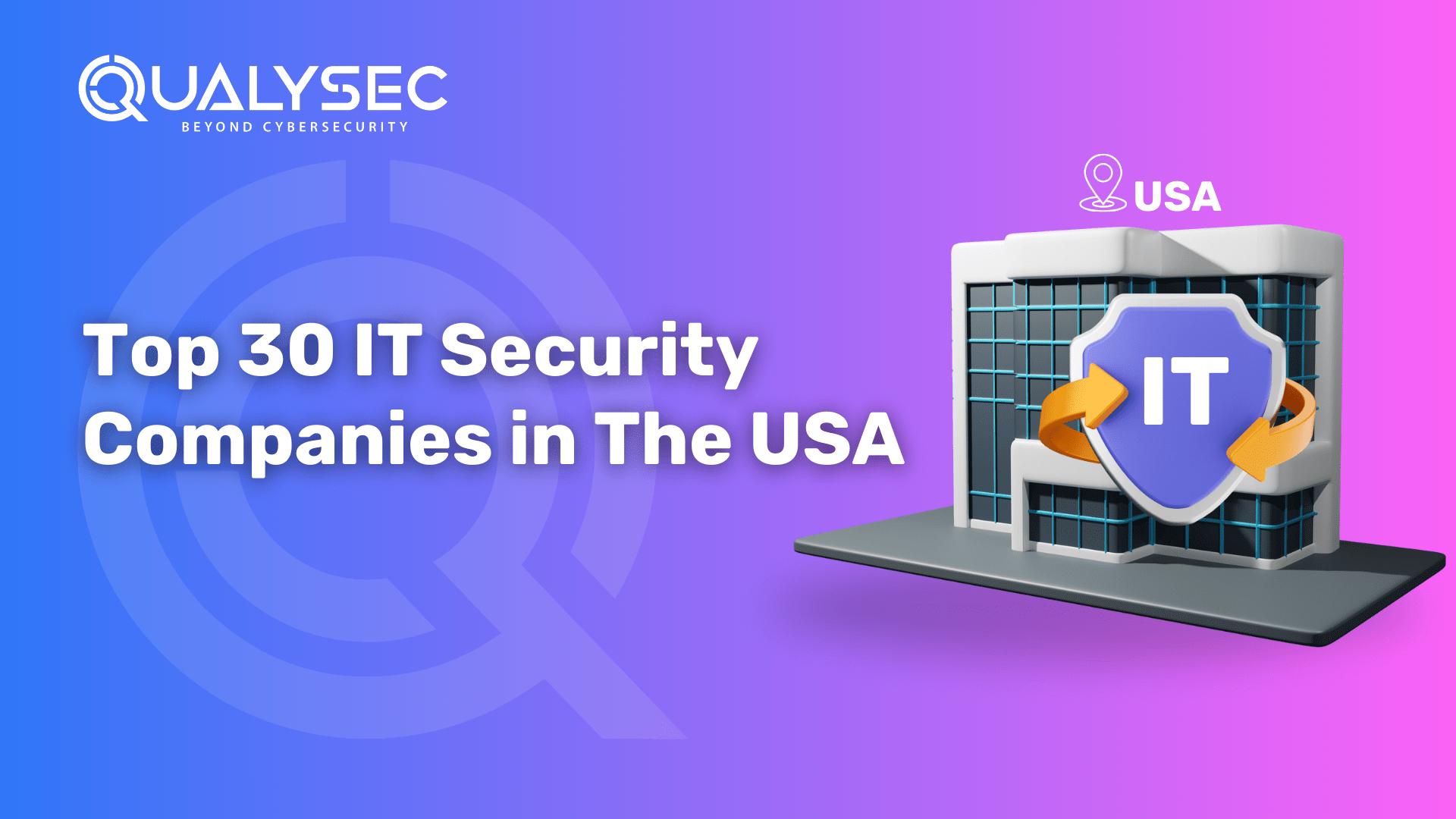
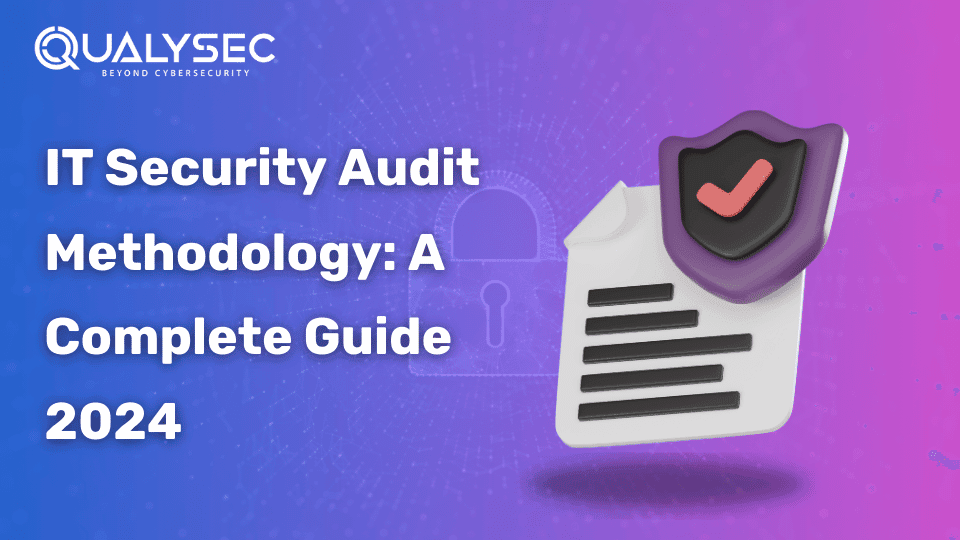
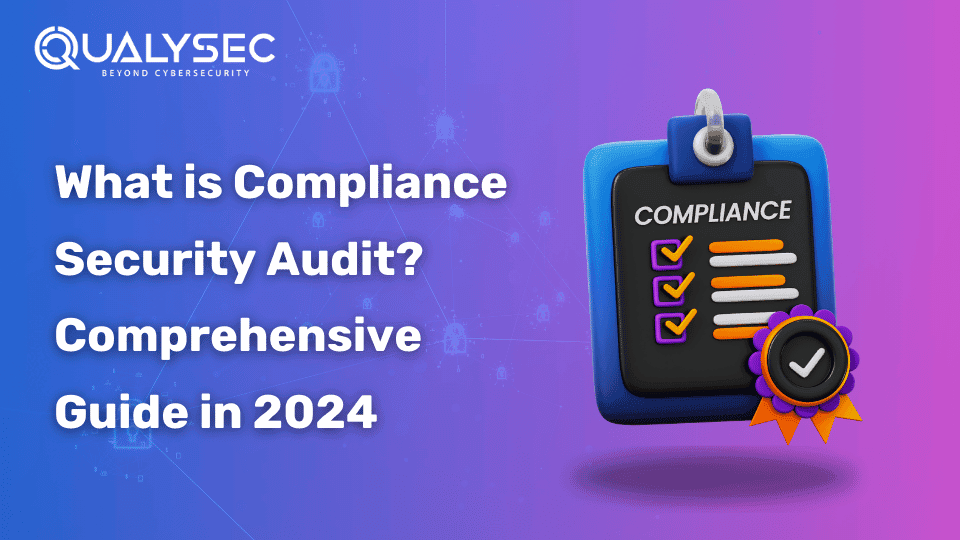
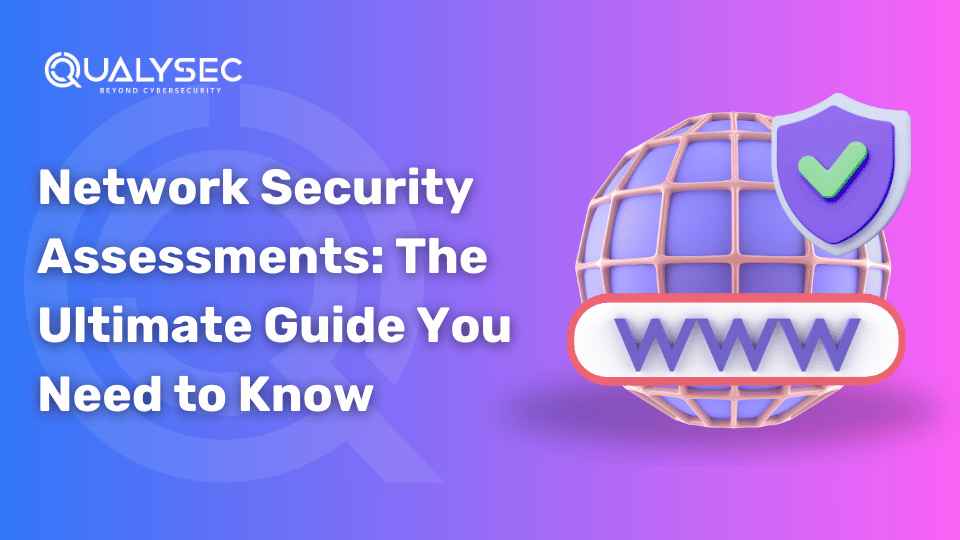
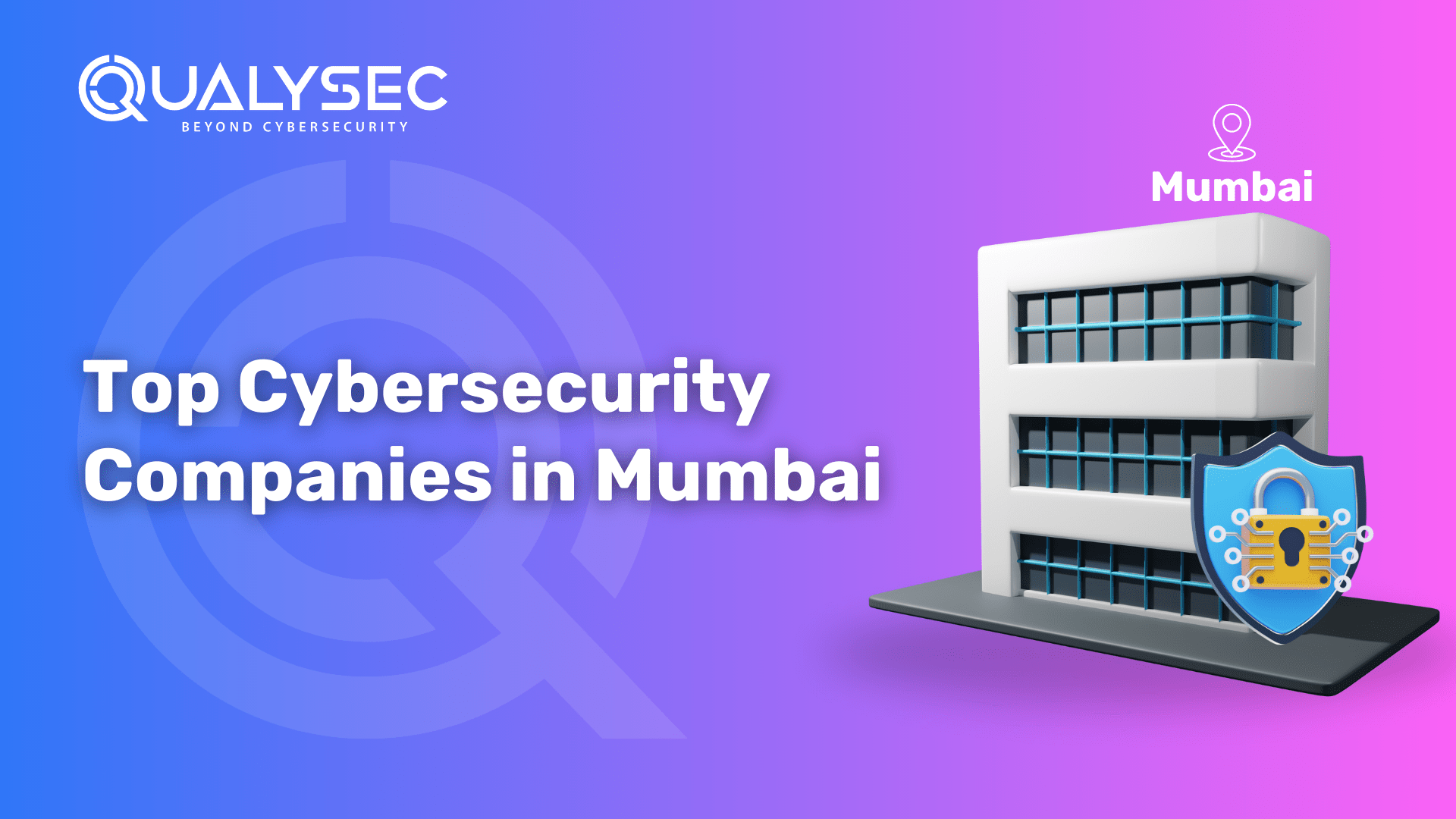
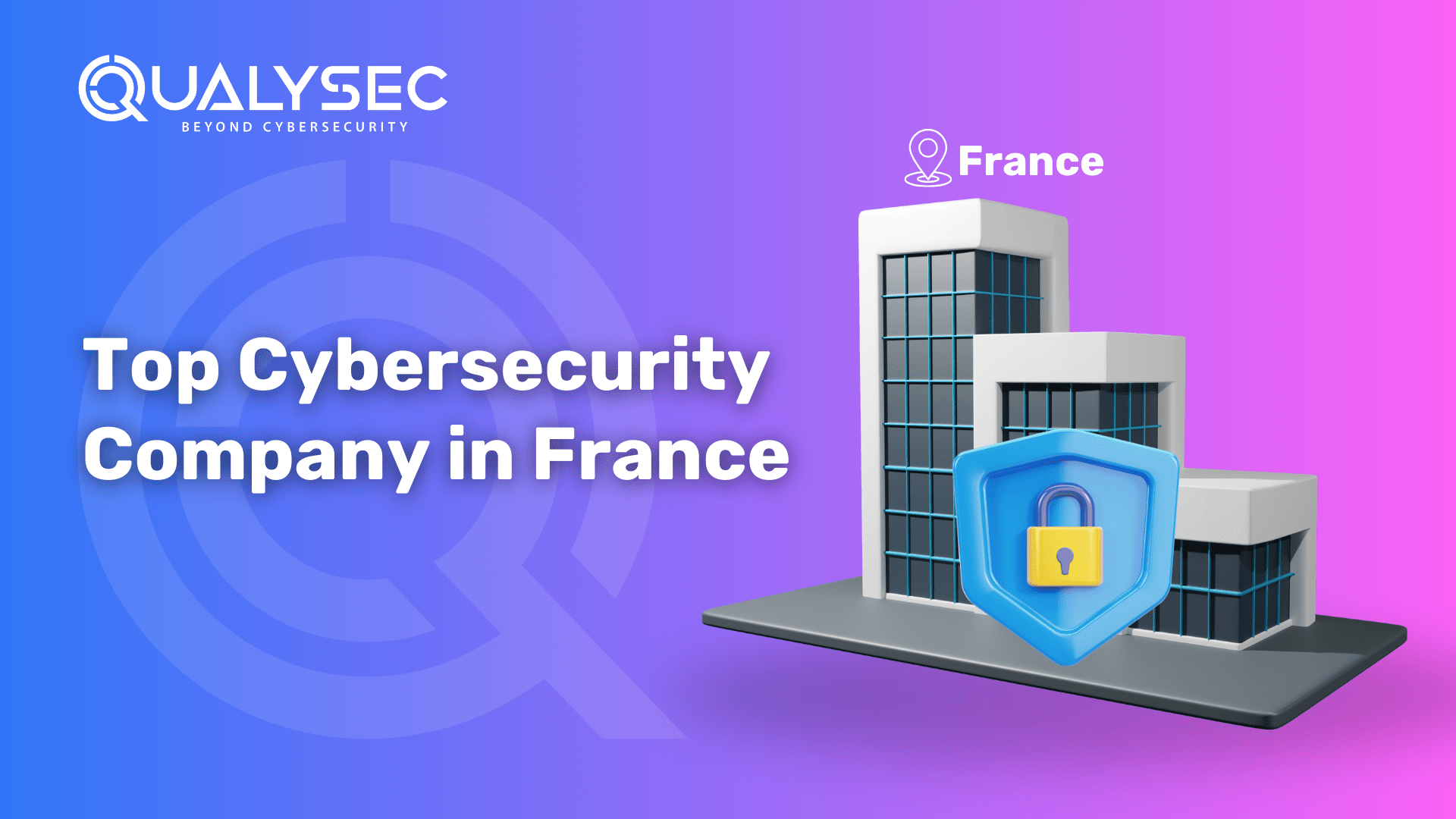
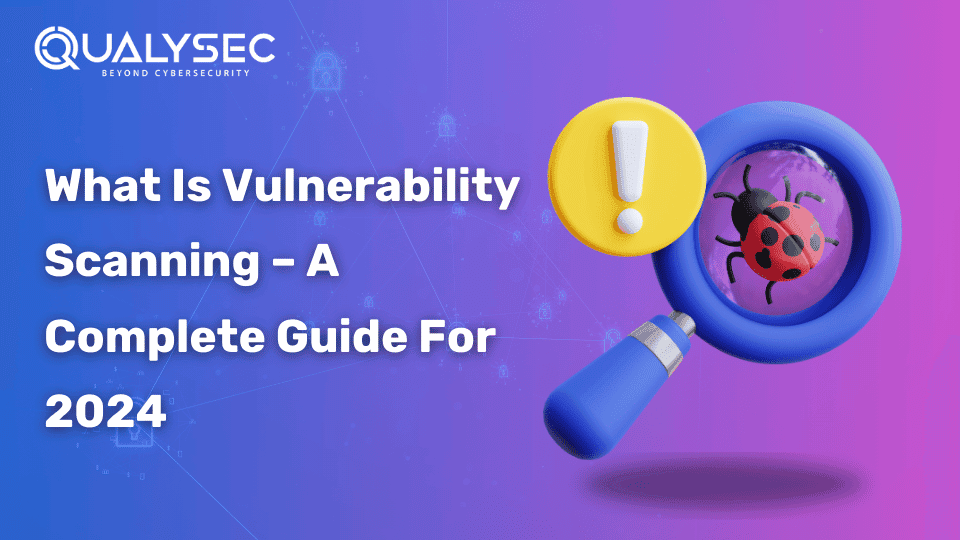
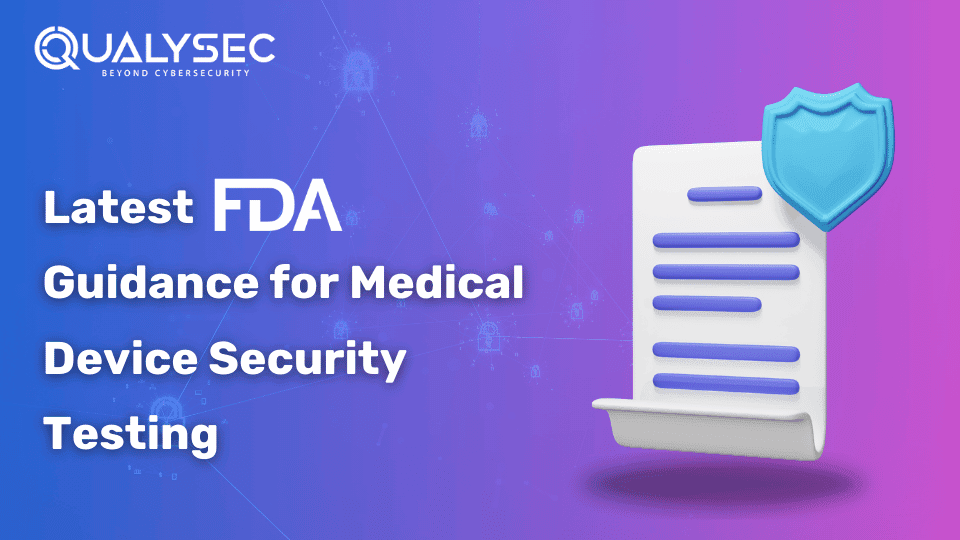
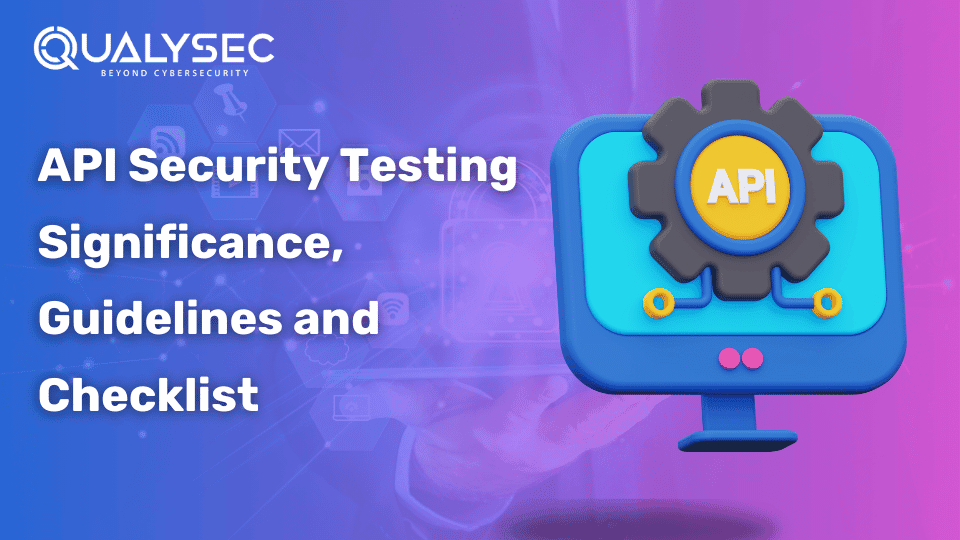
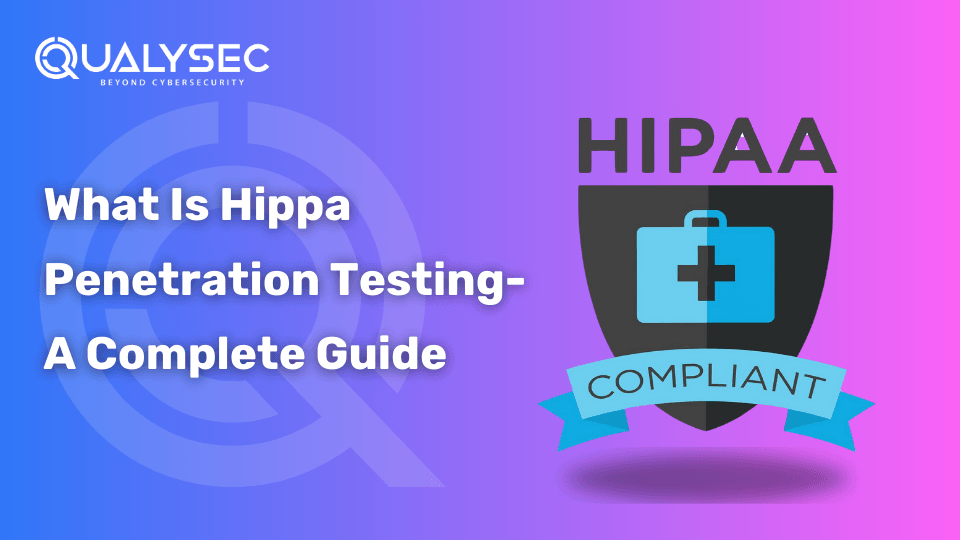
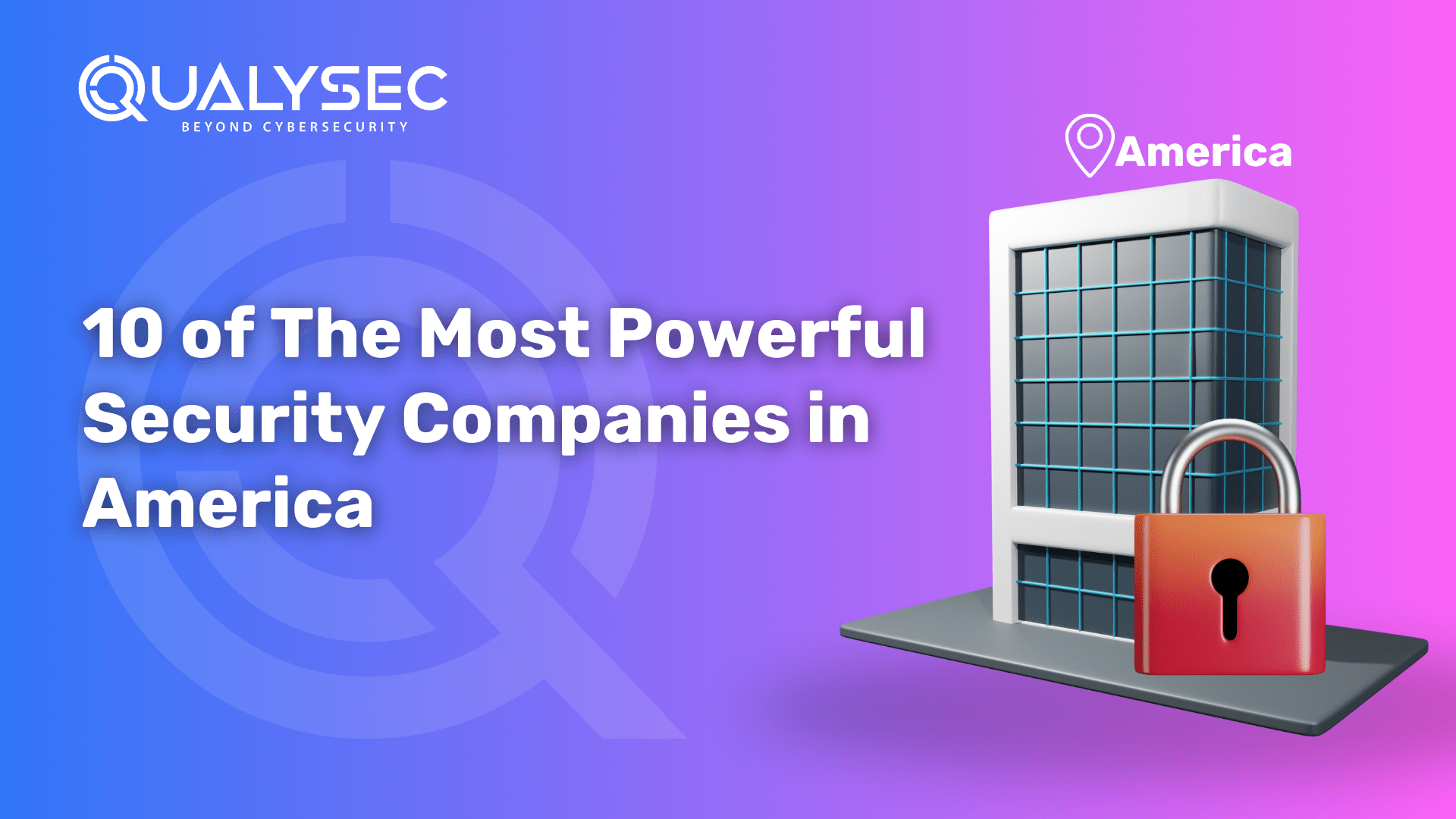

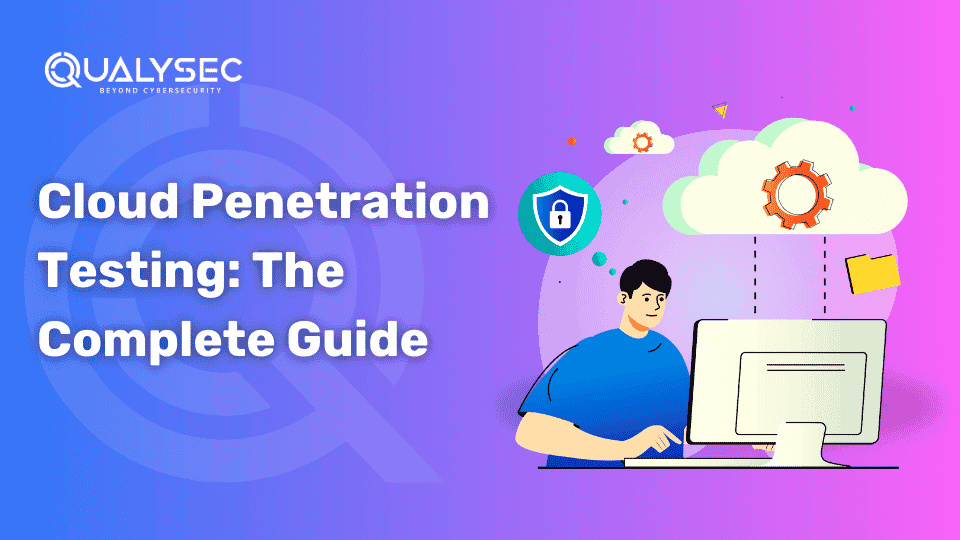
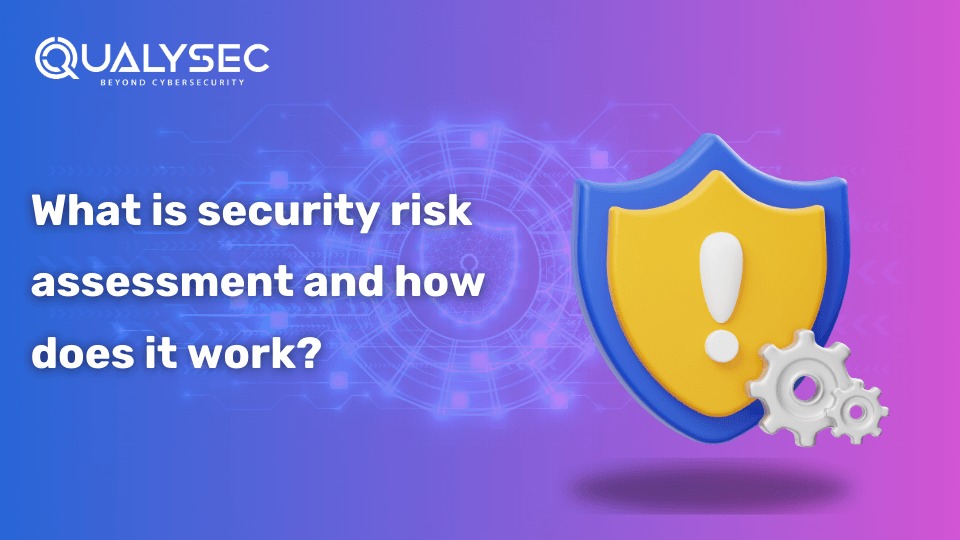
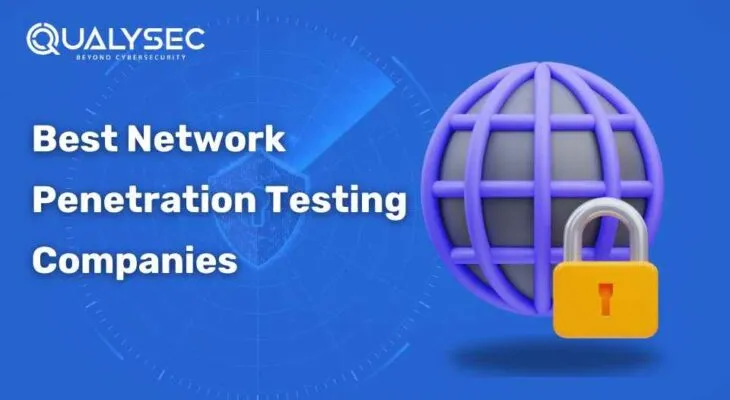


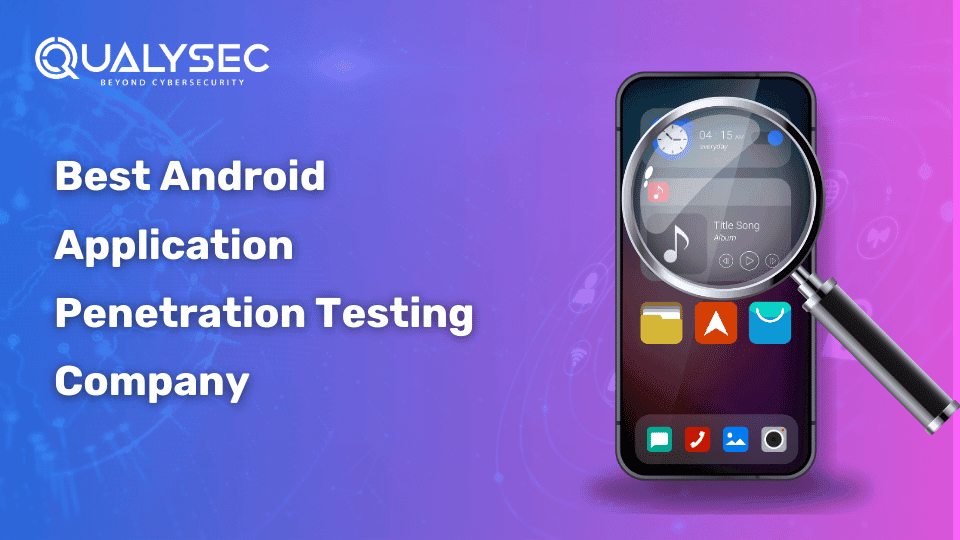
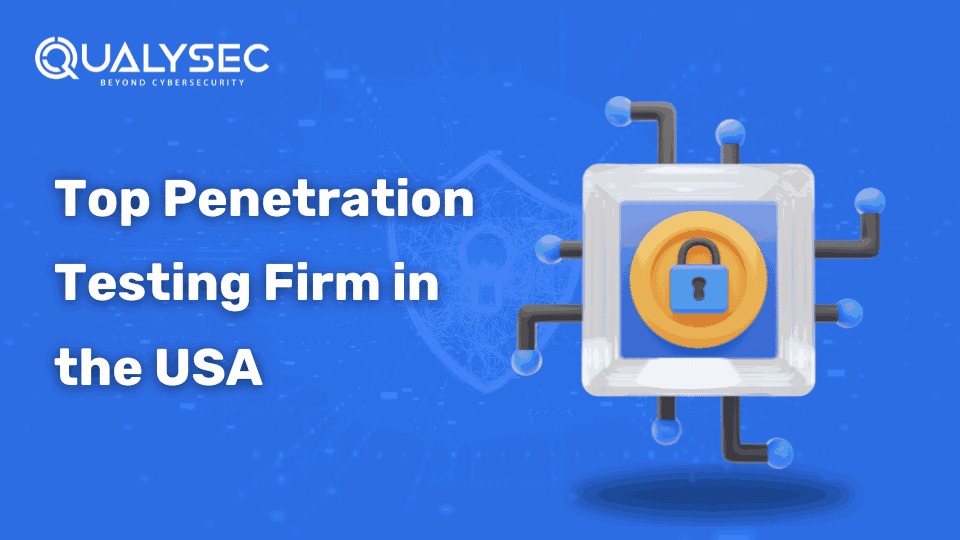

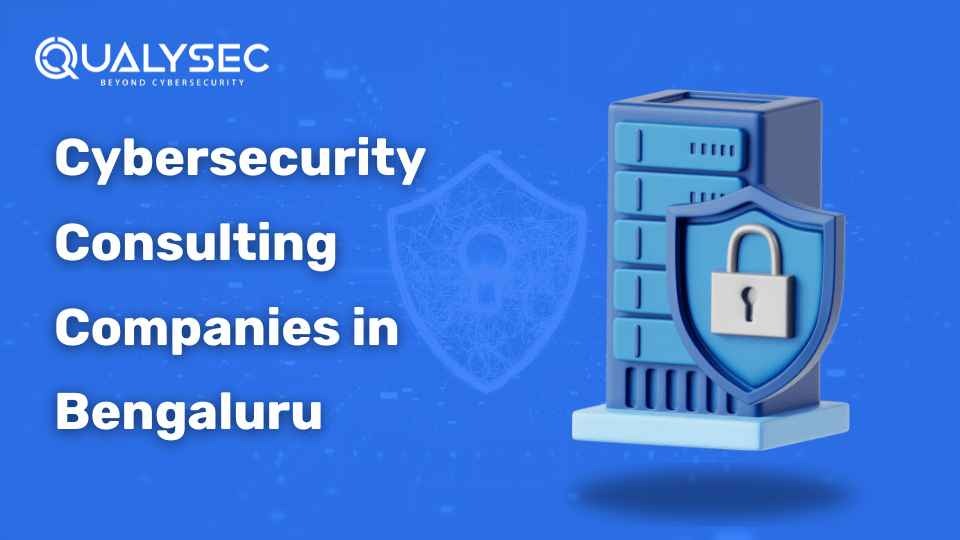


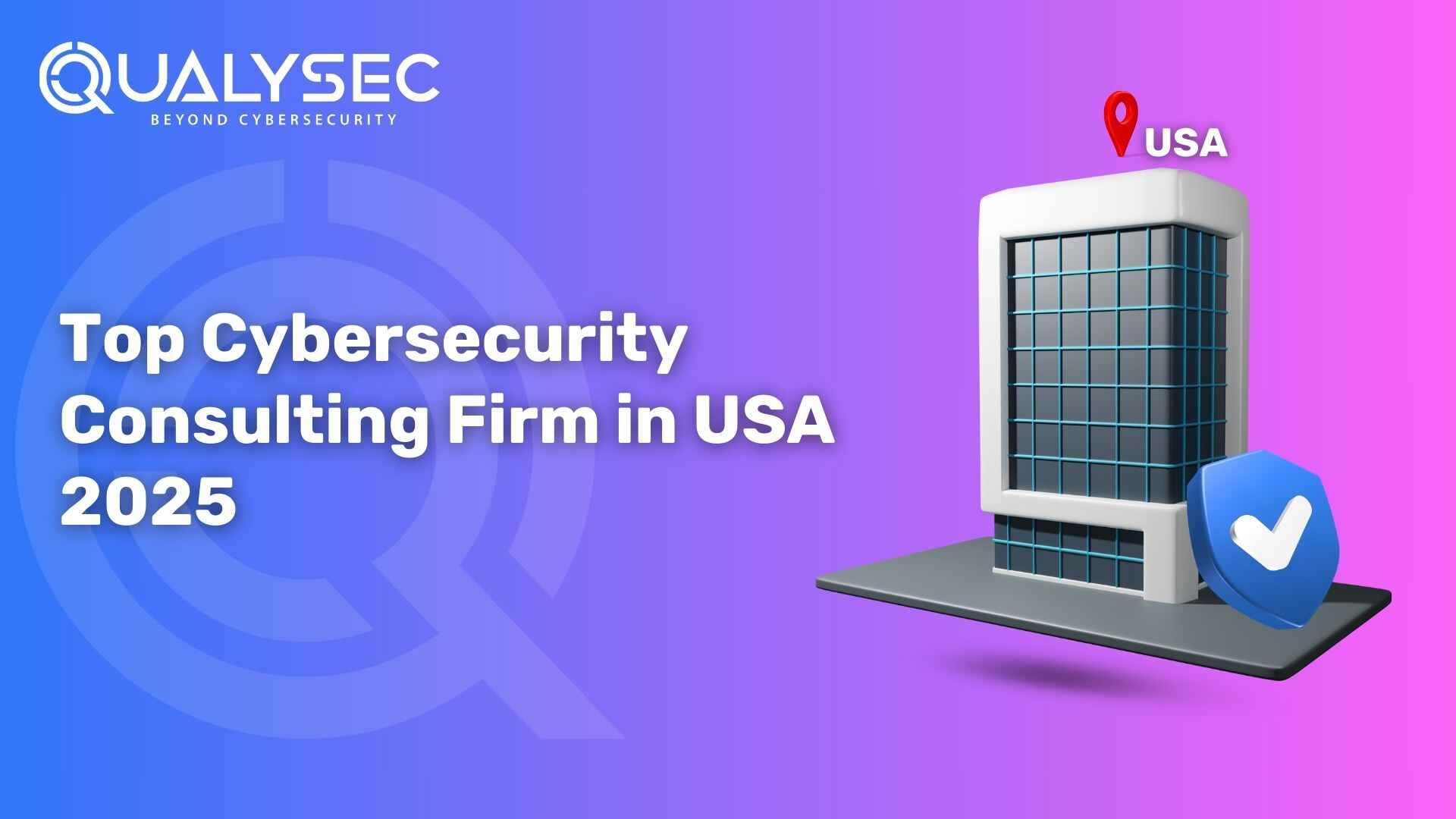
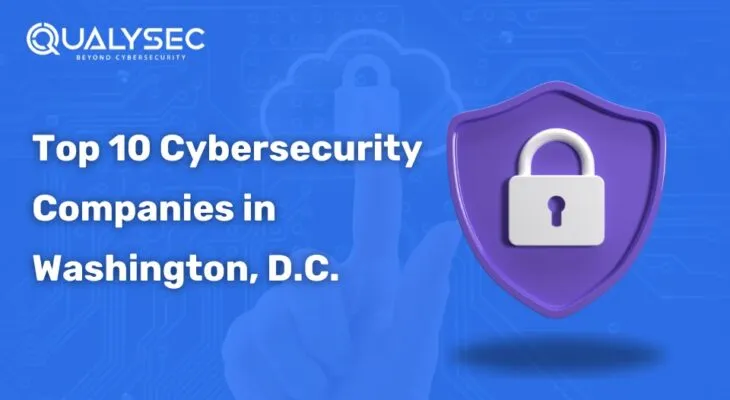

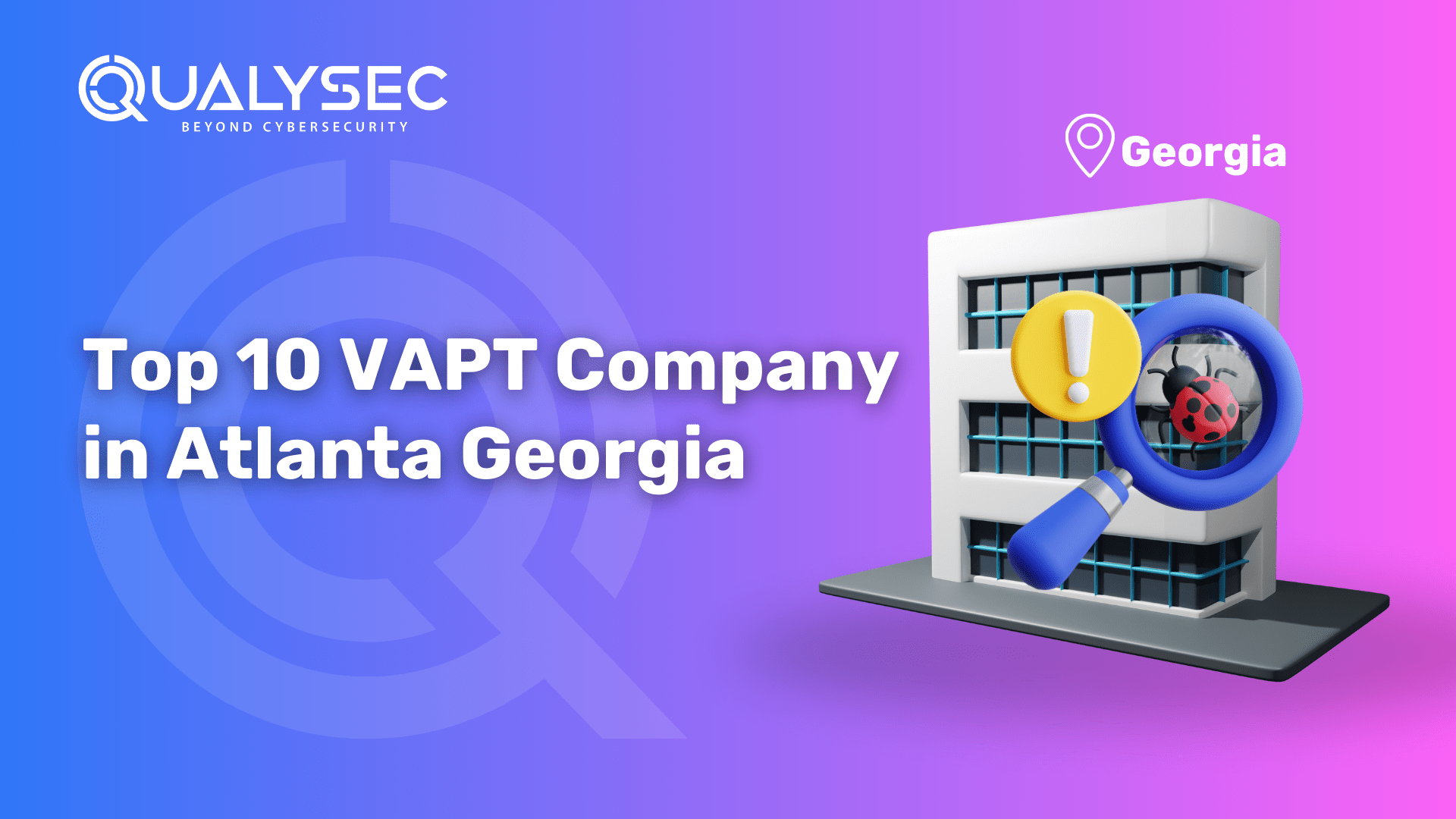
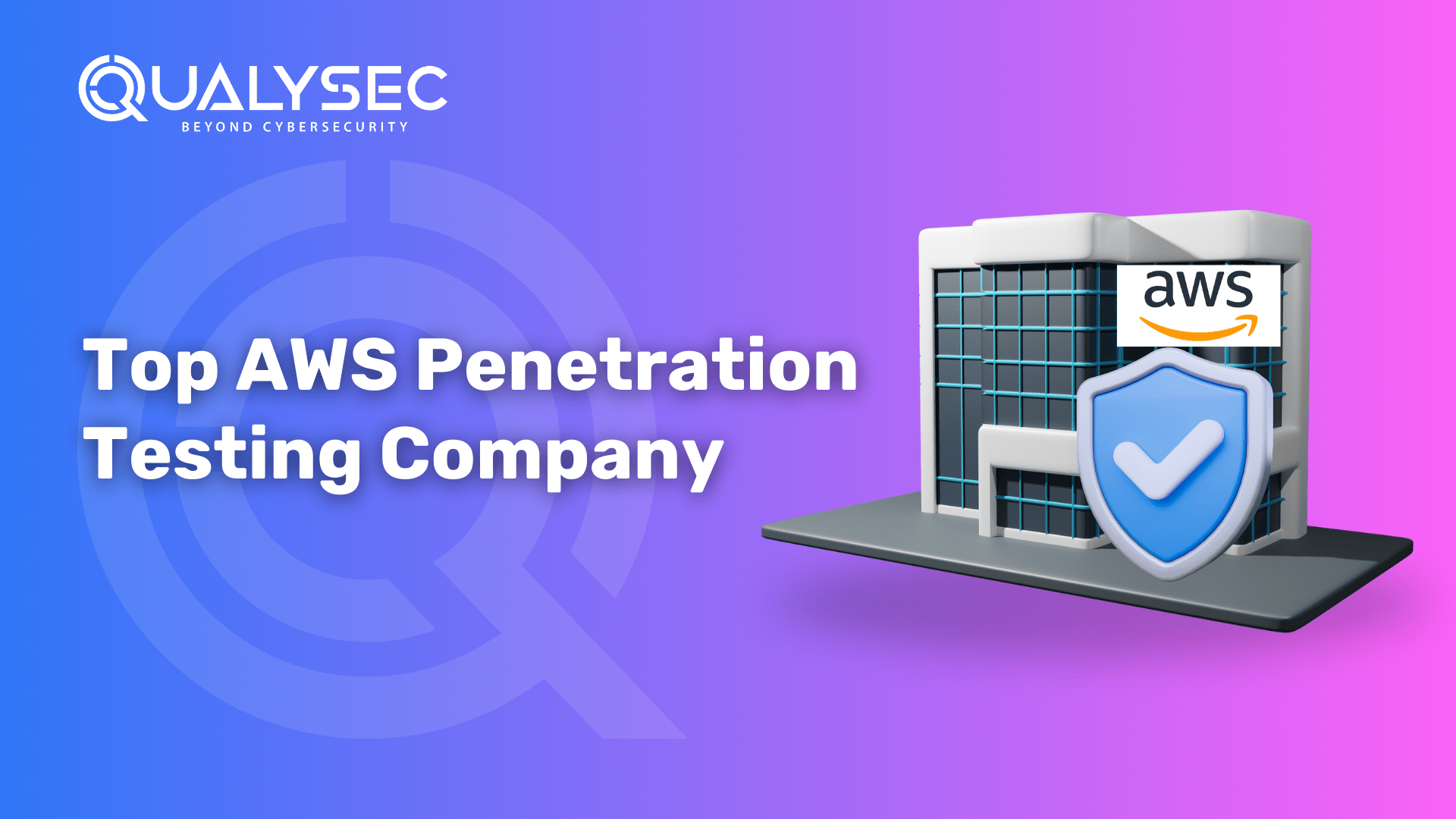
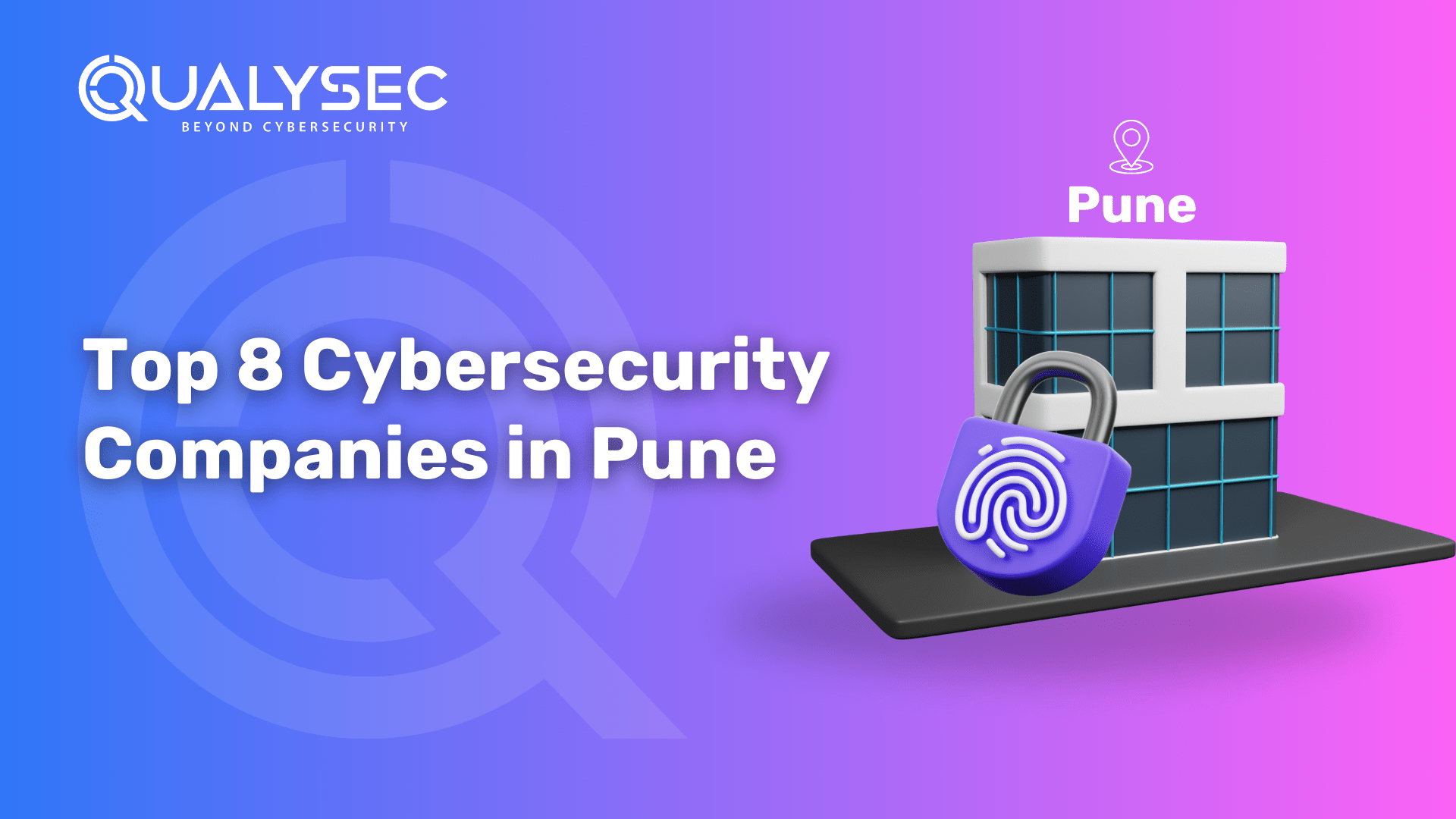
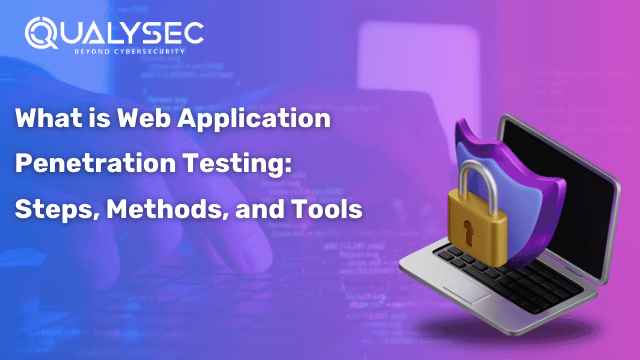

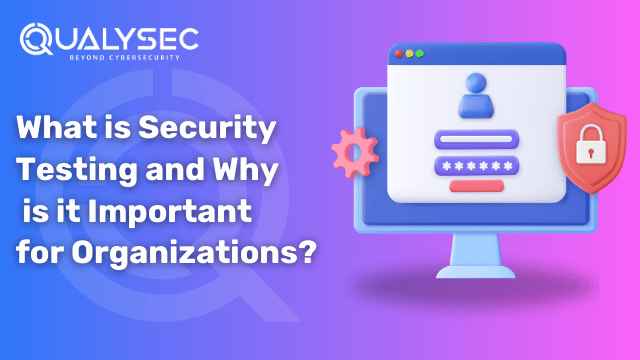




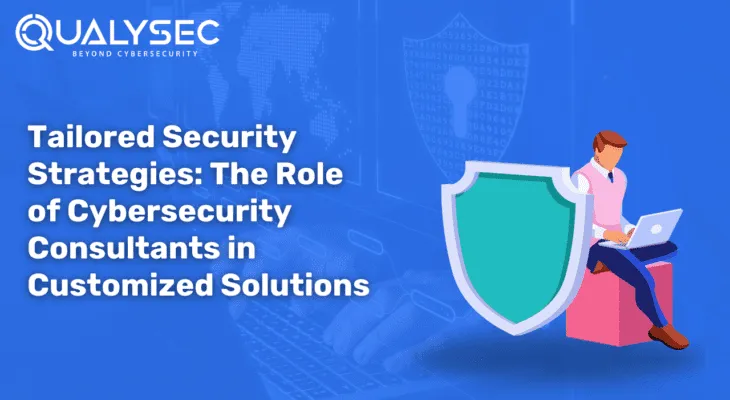

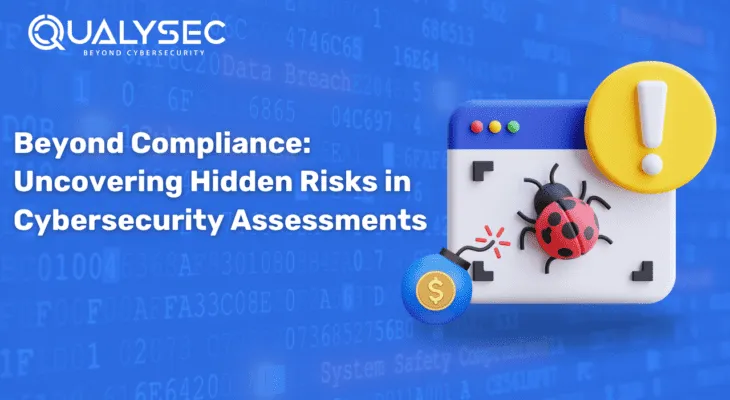
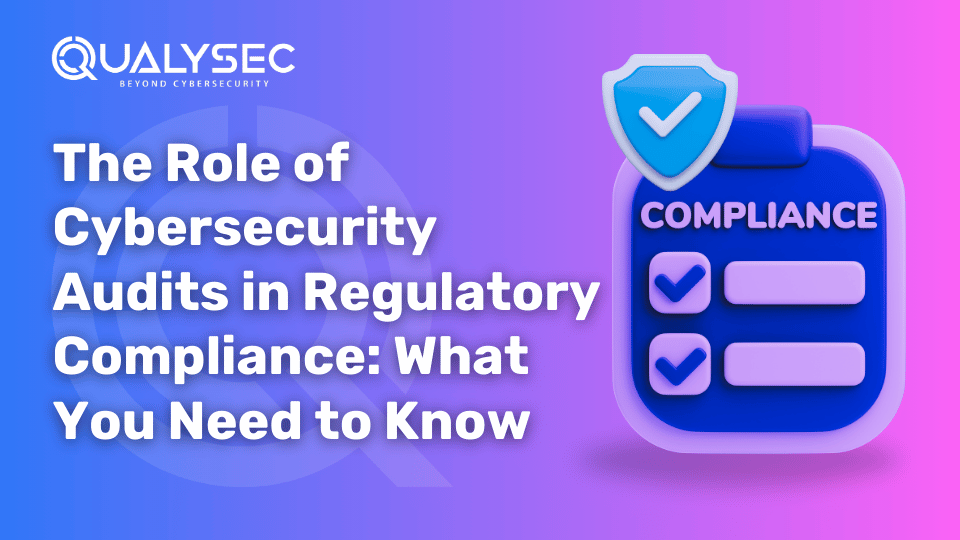
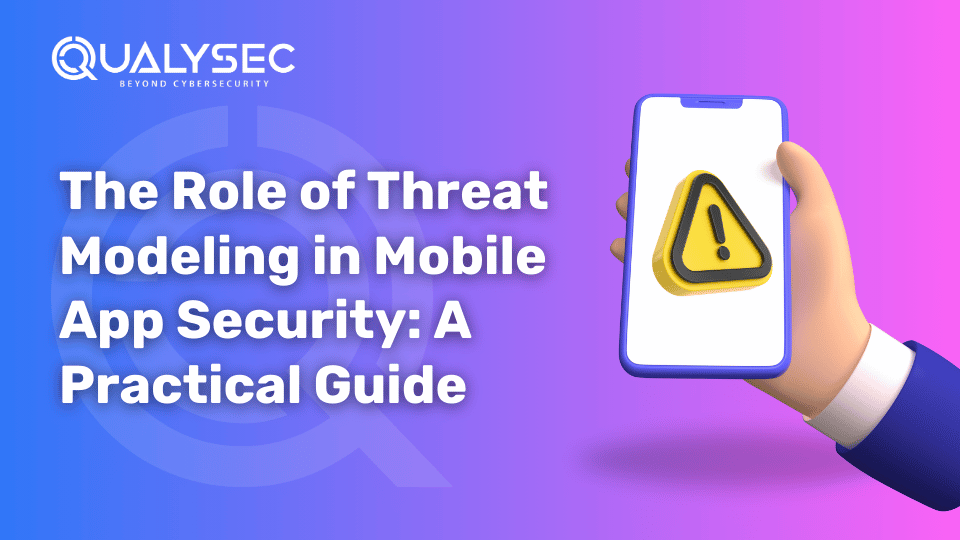

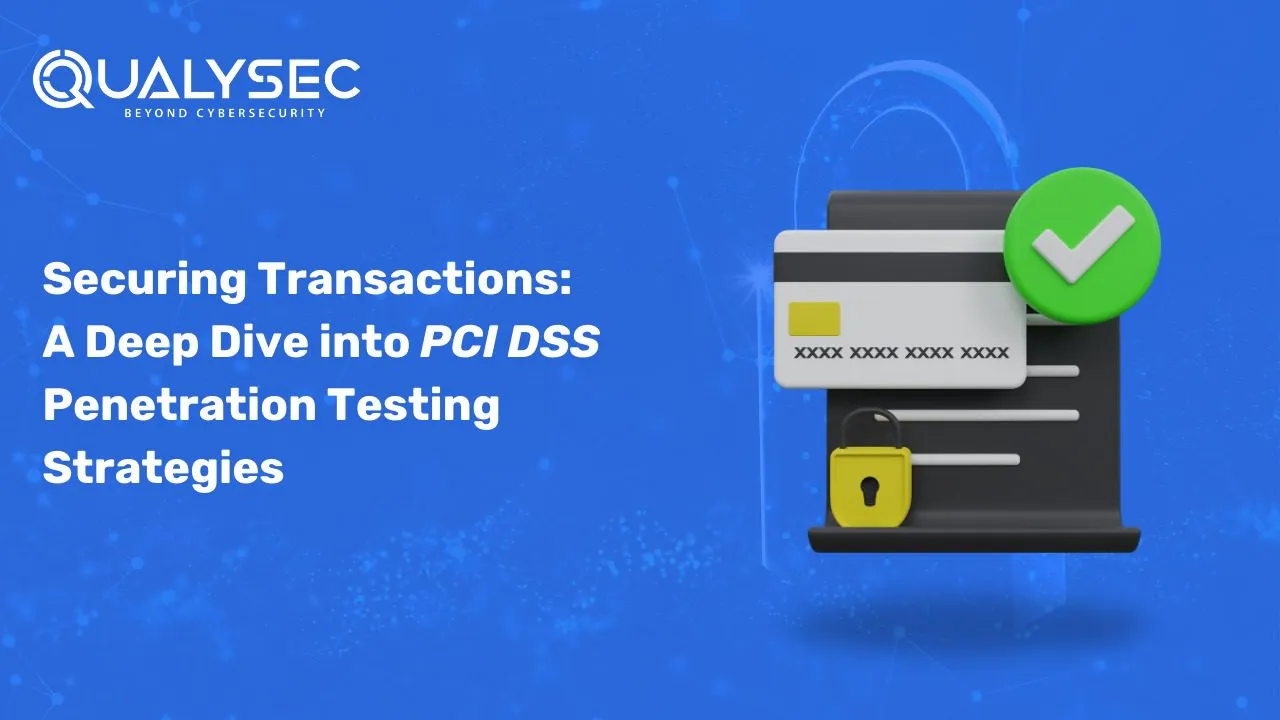
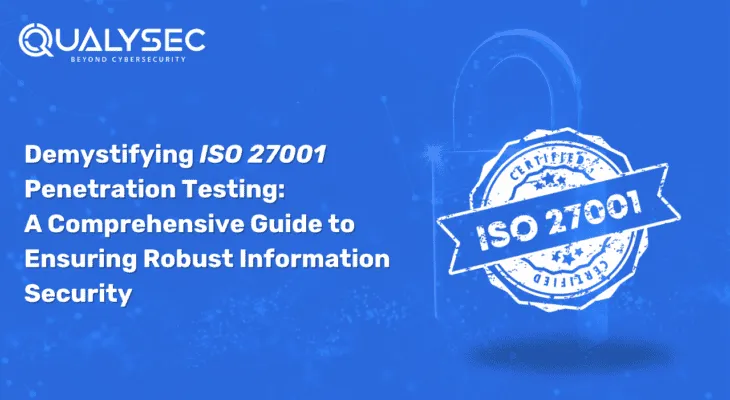

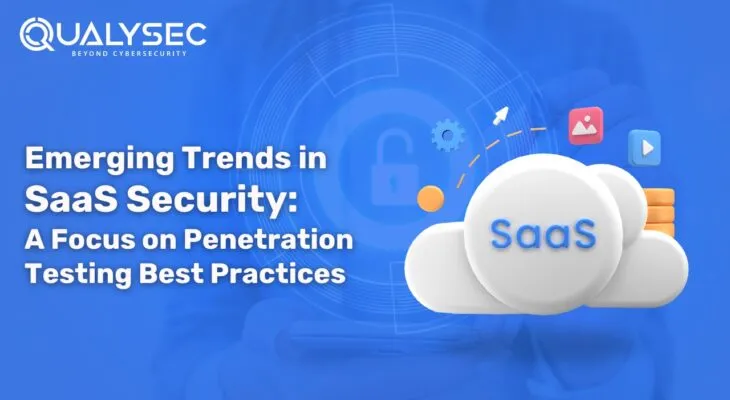
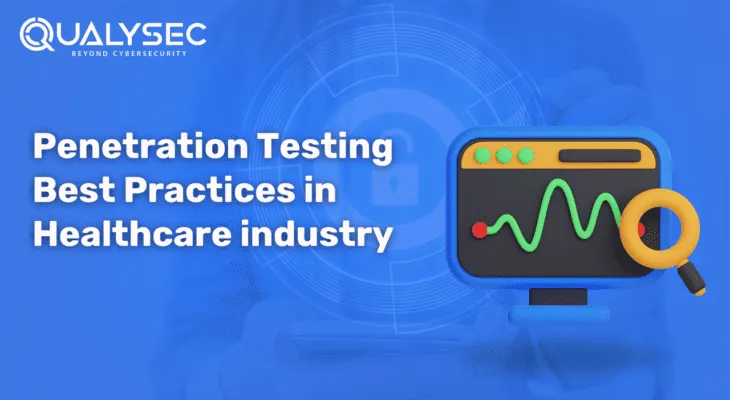
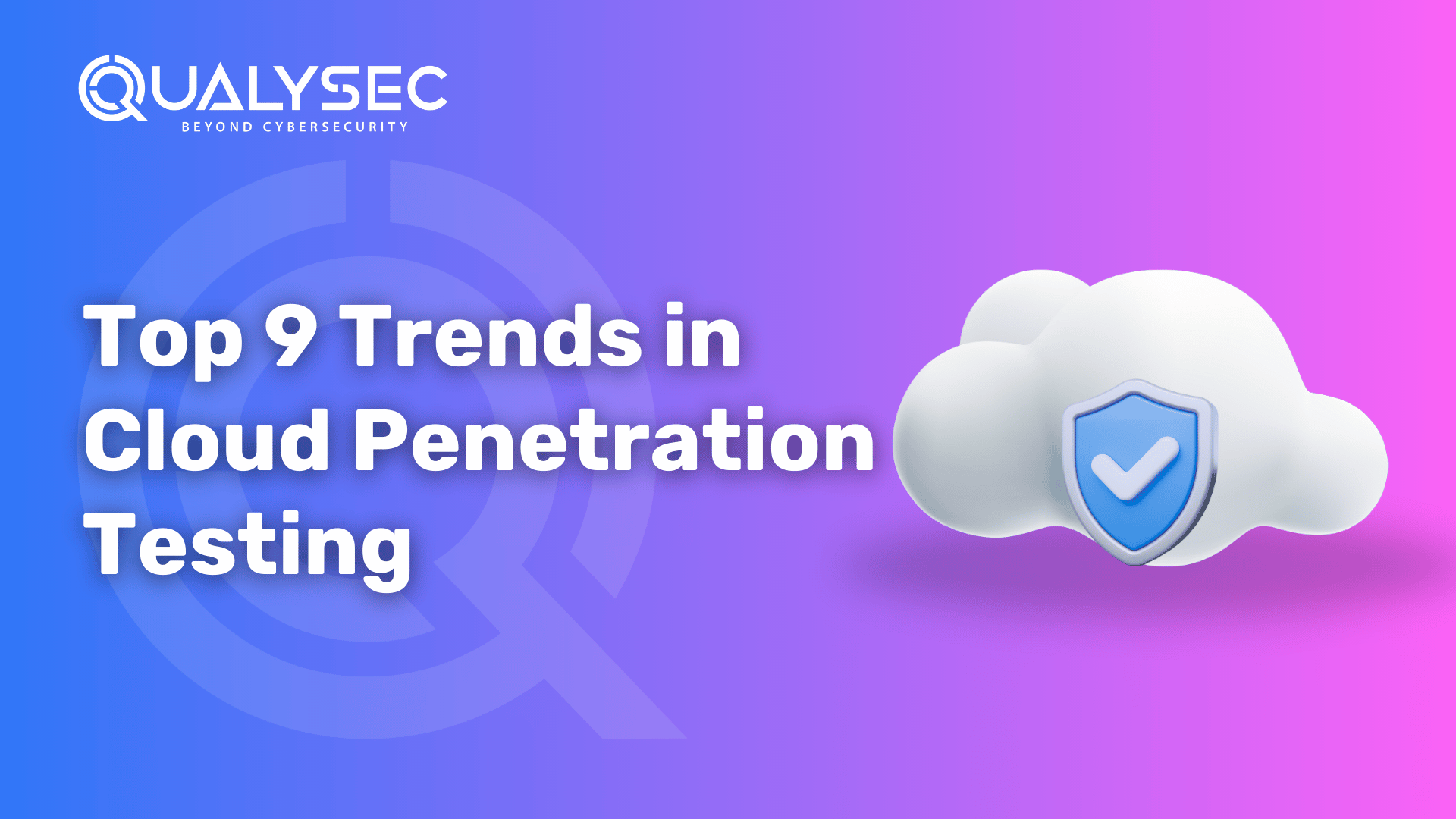
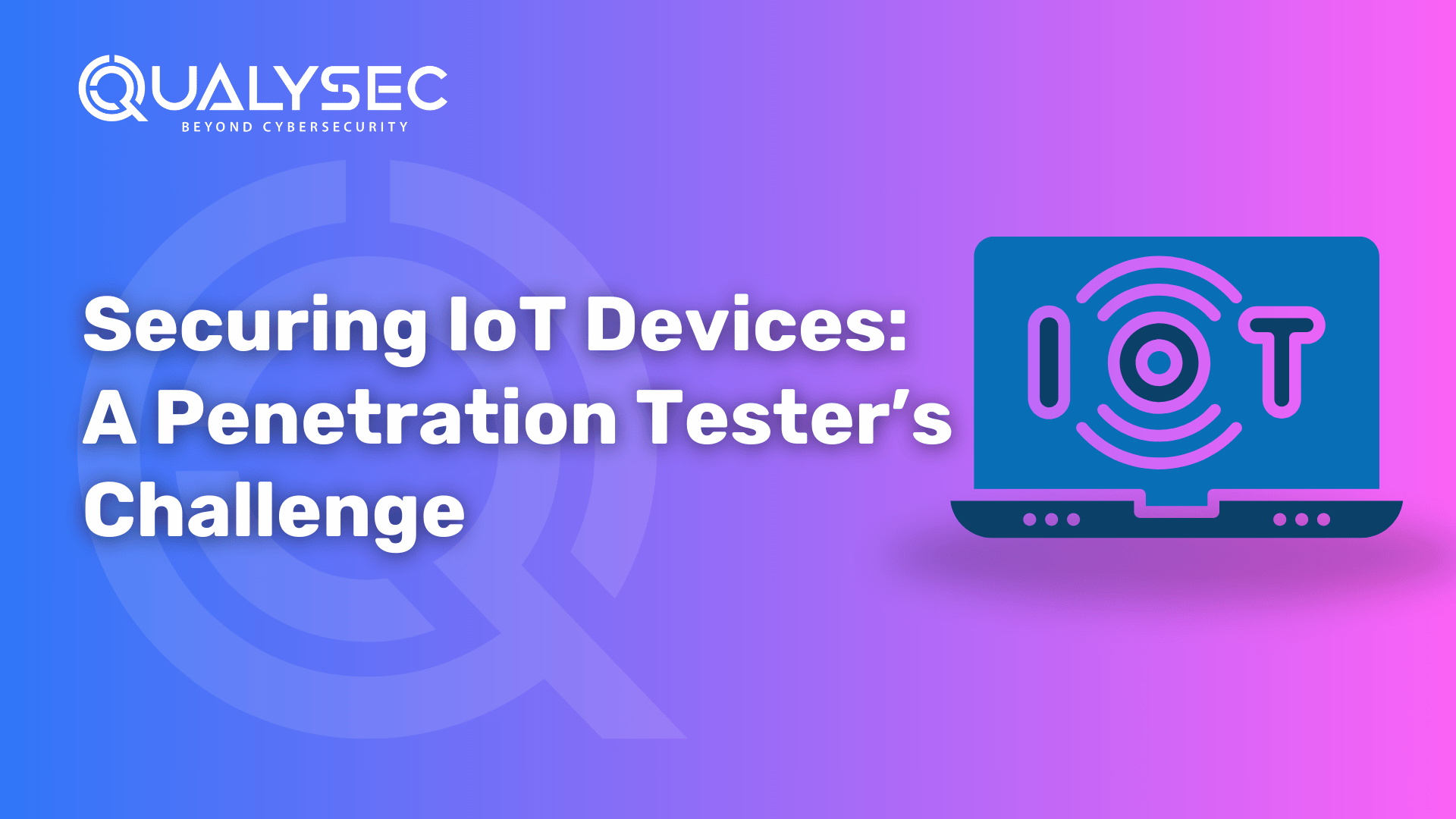
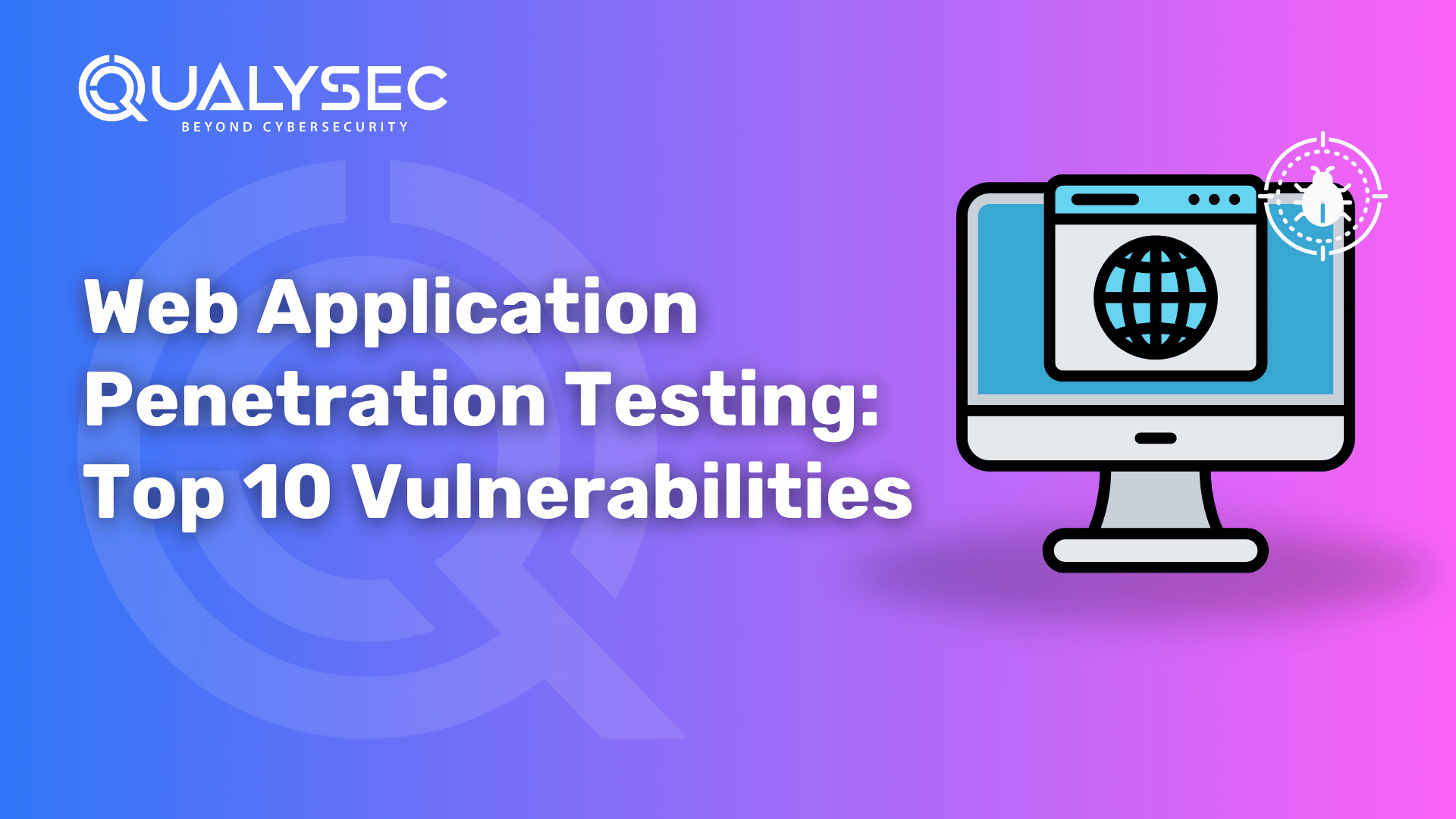
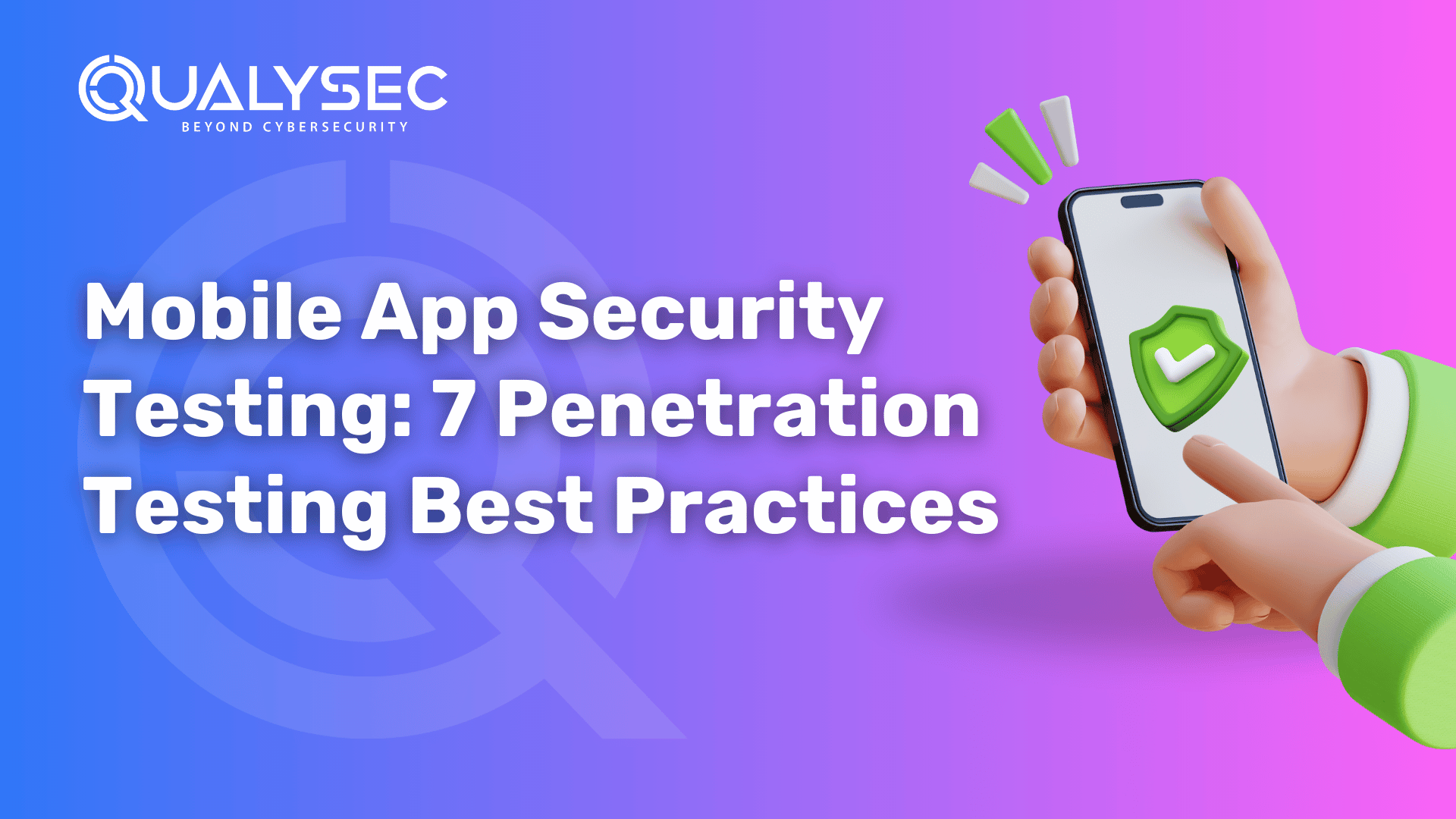
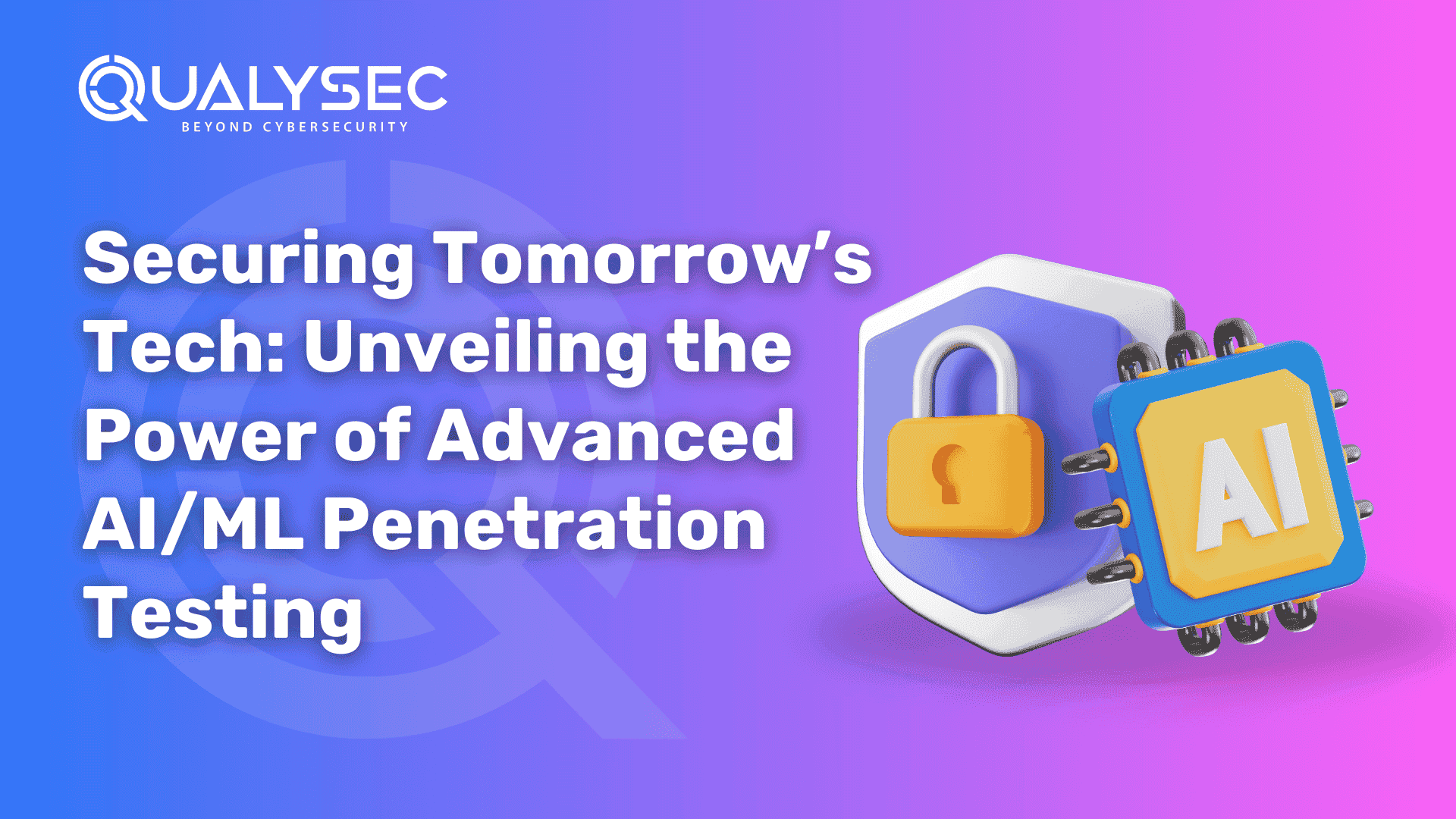
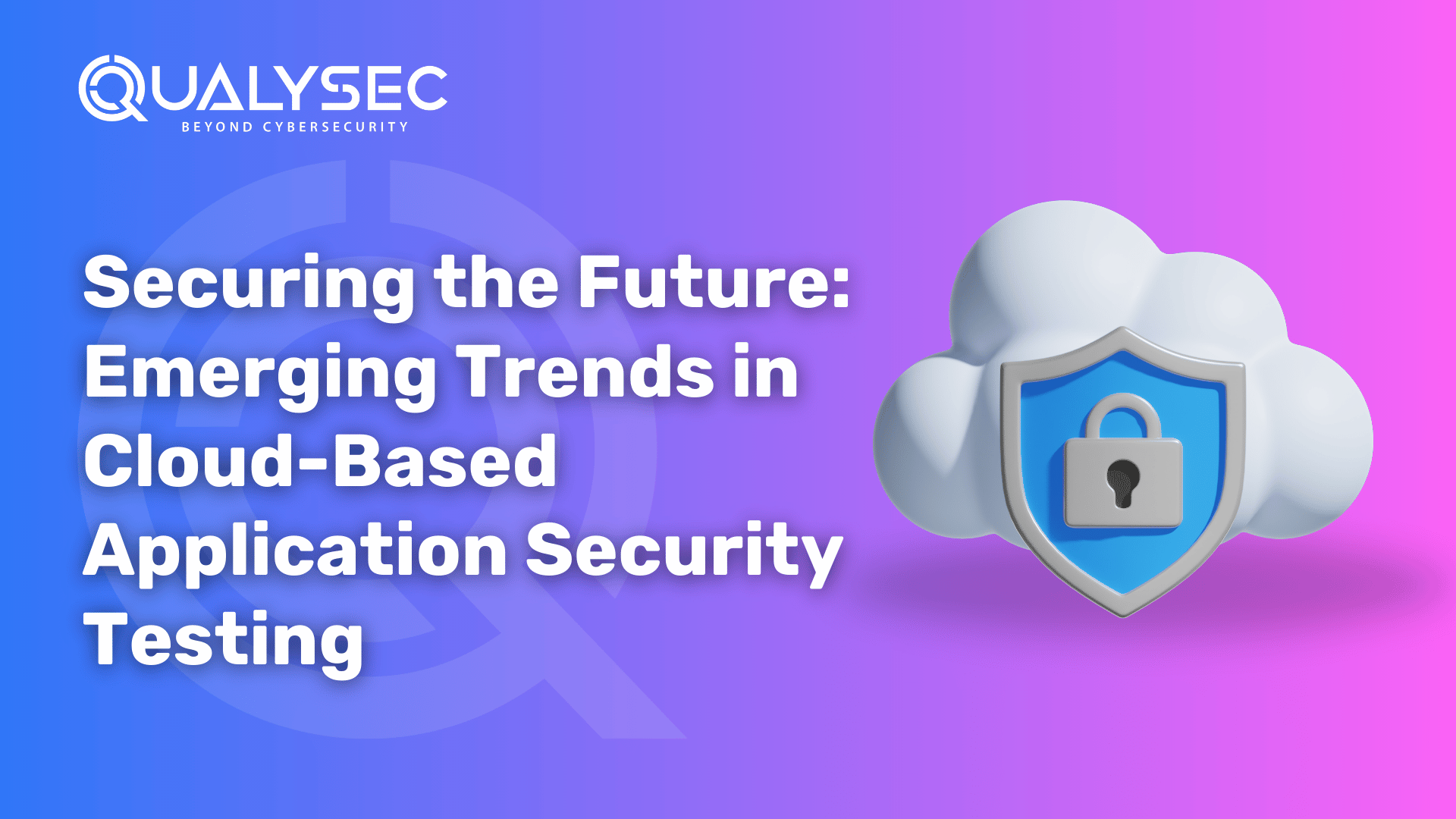
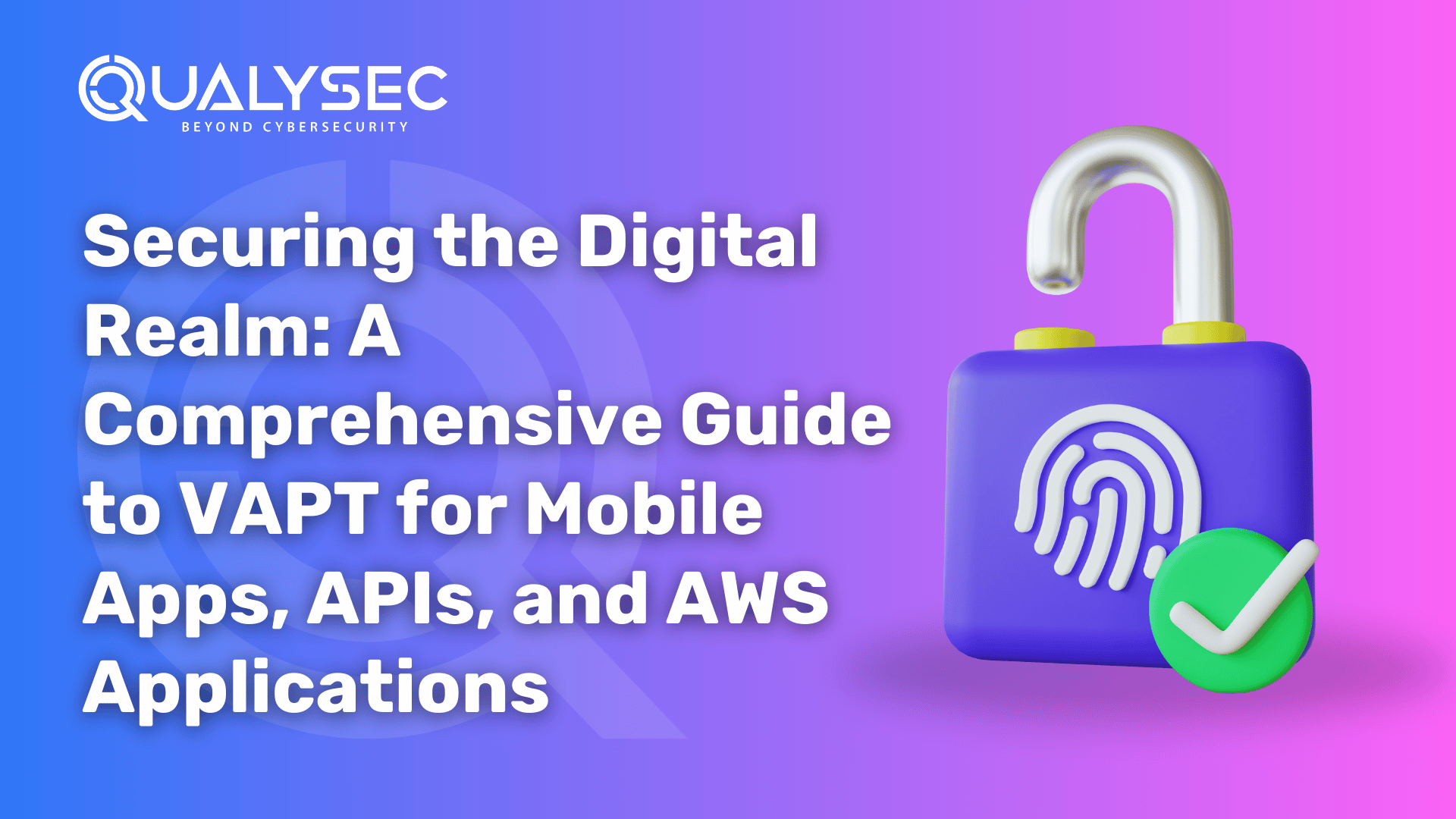
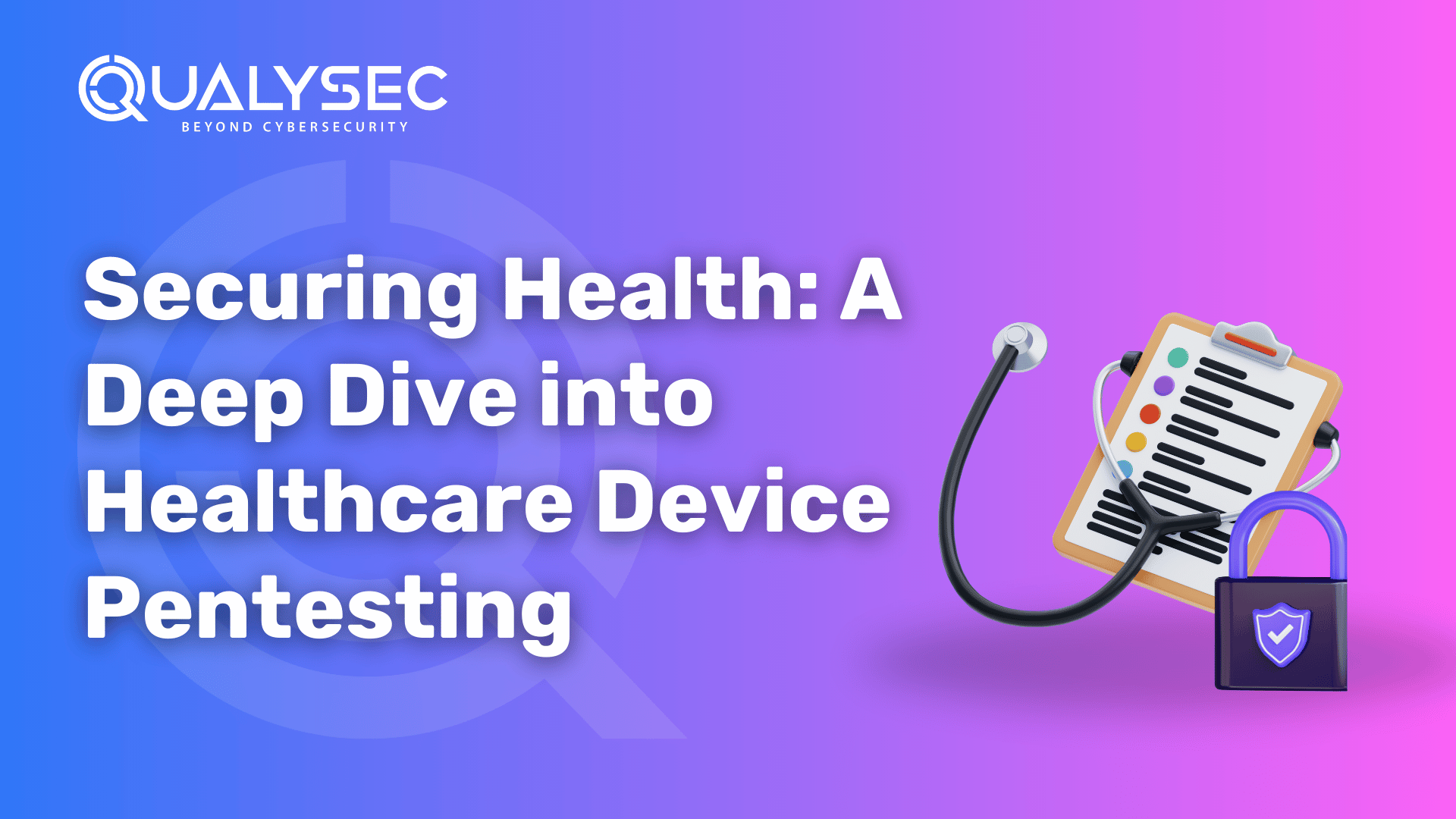
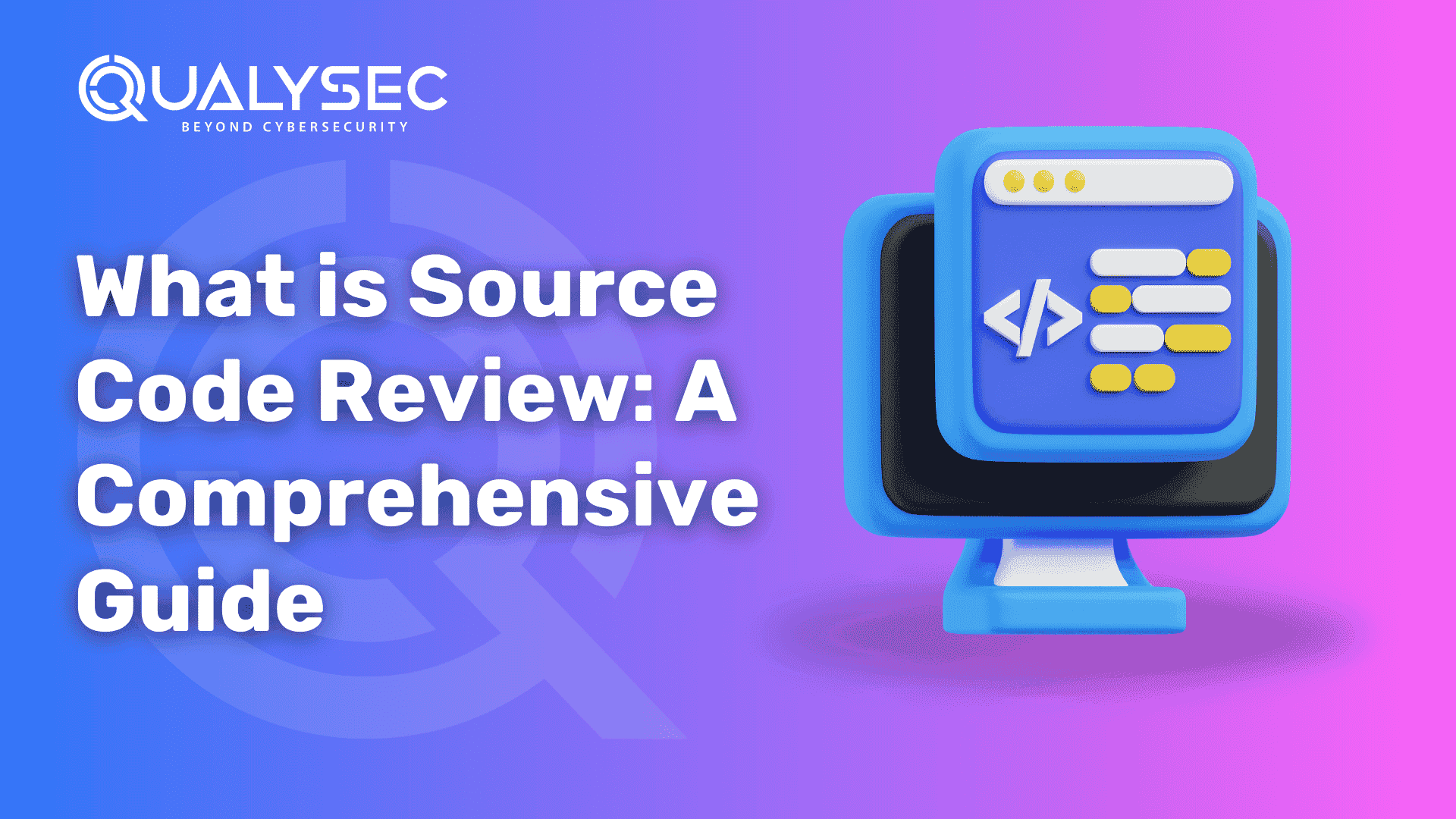
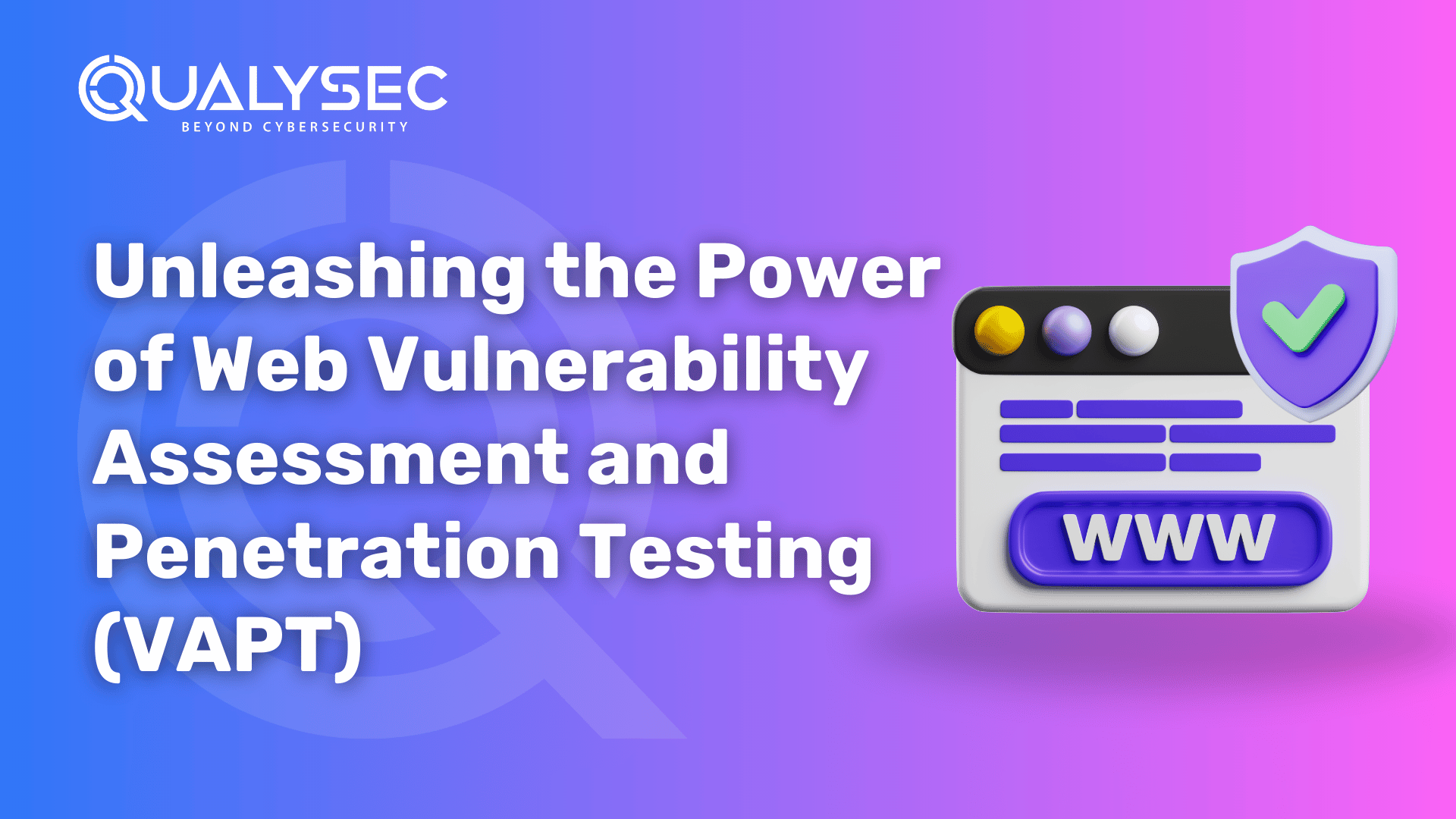
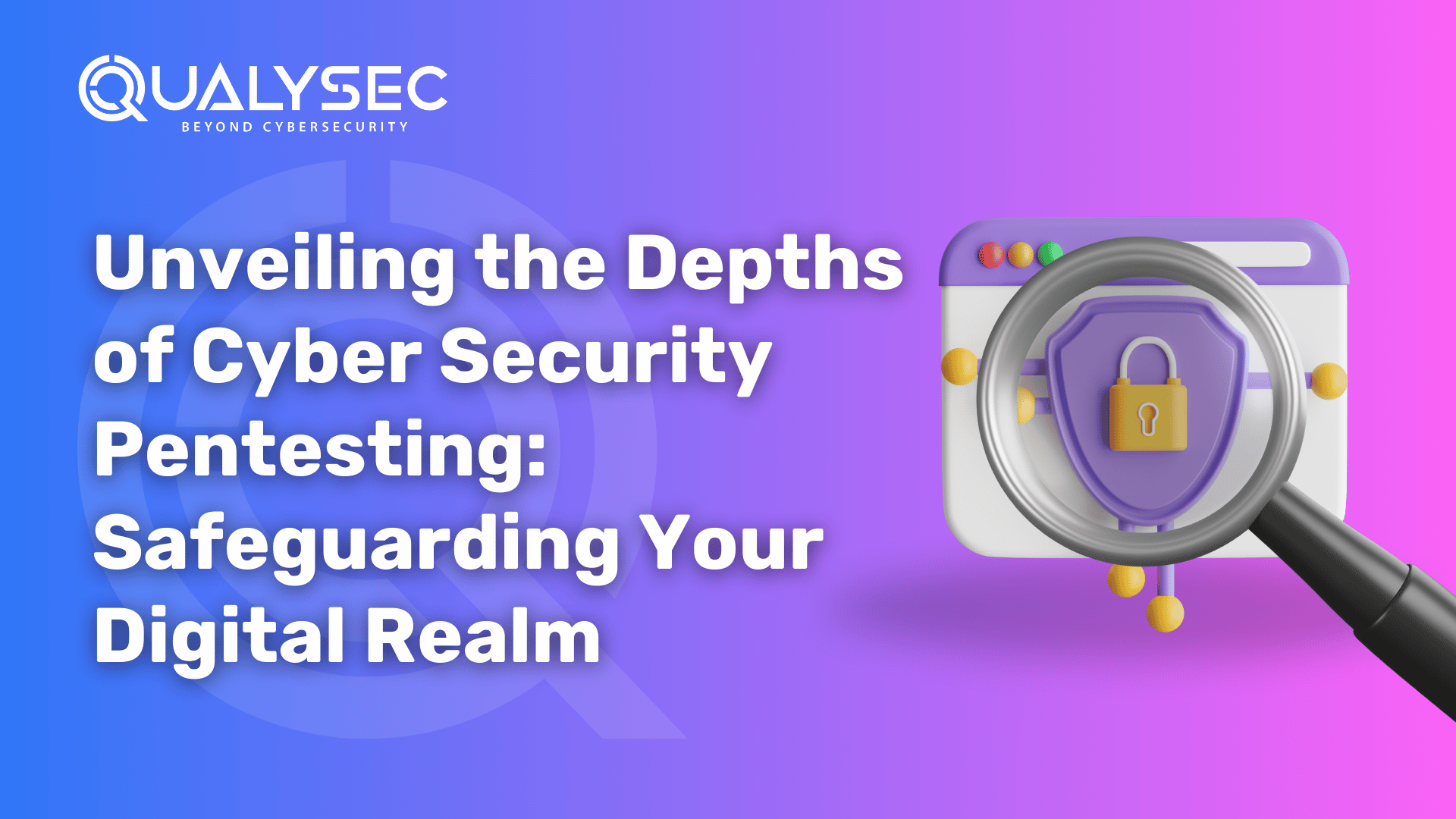
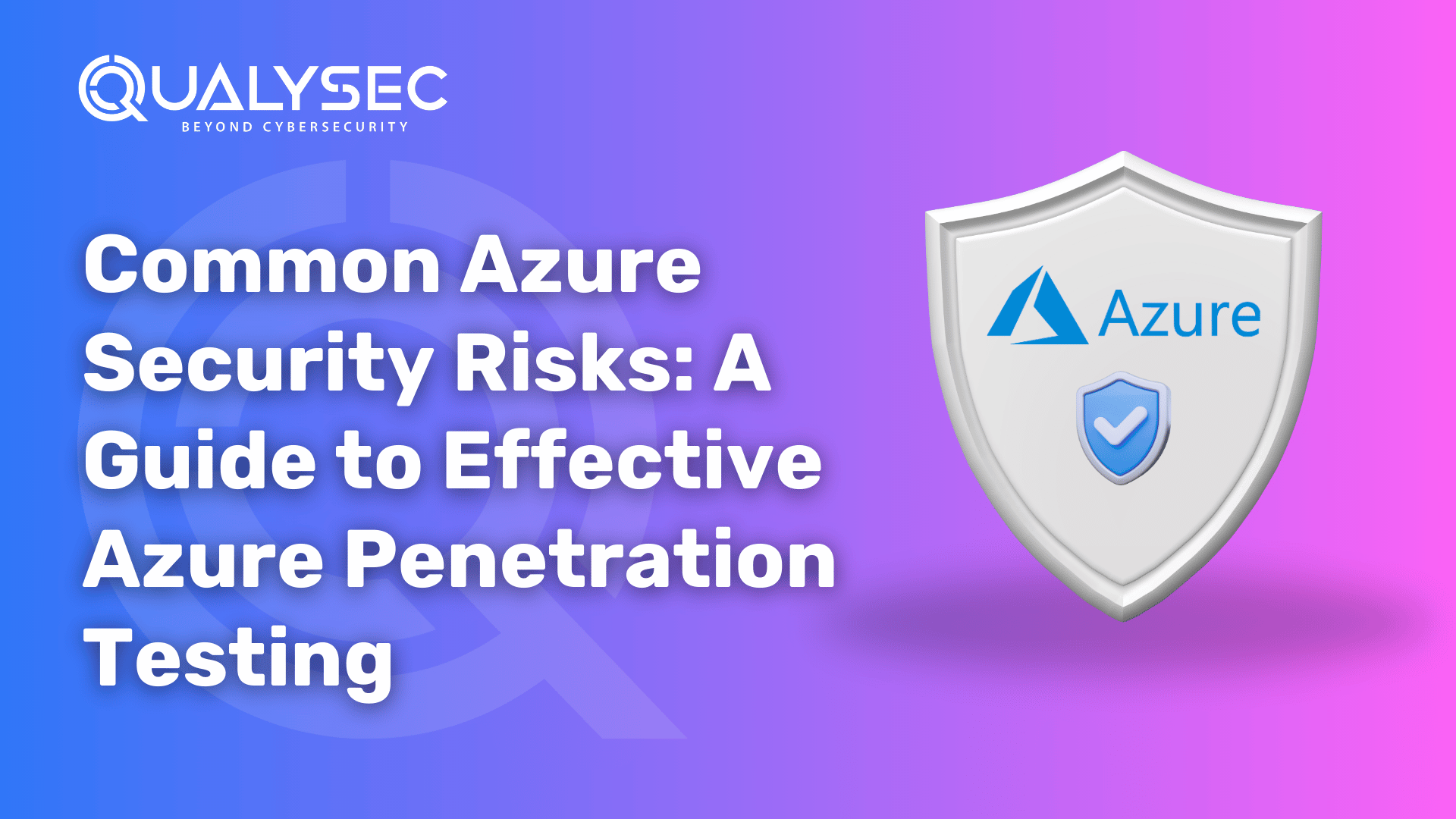
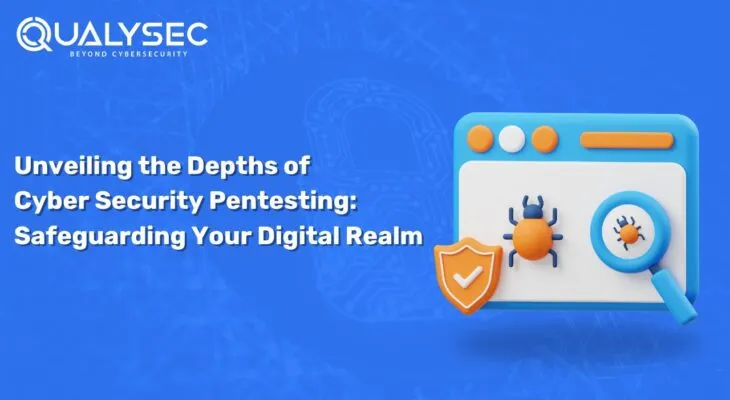
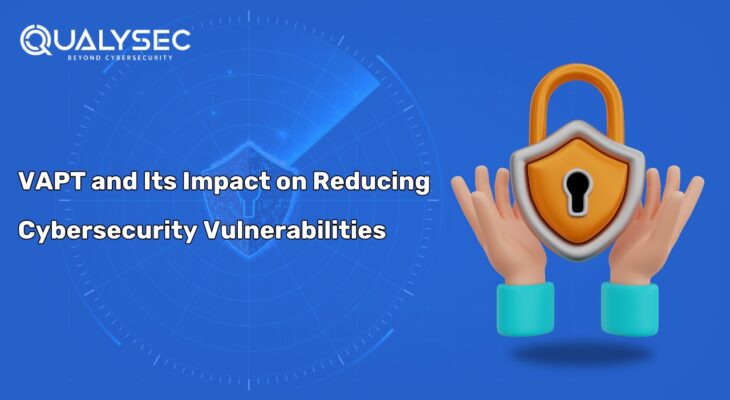
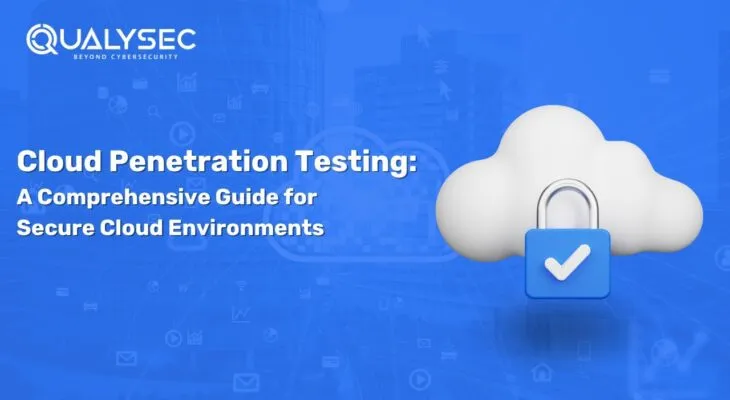
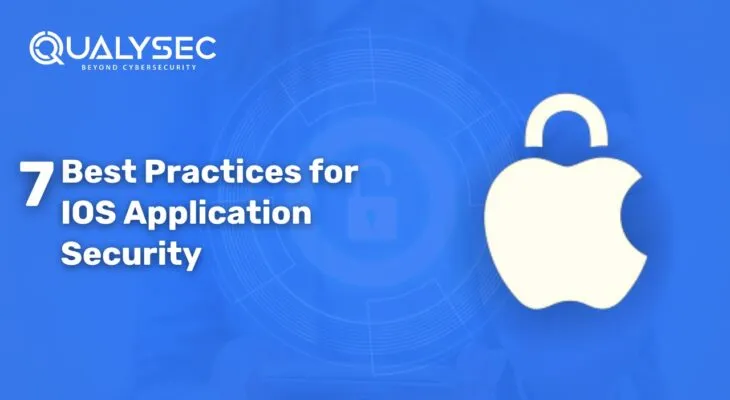
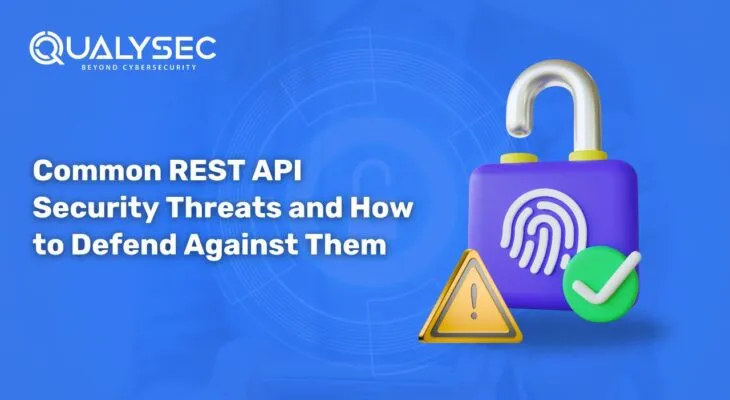
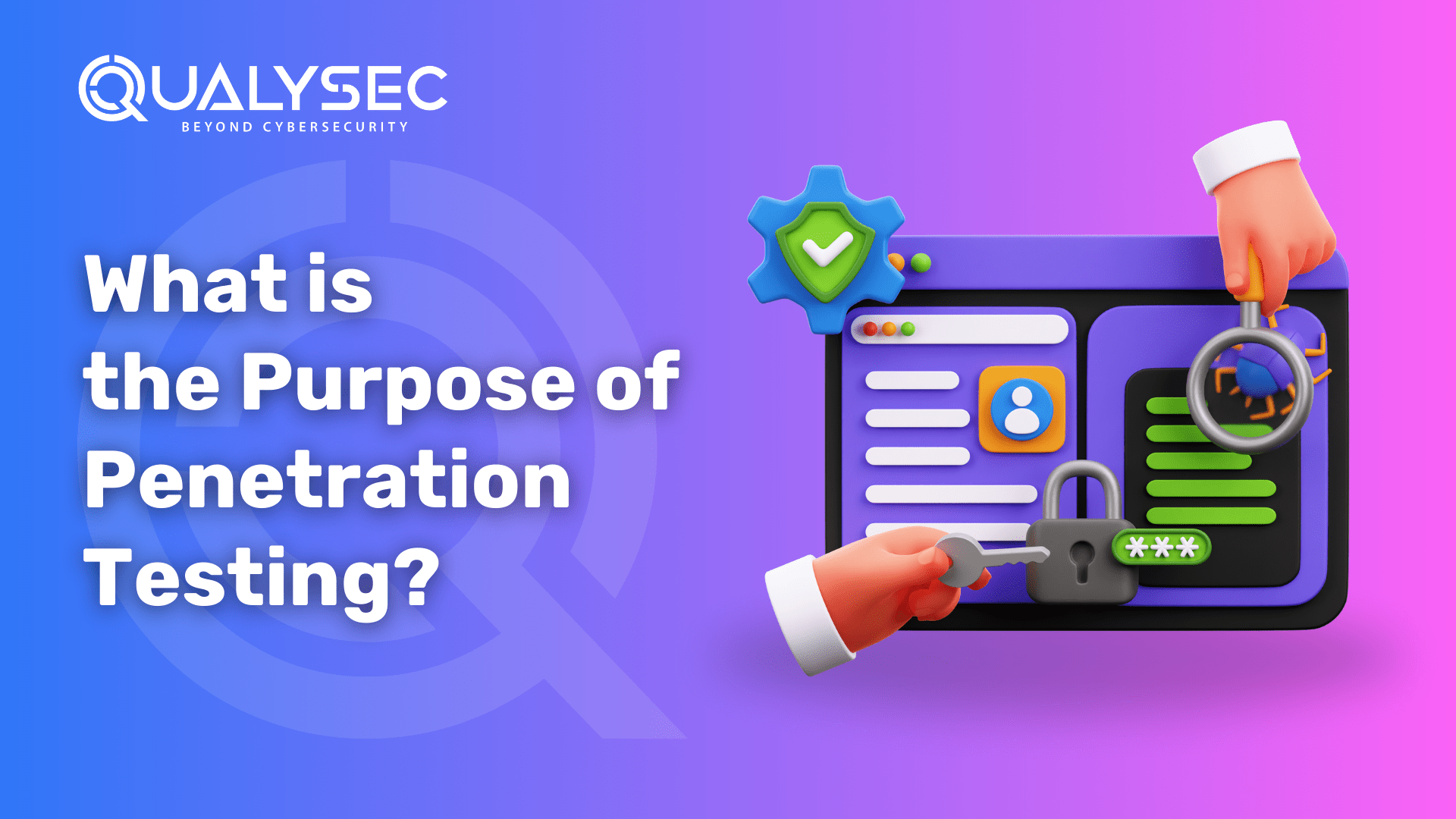
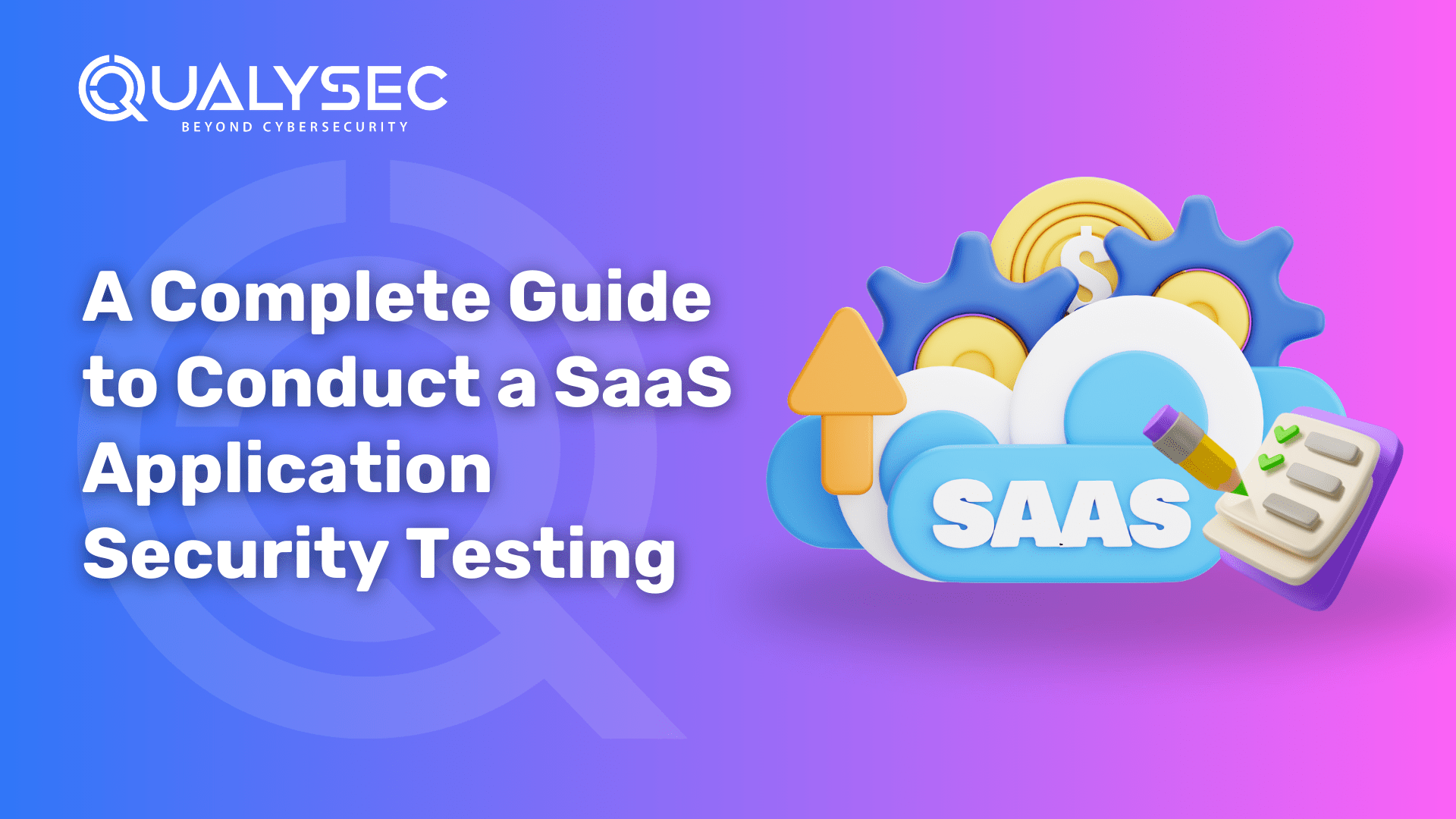
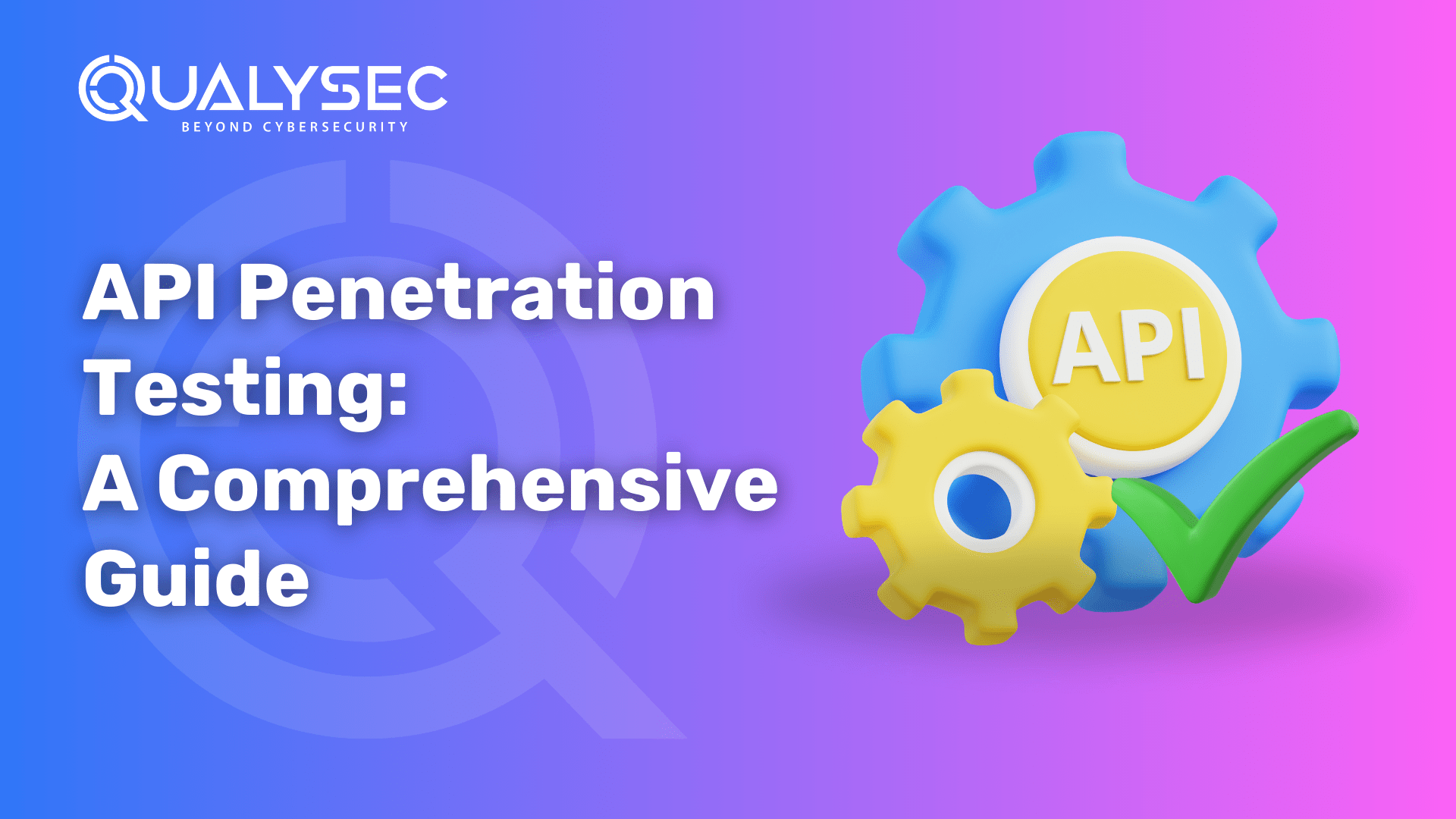
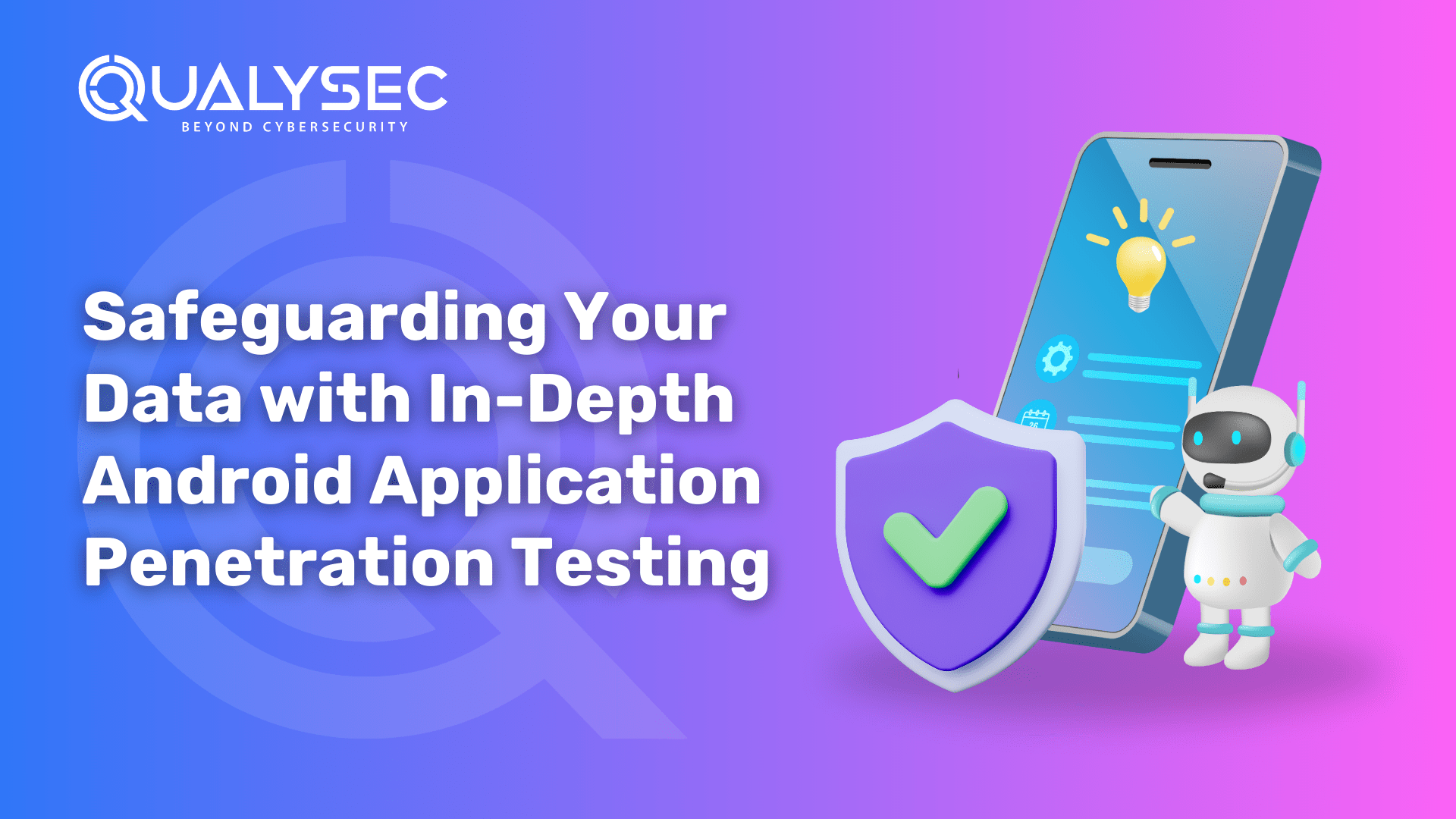

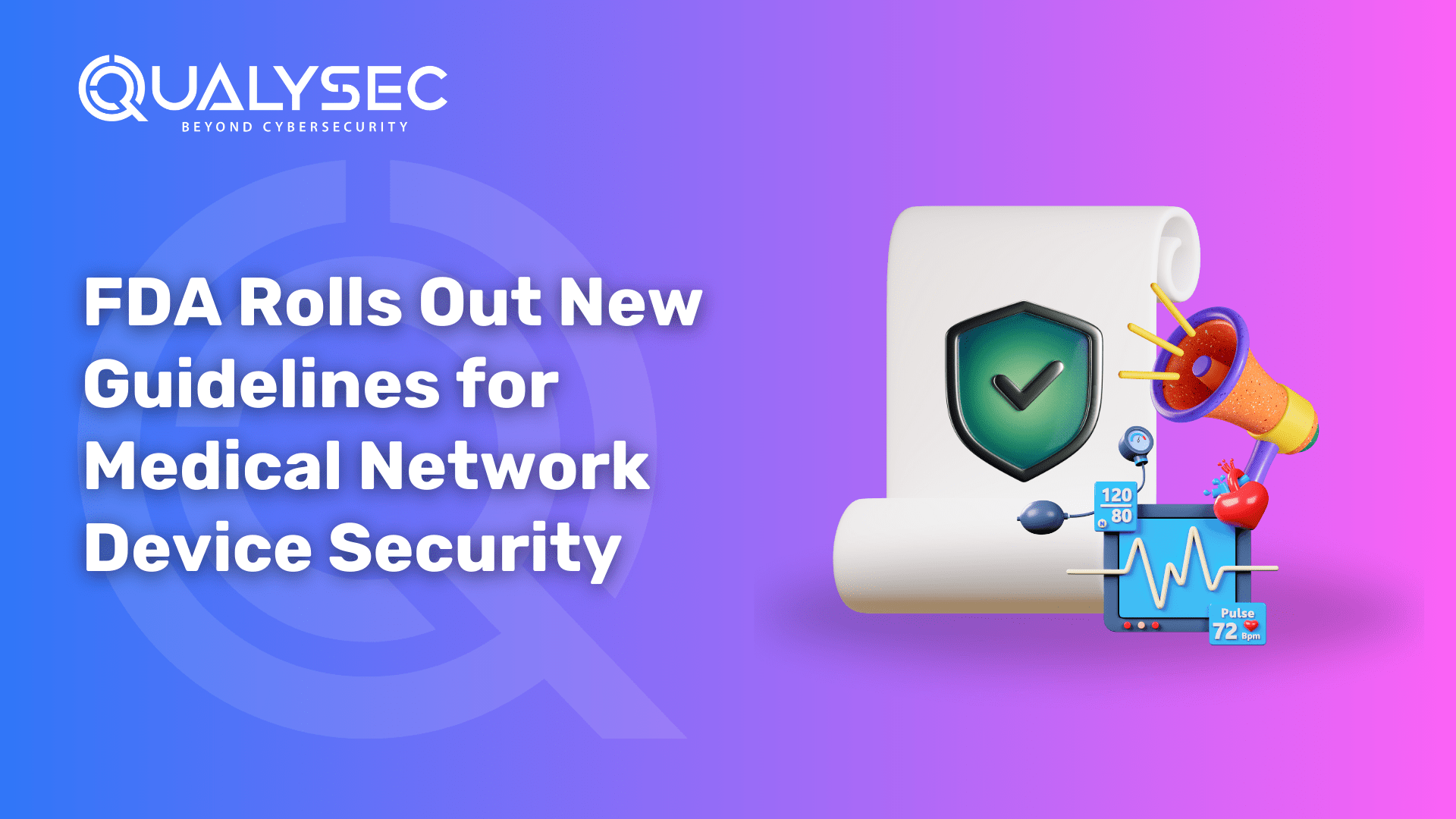

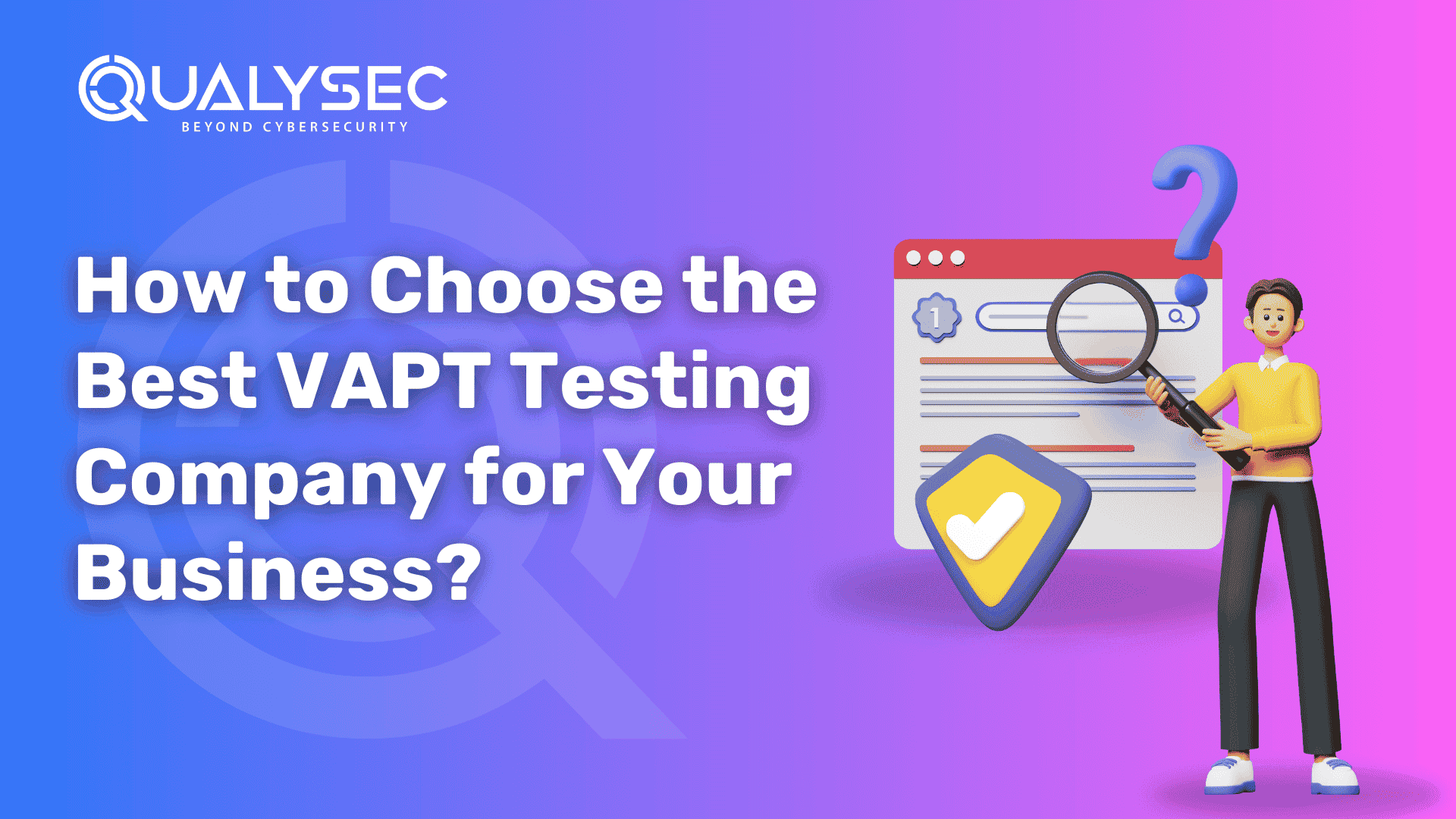
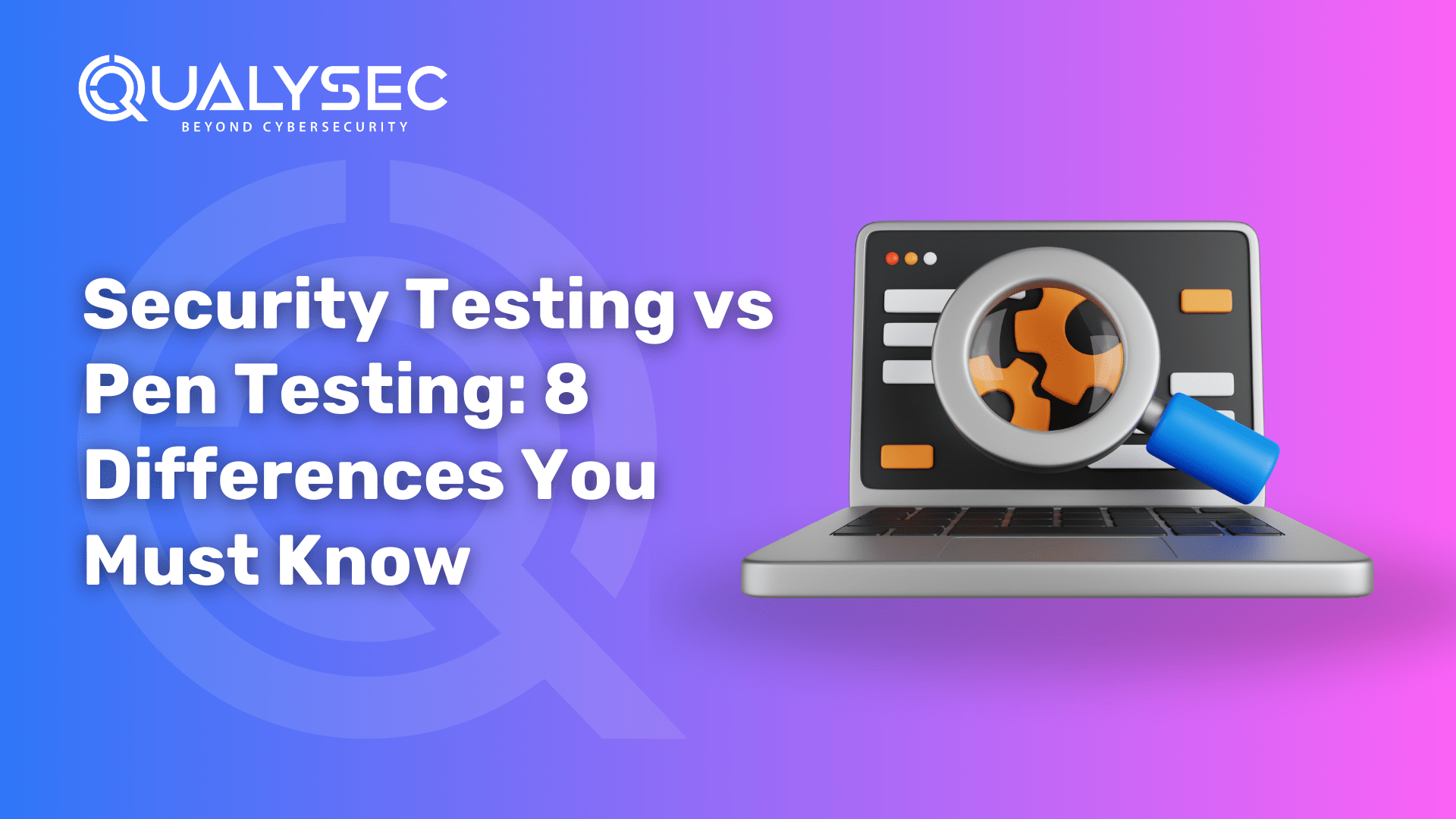
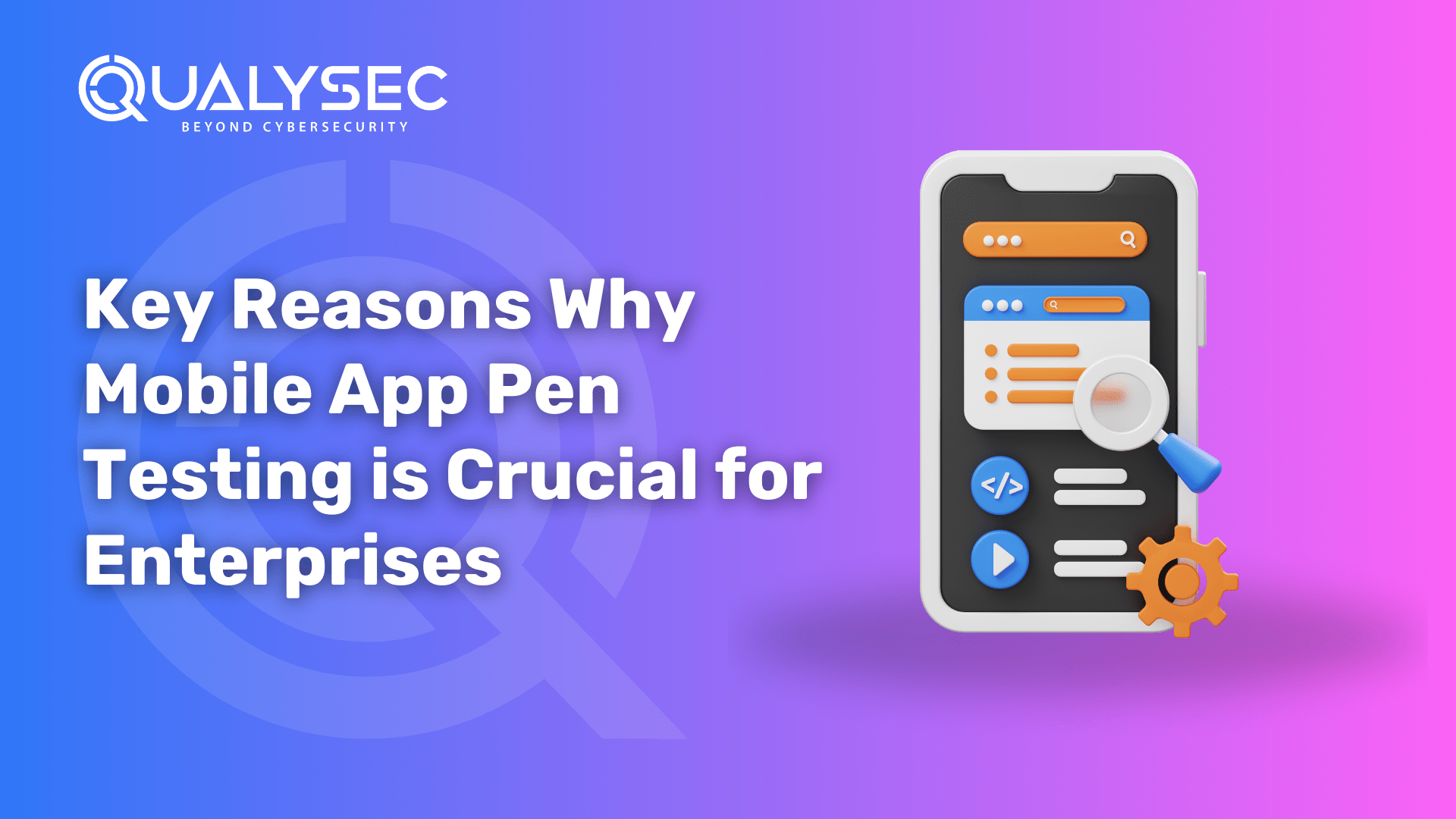
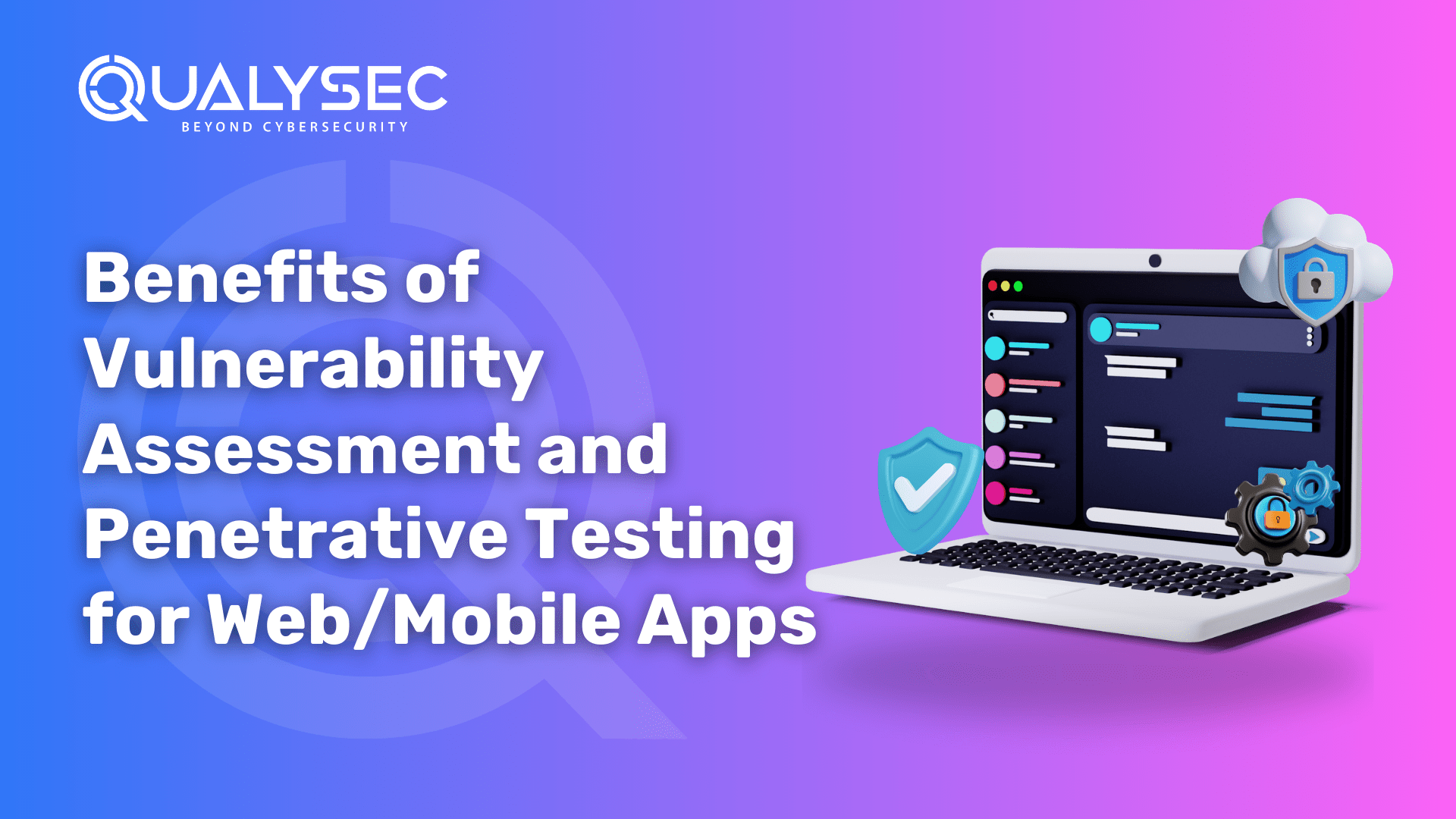
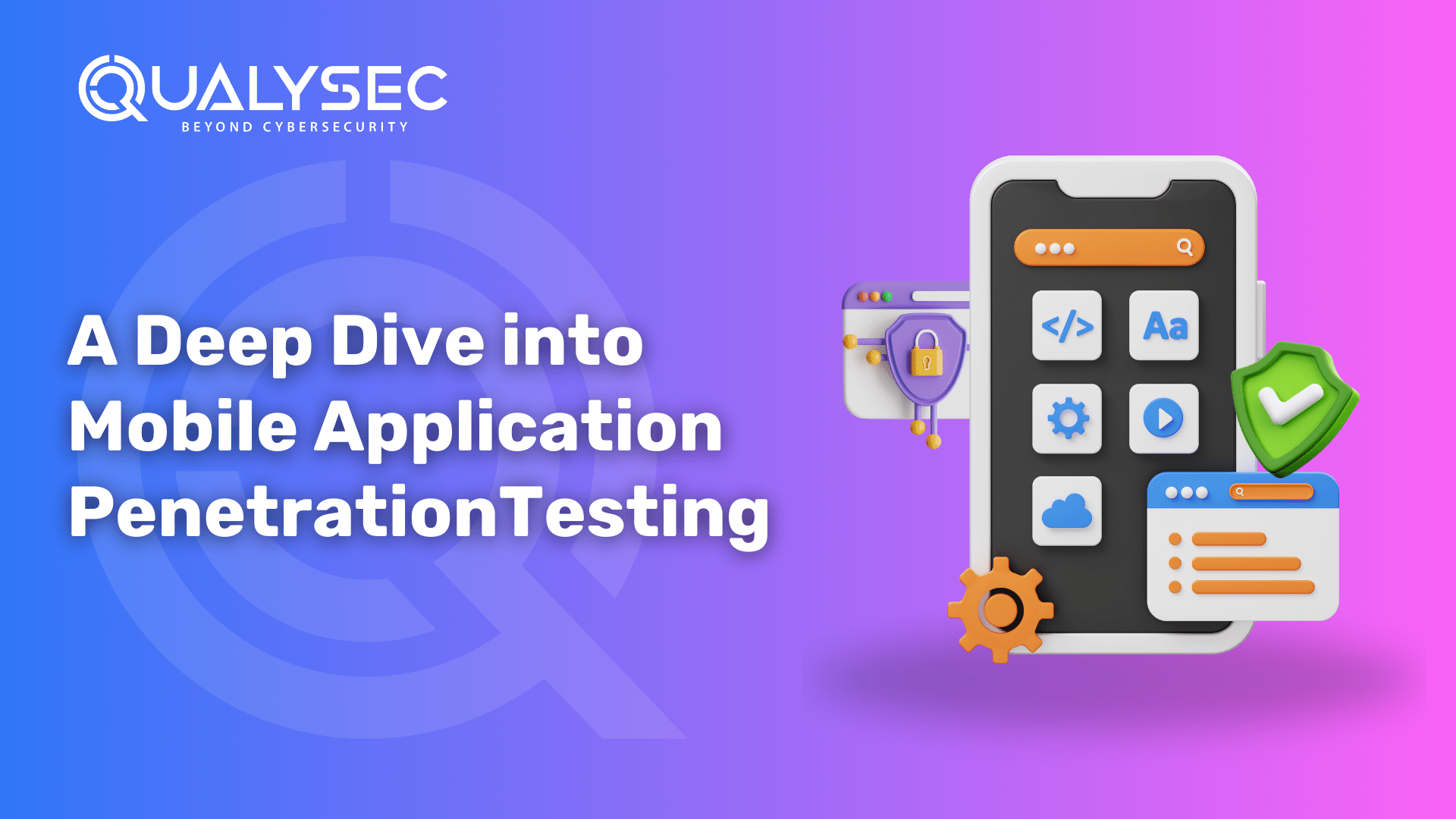

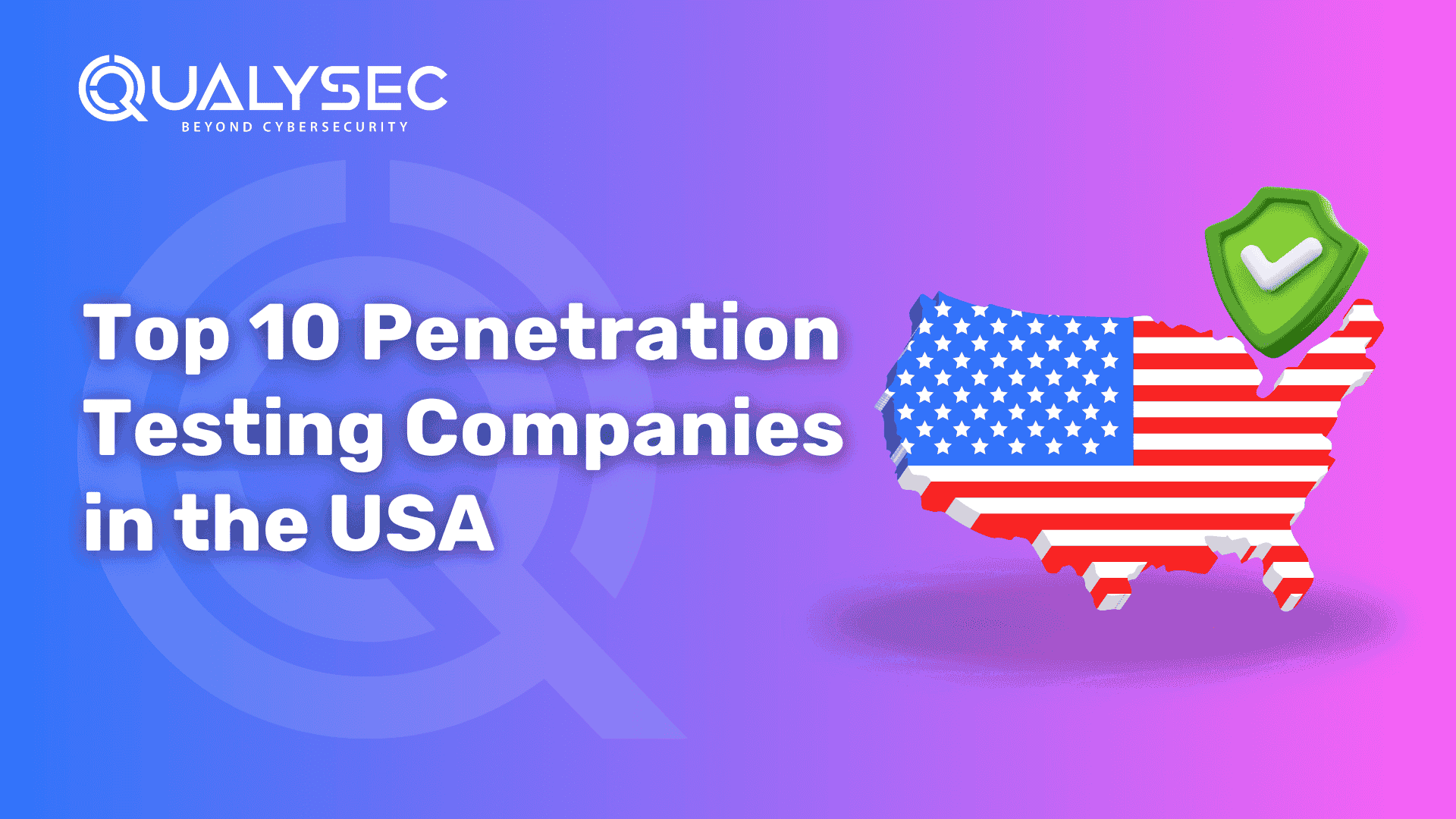
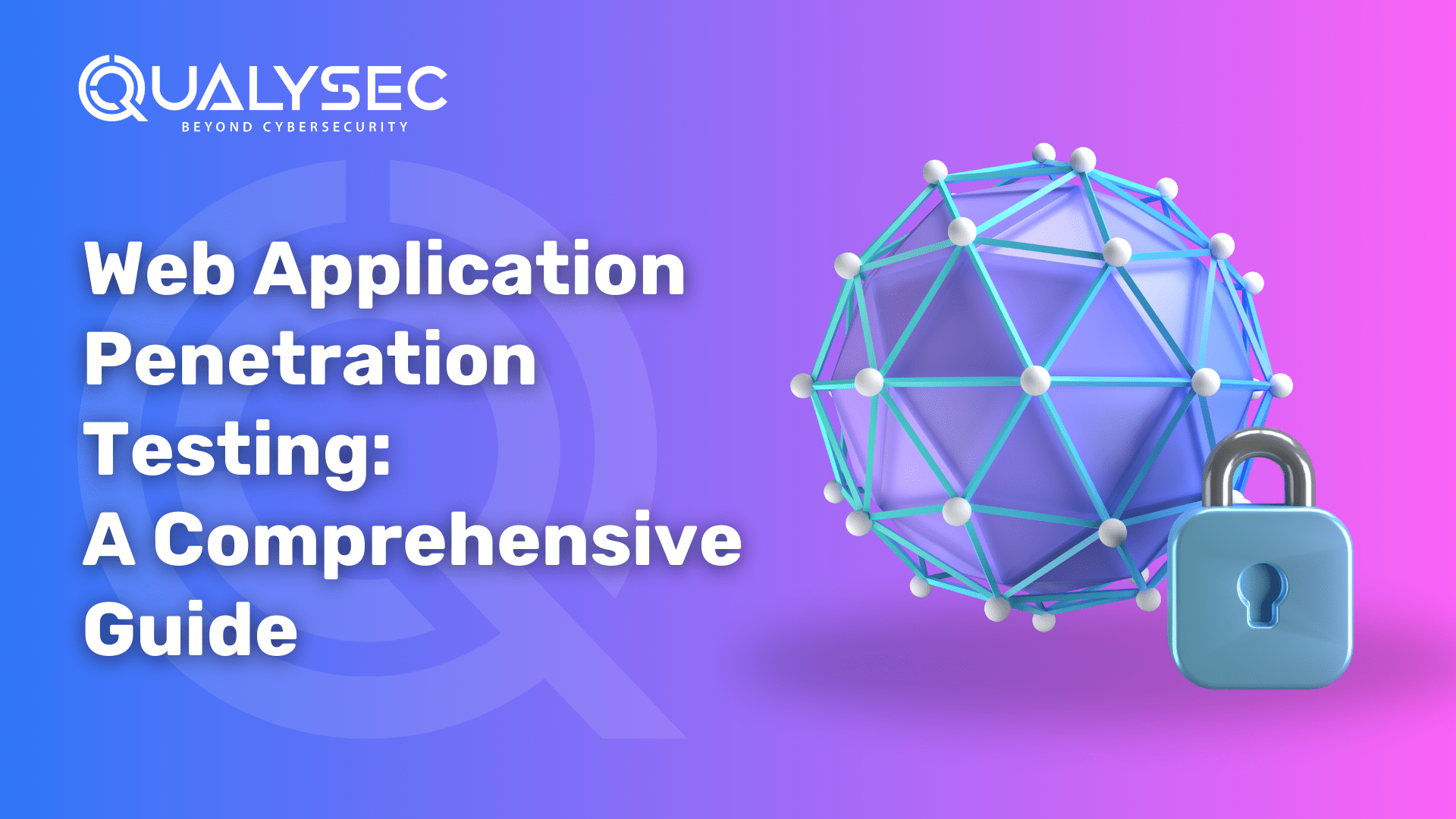
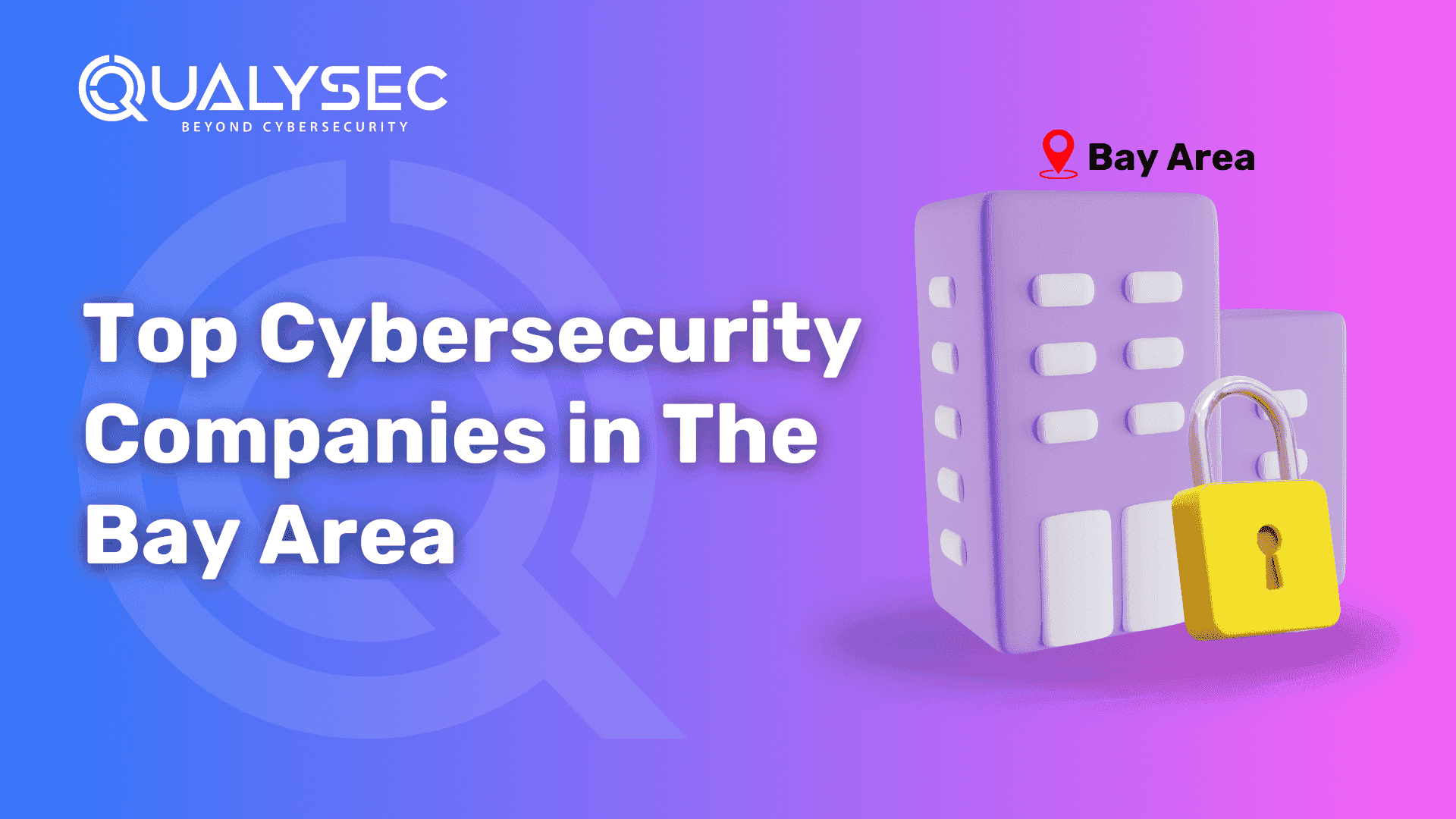
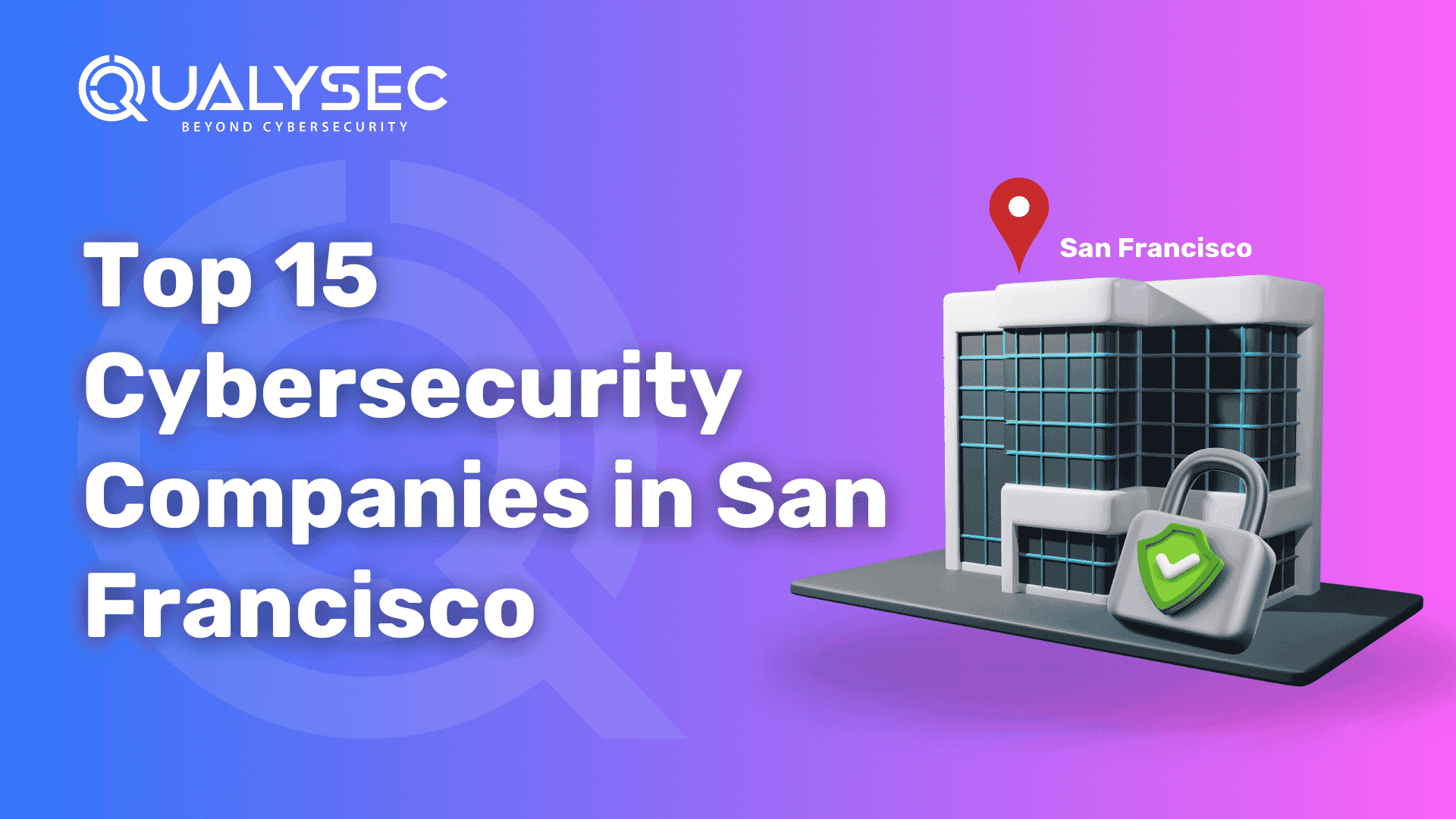
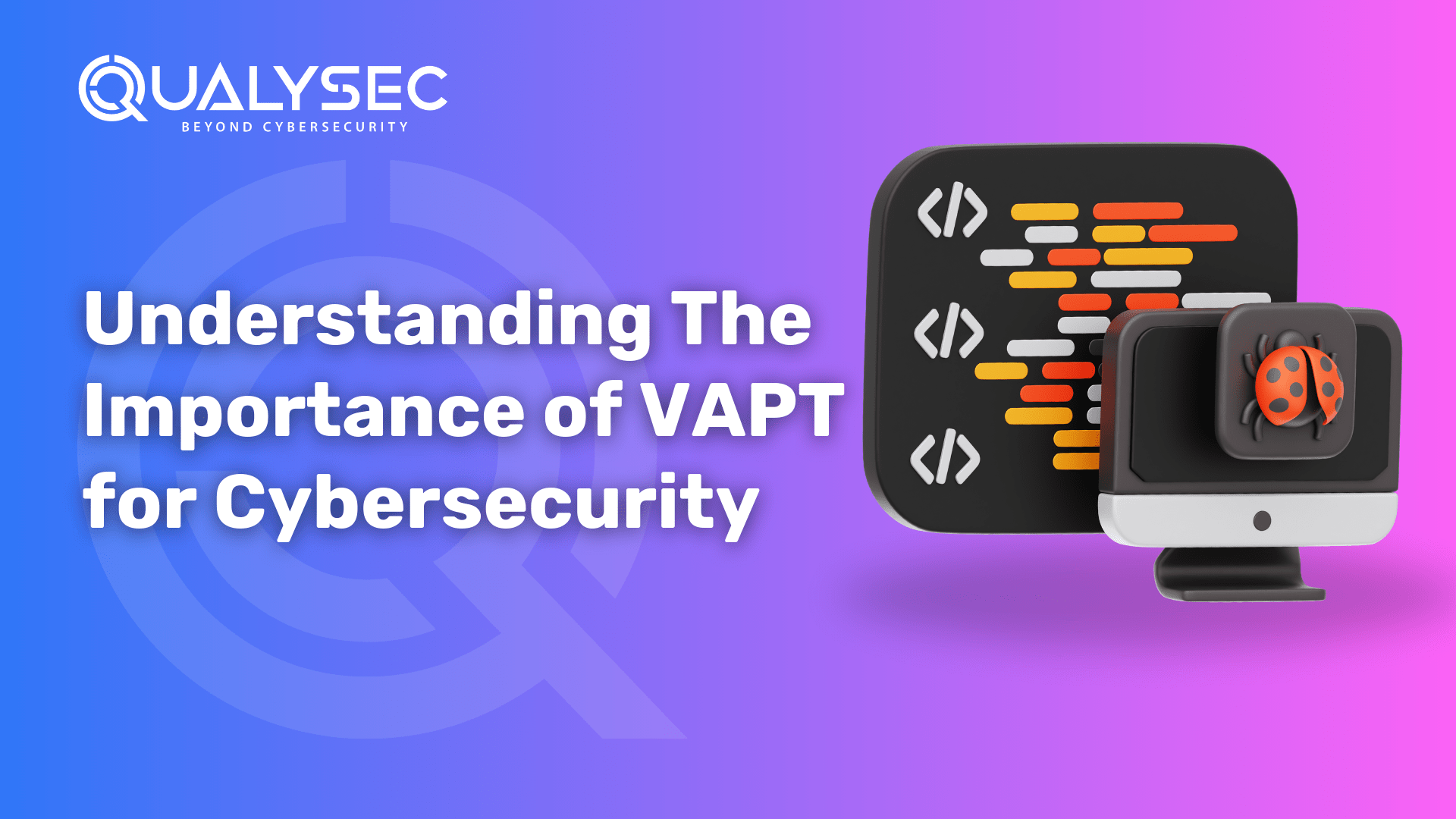
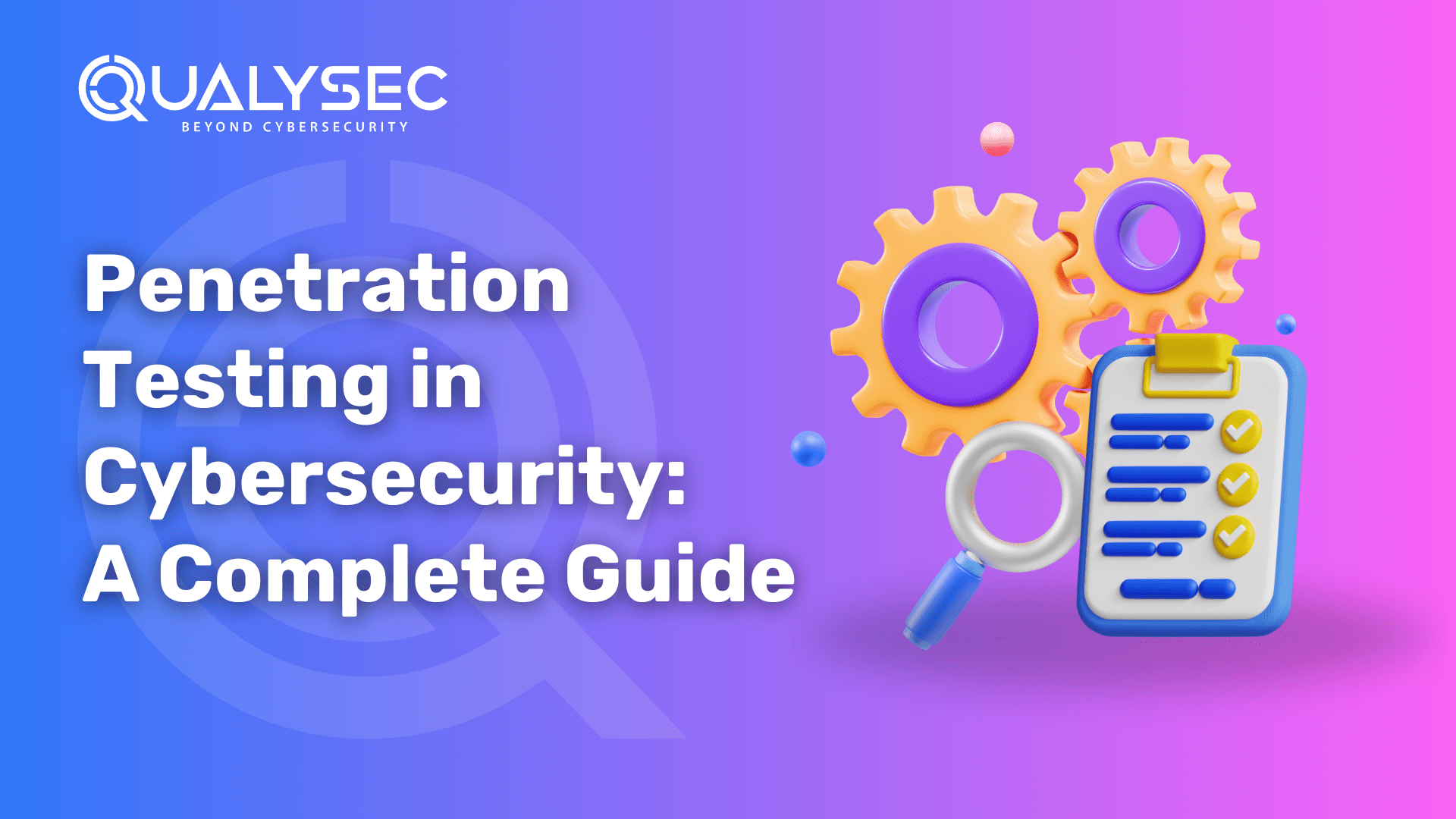


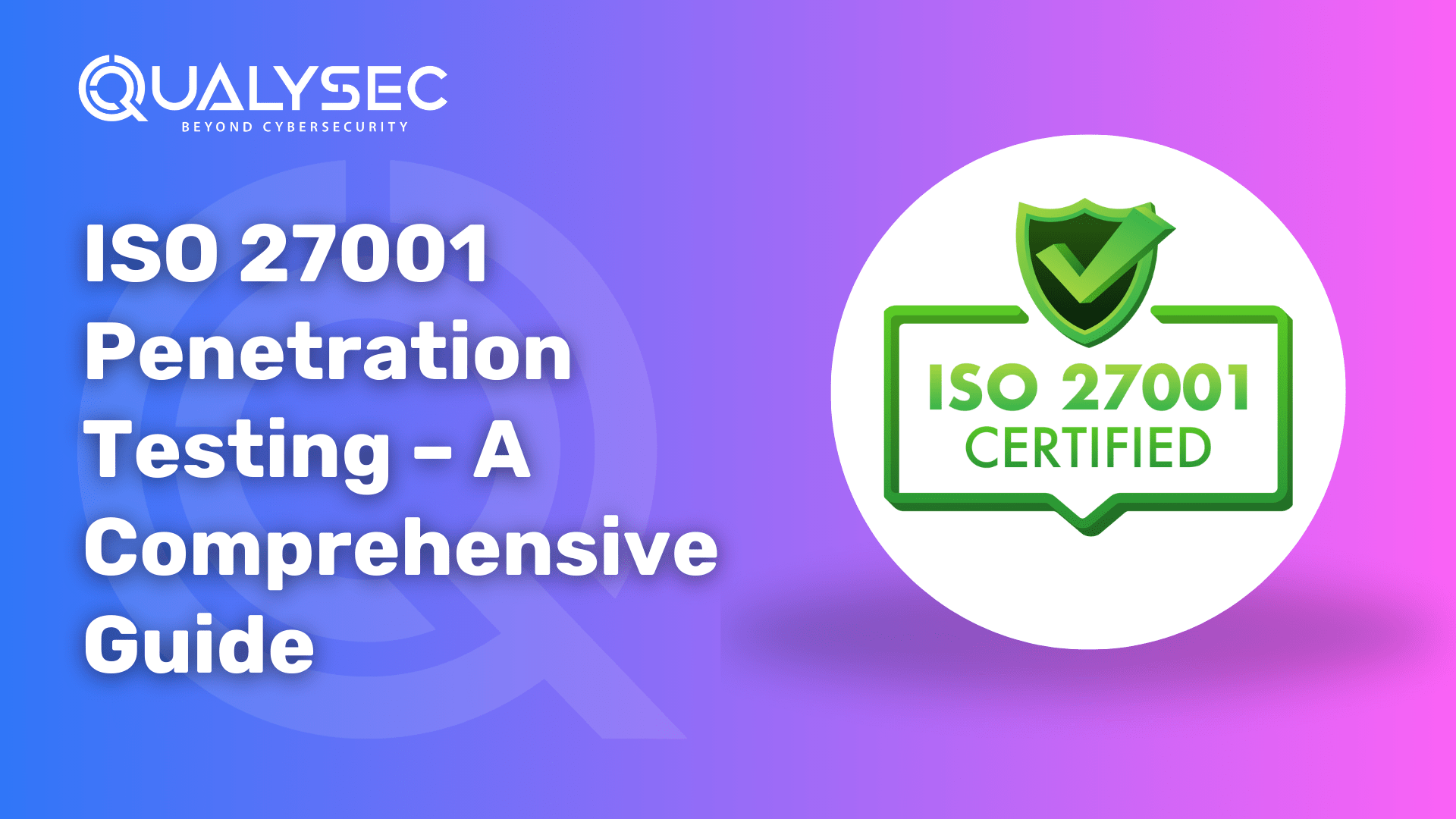
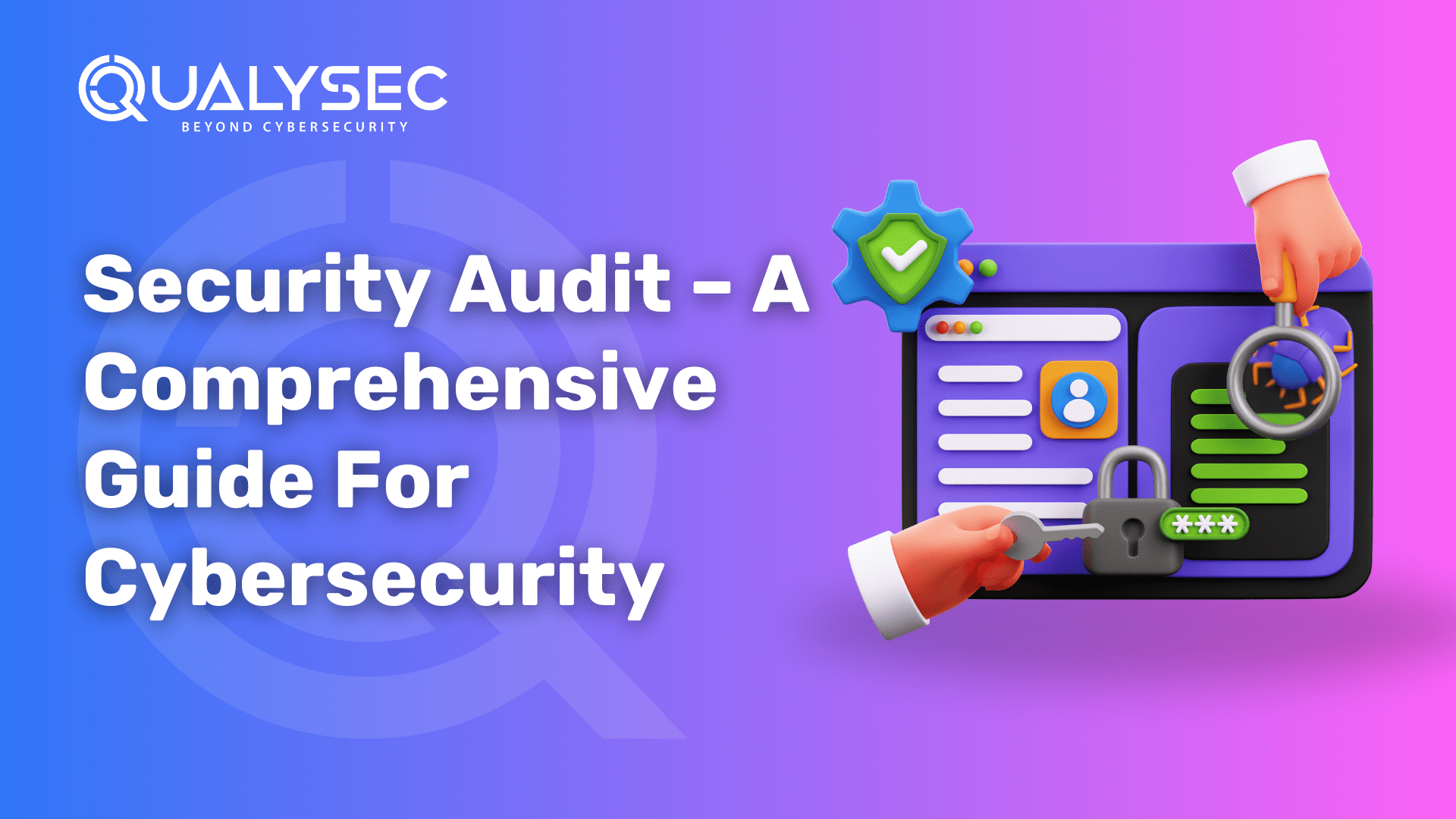
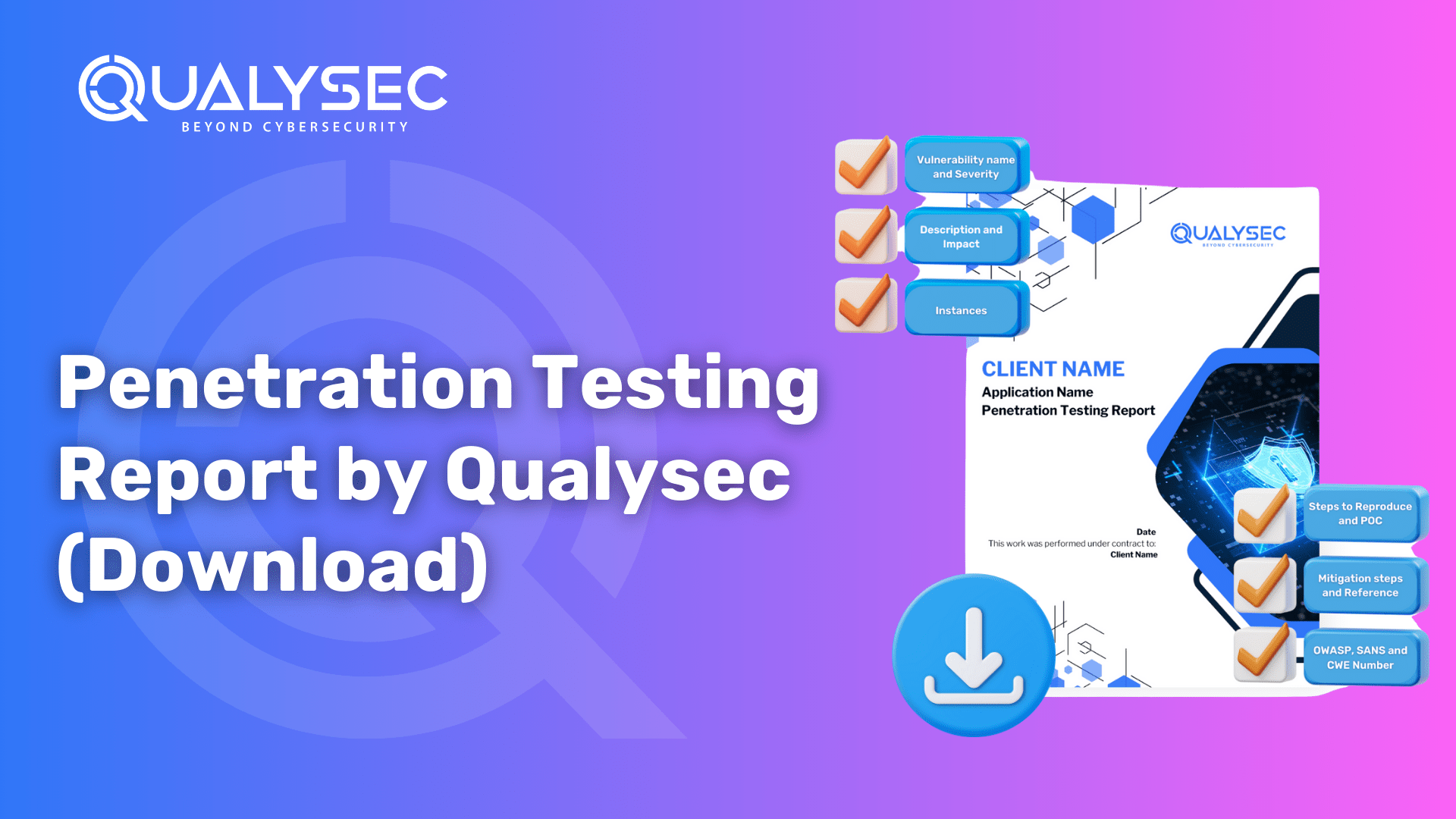
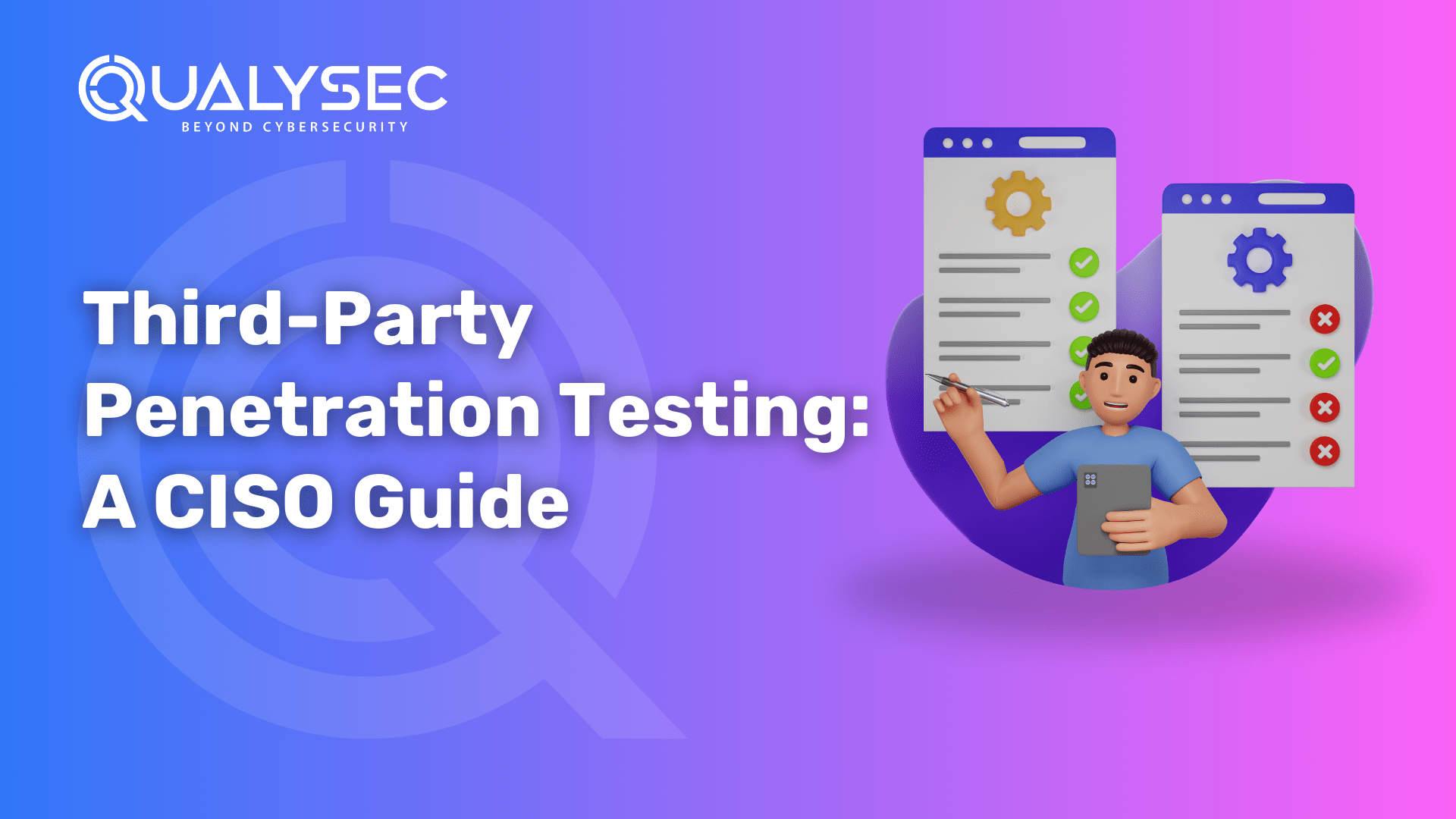
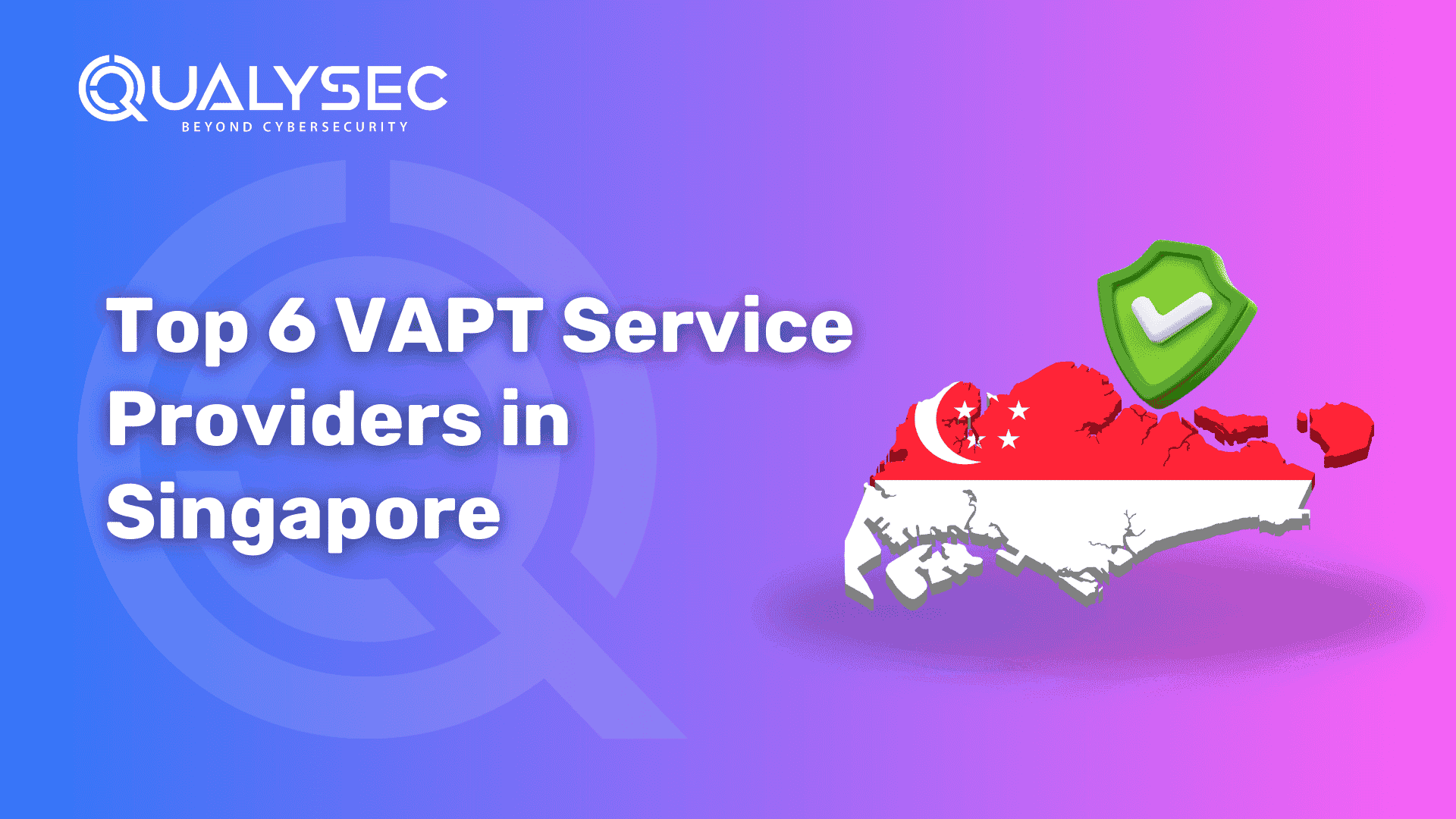
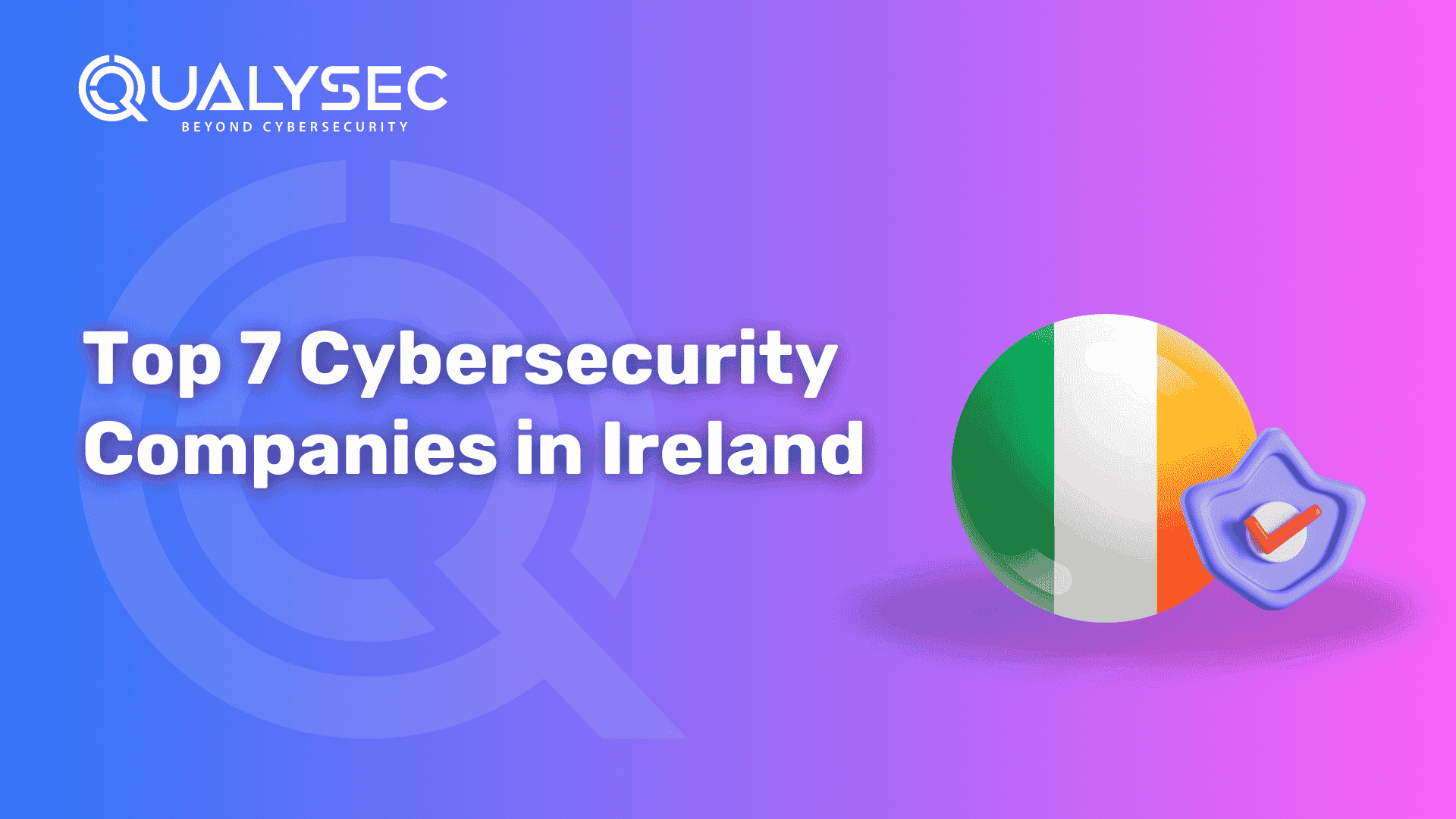
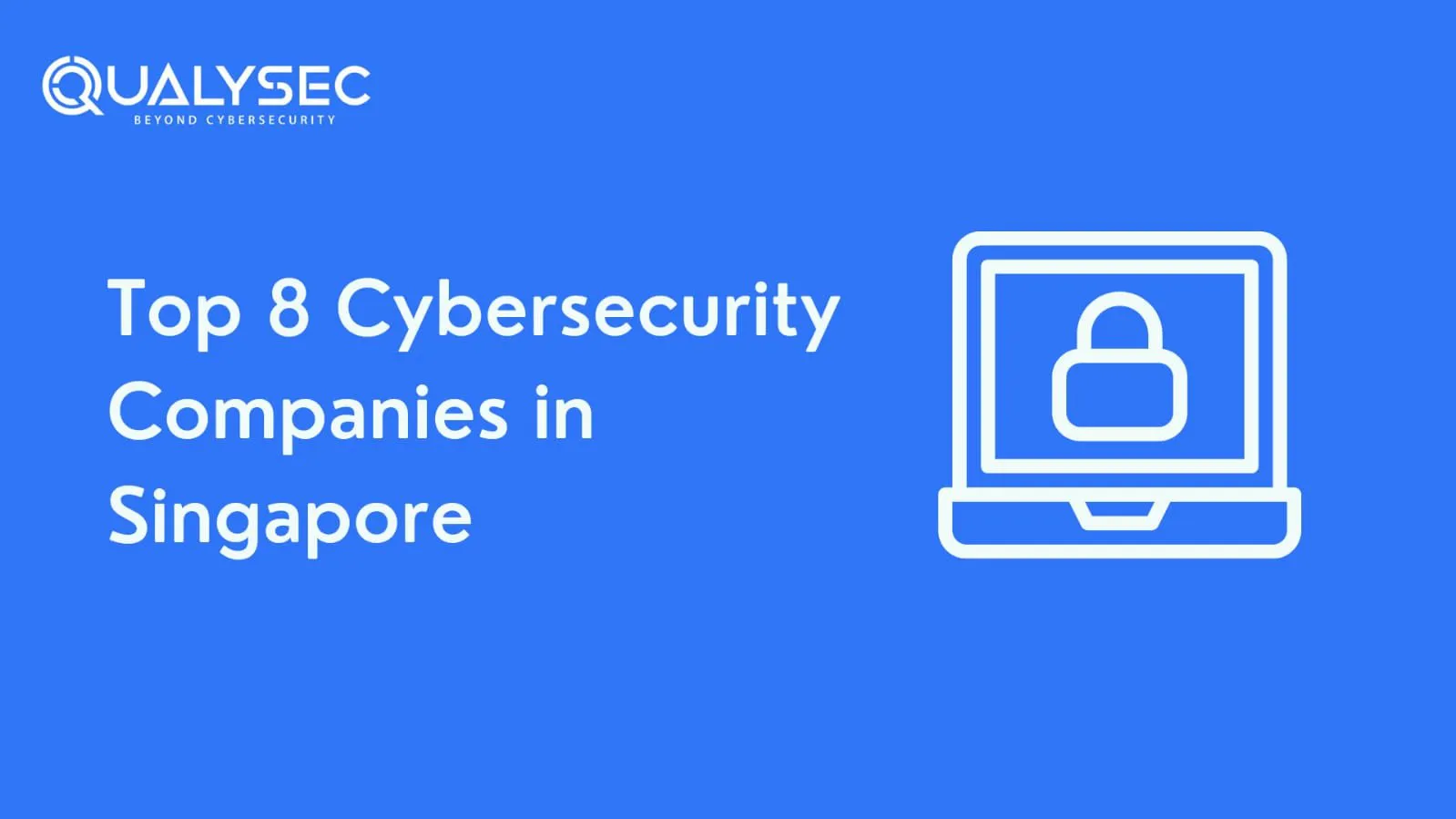

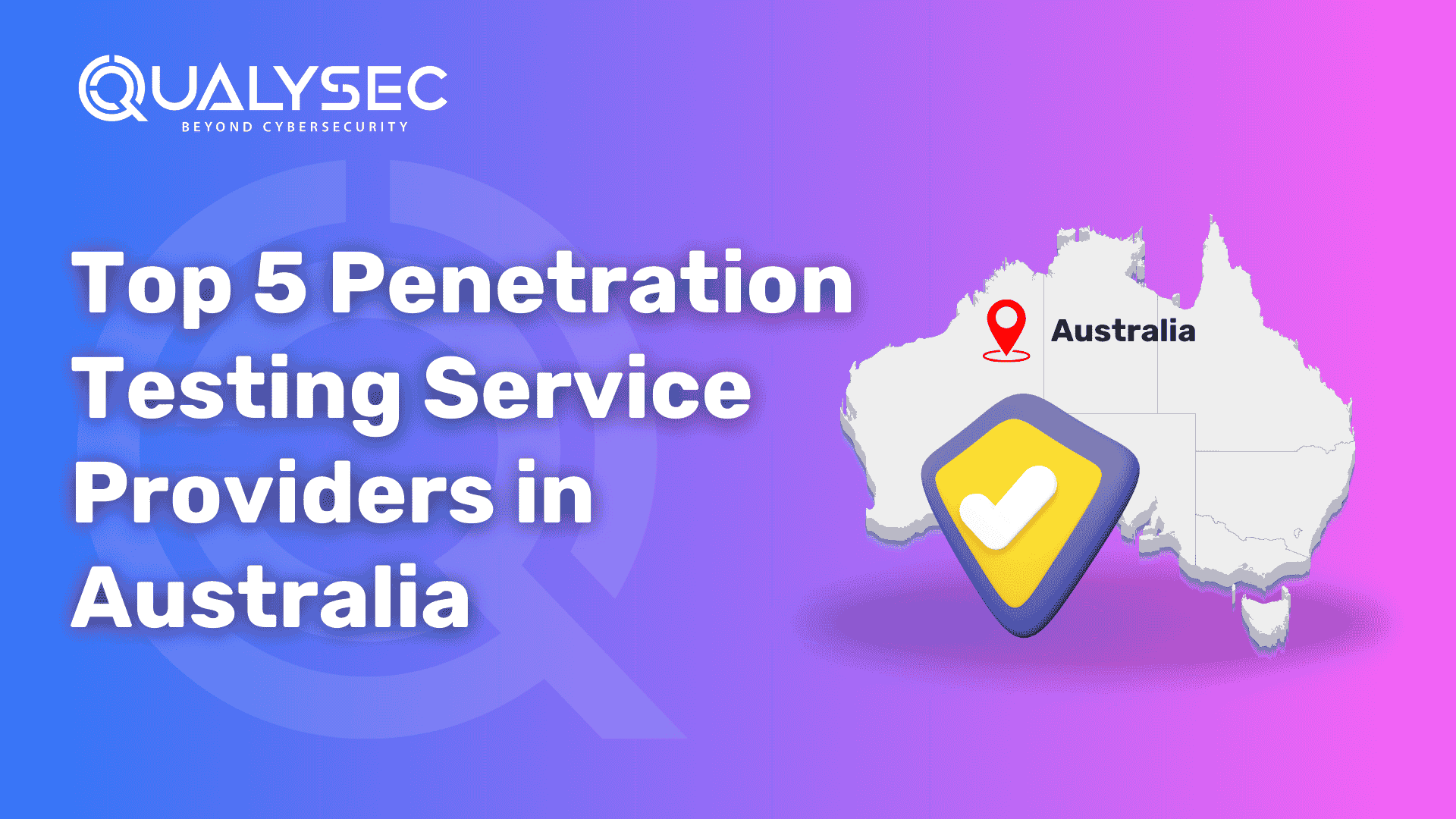
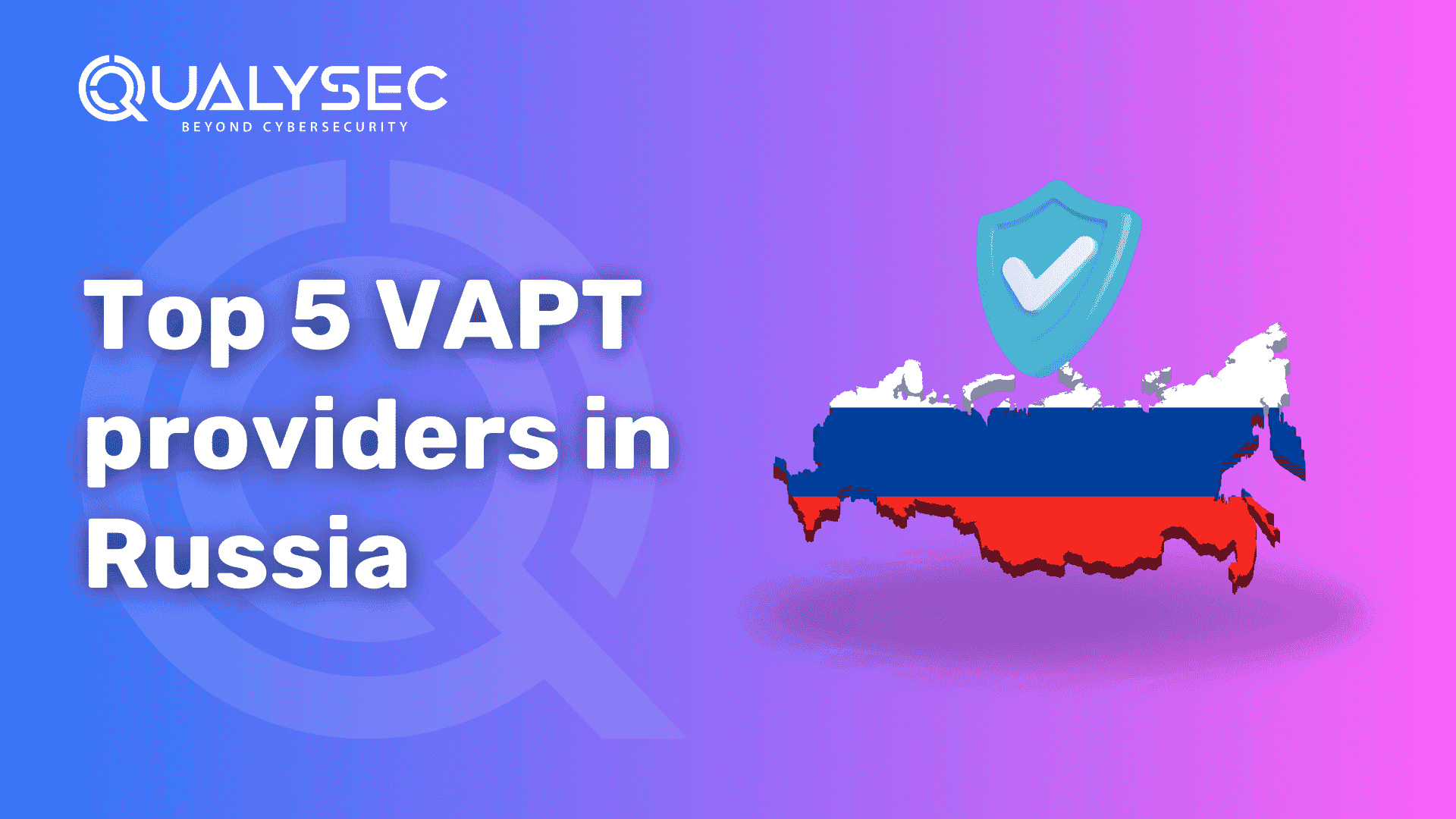
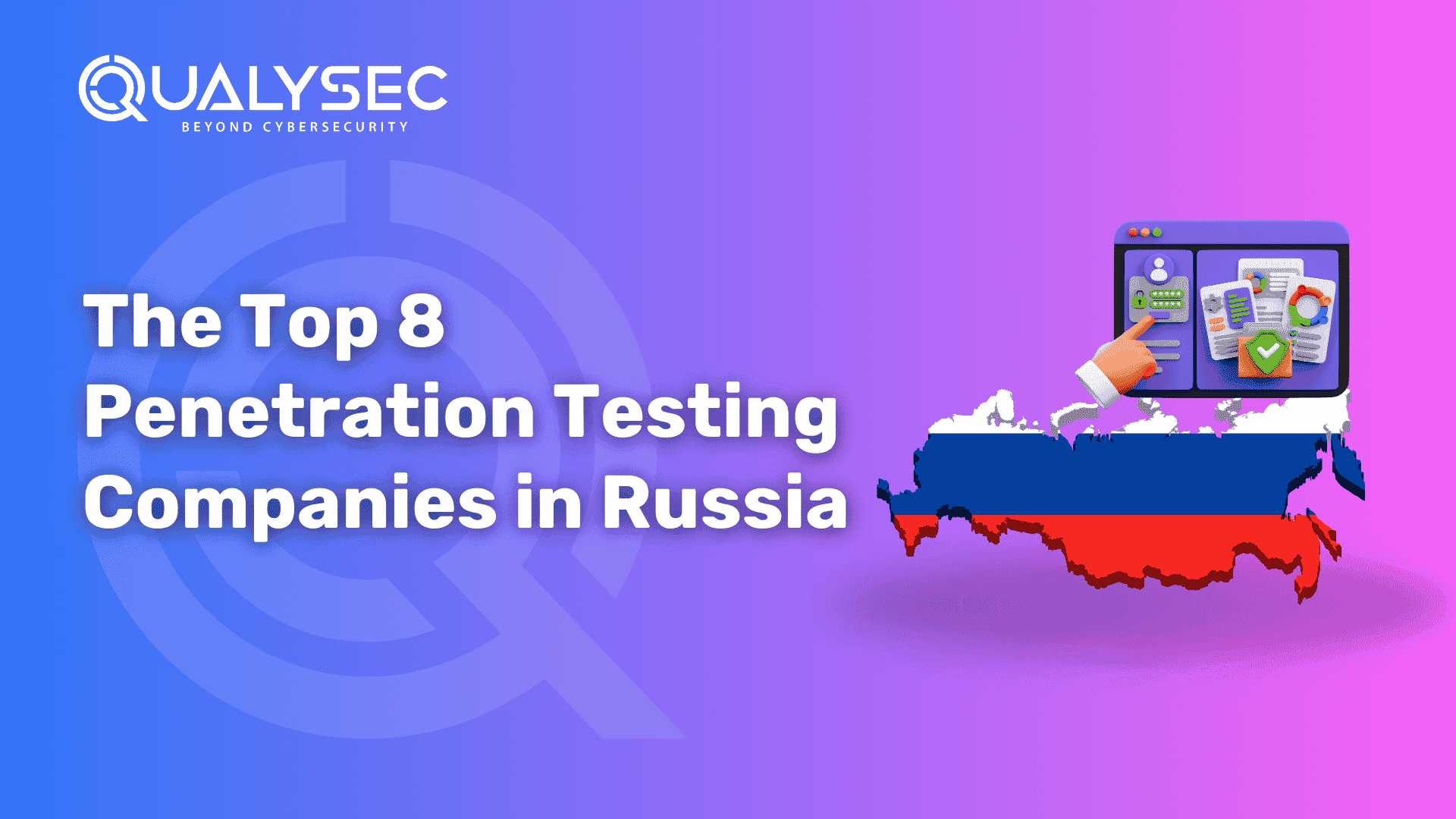



0 Comments